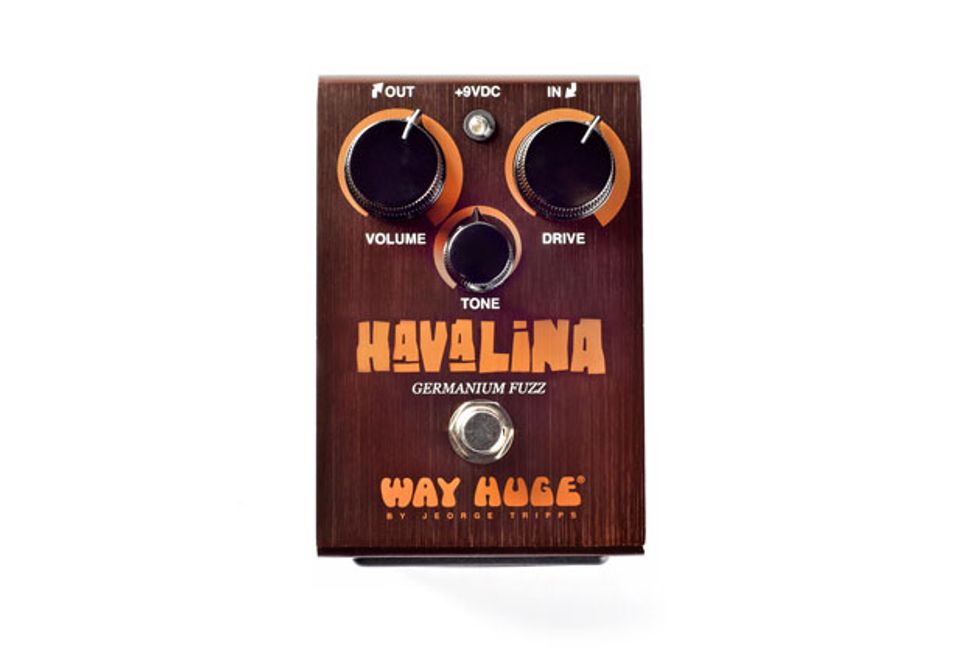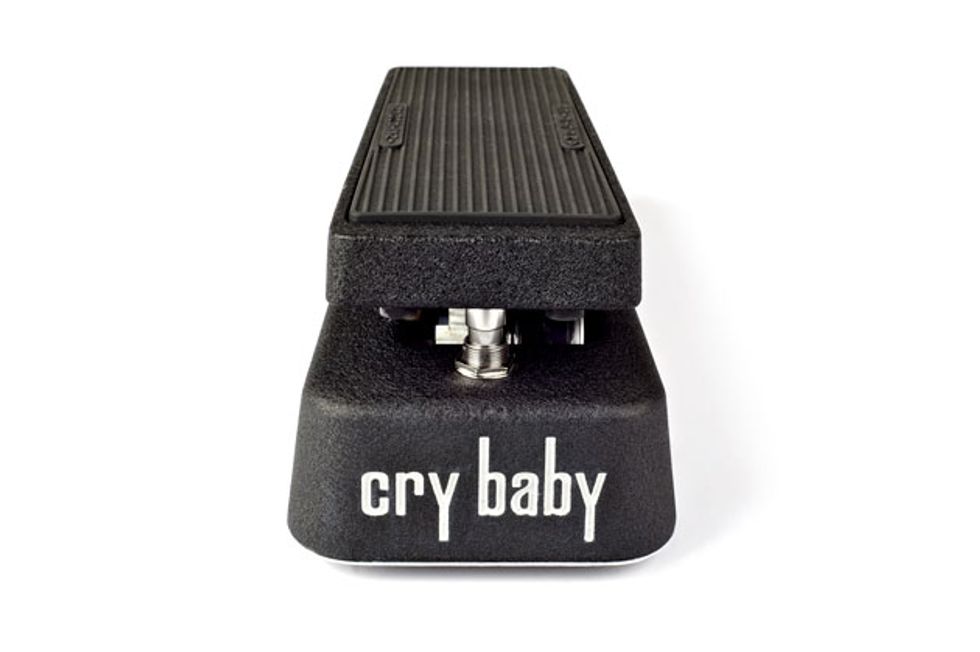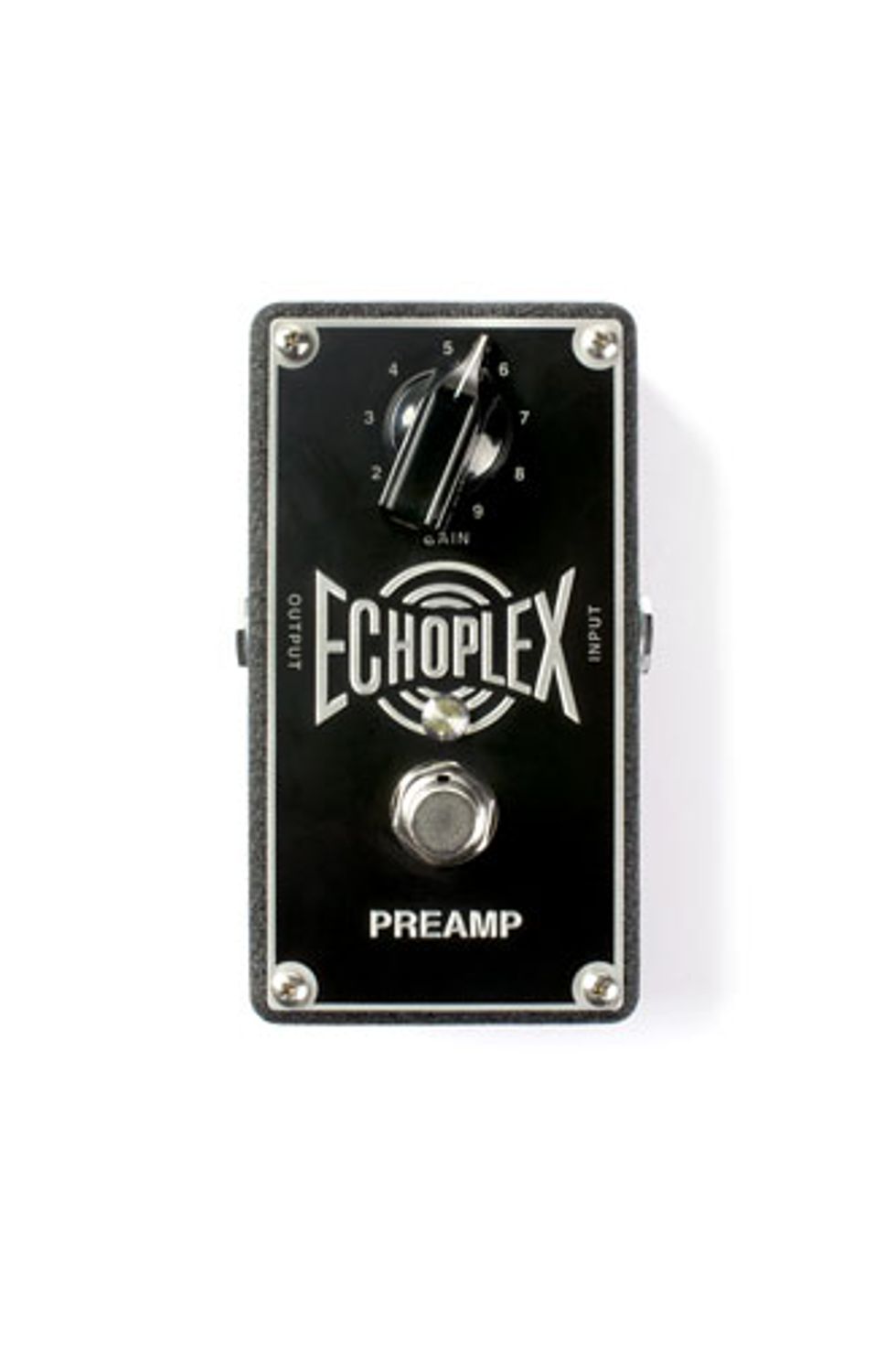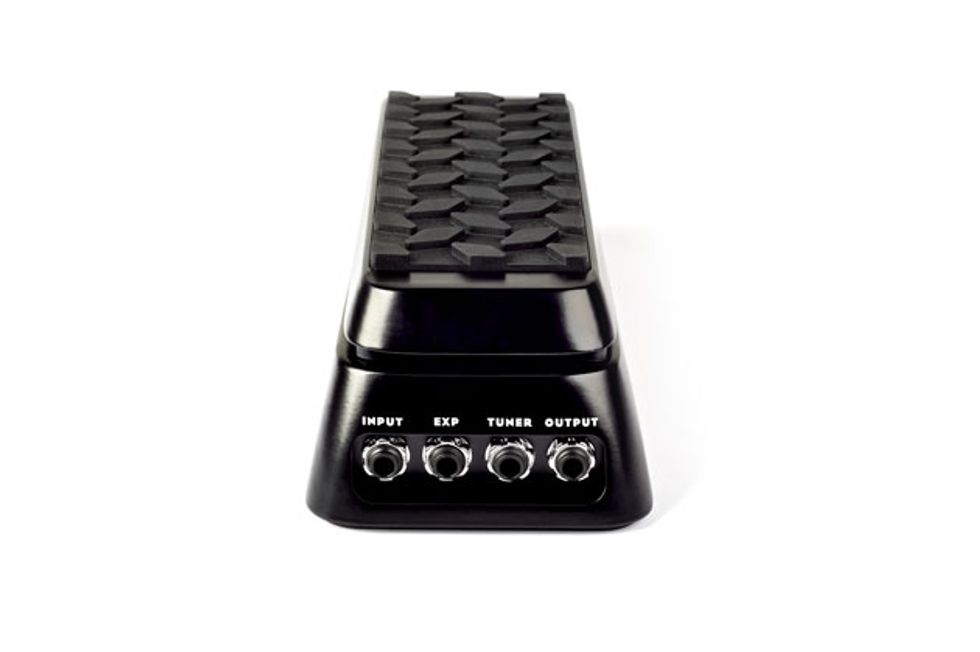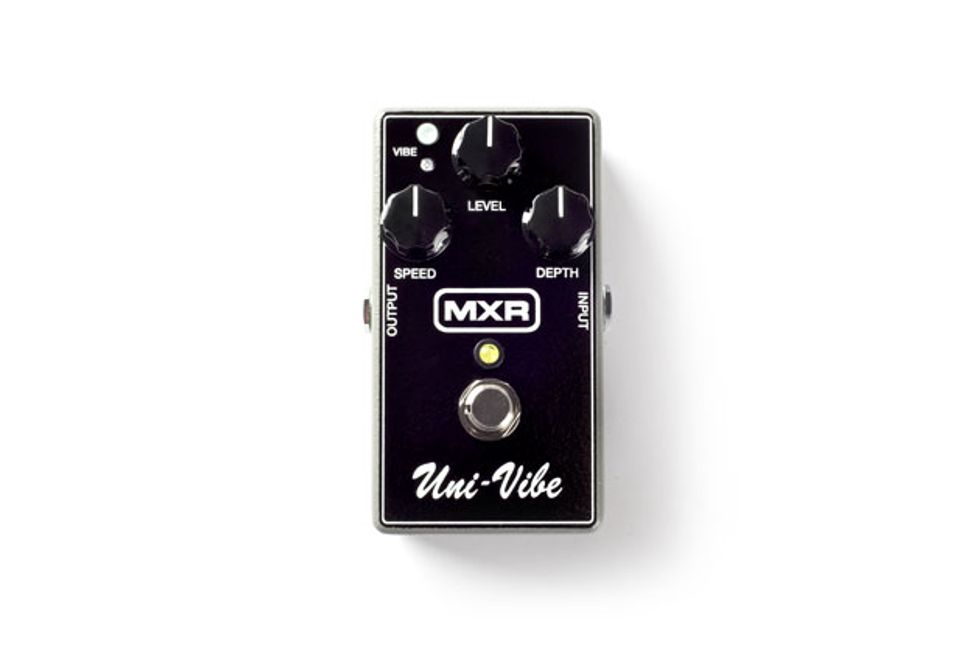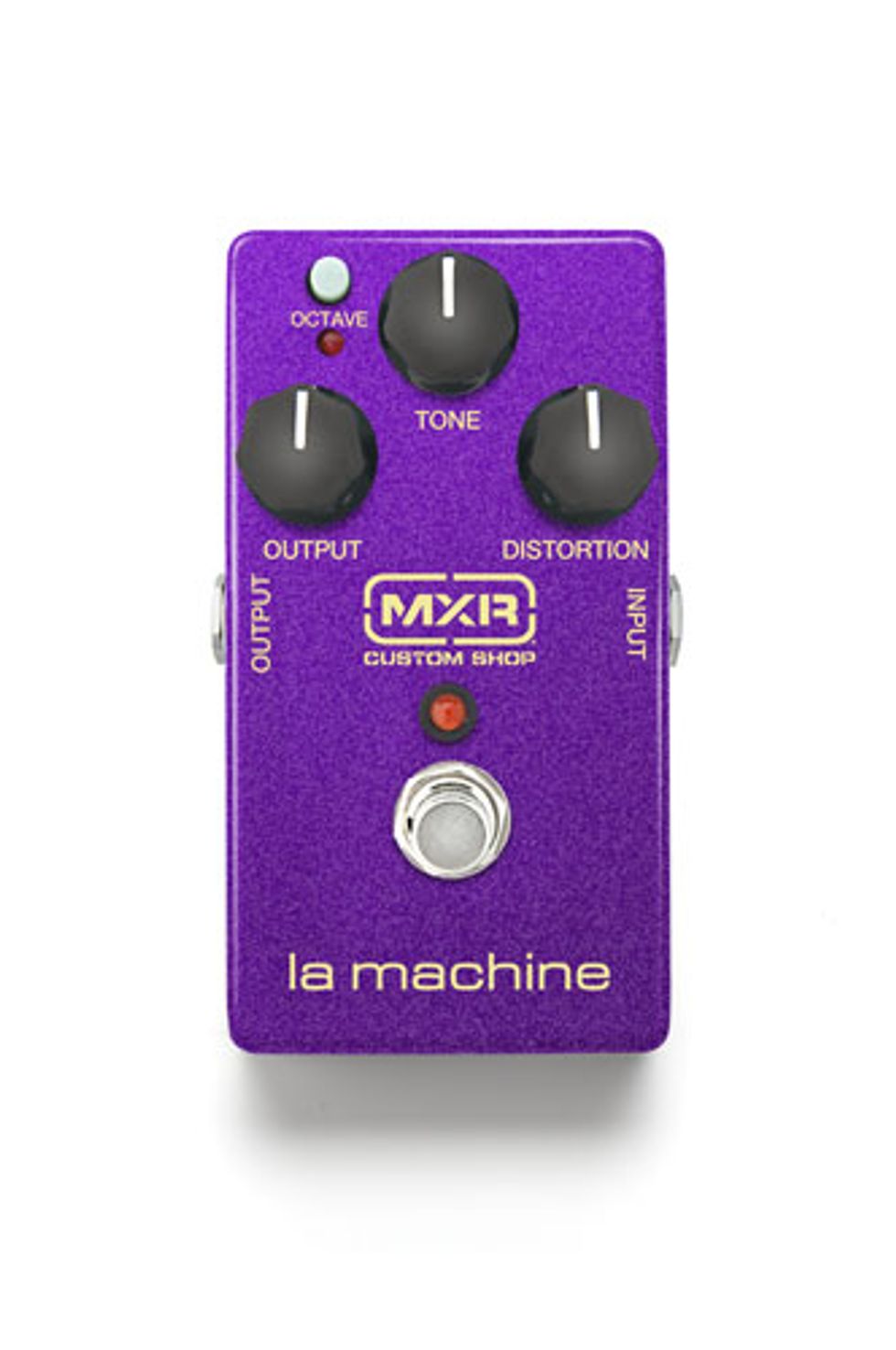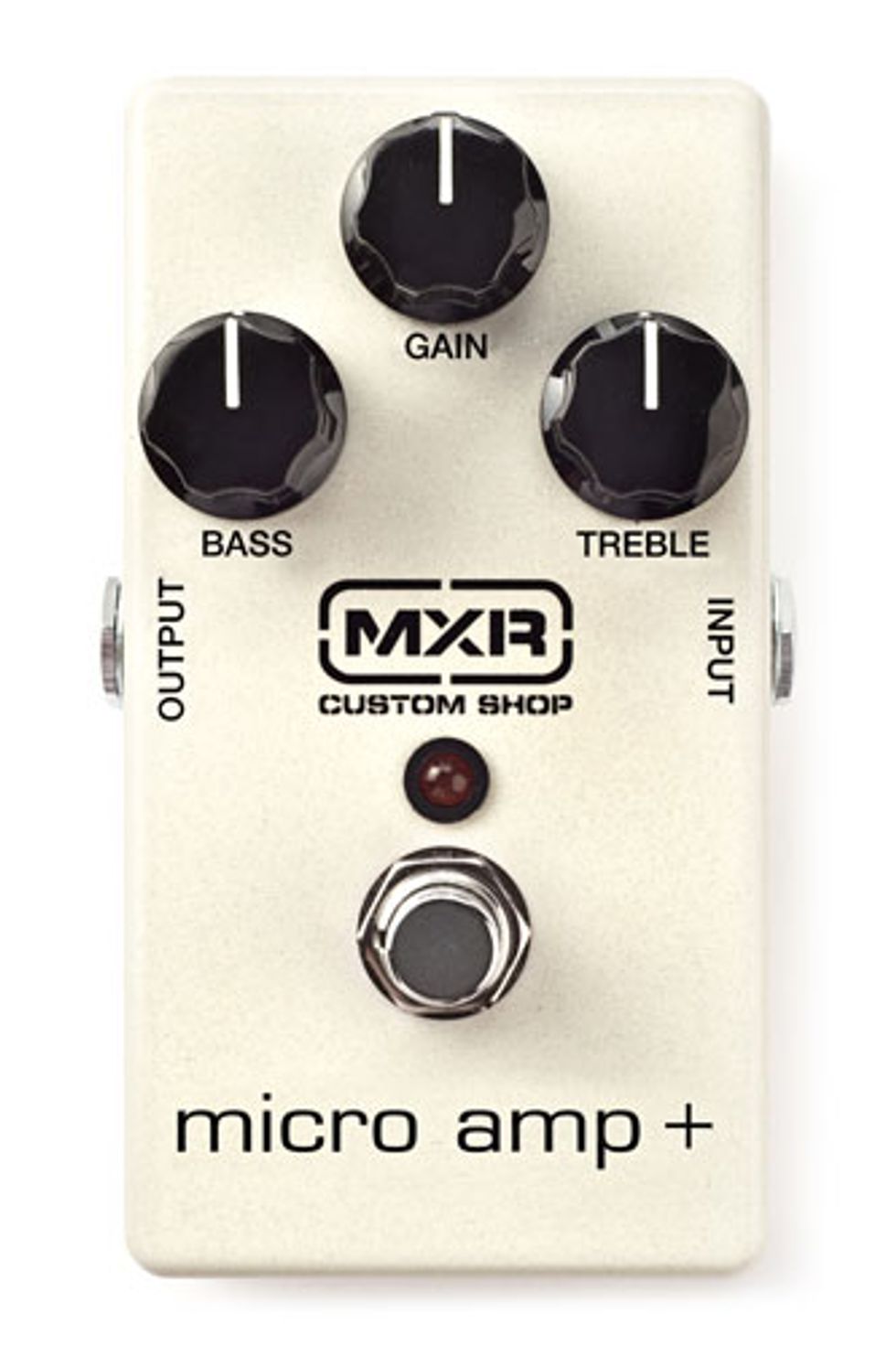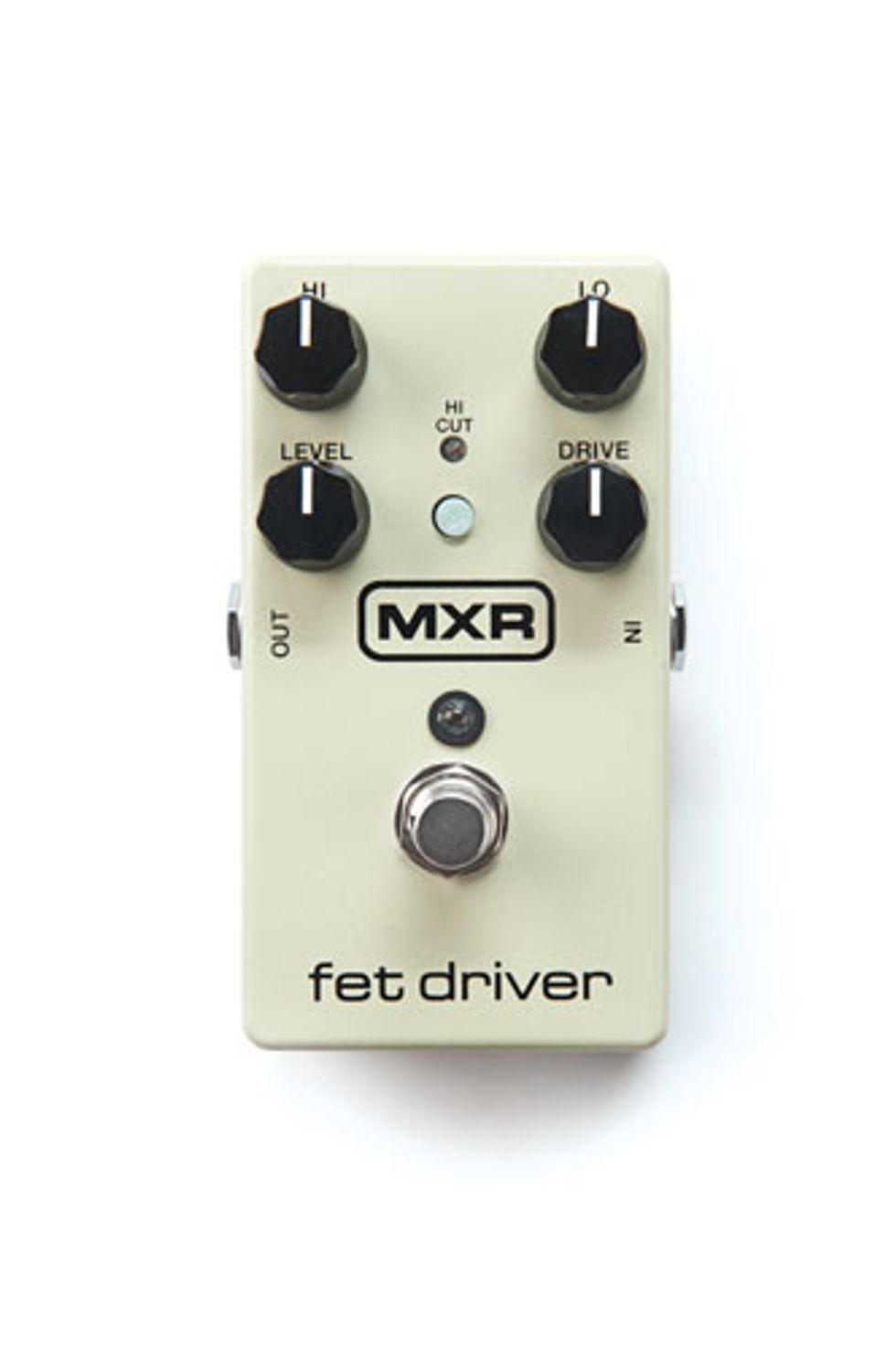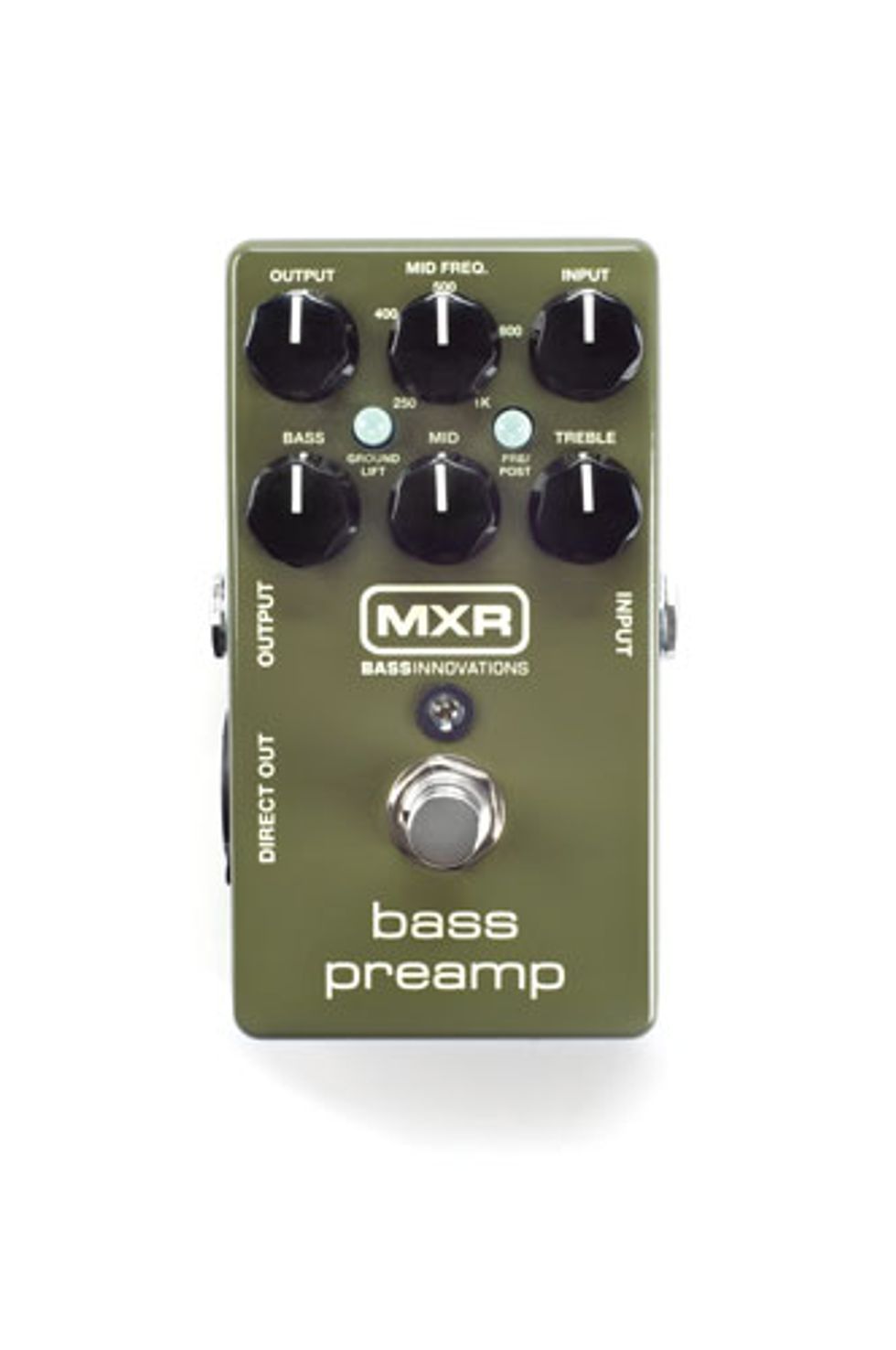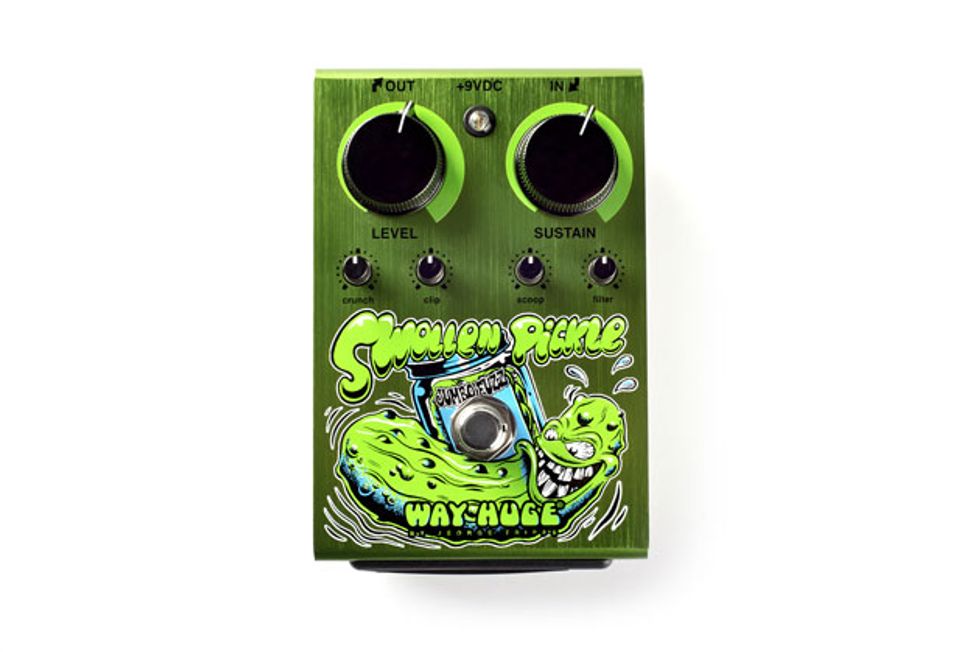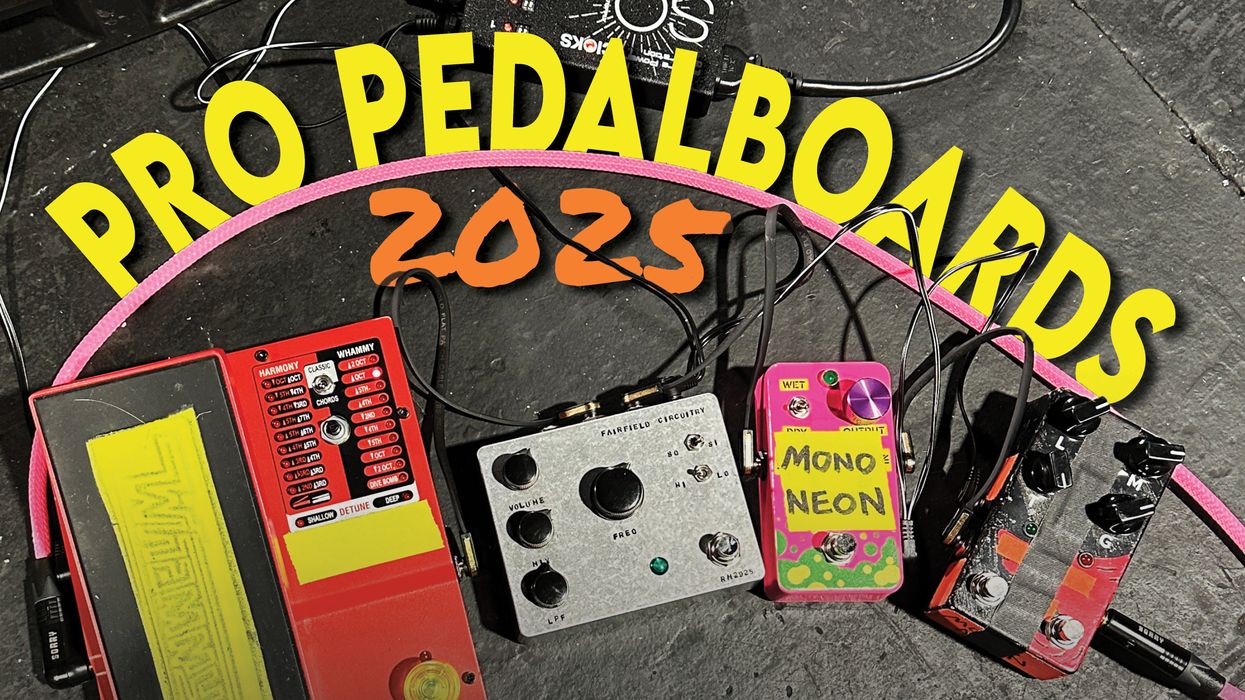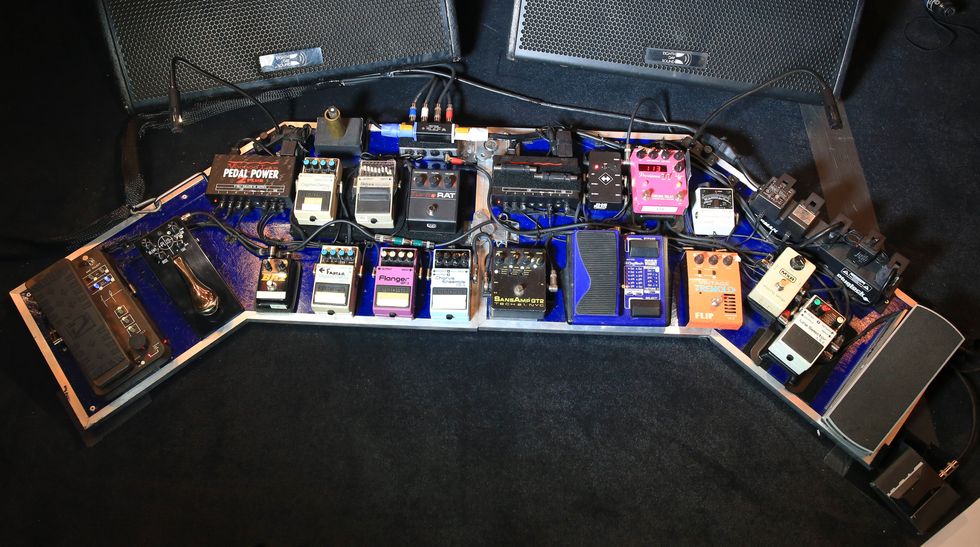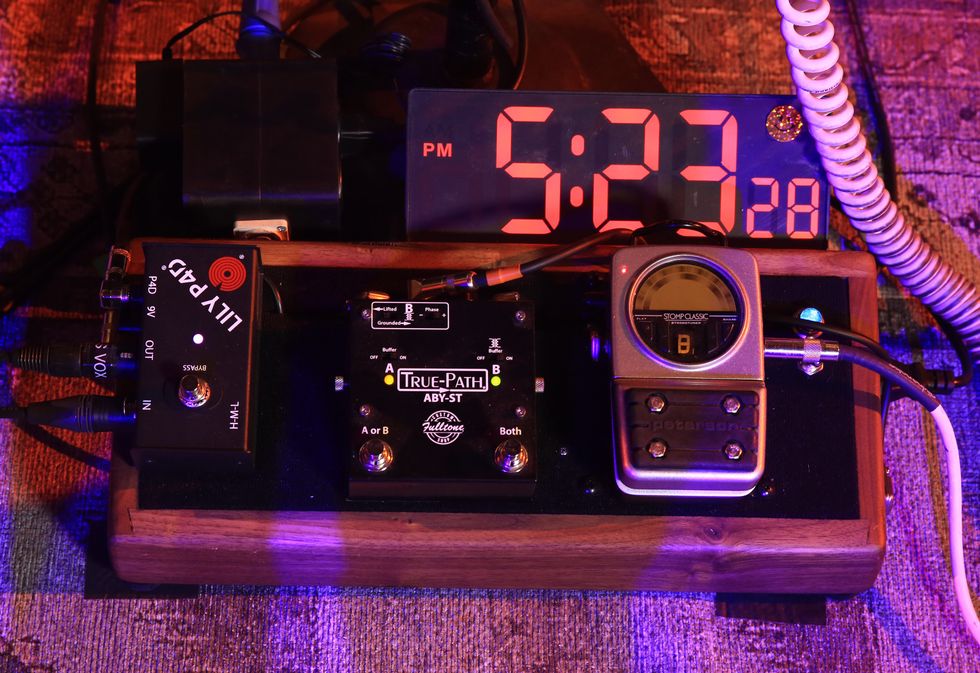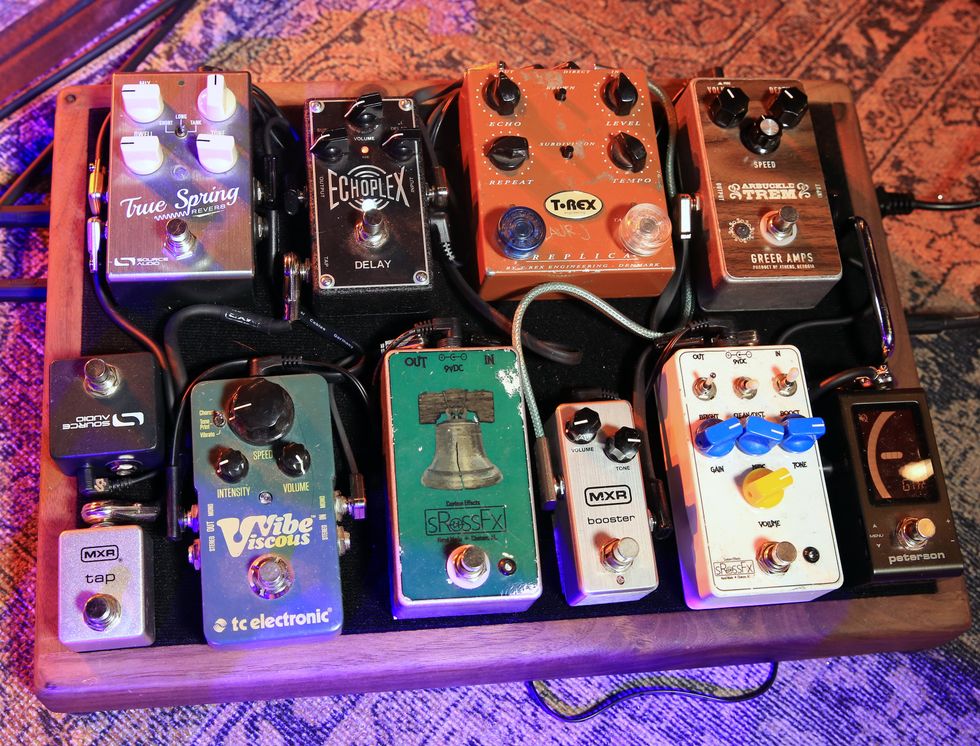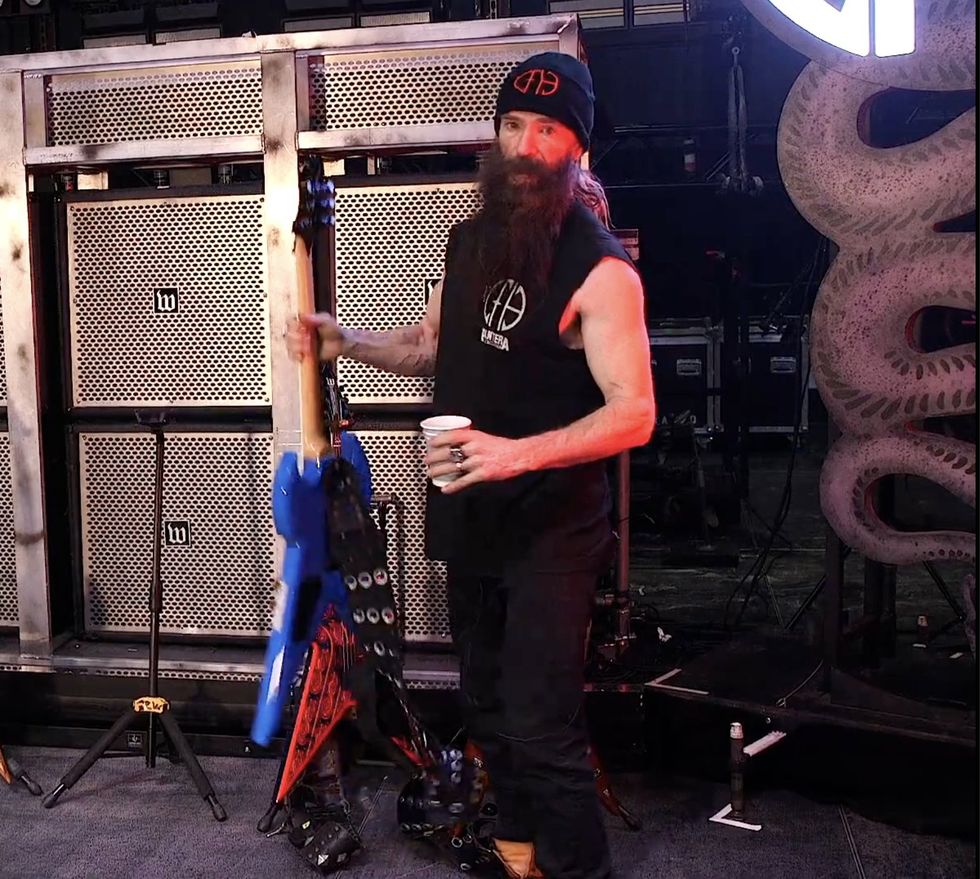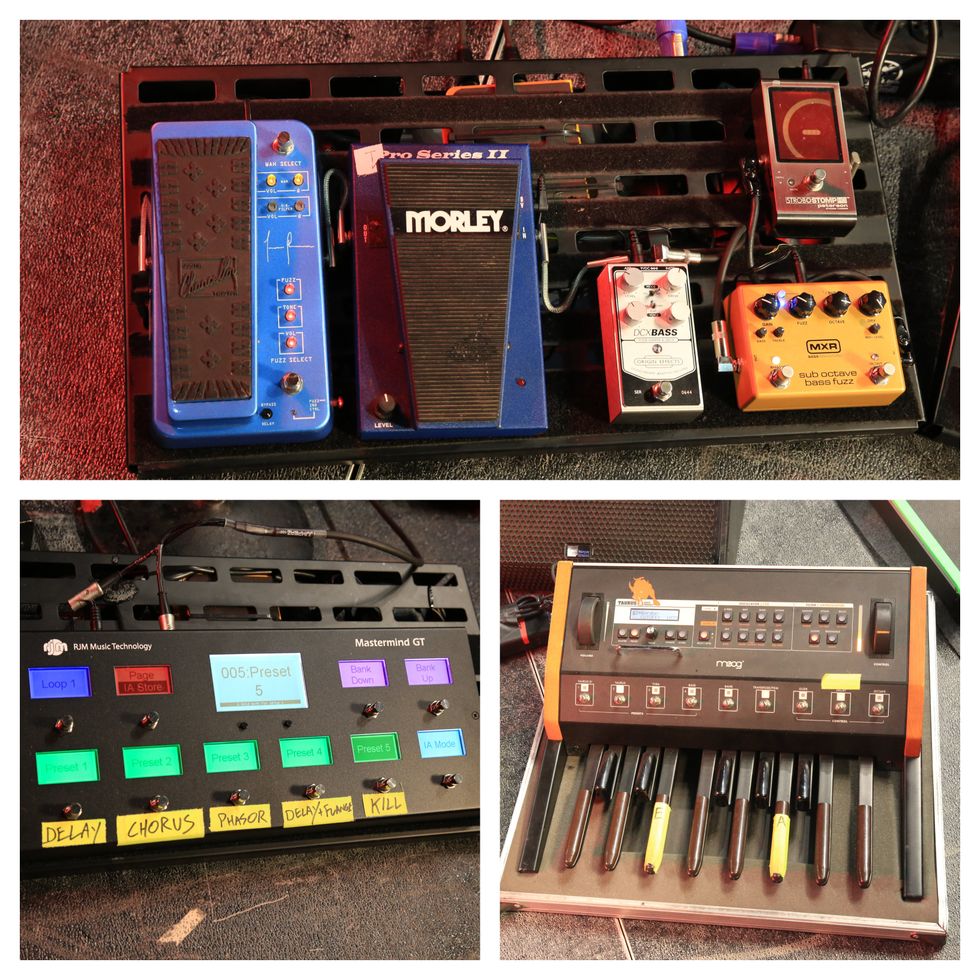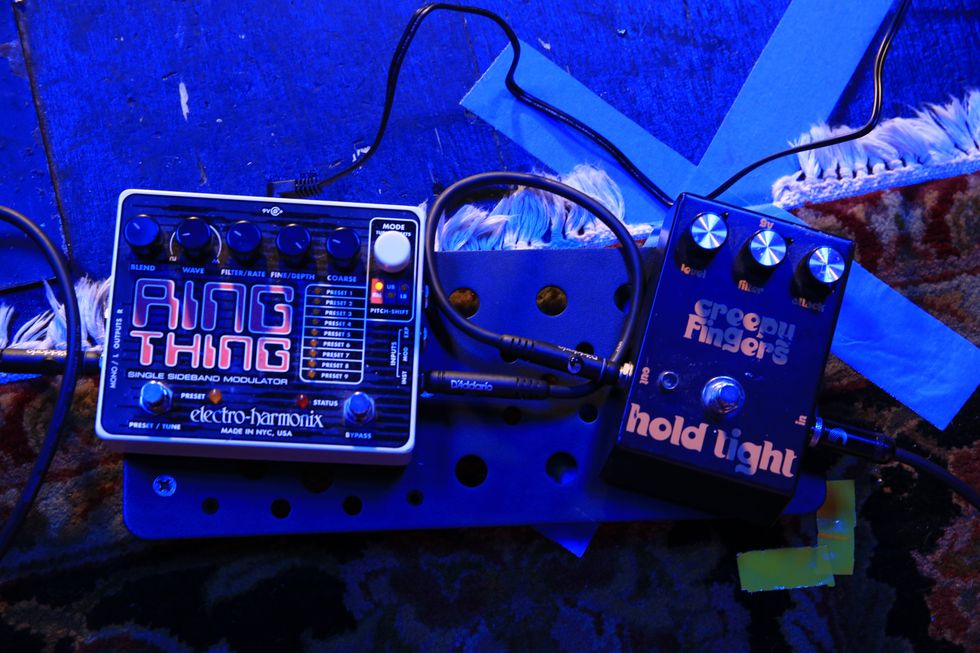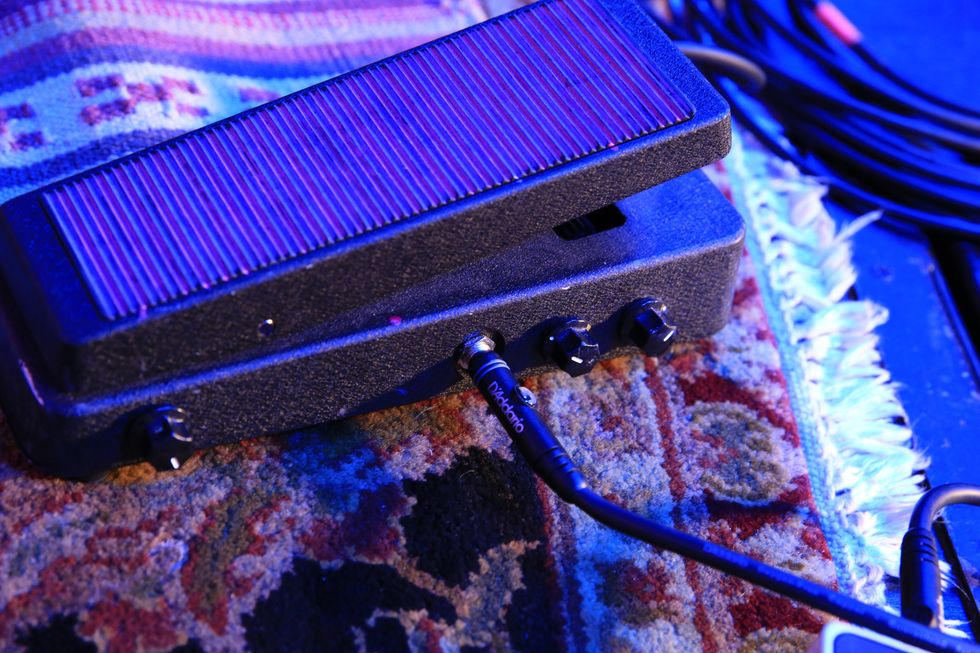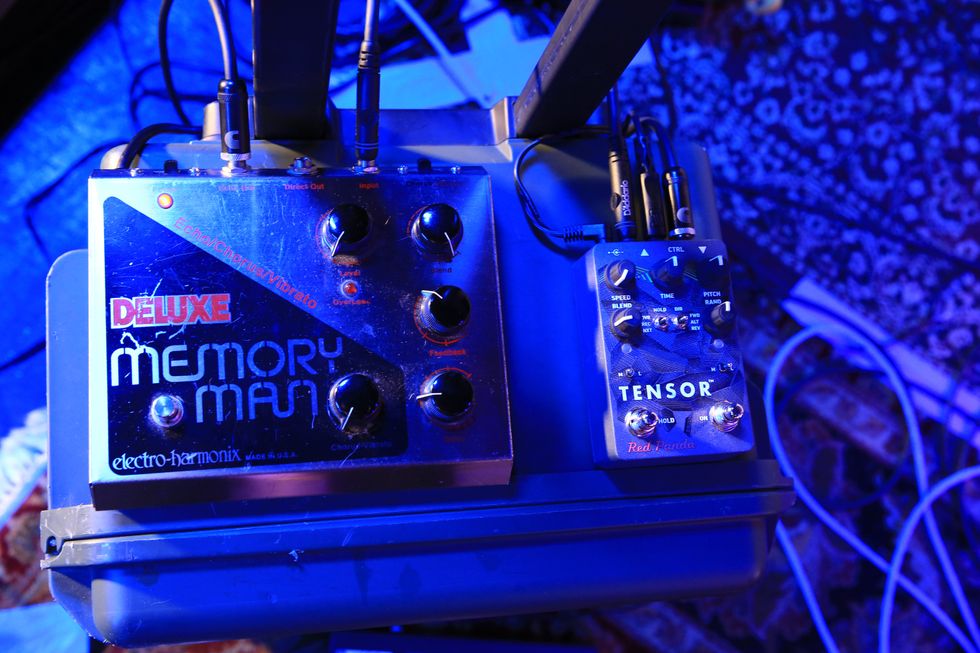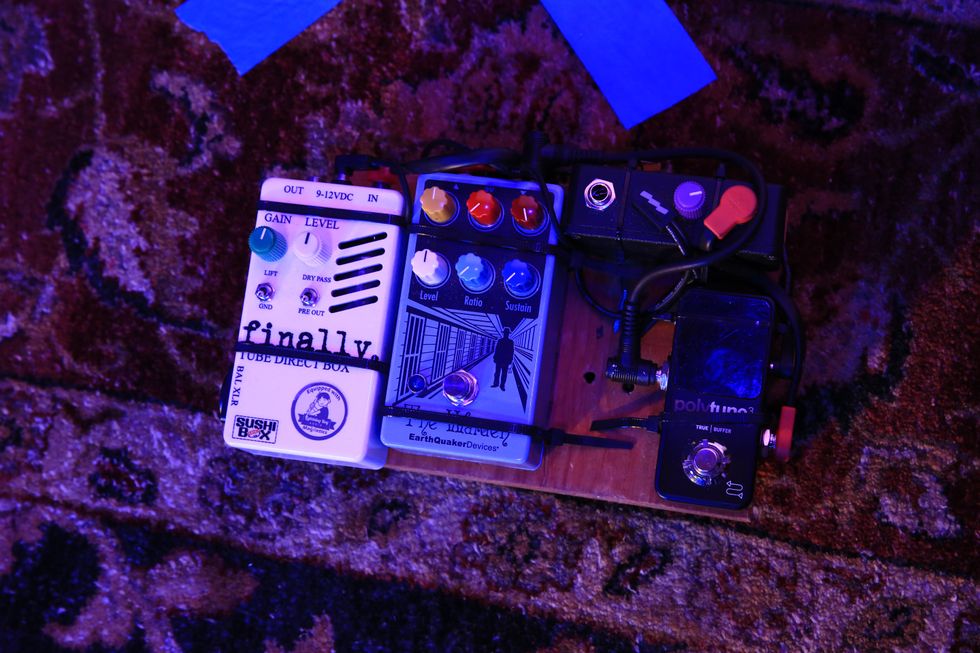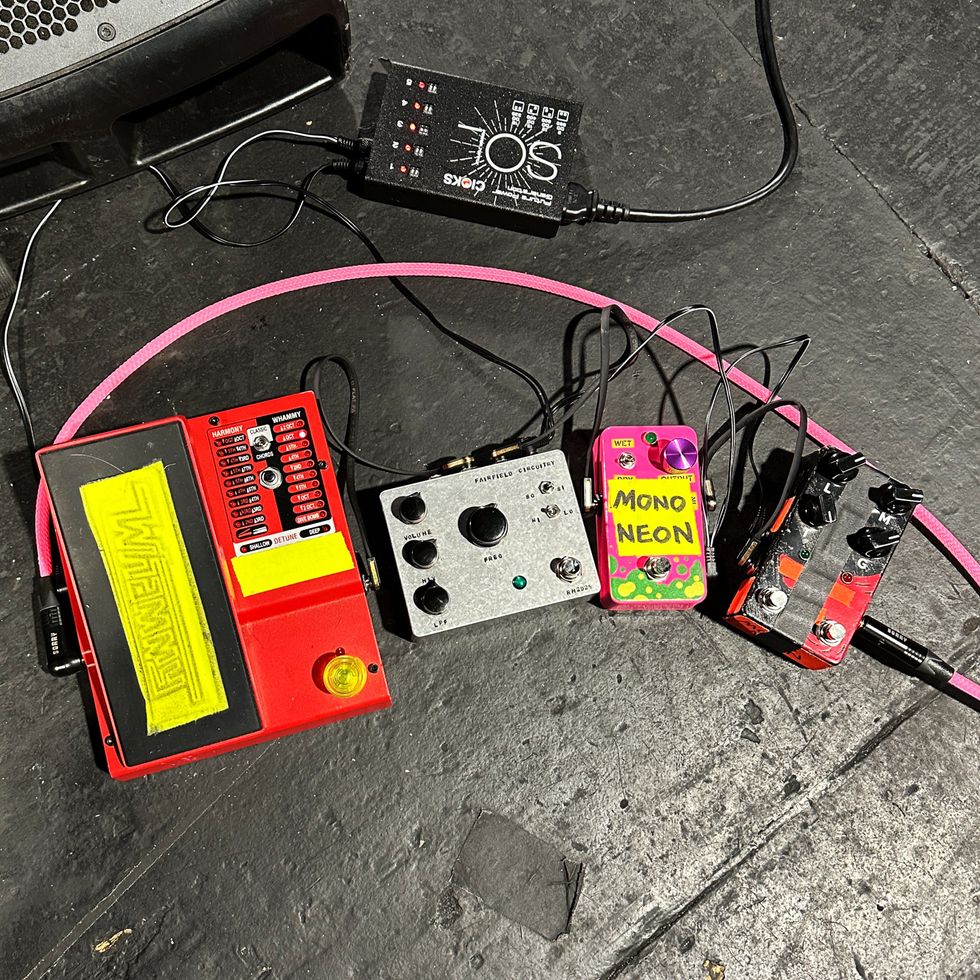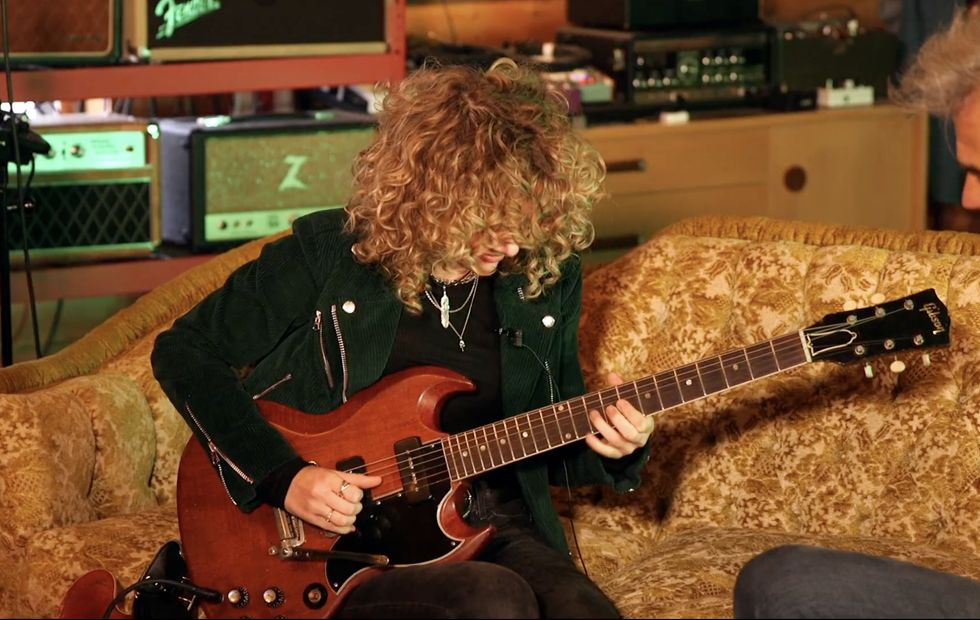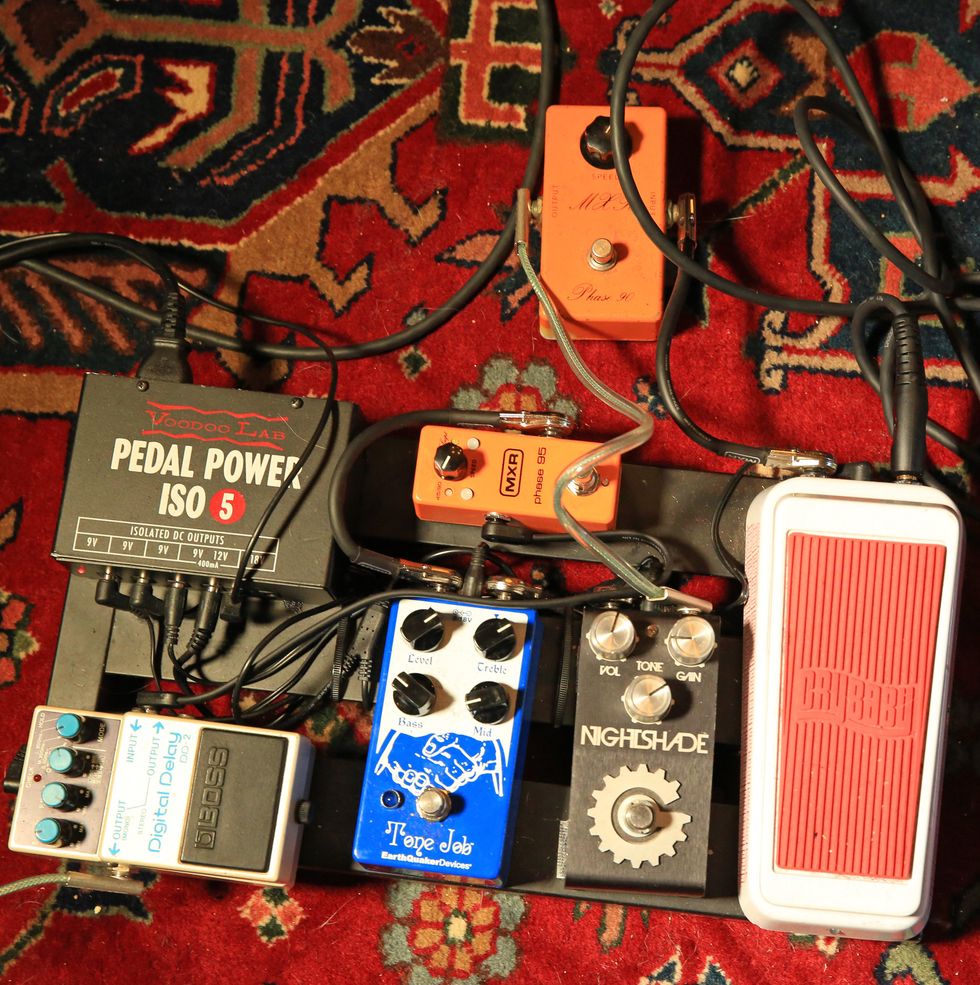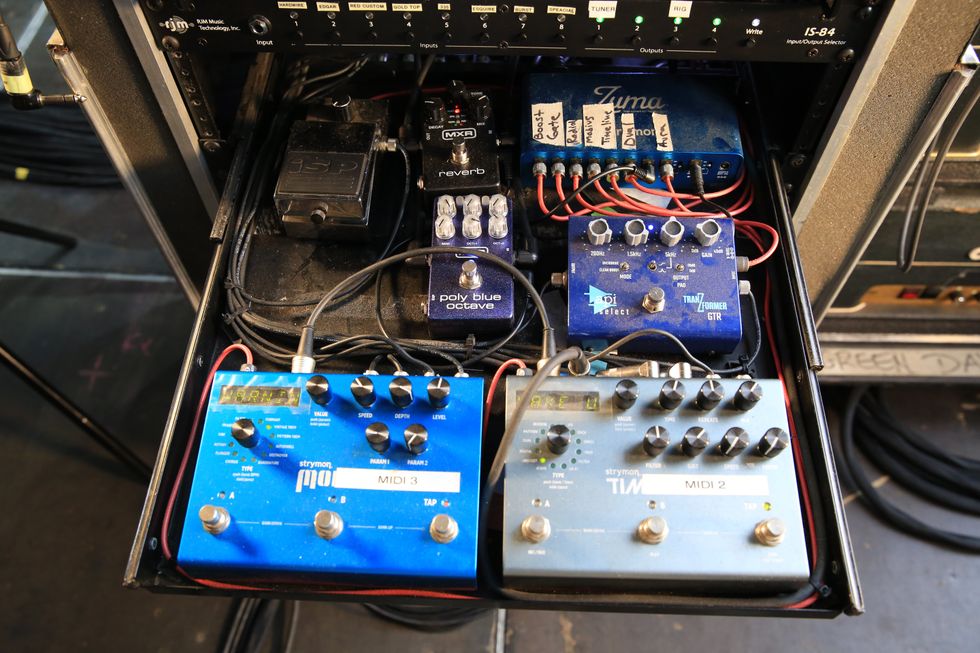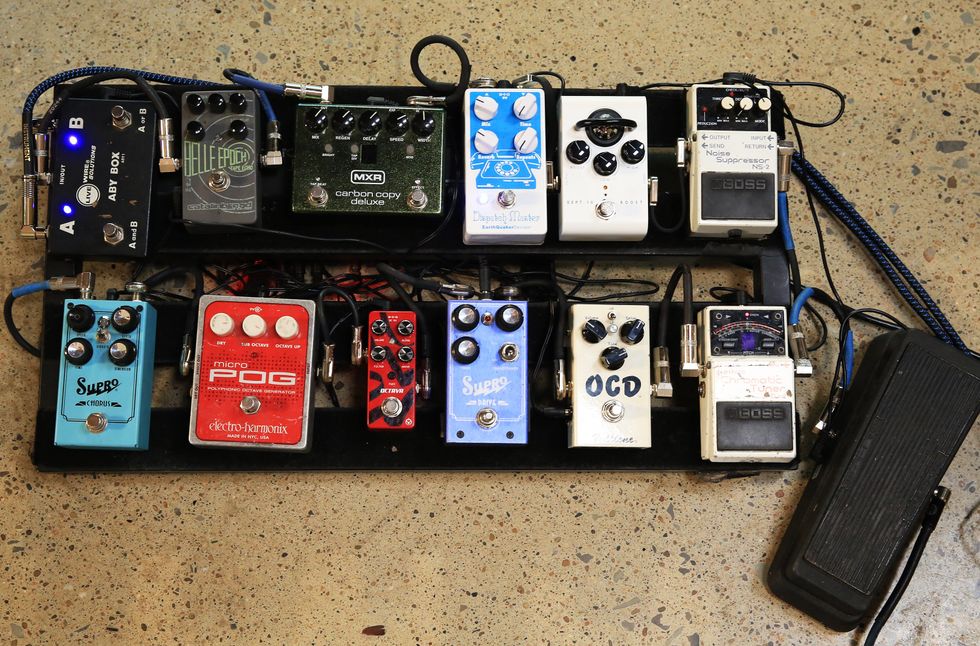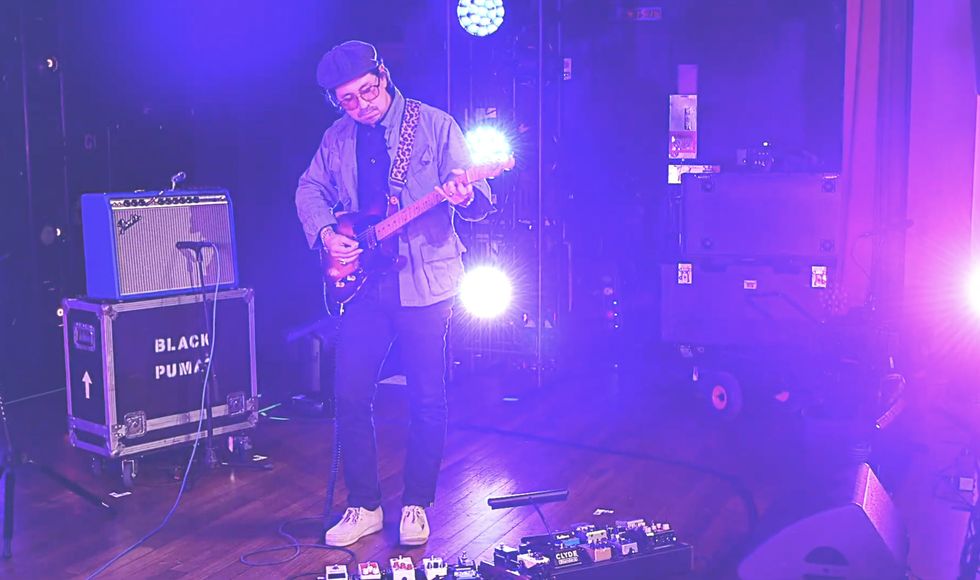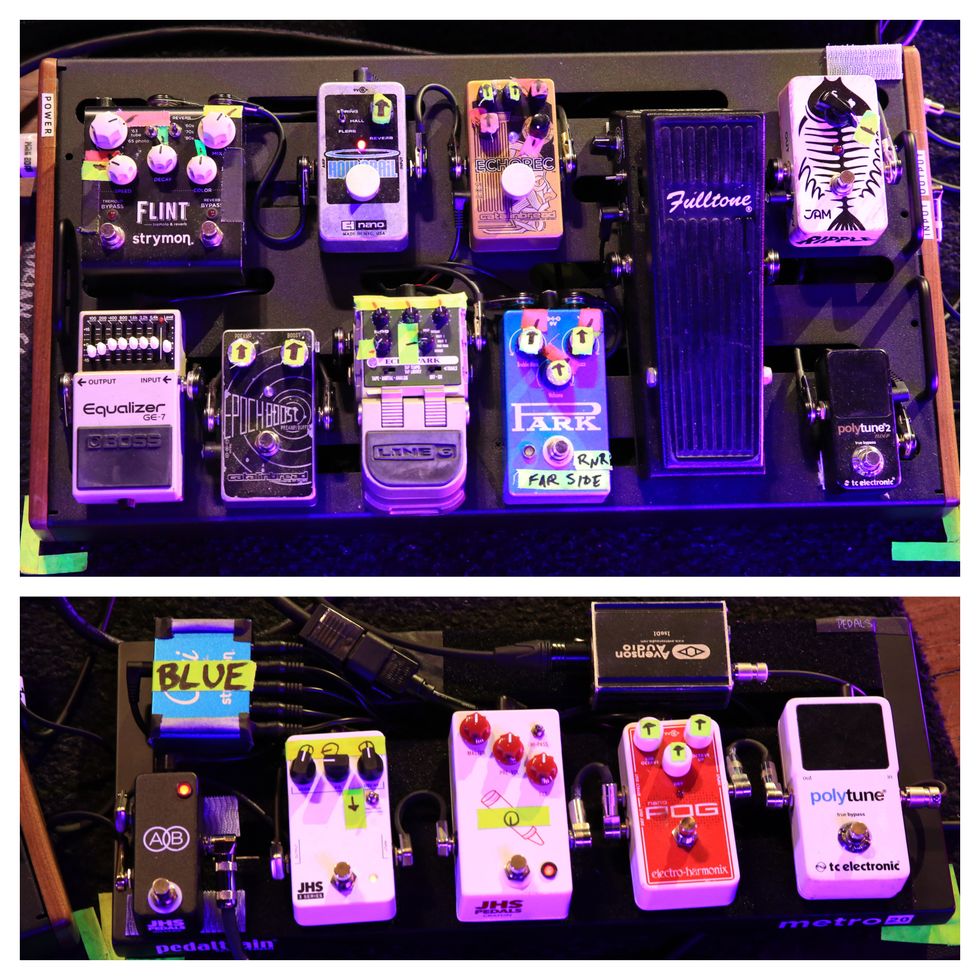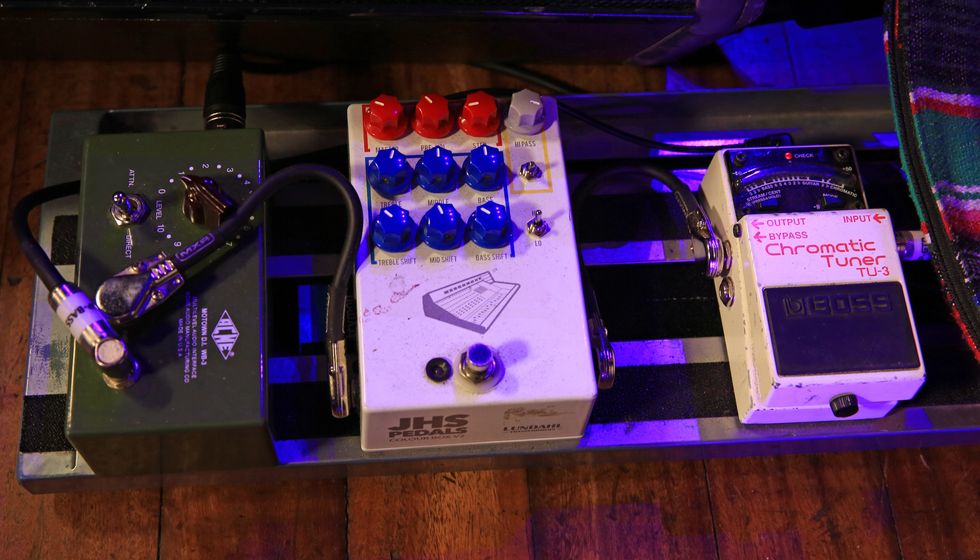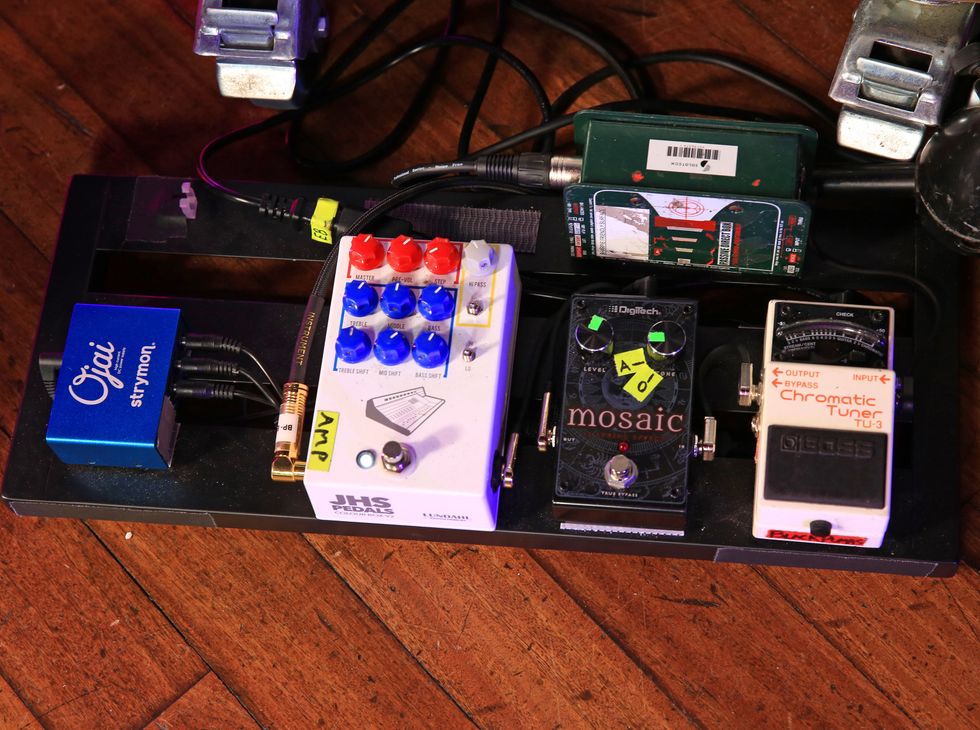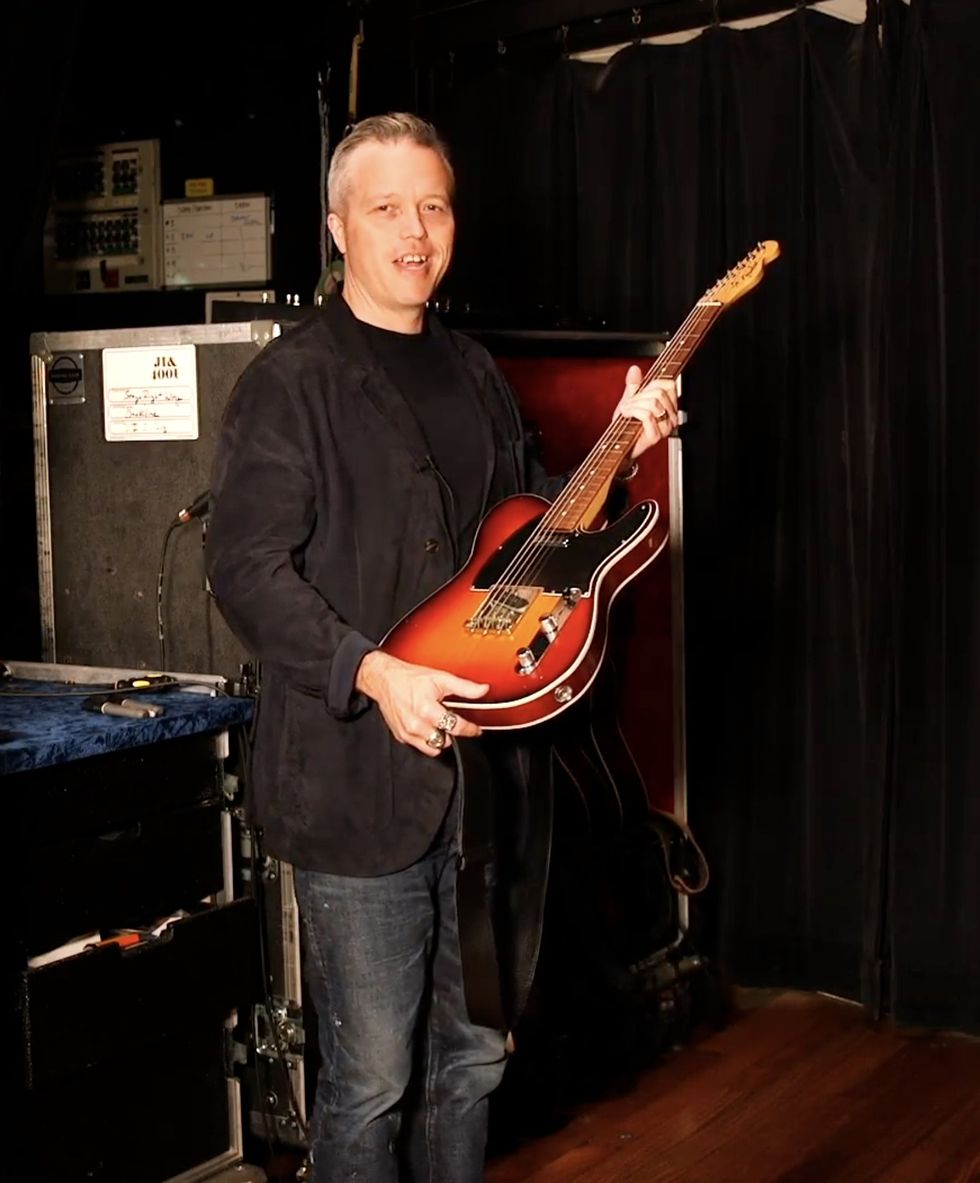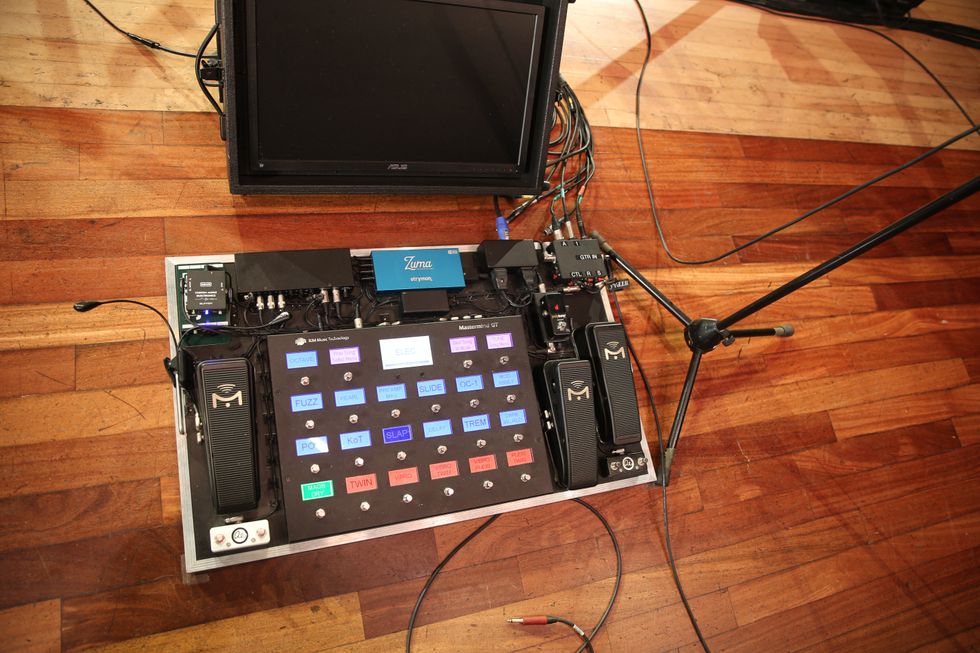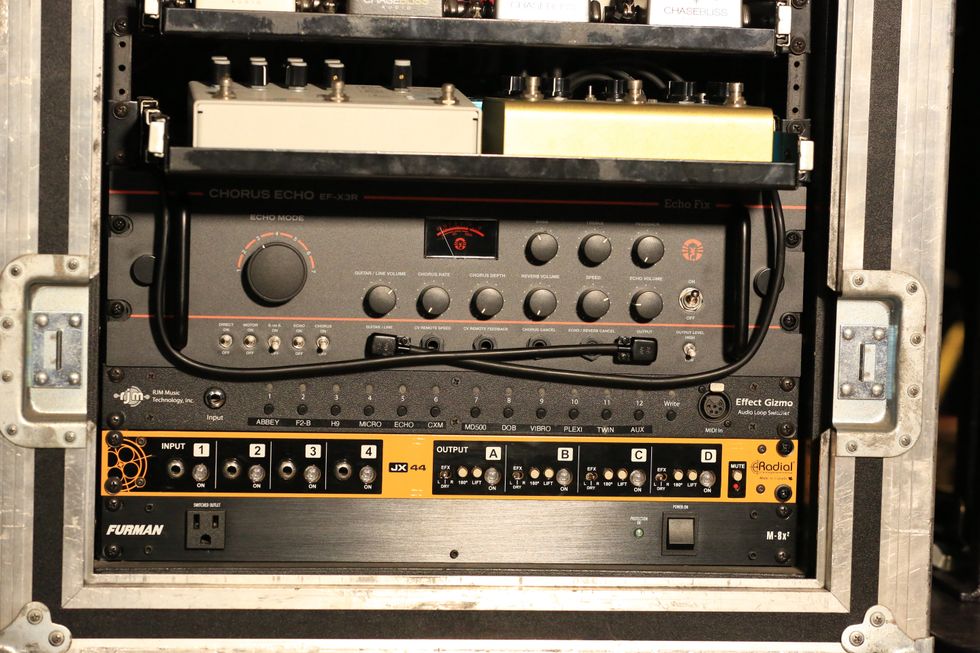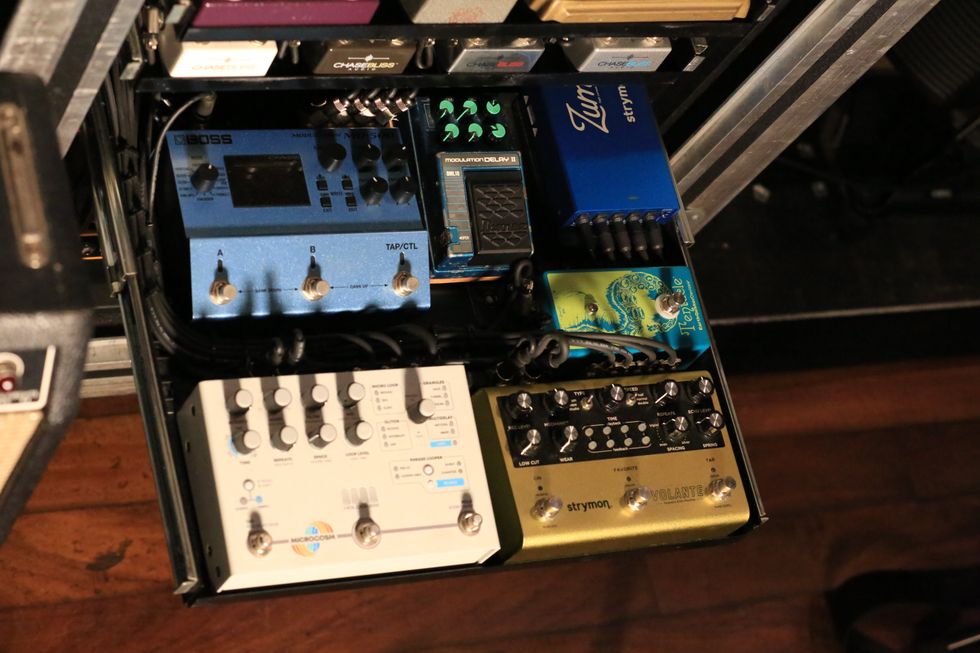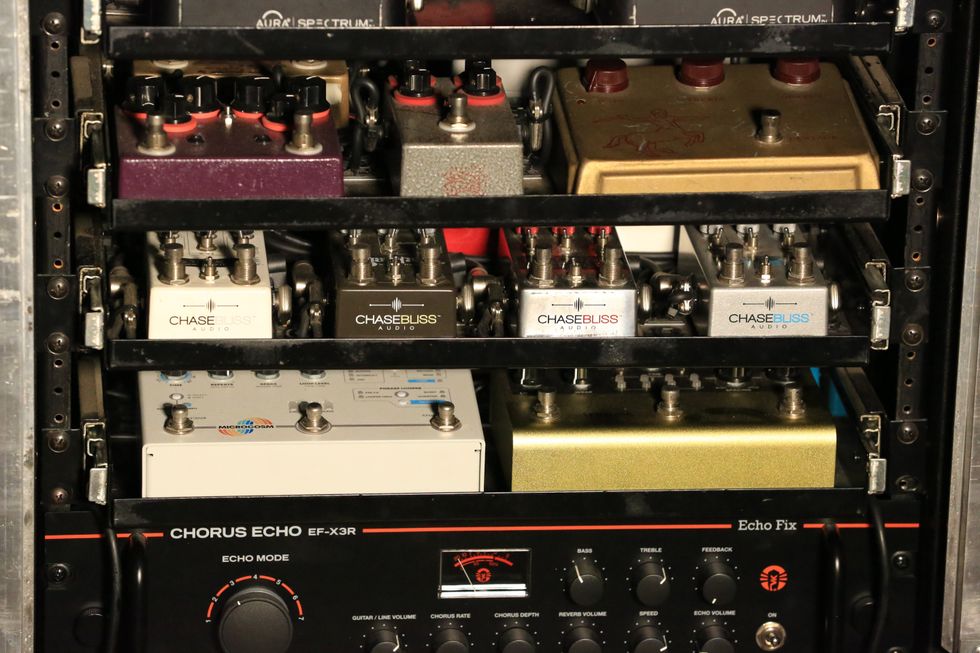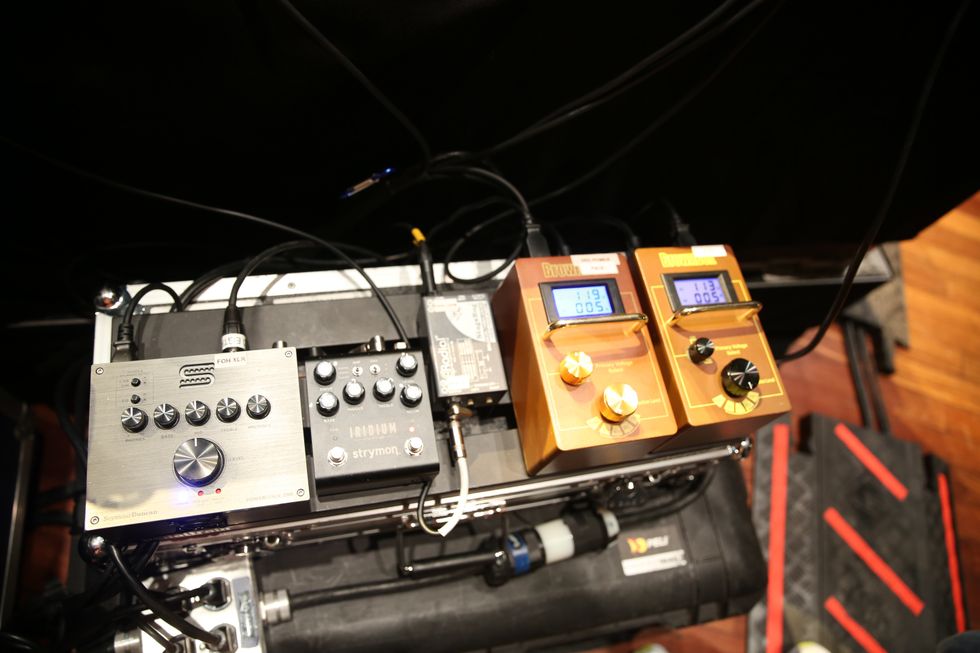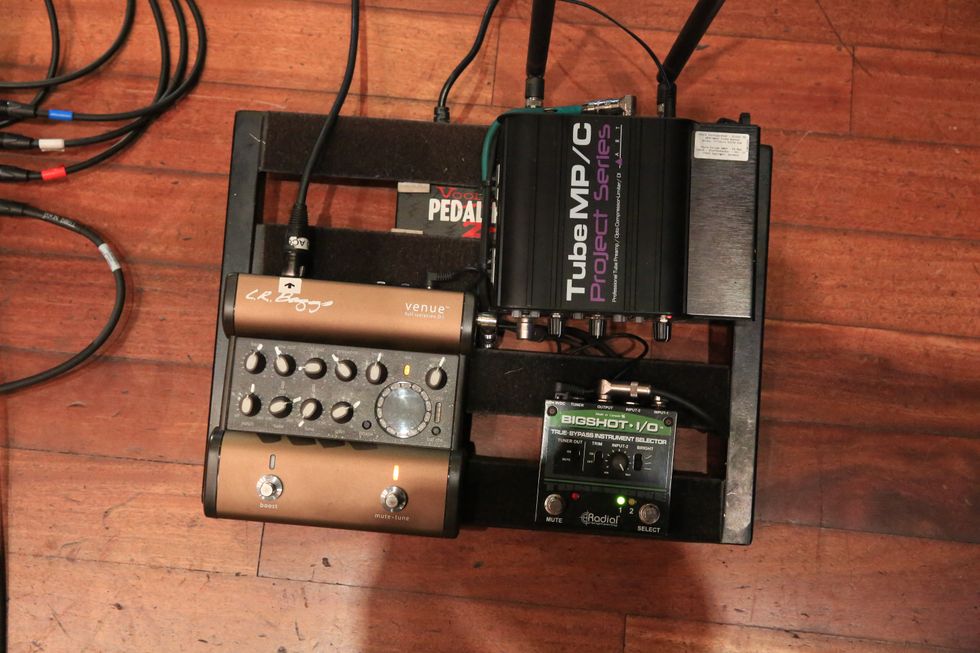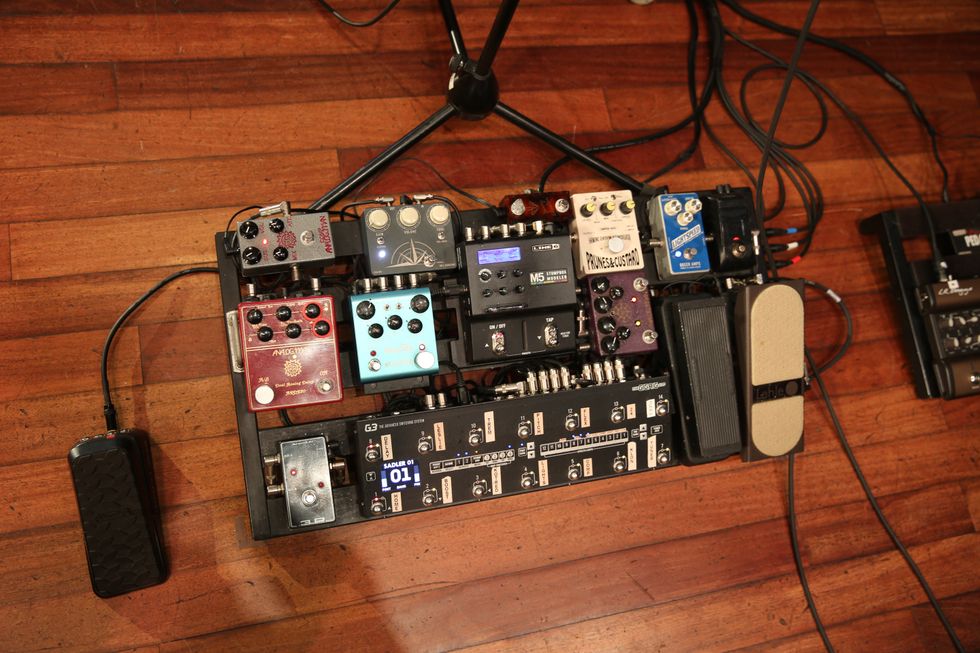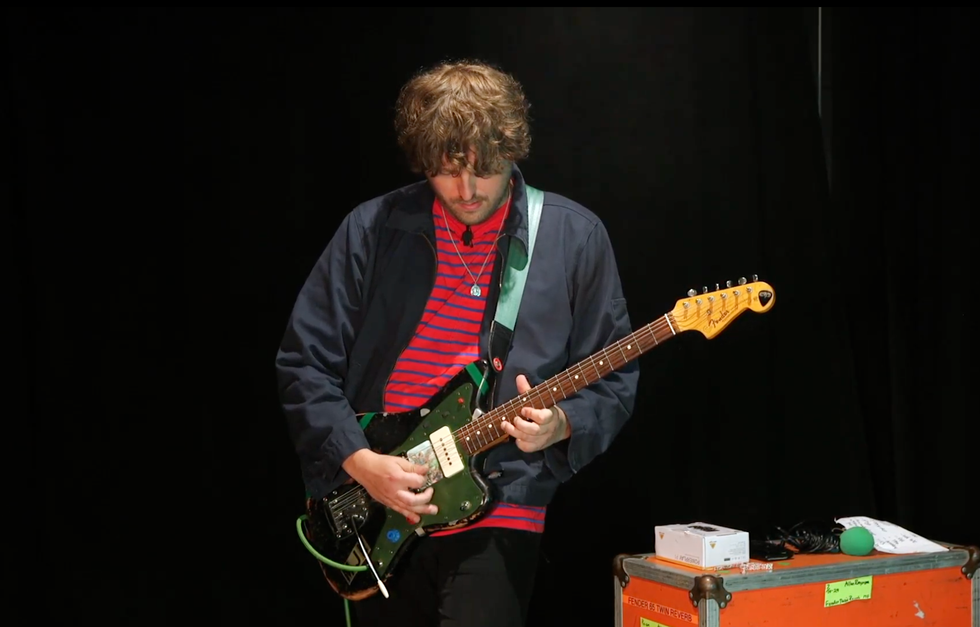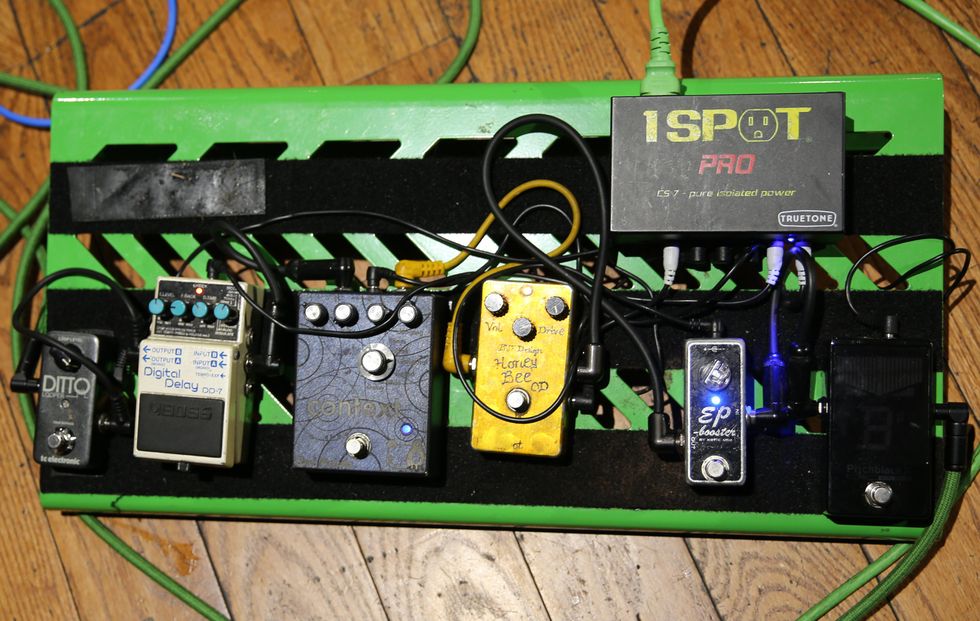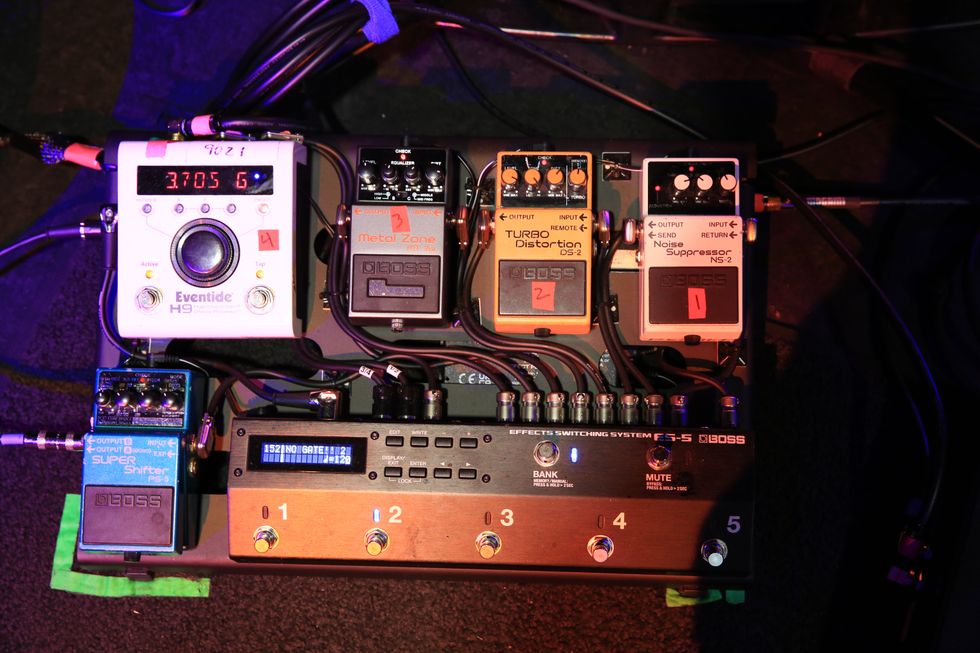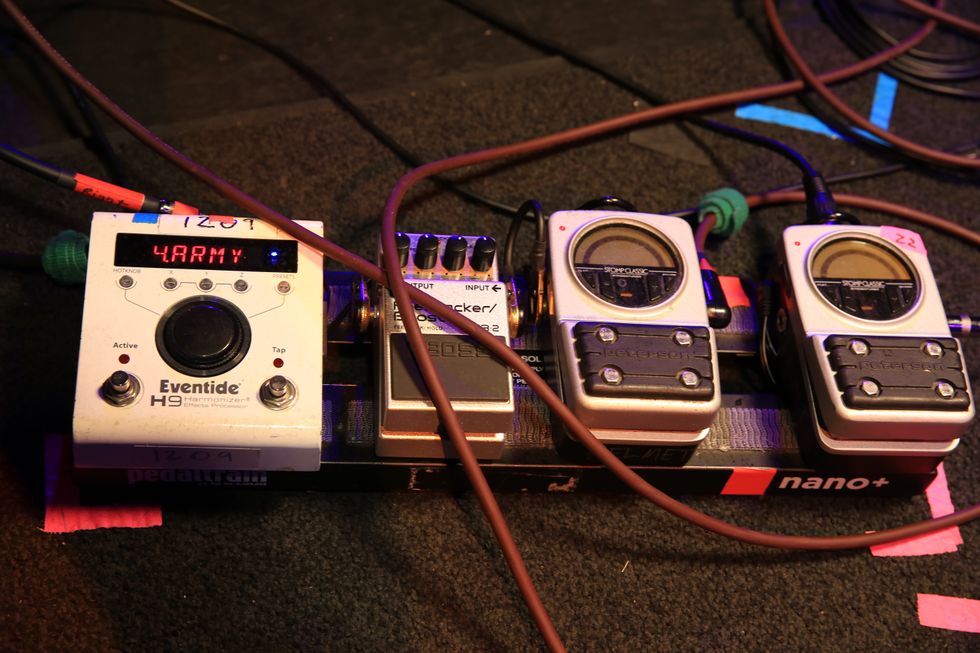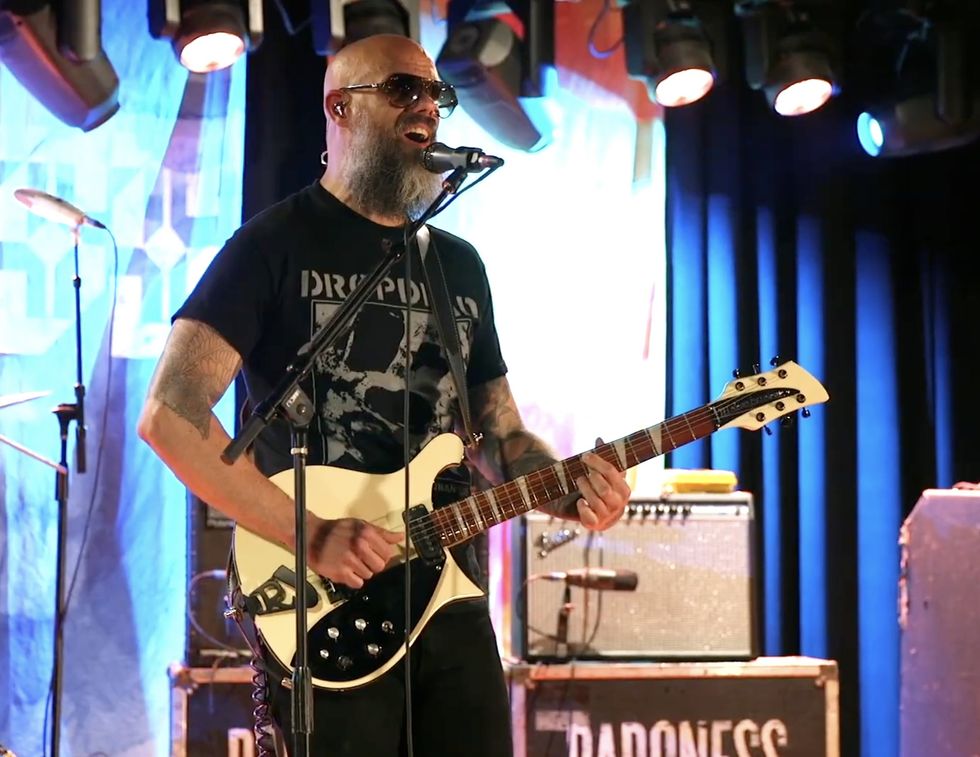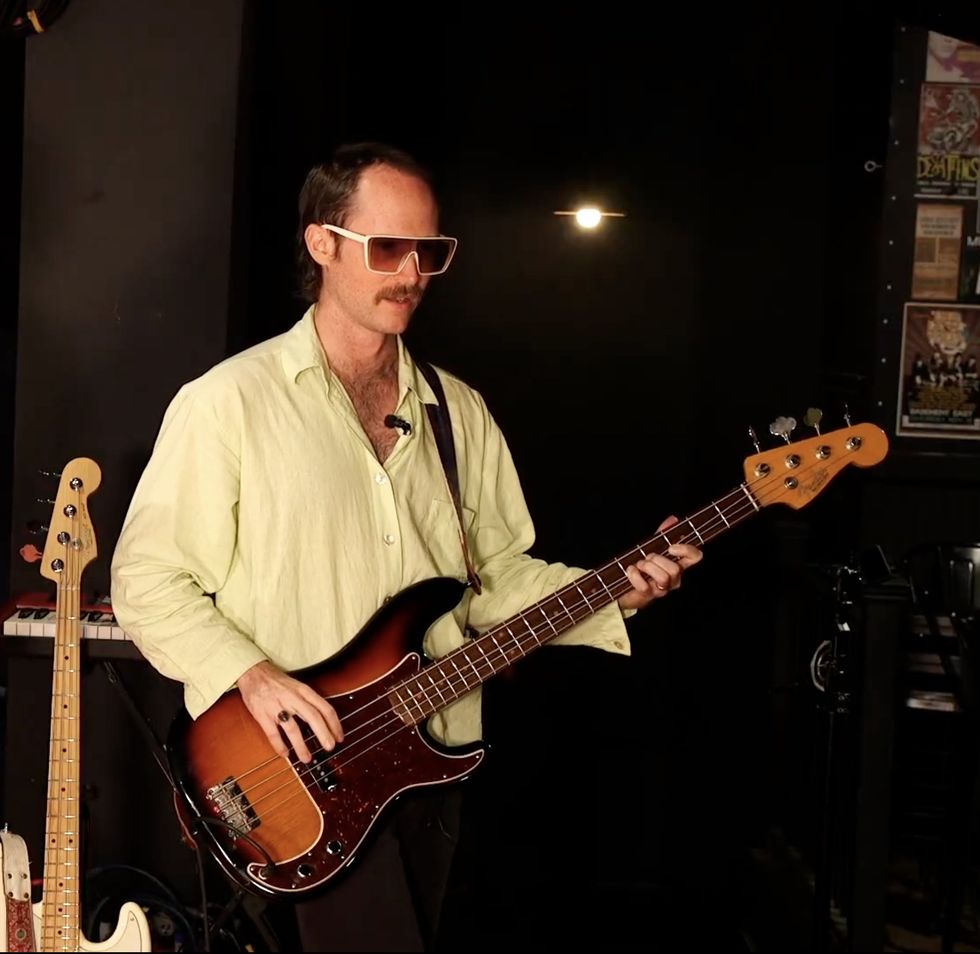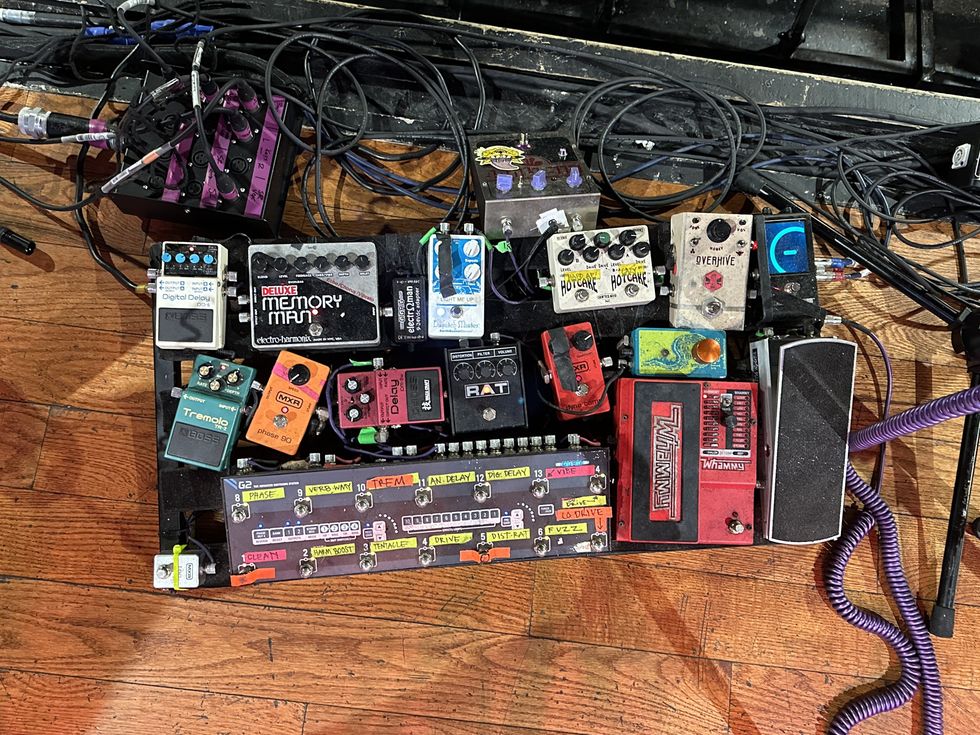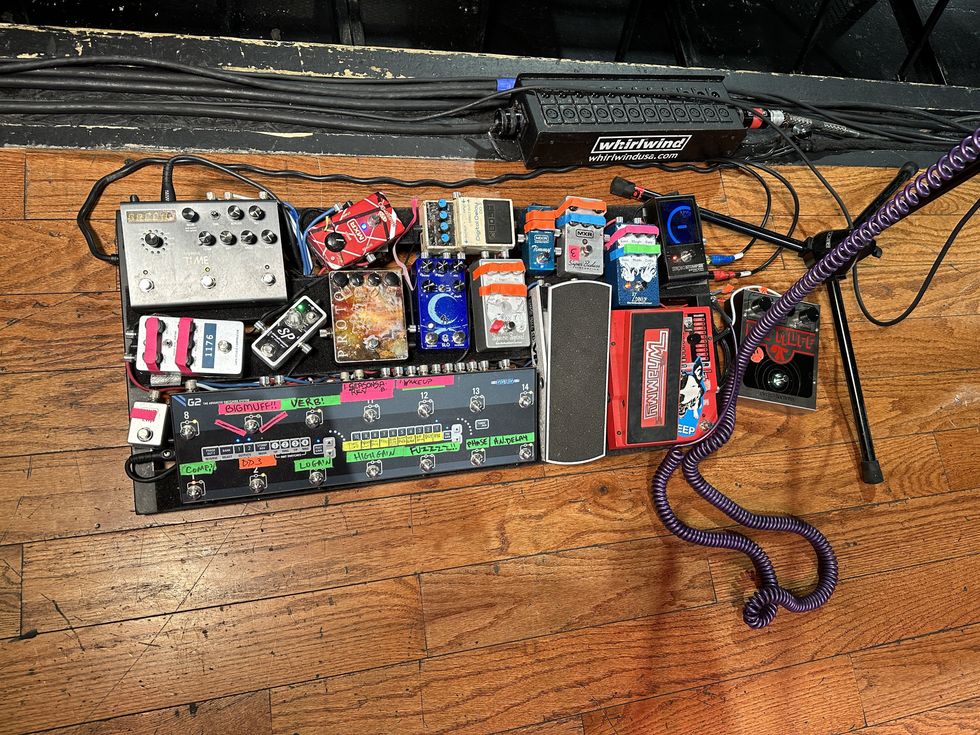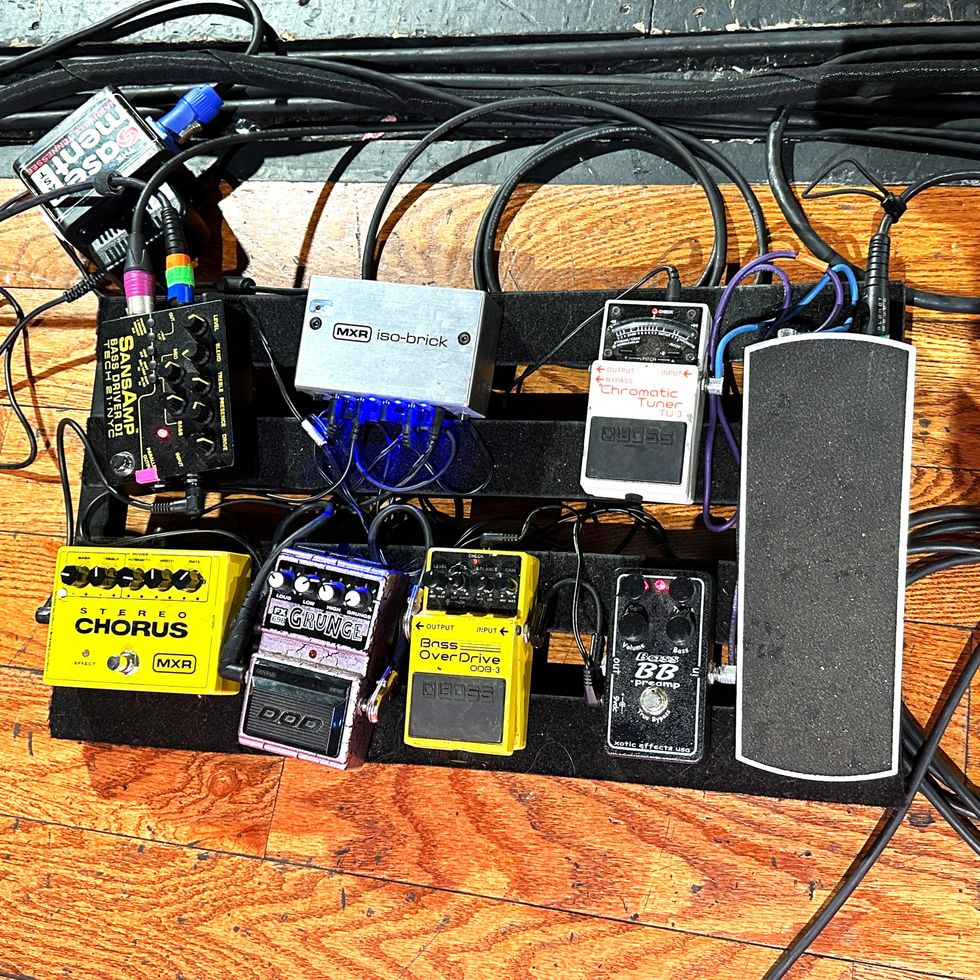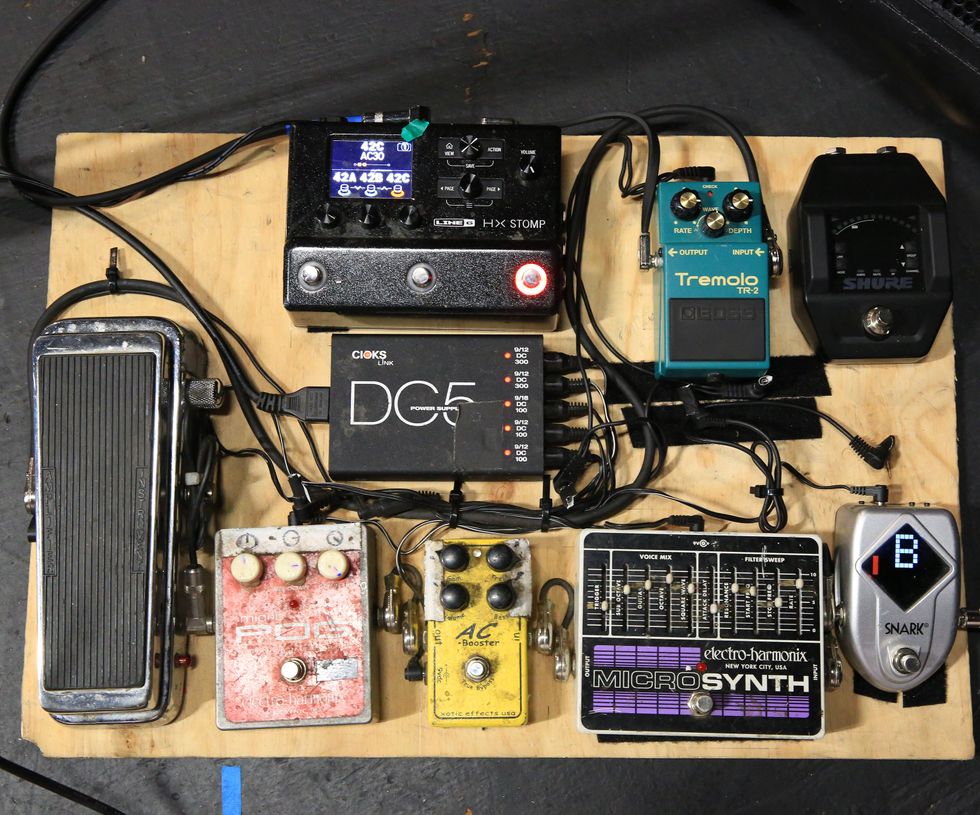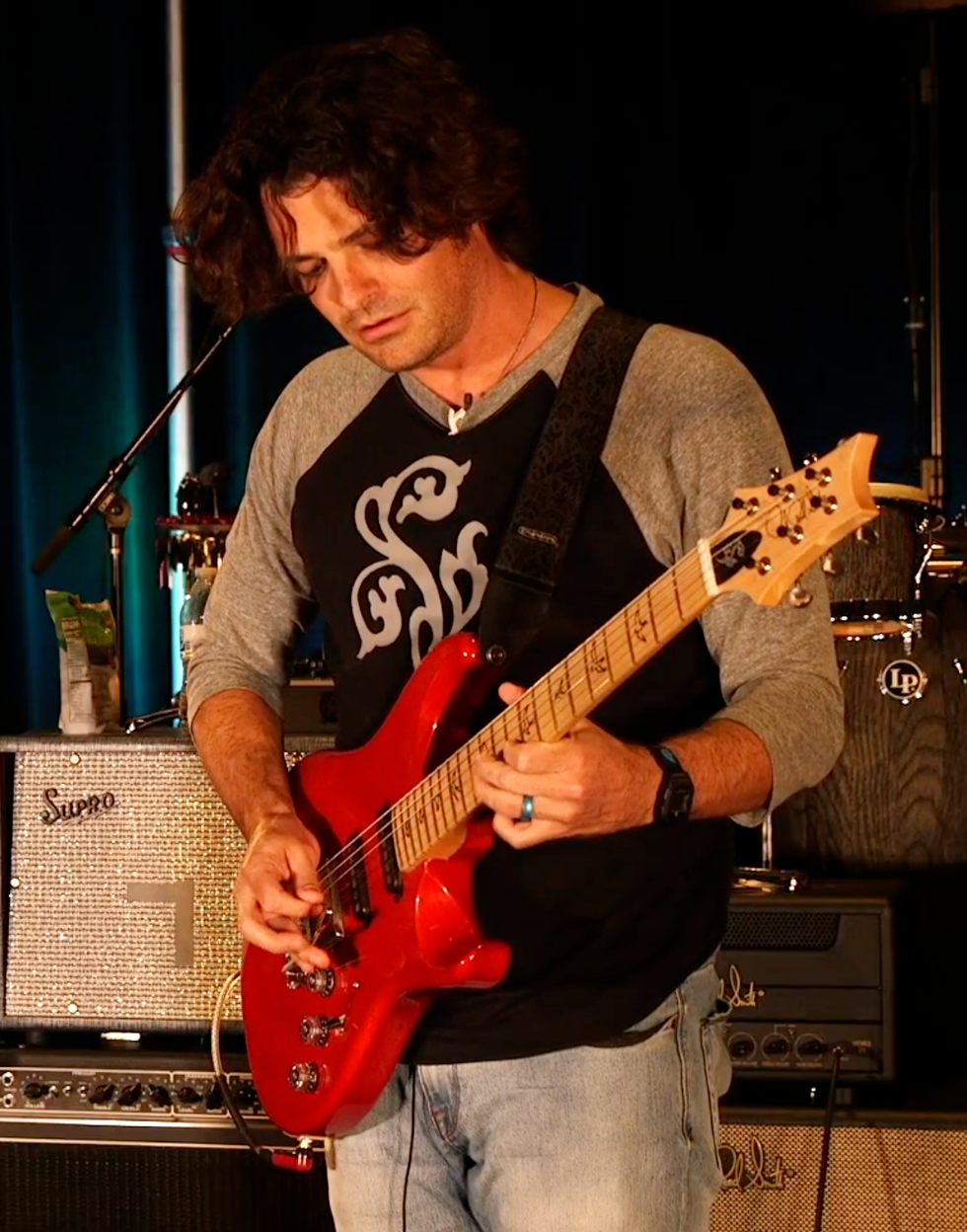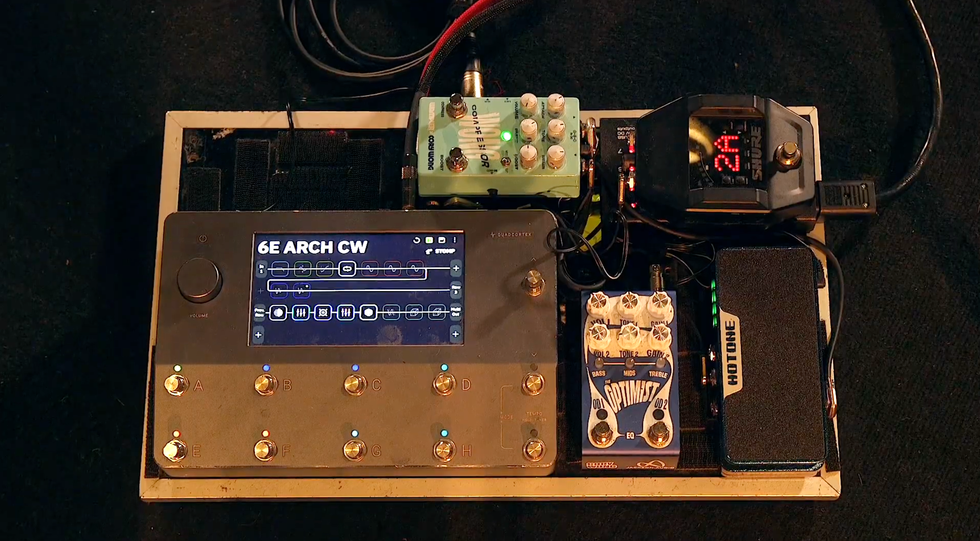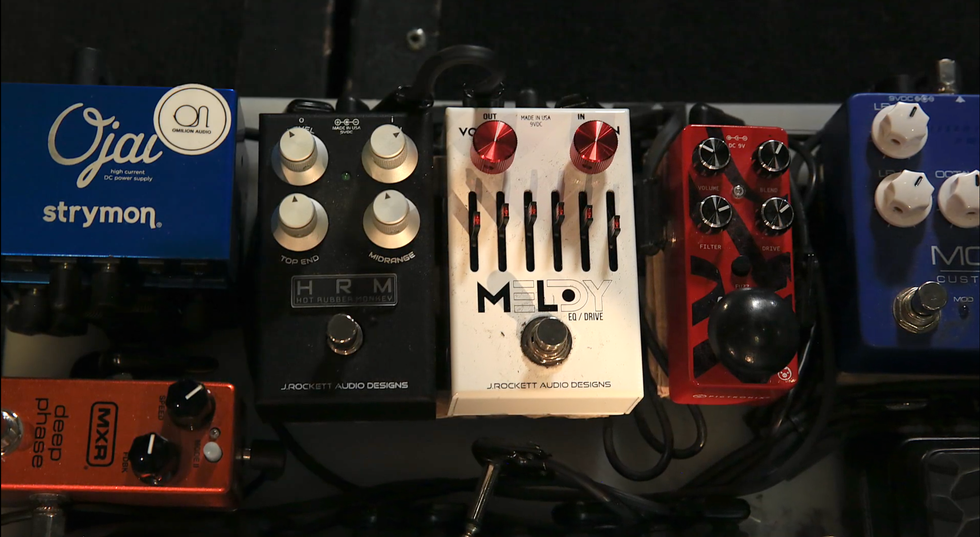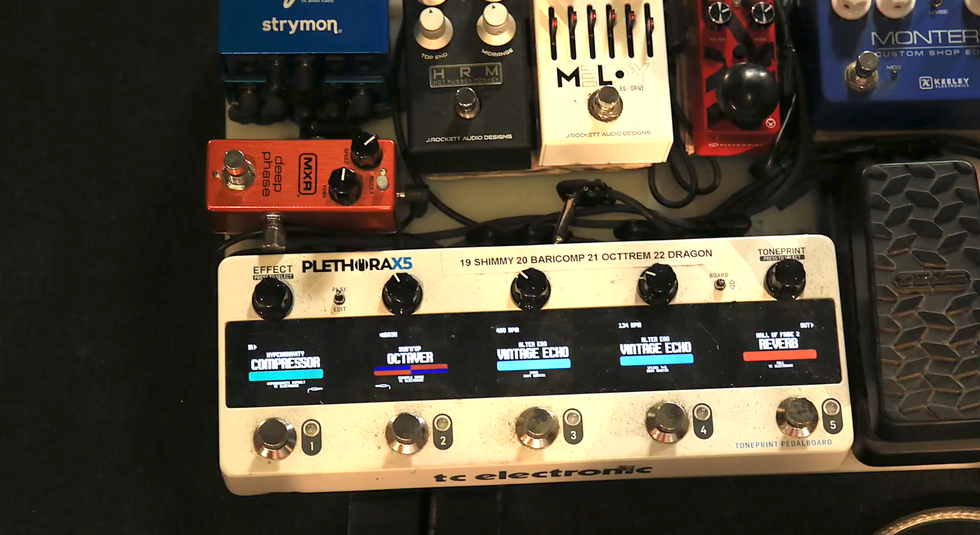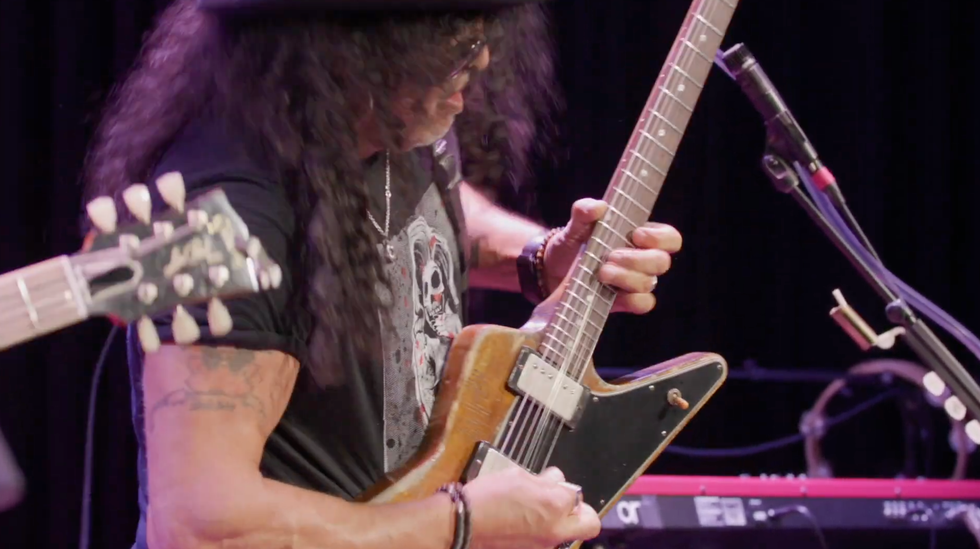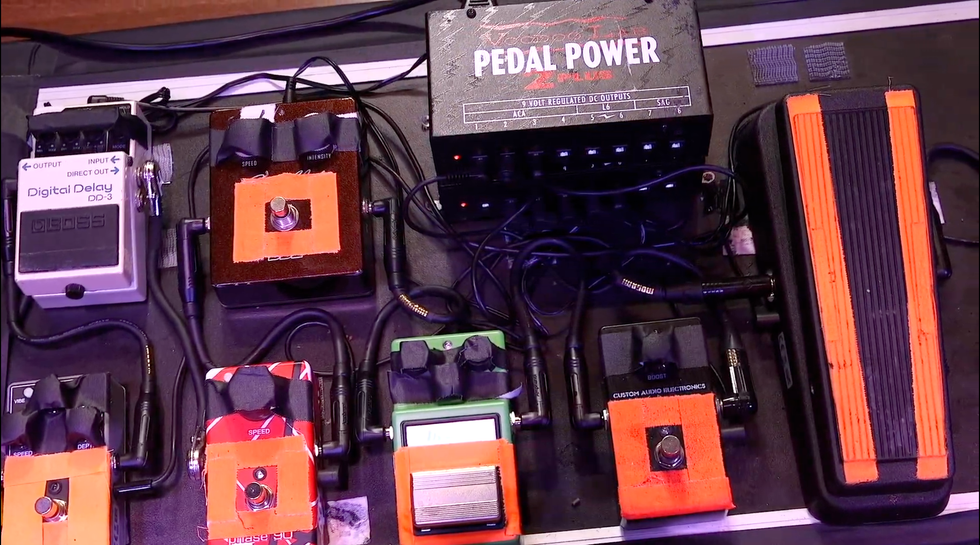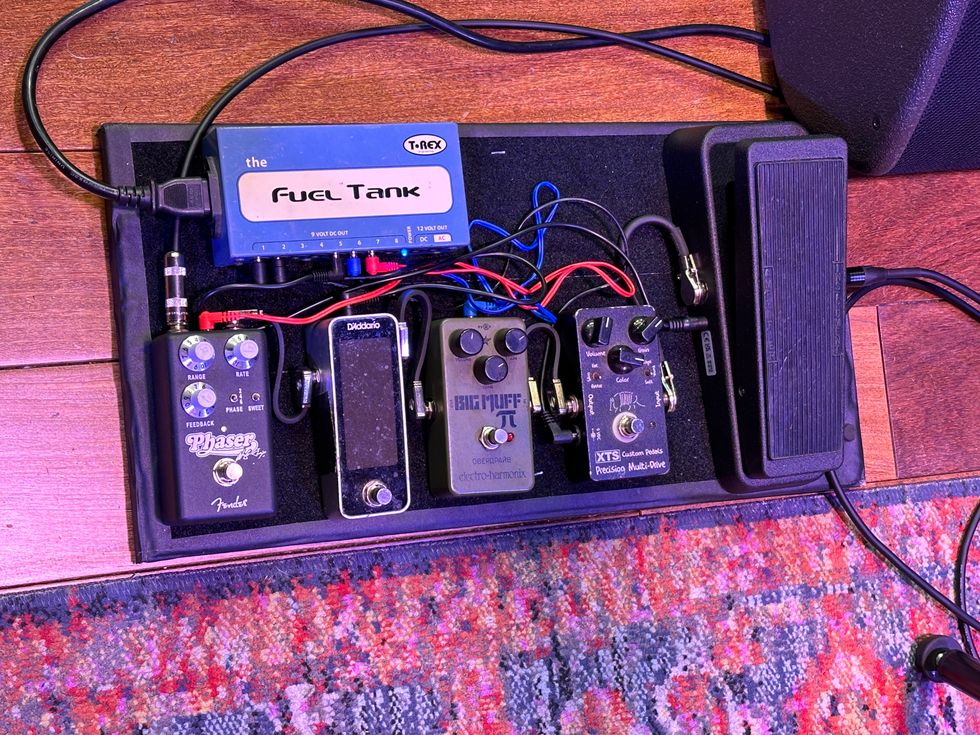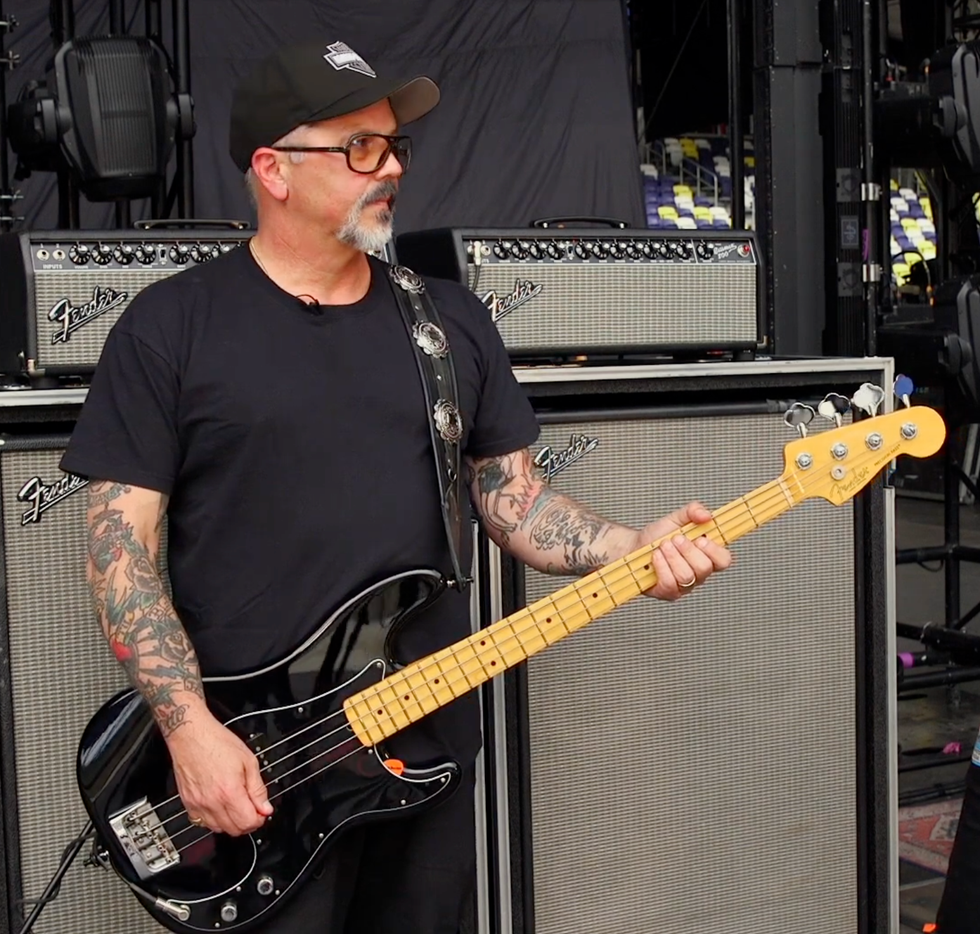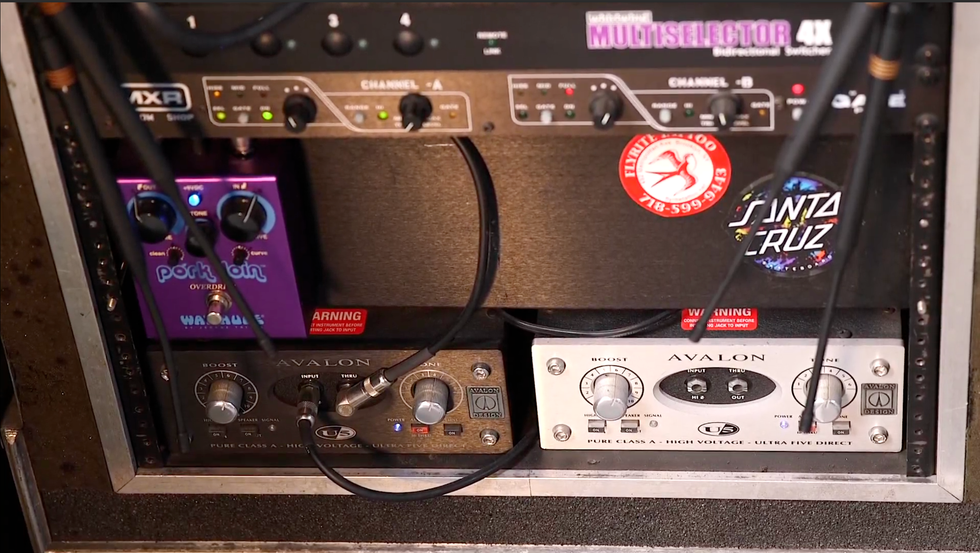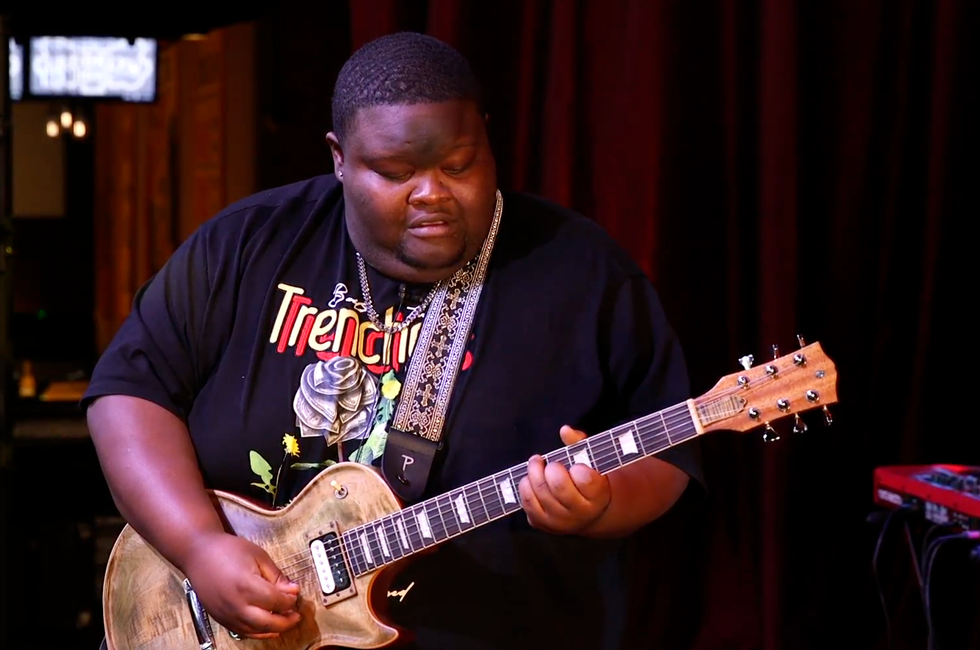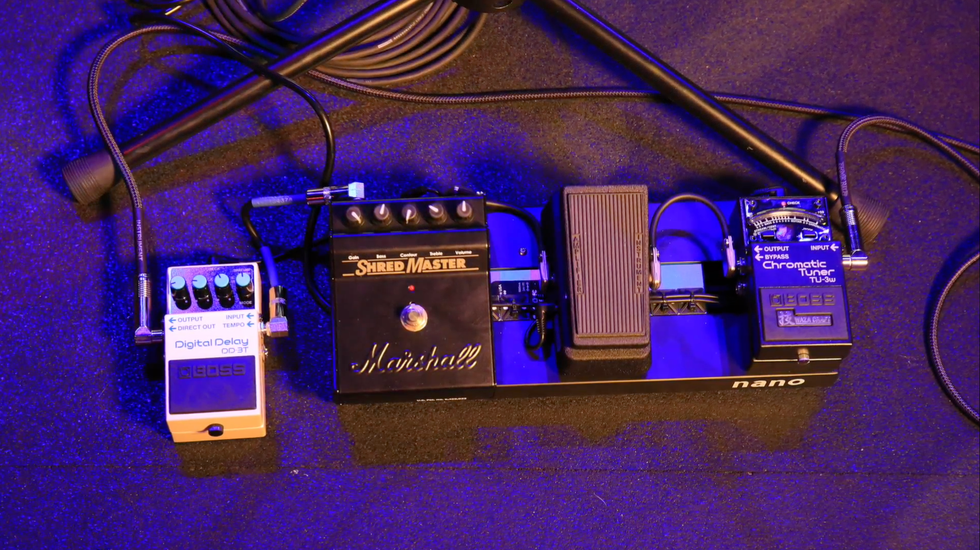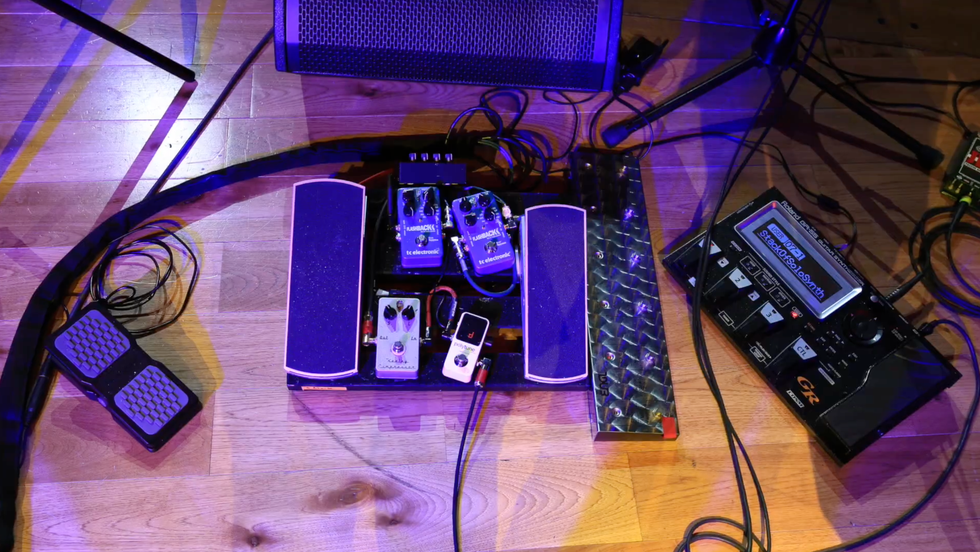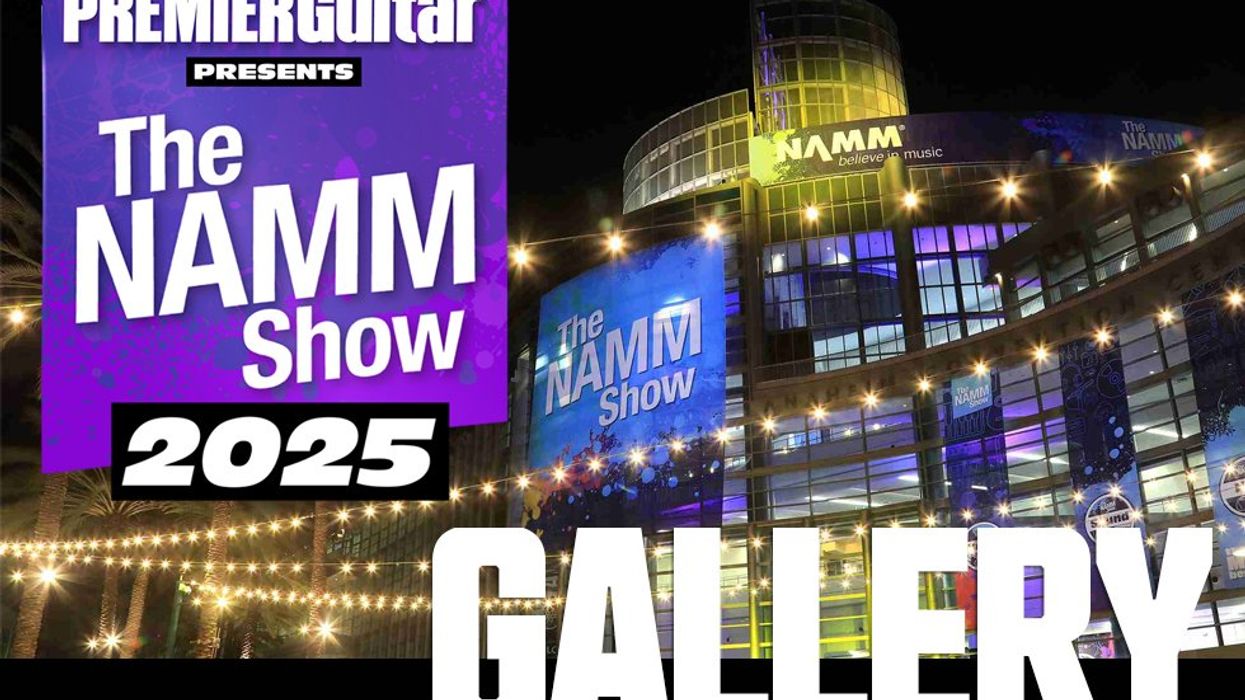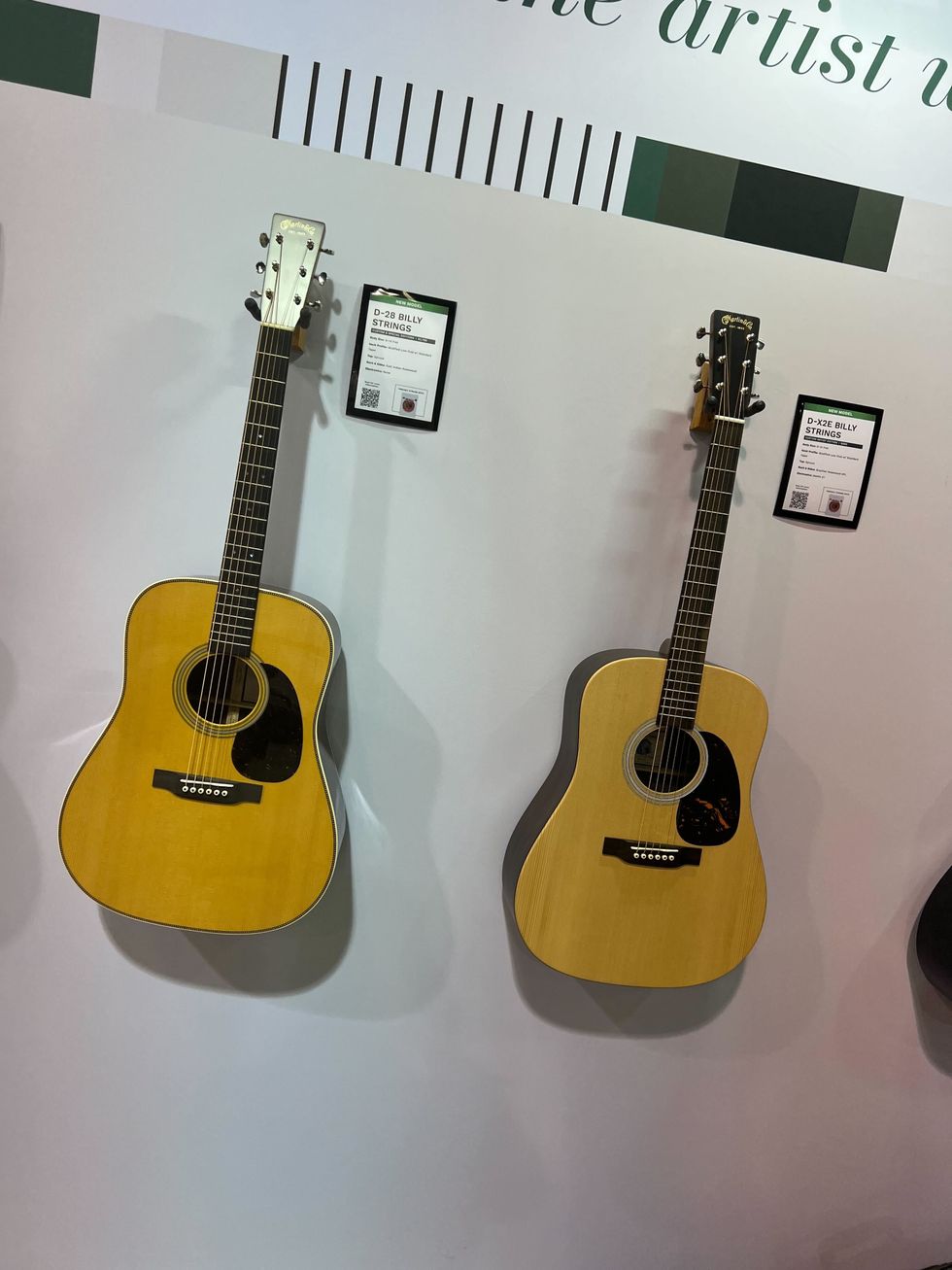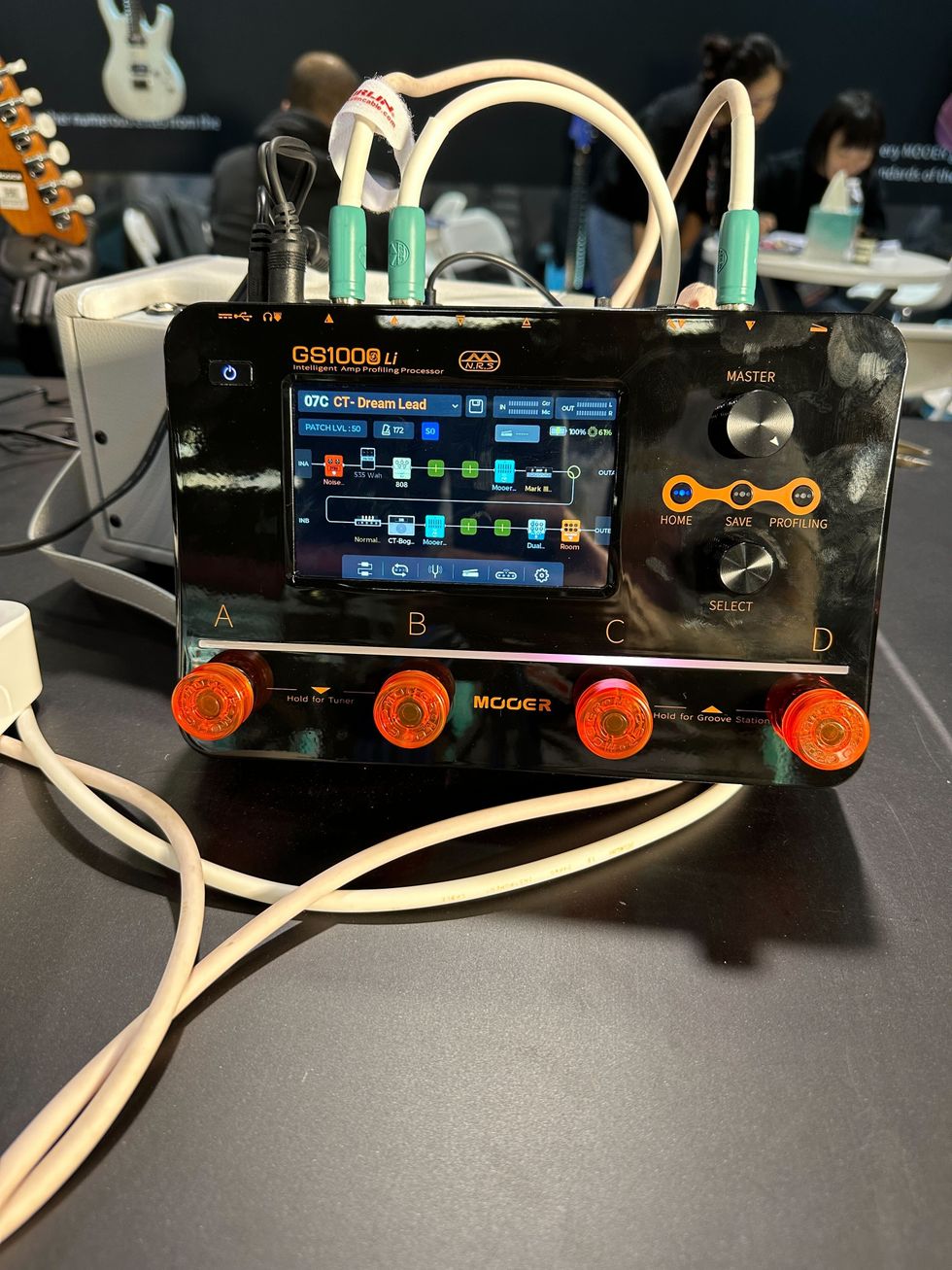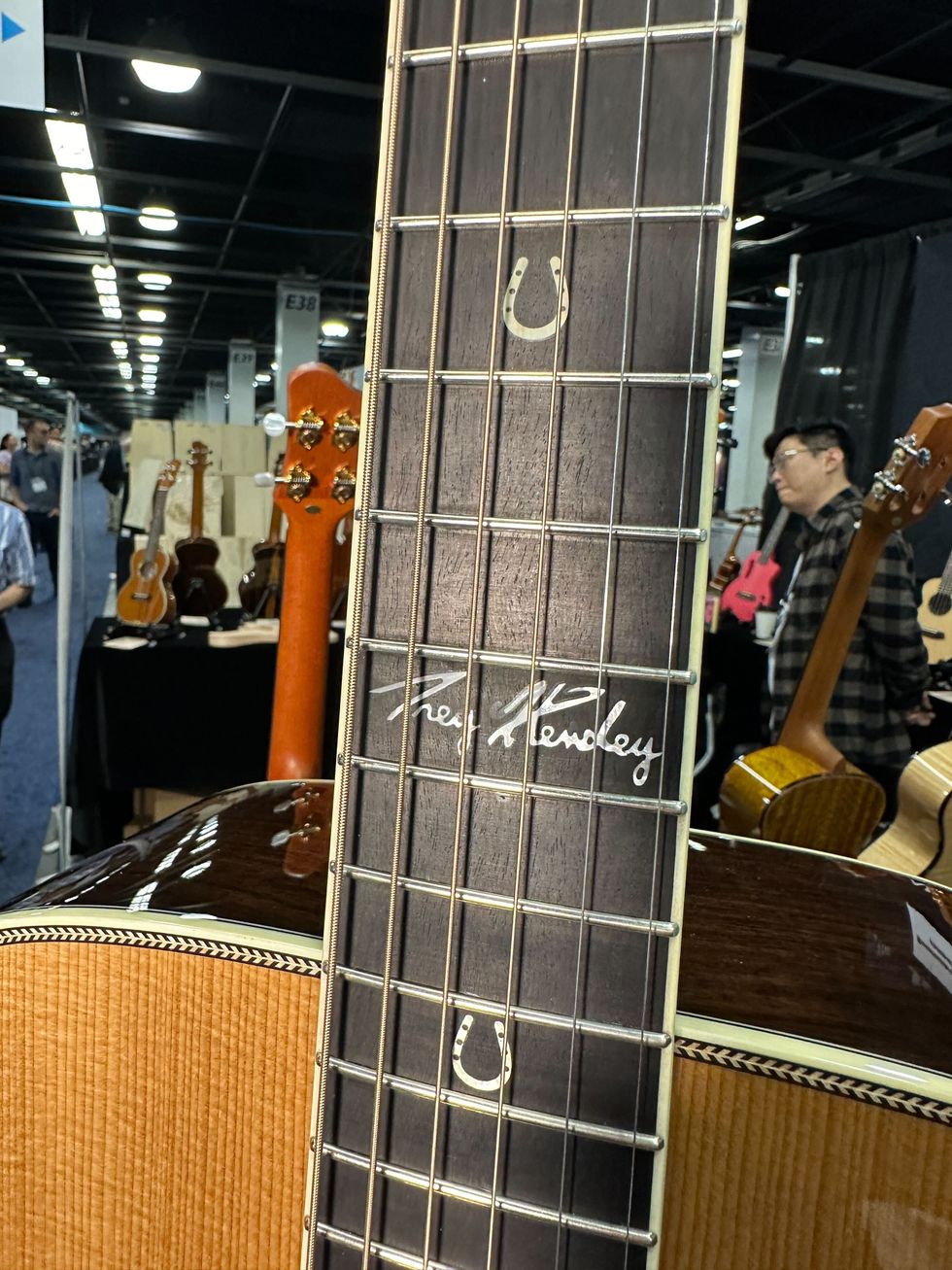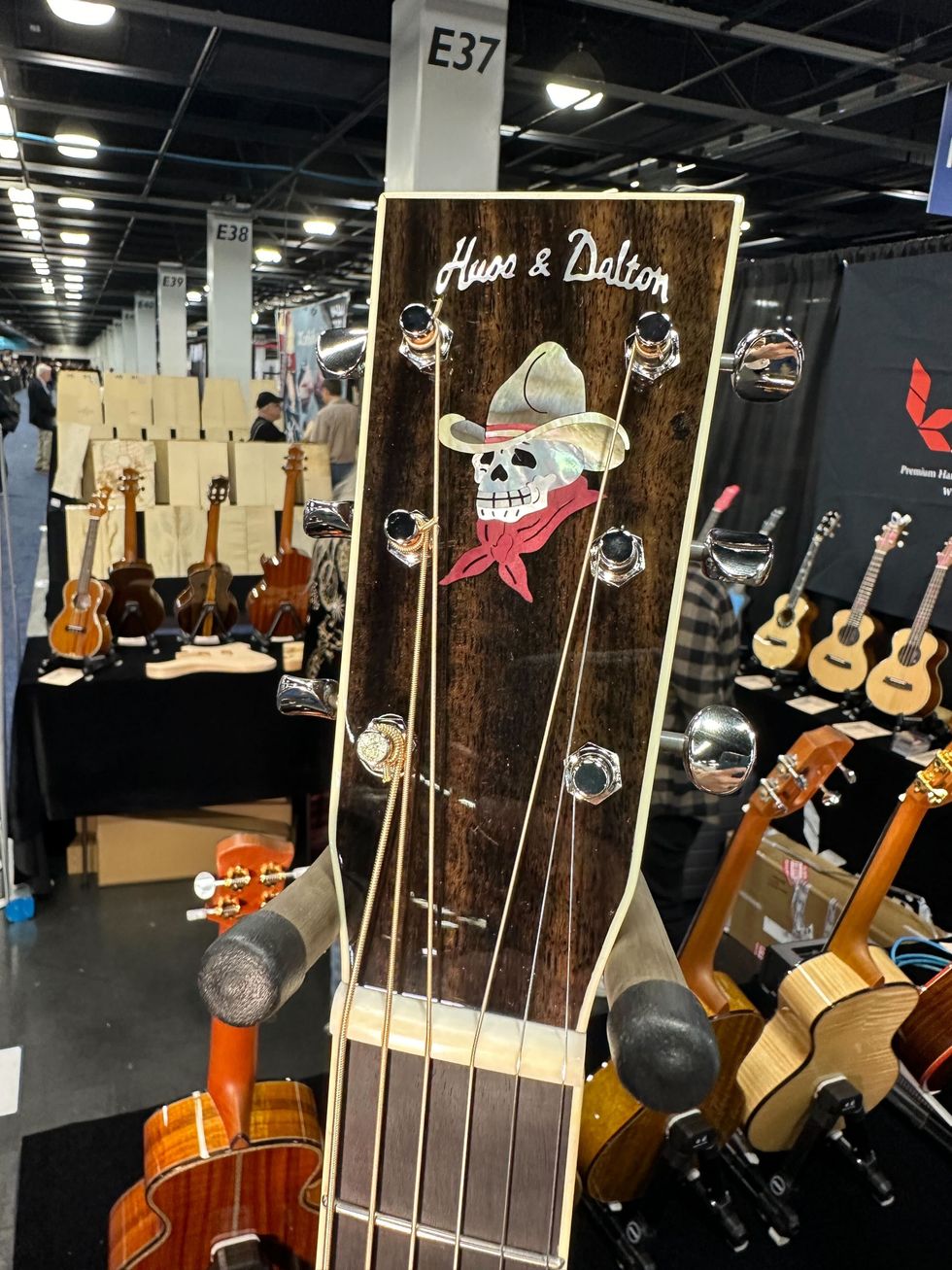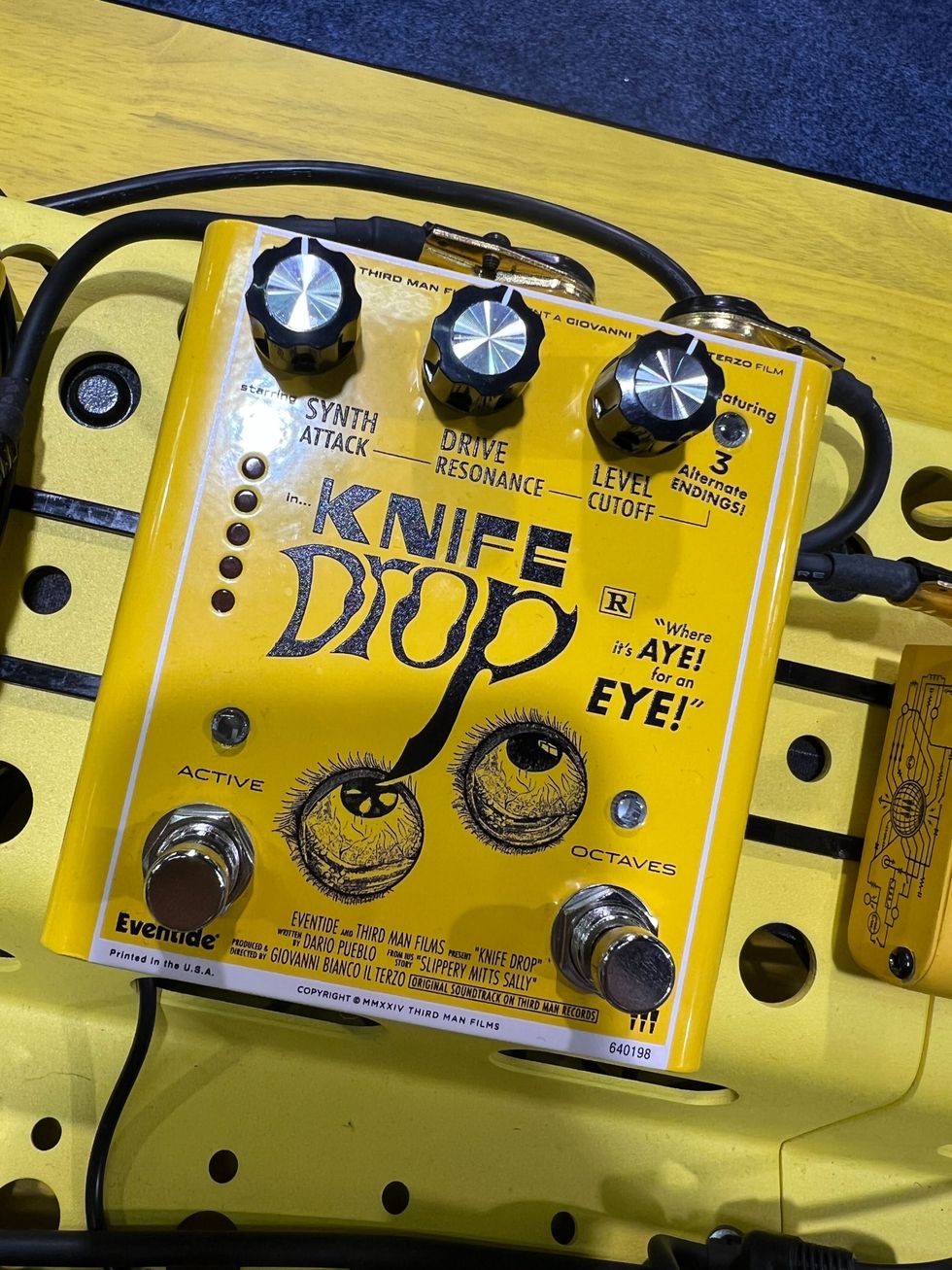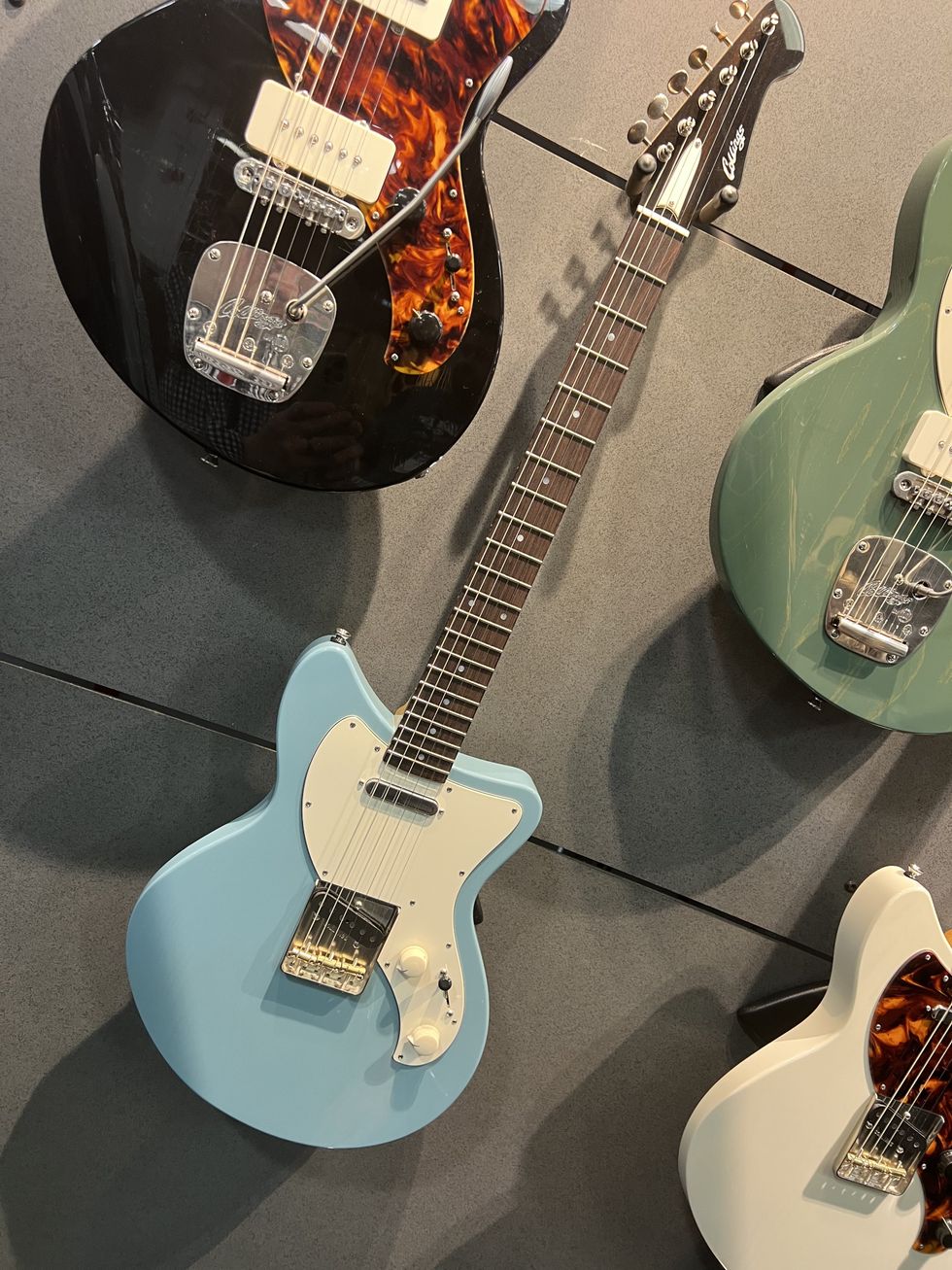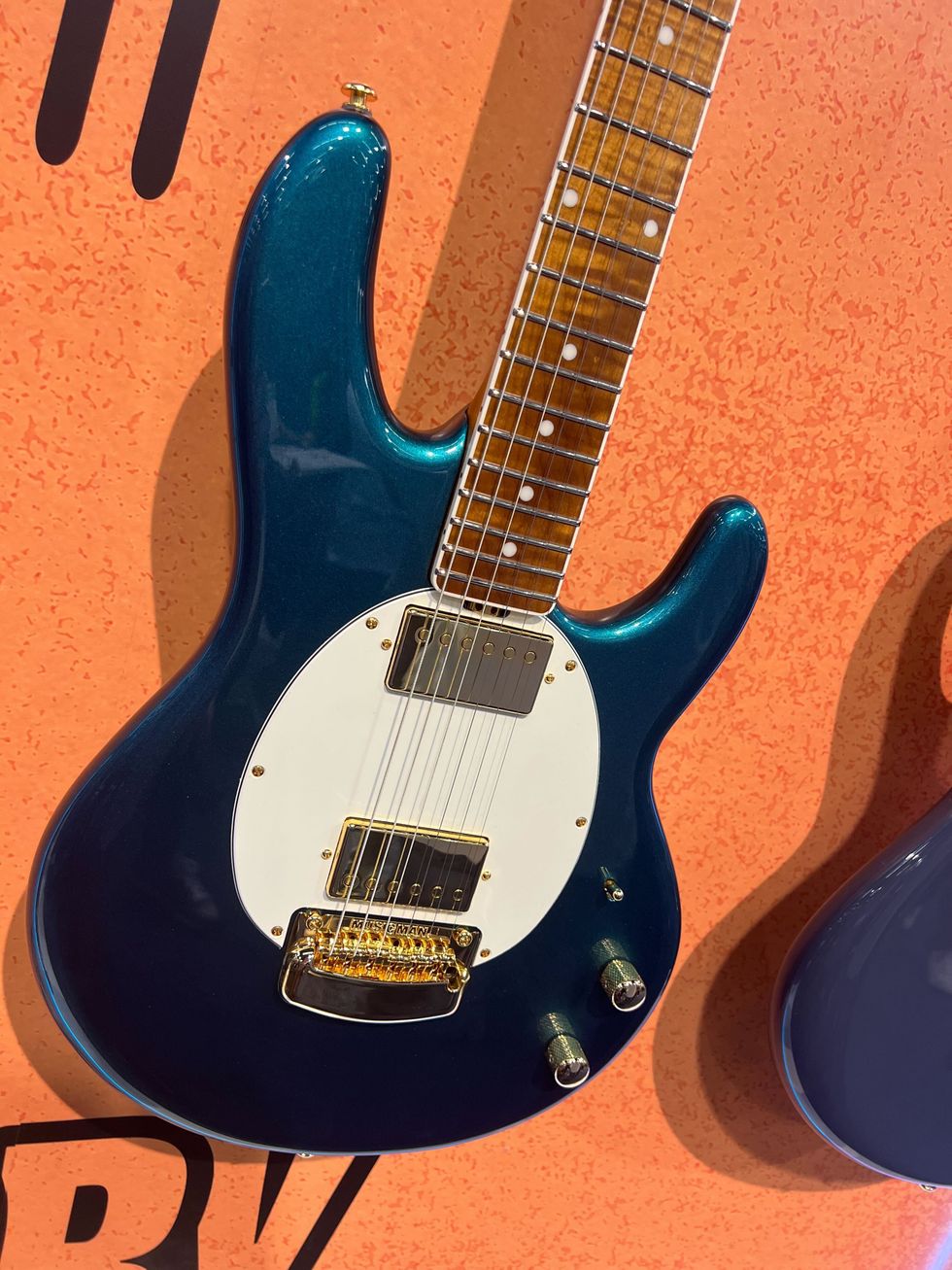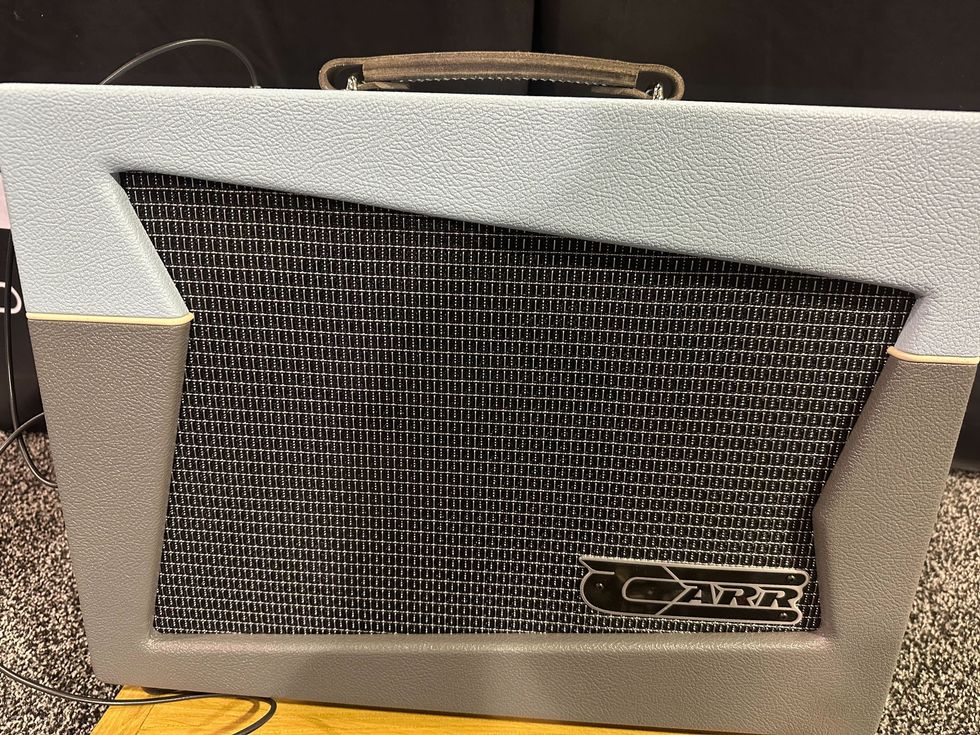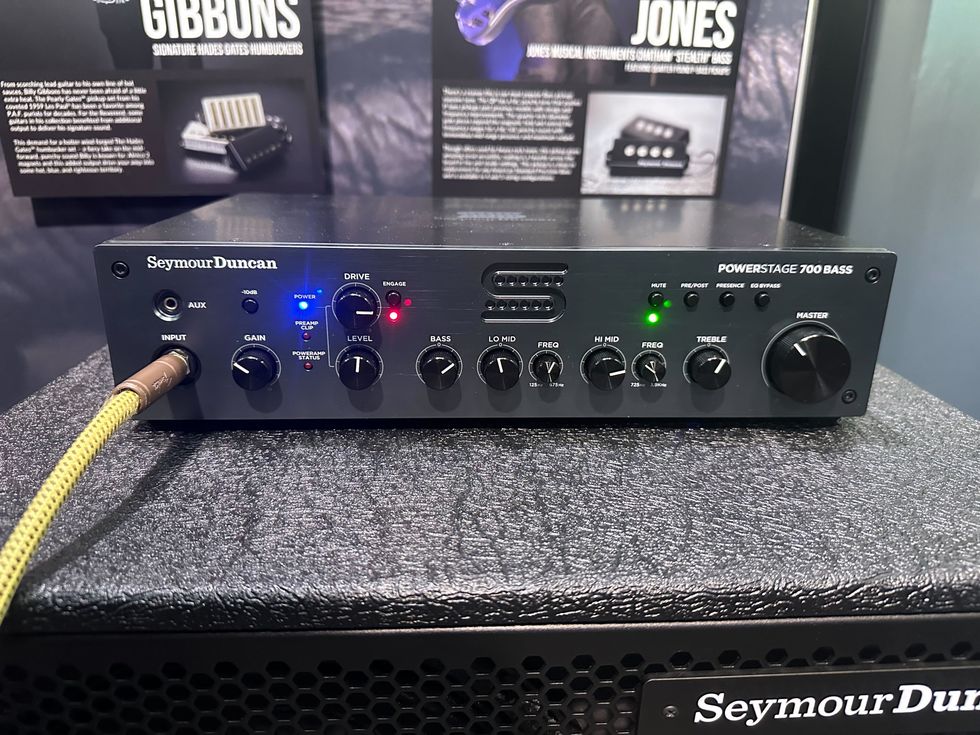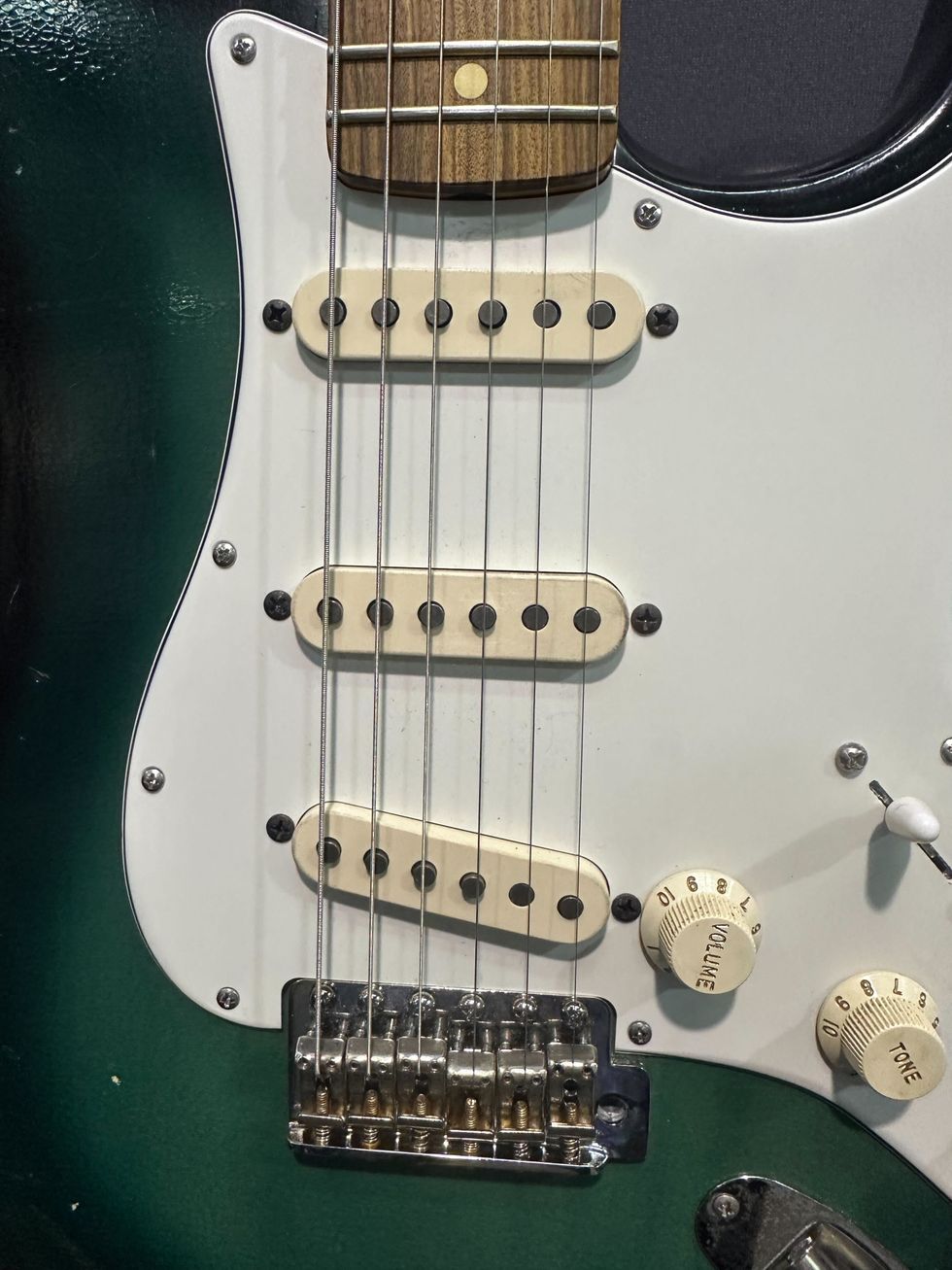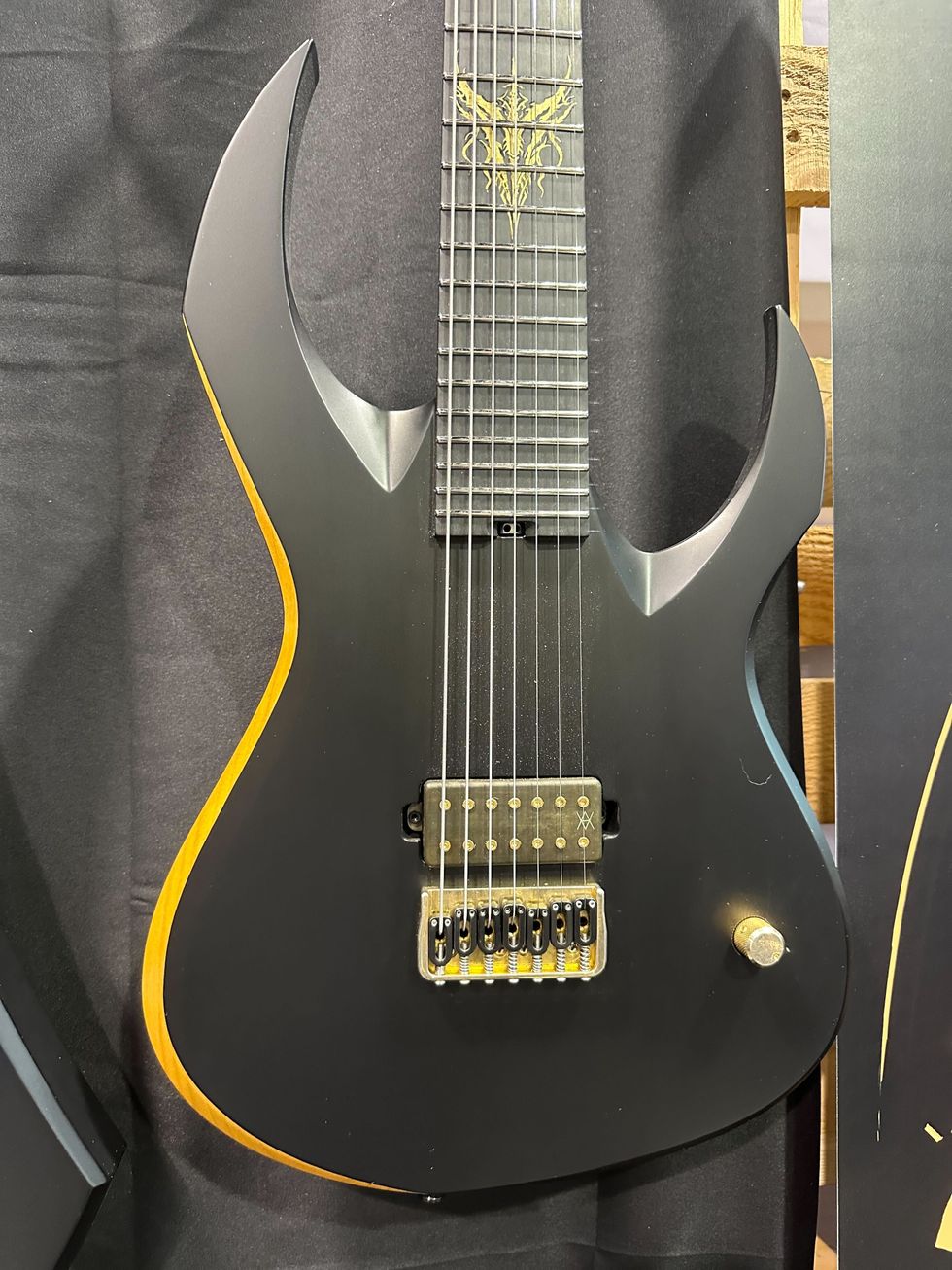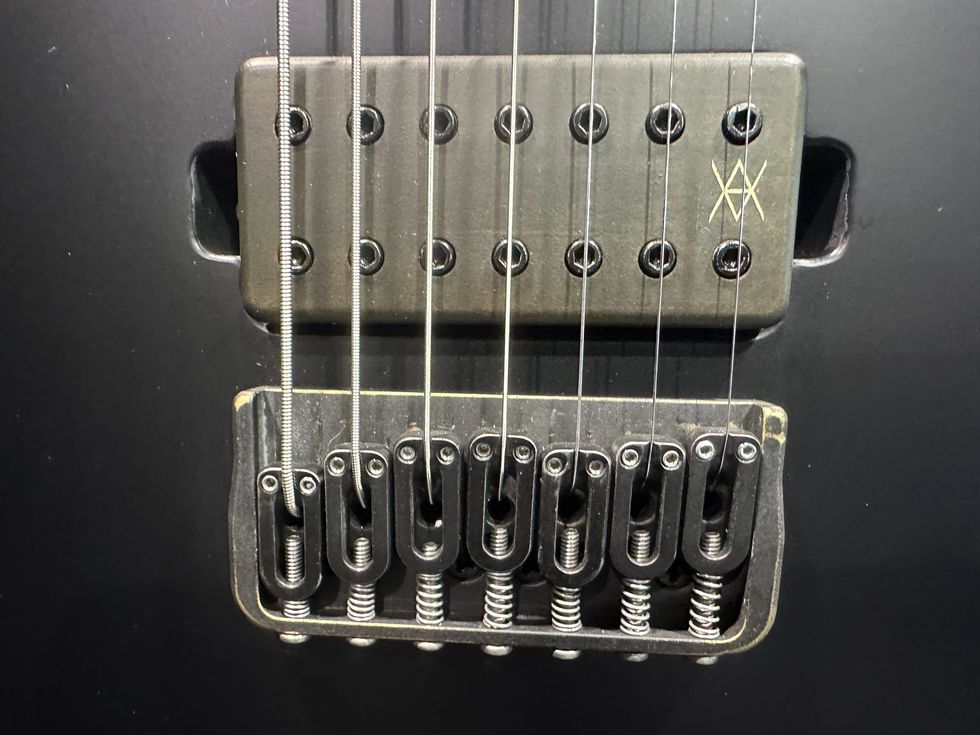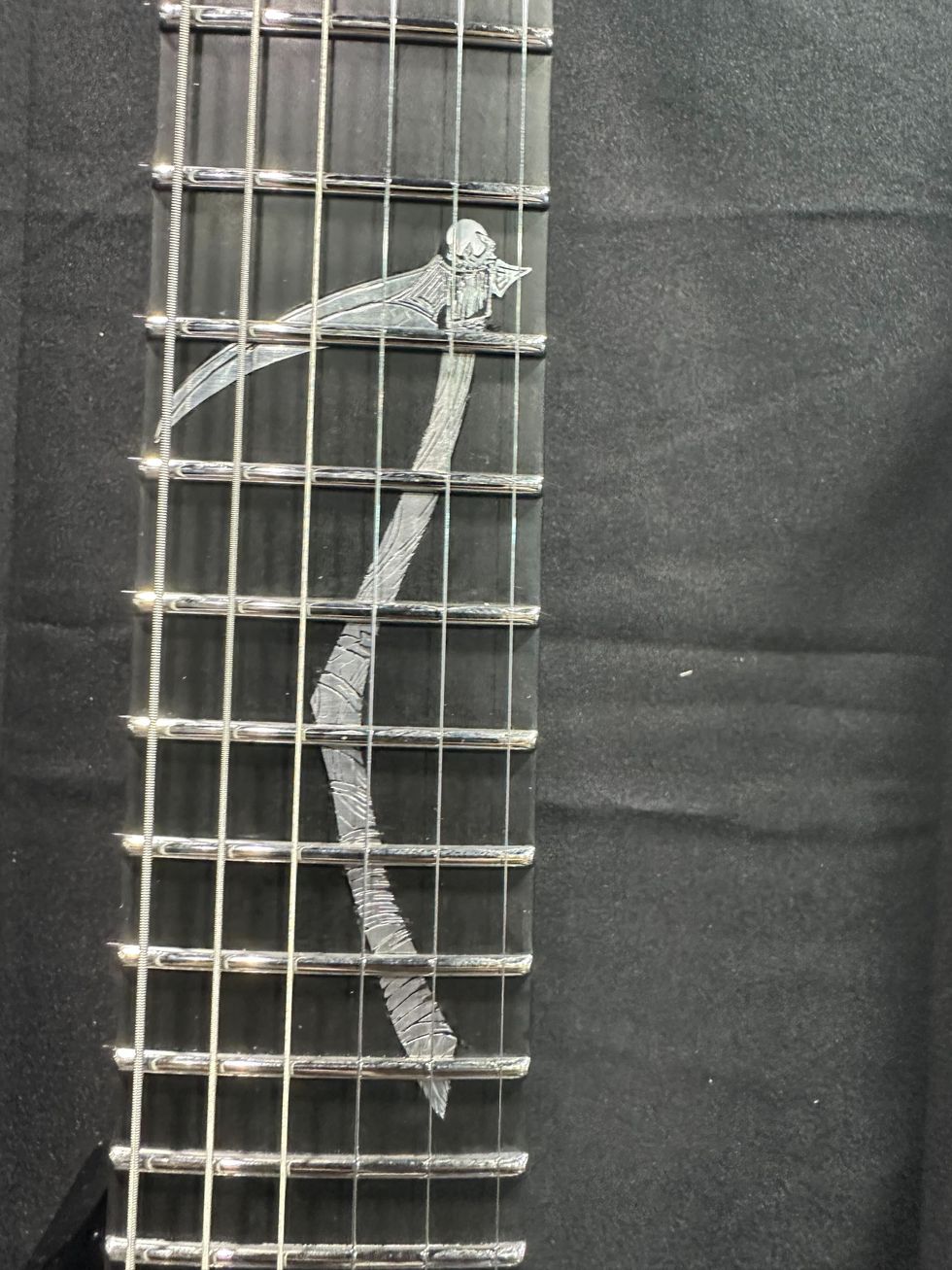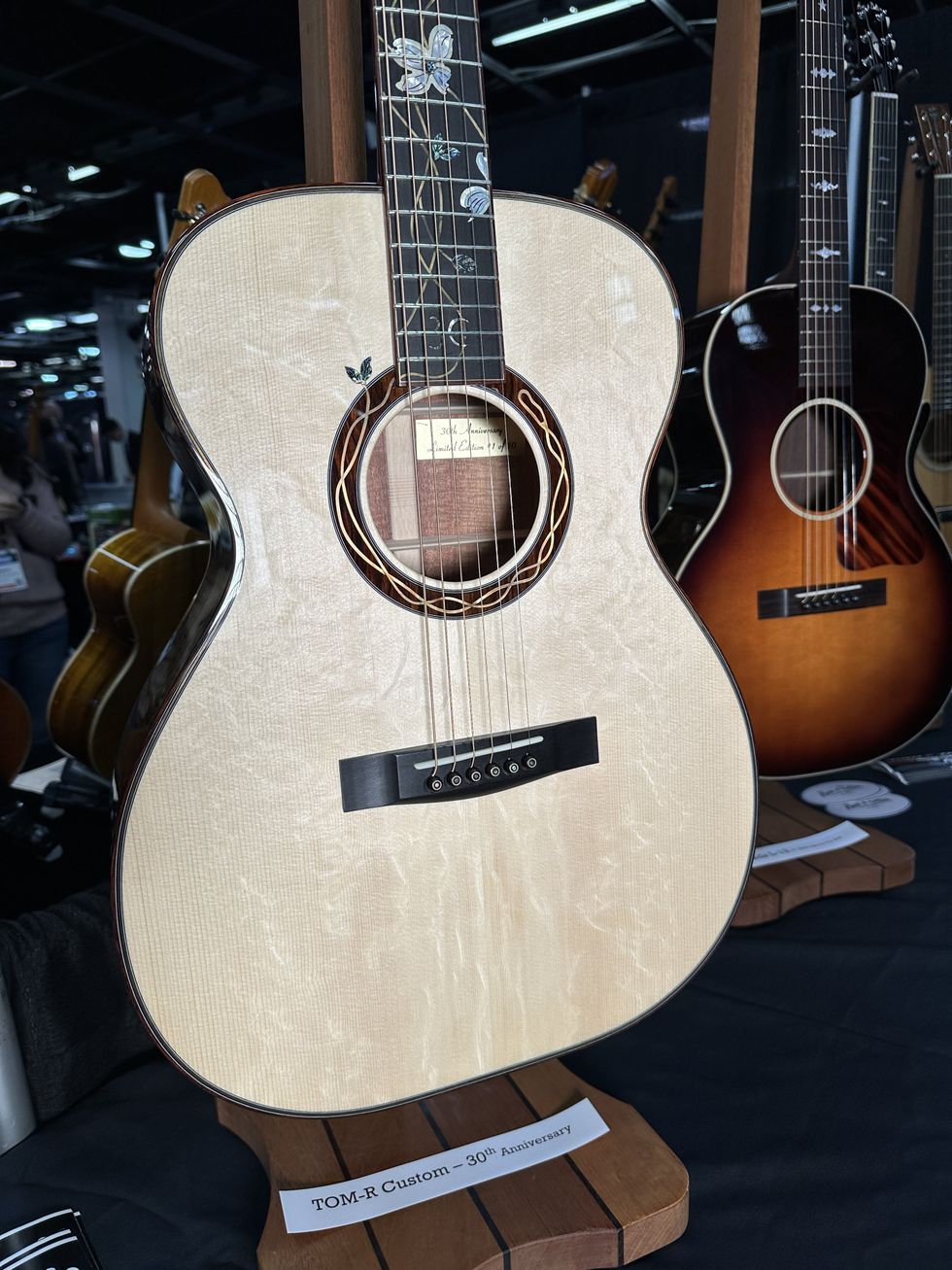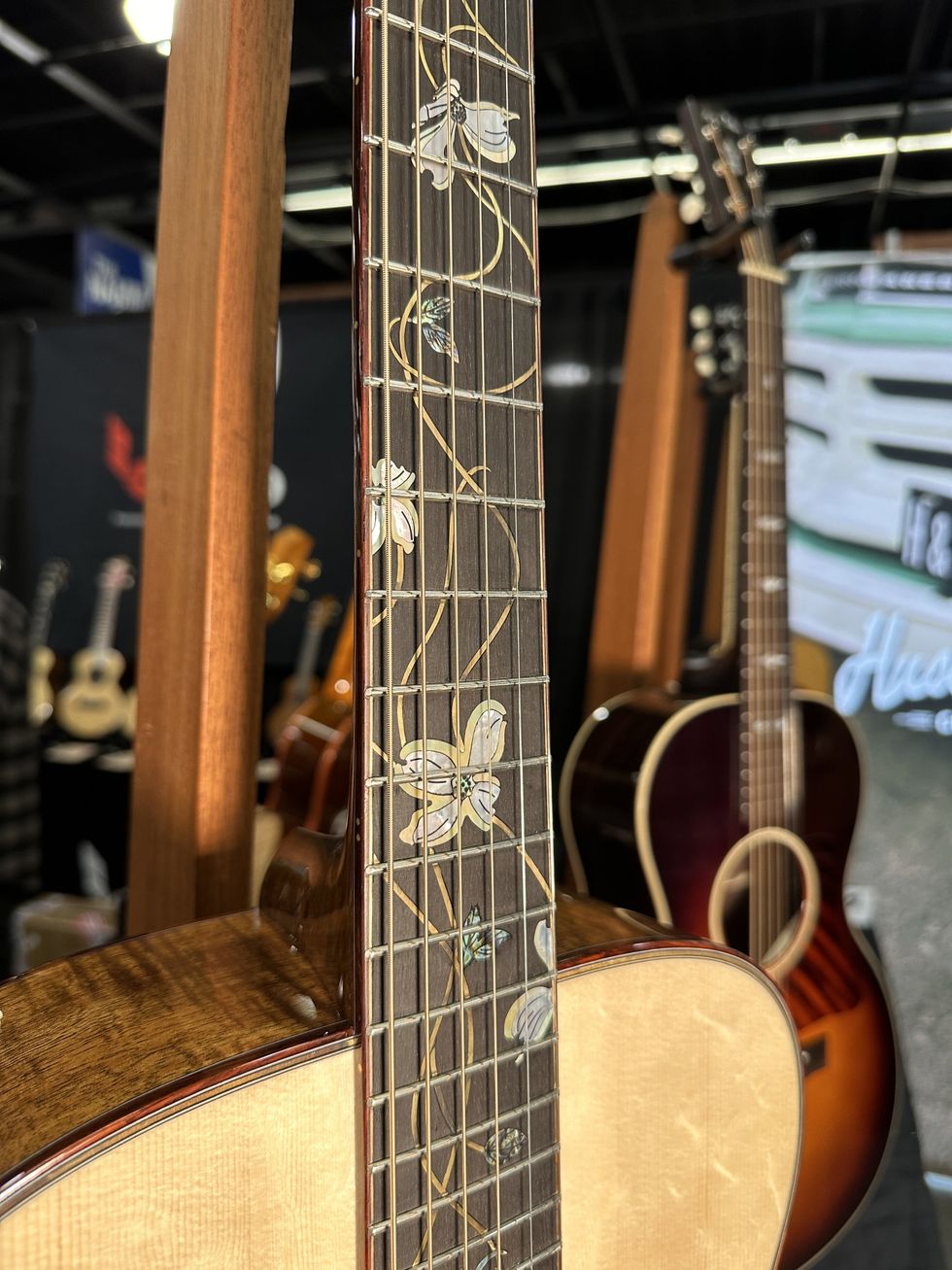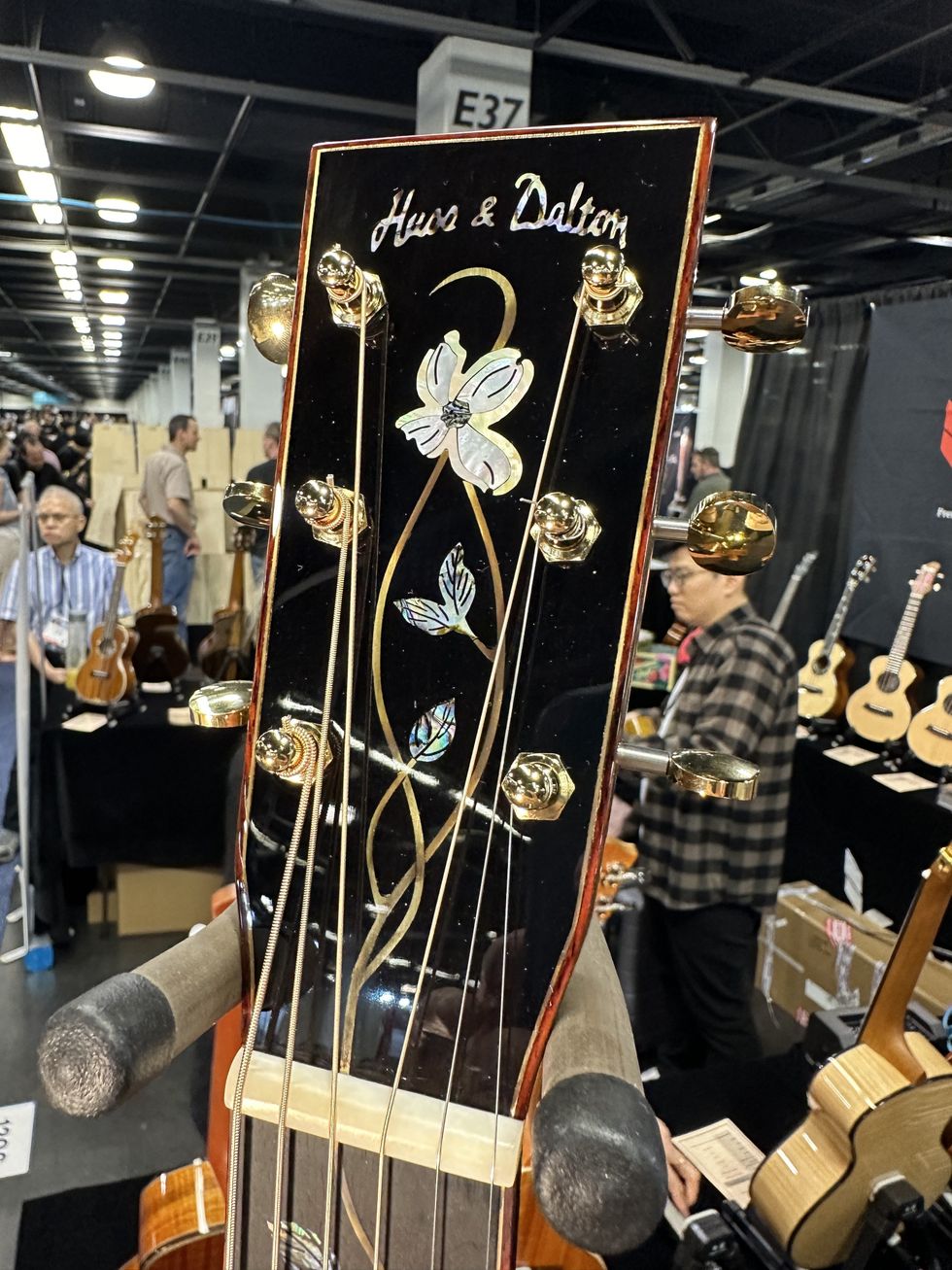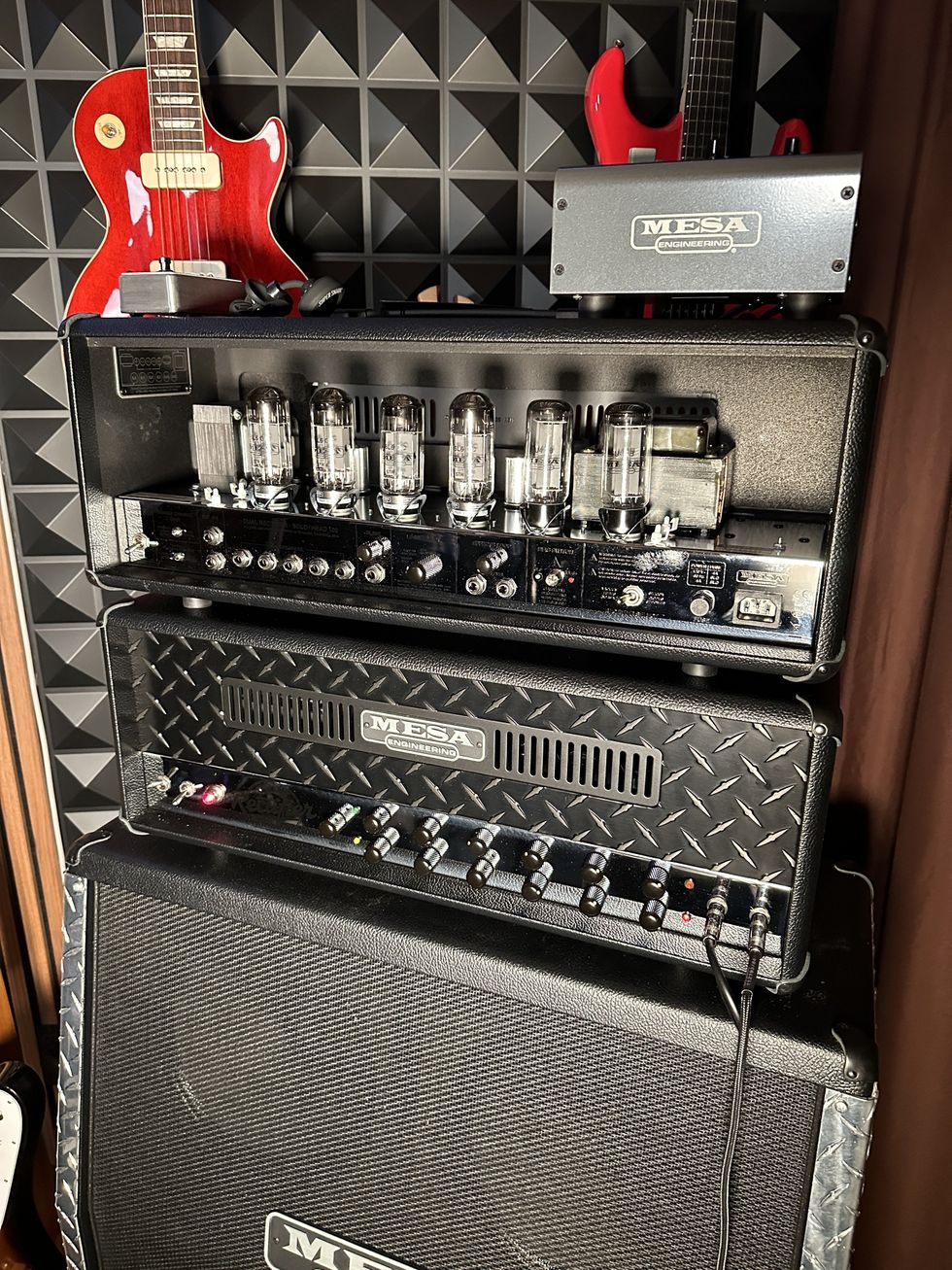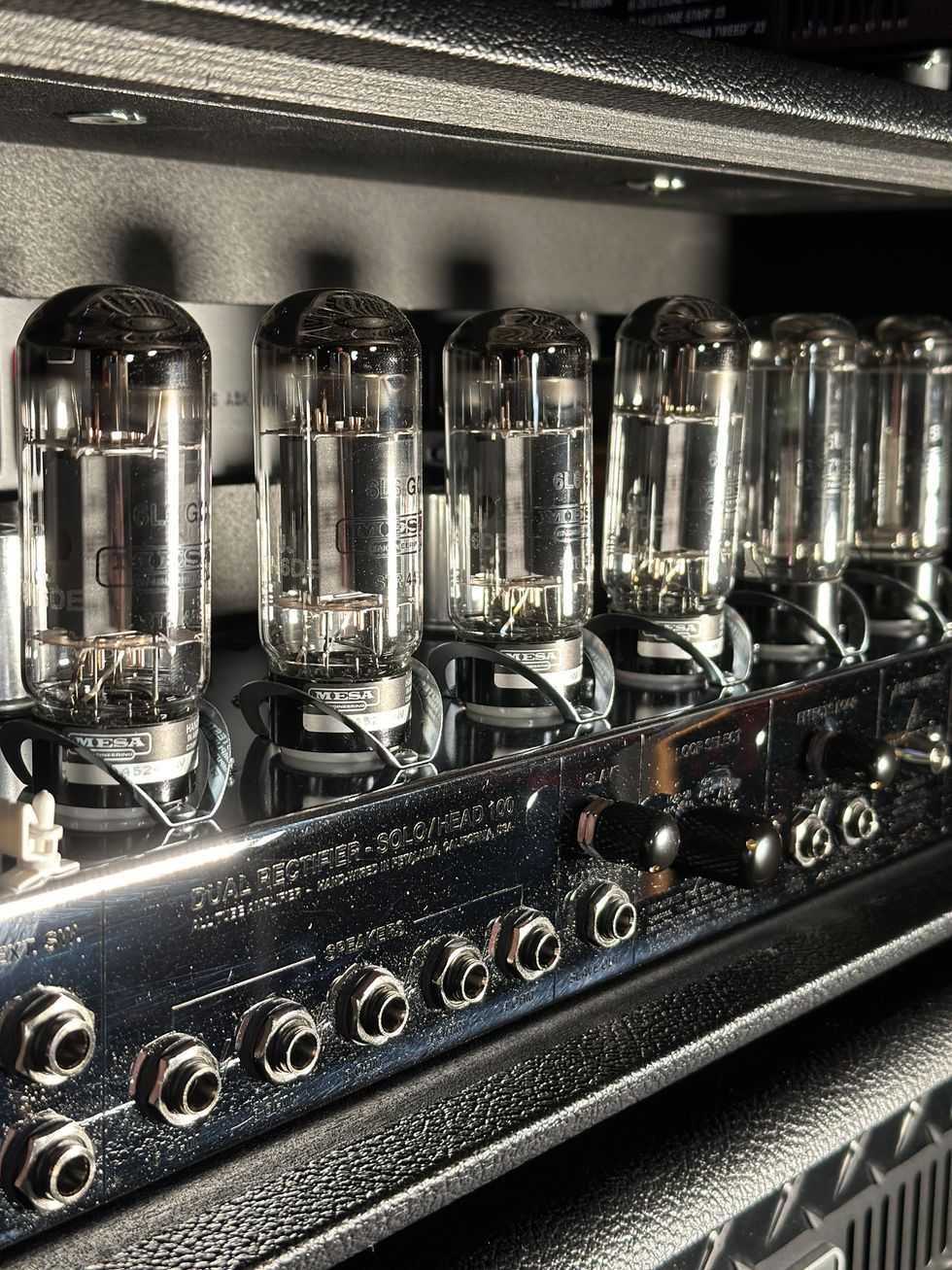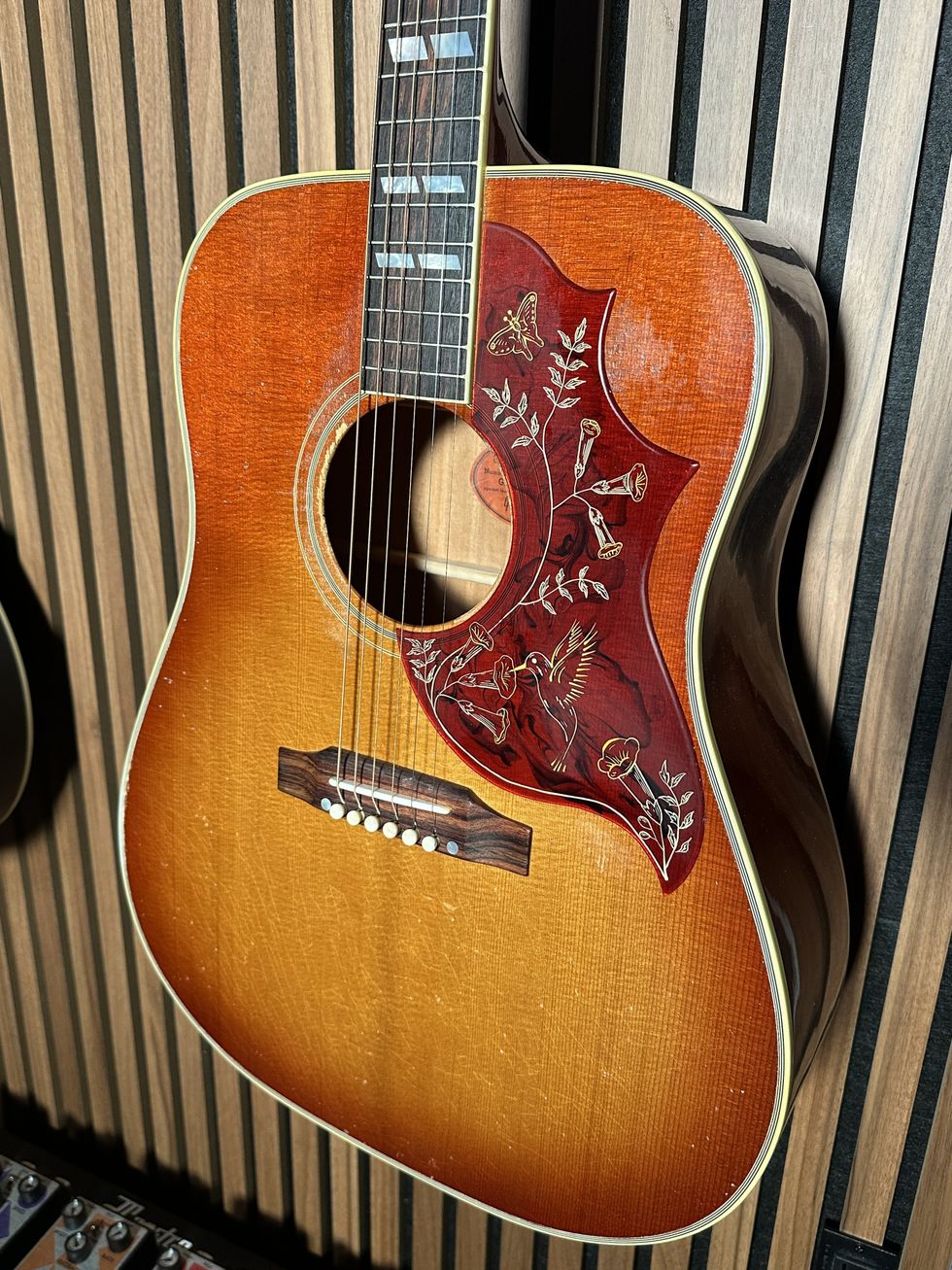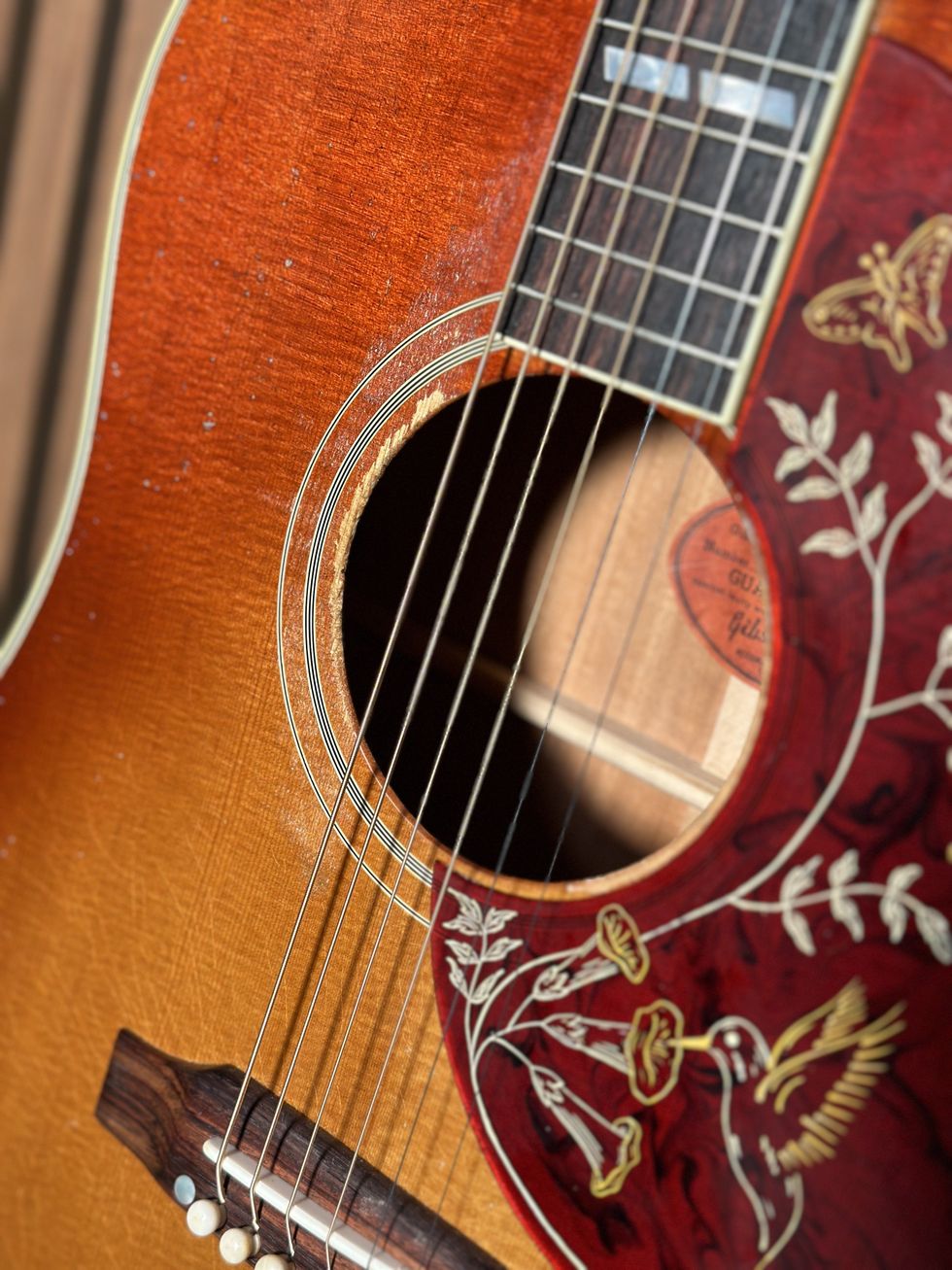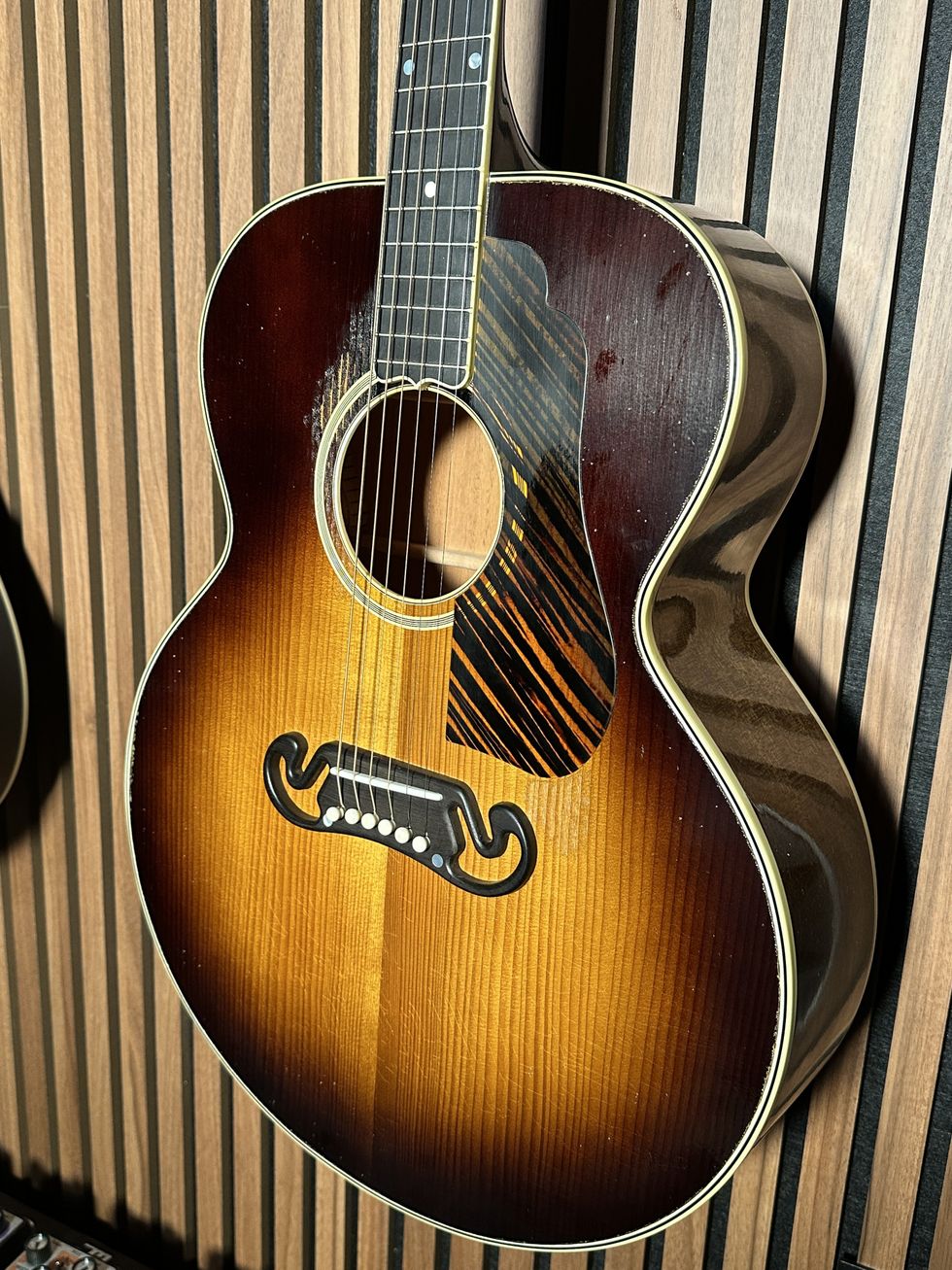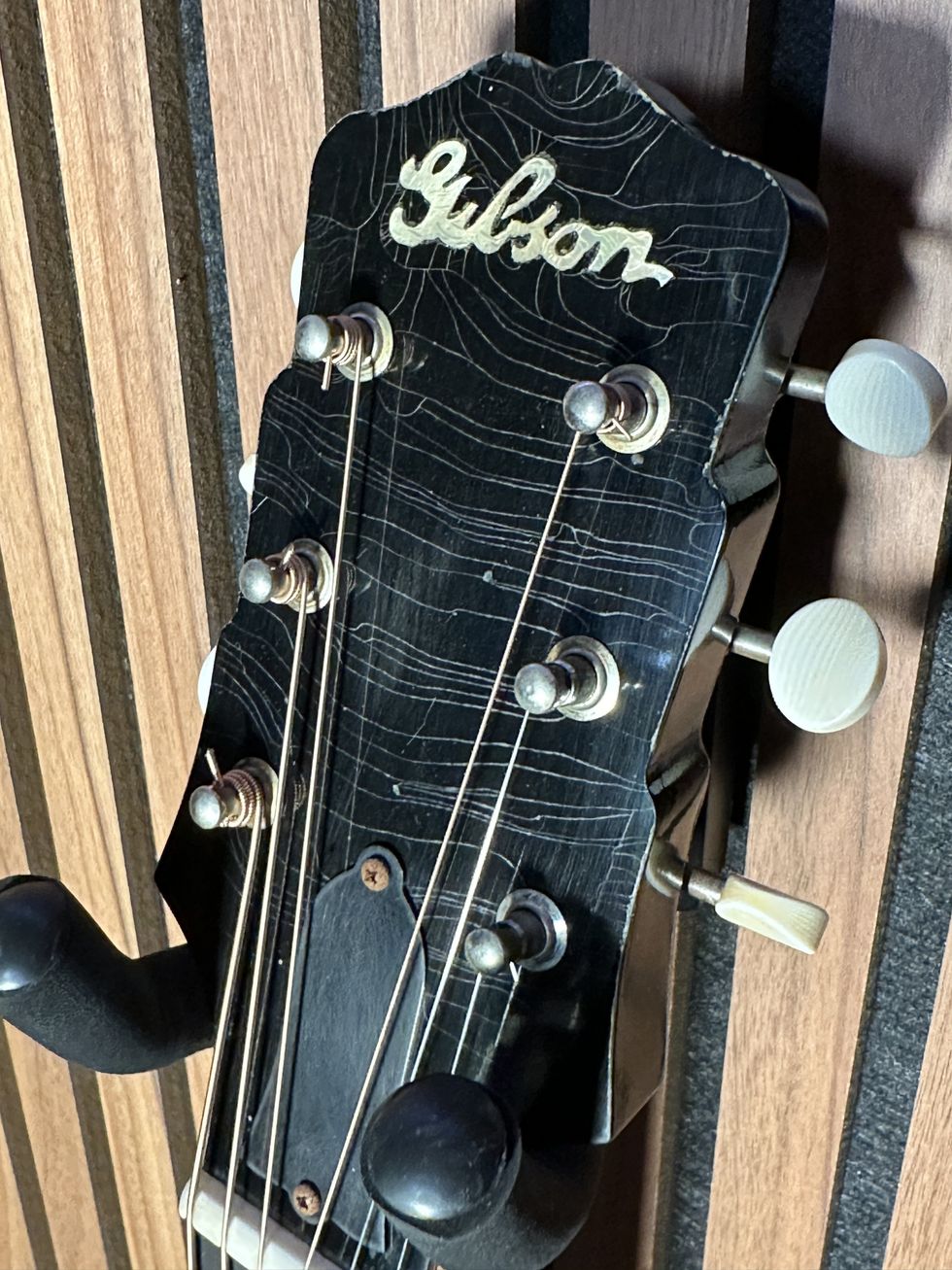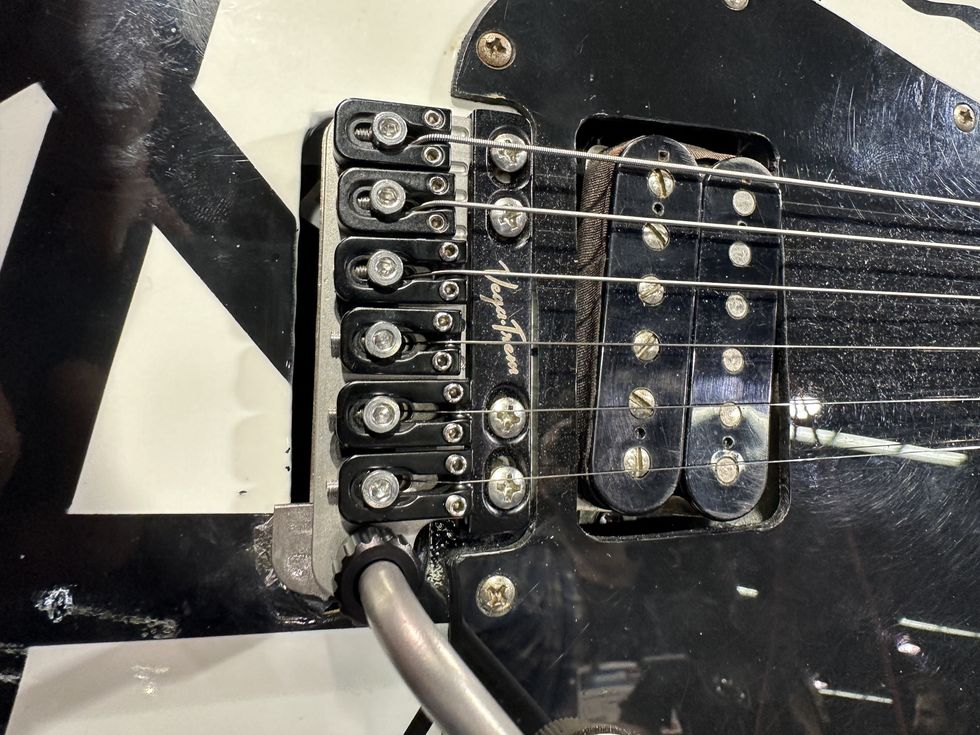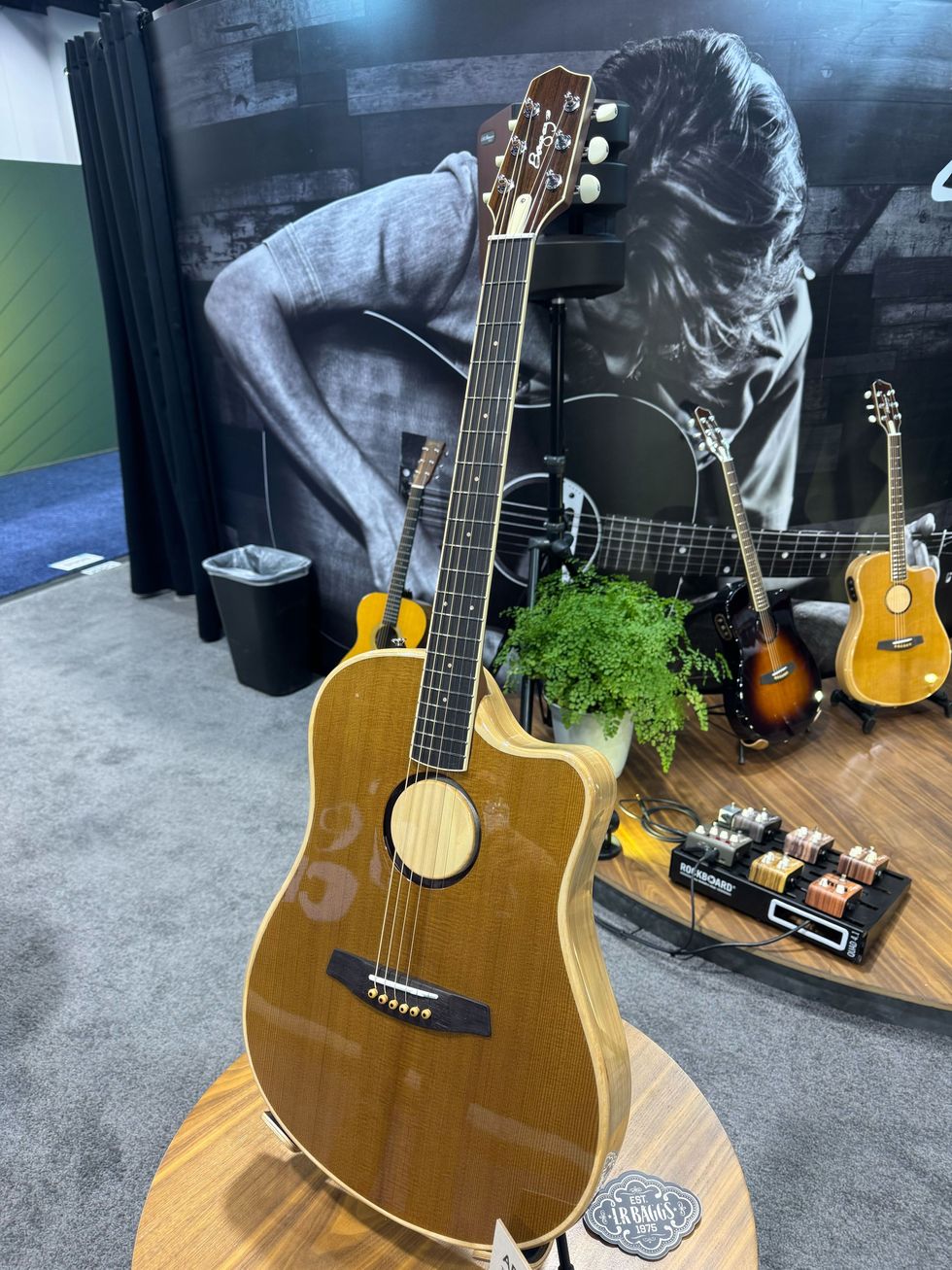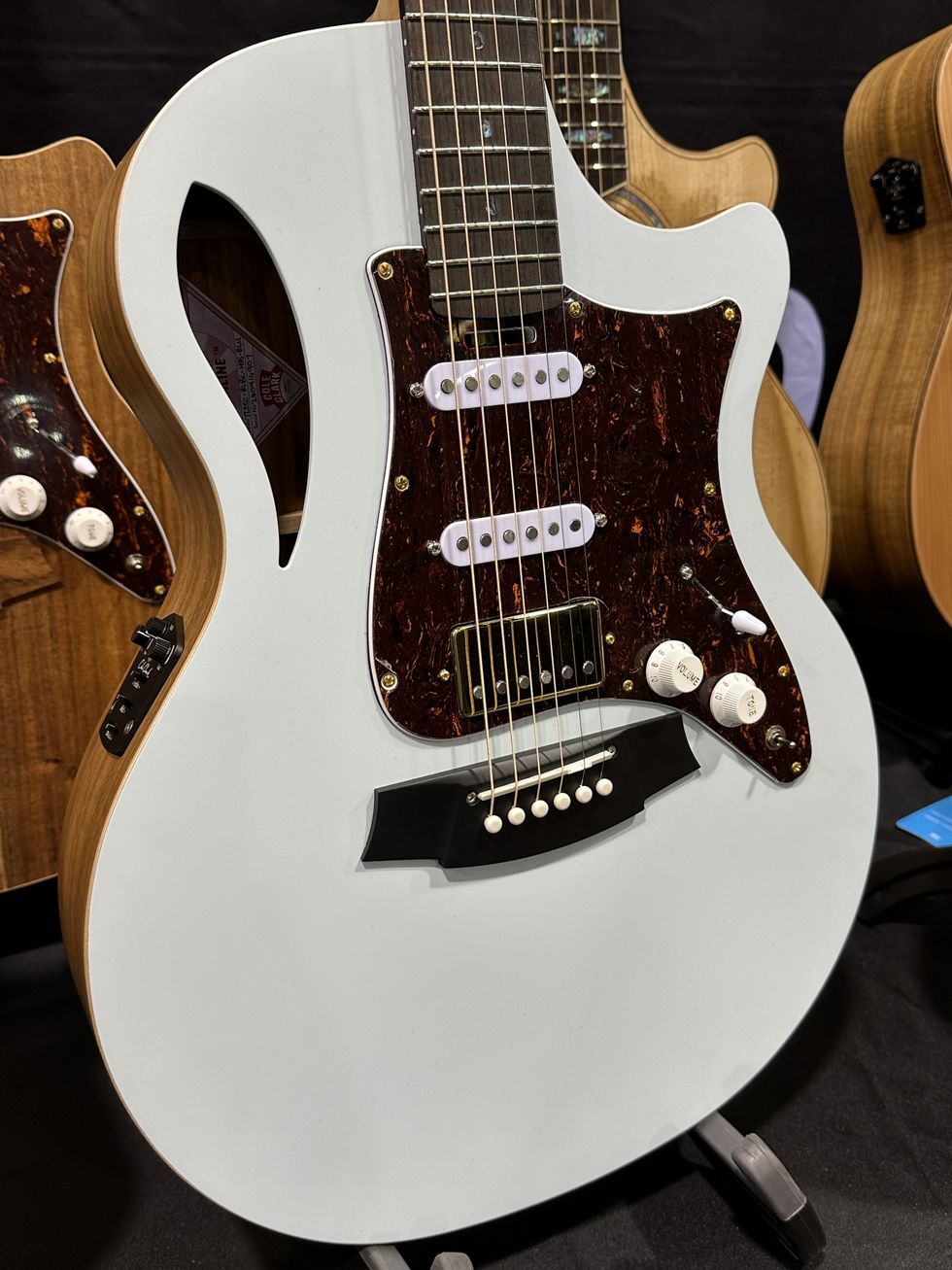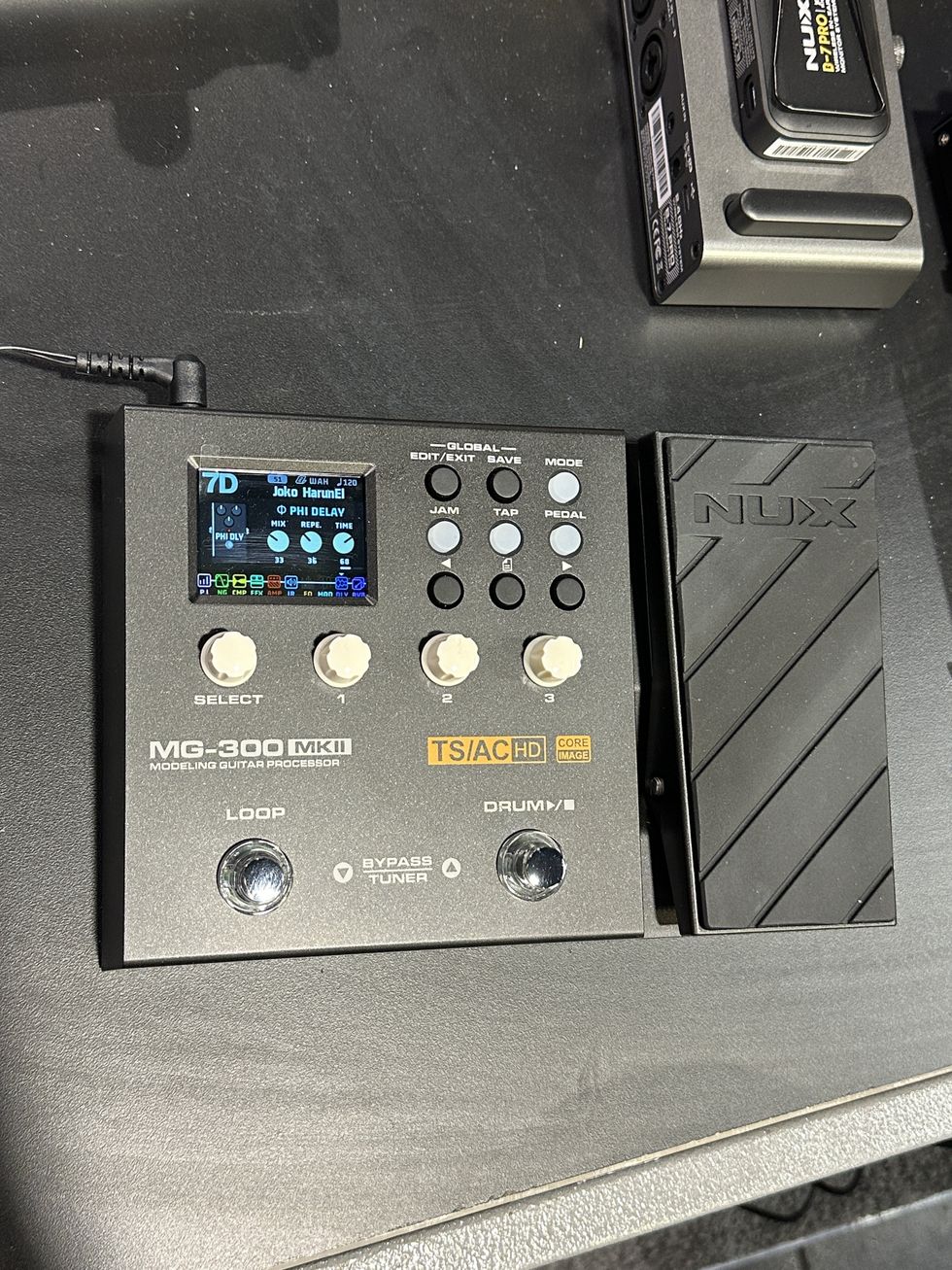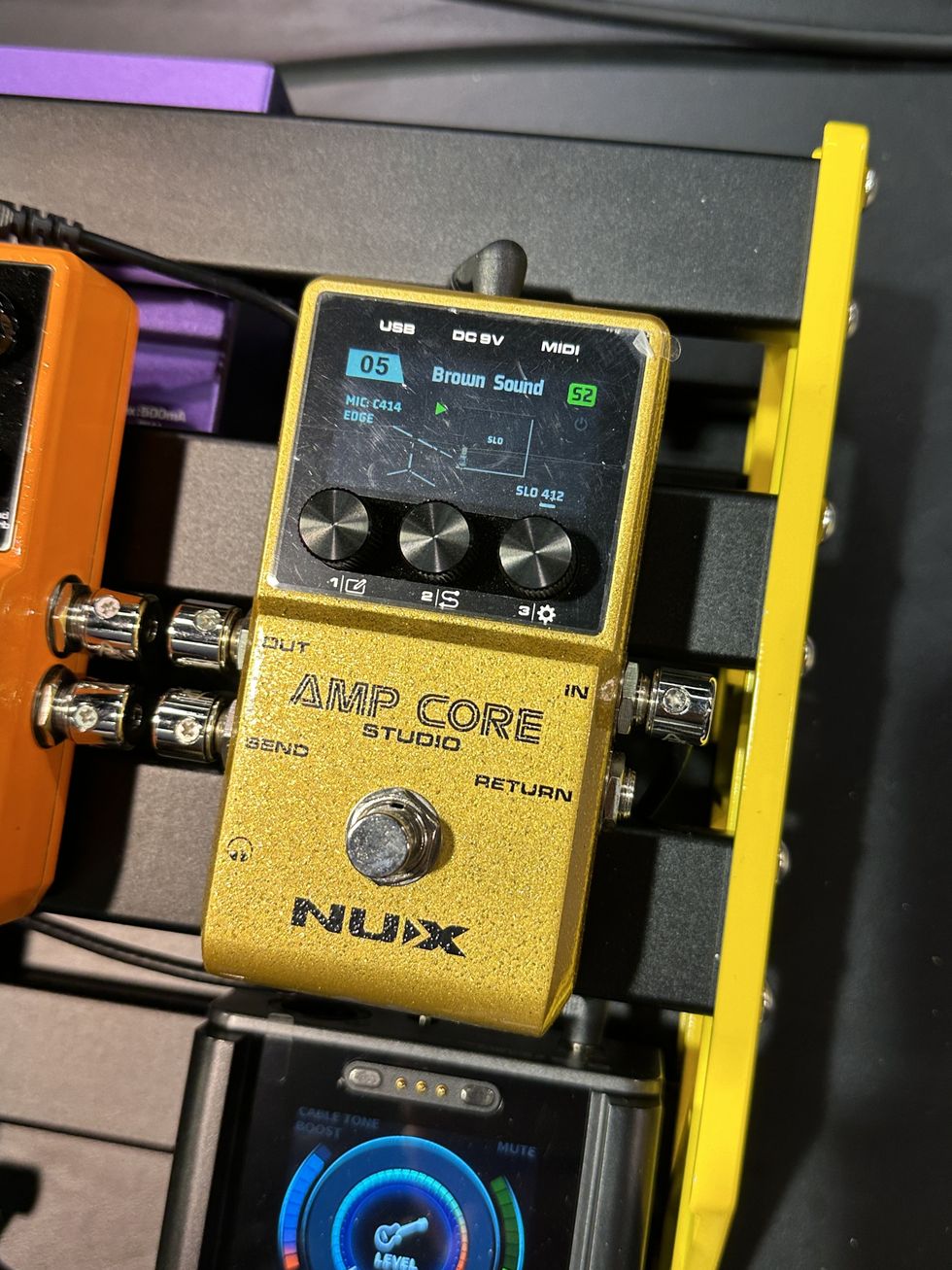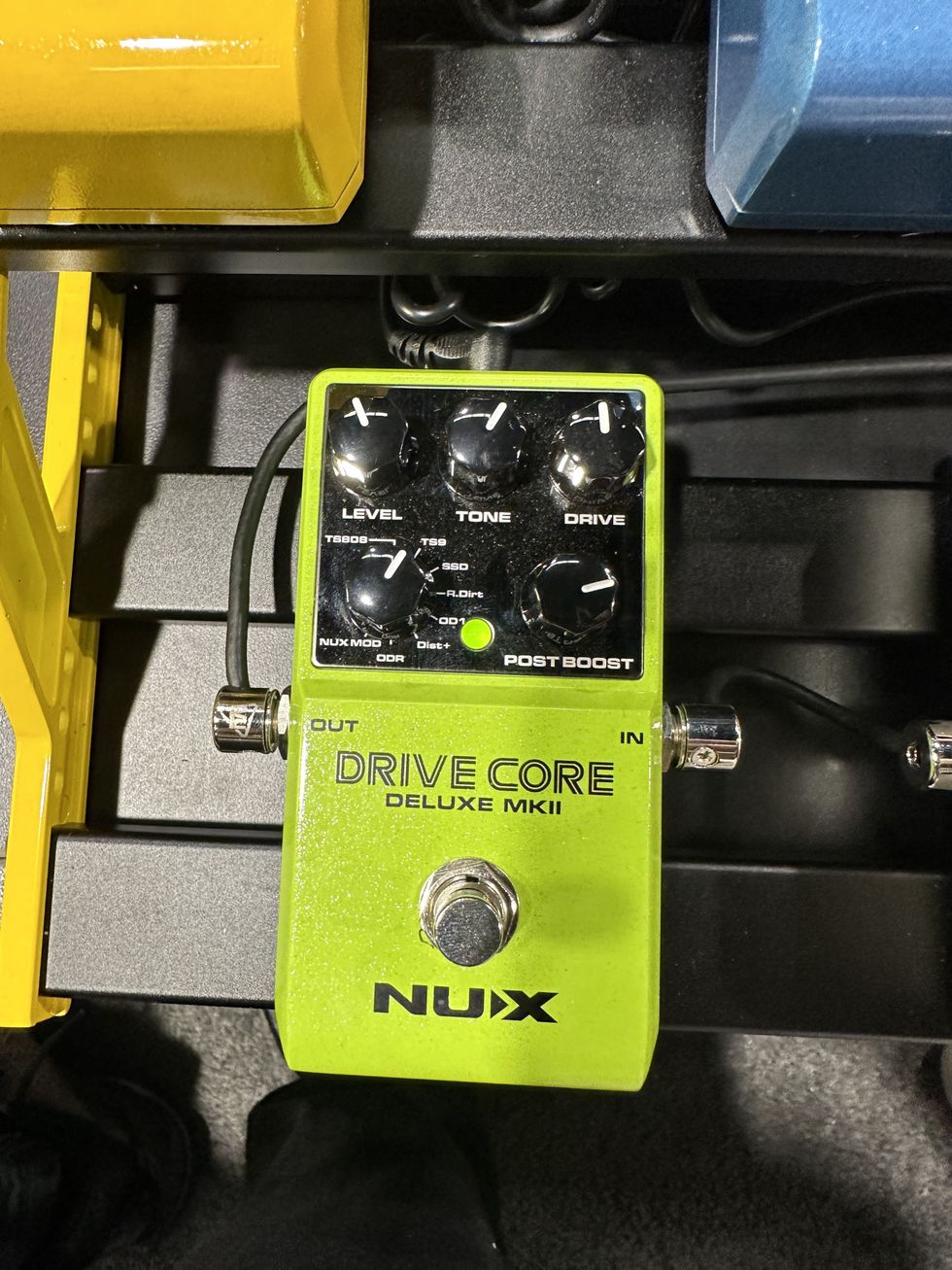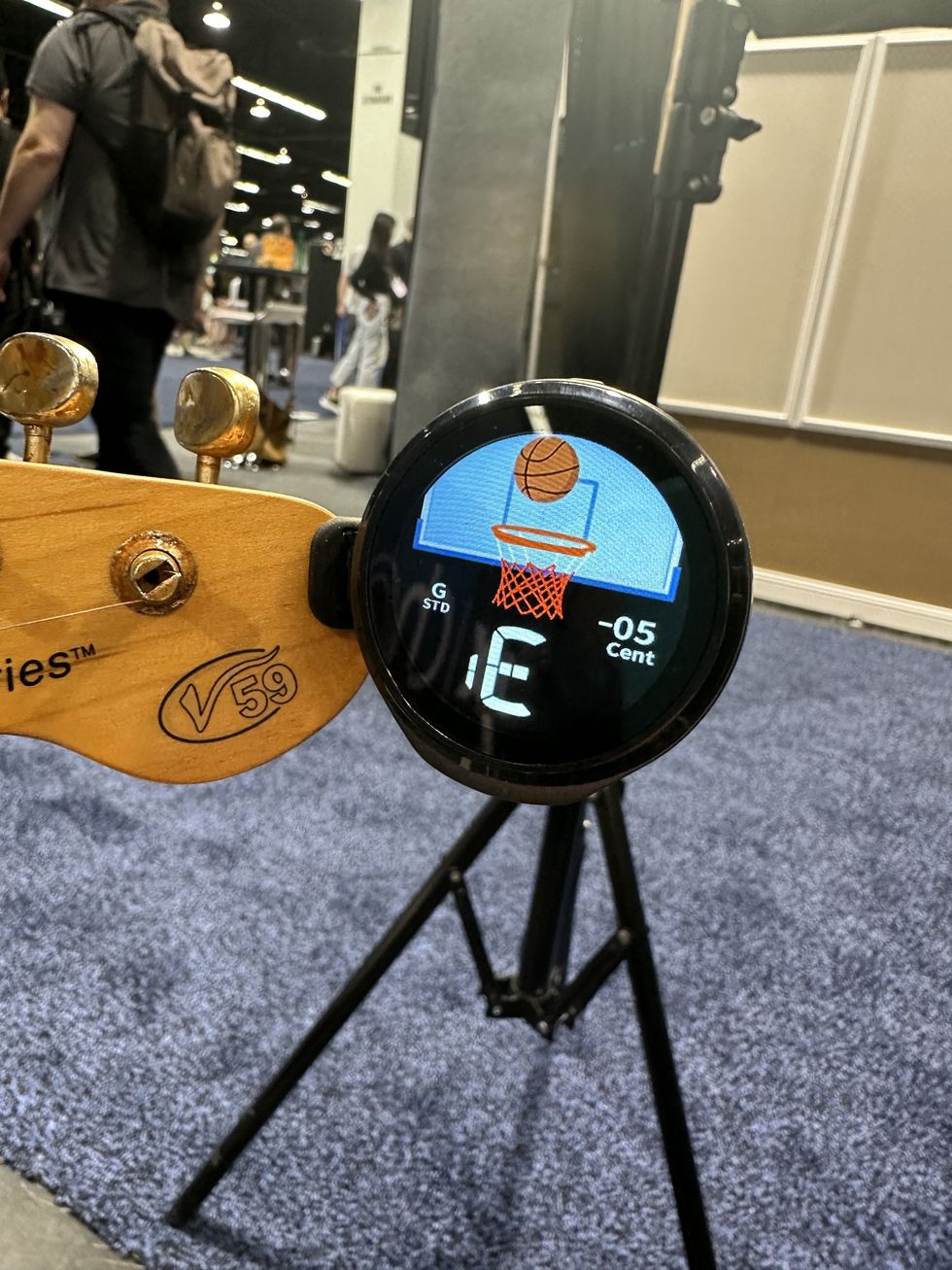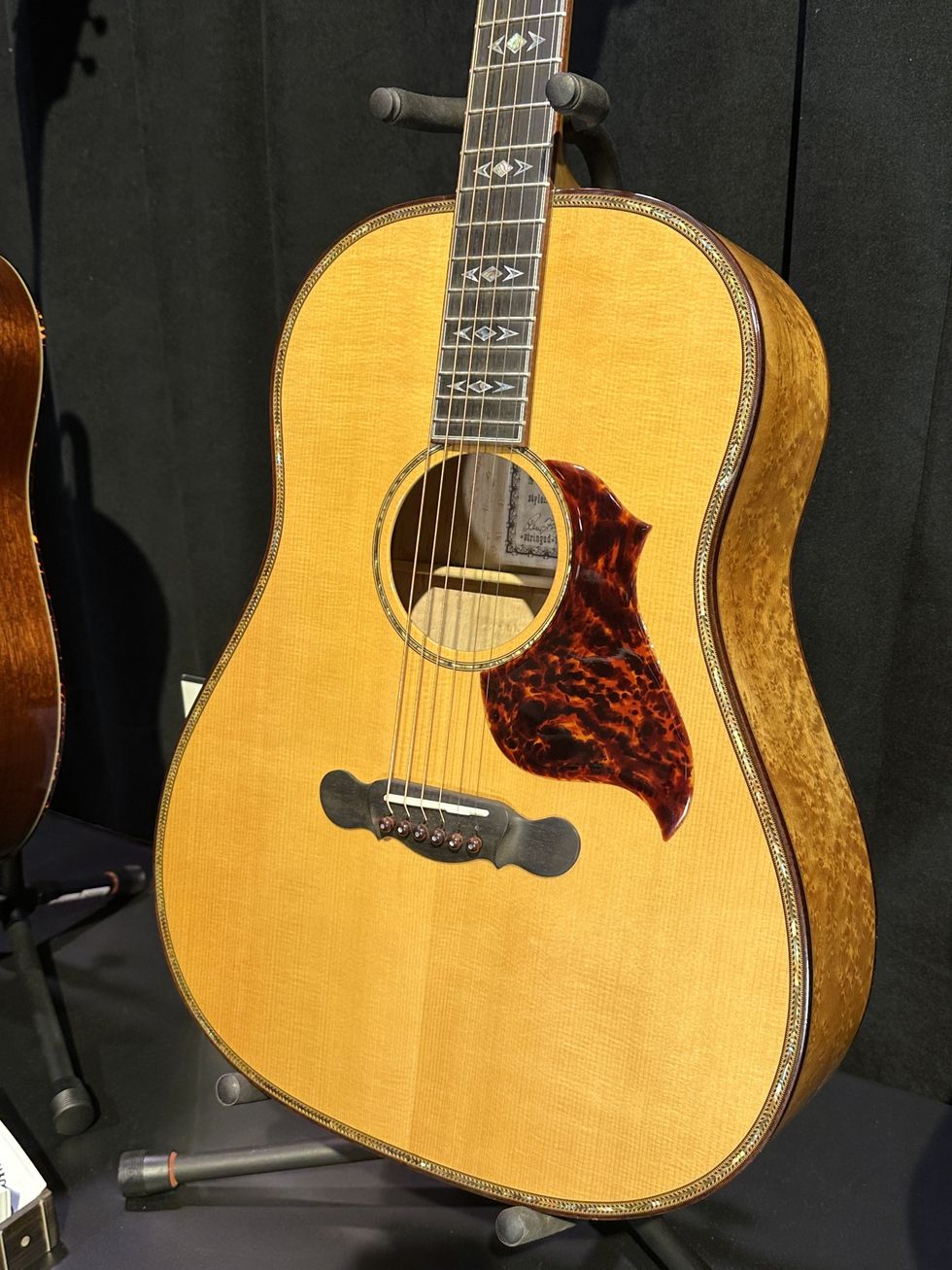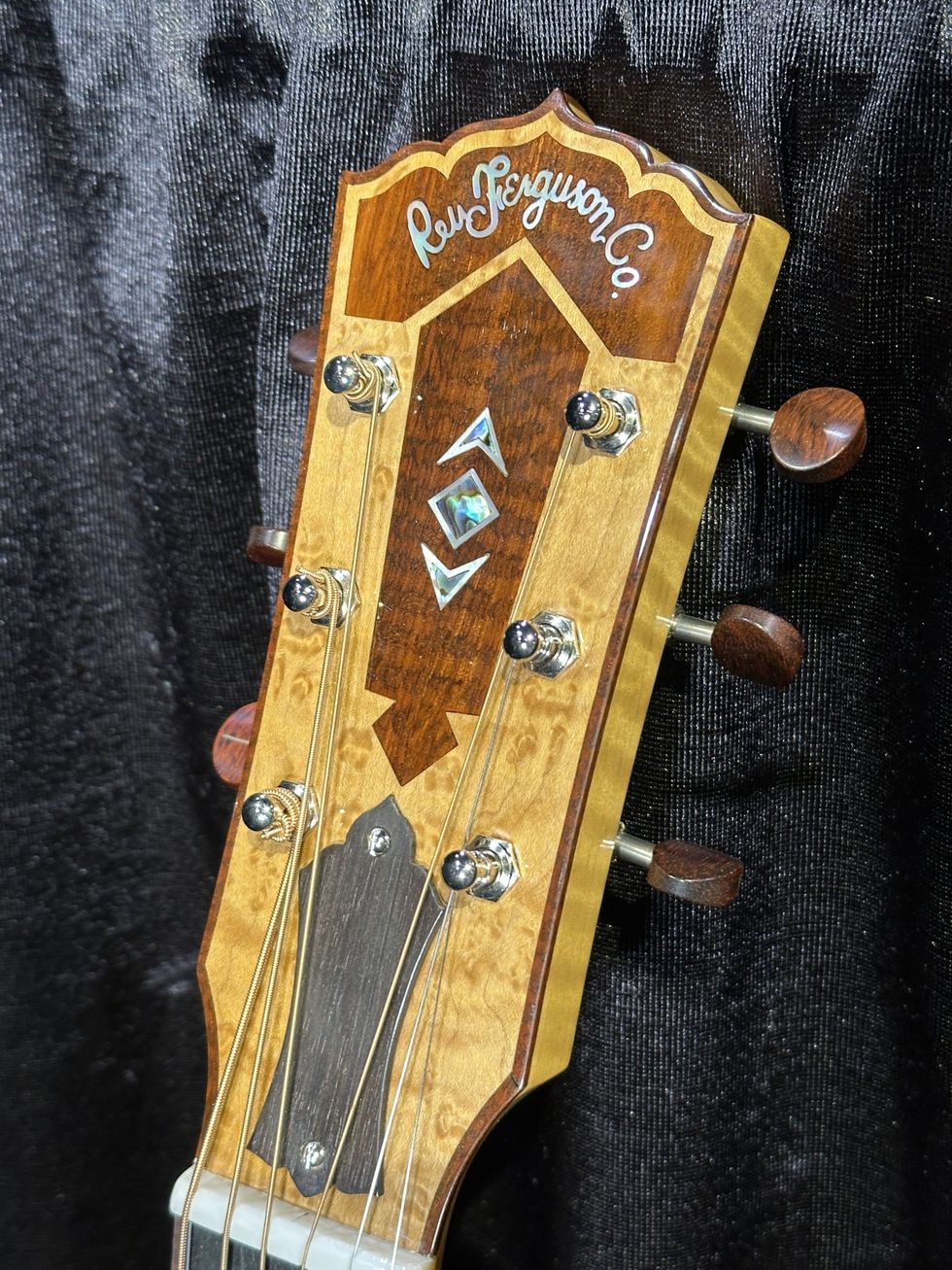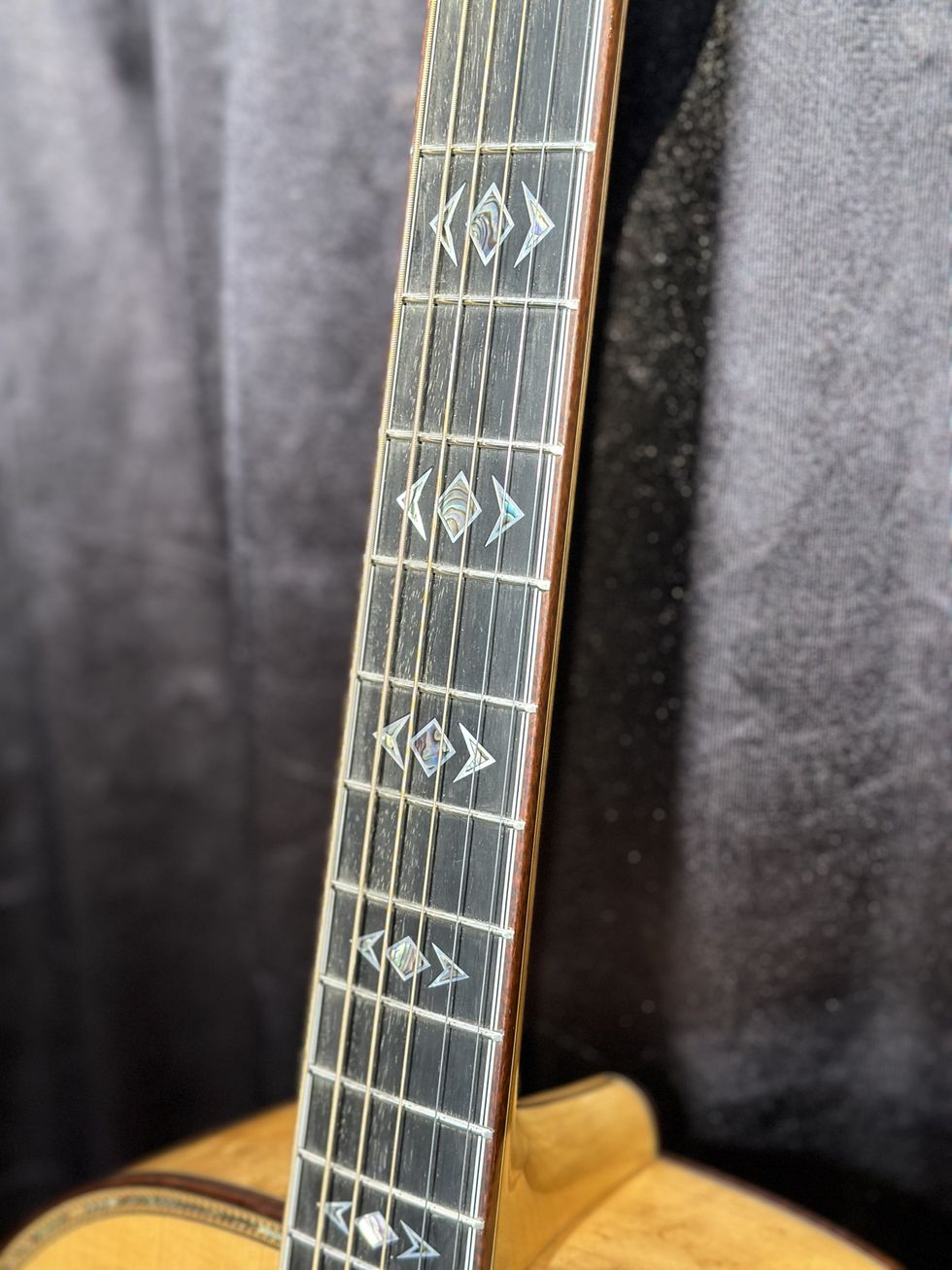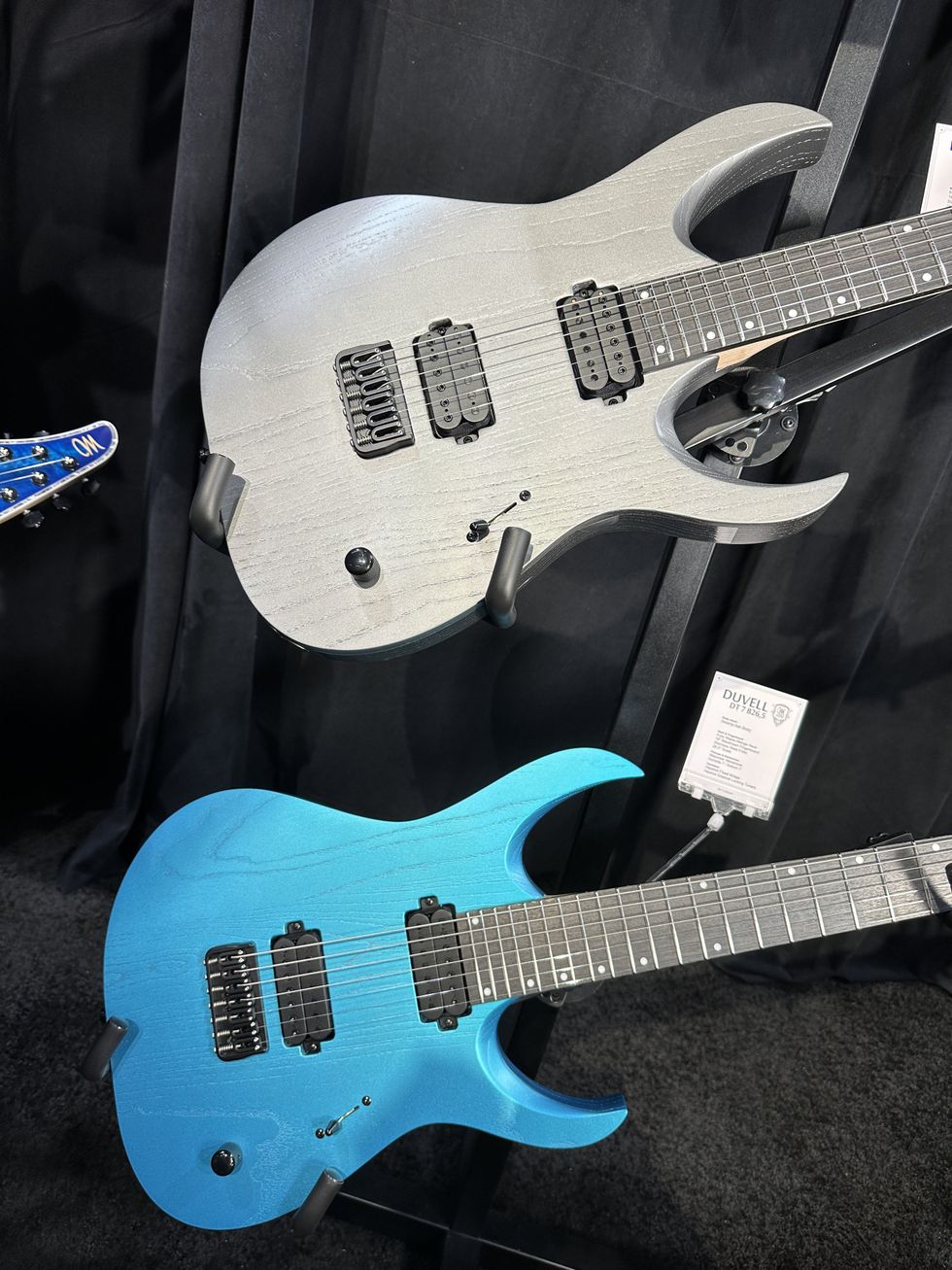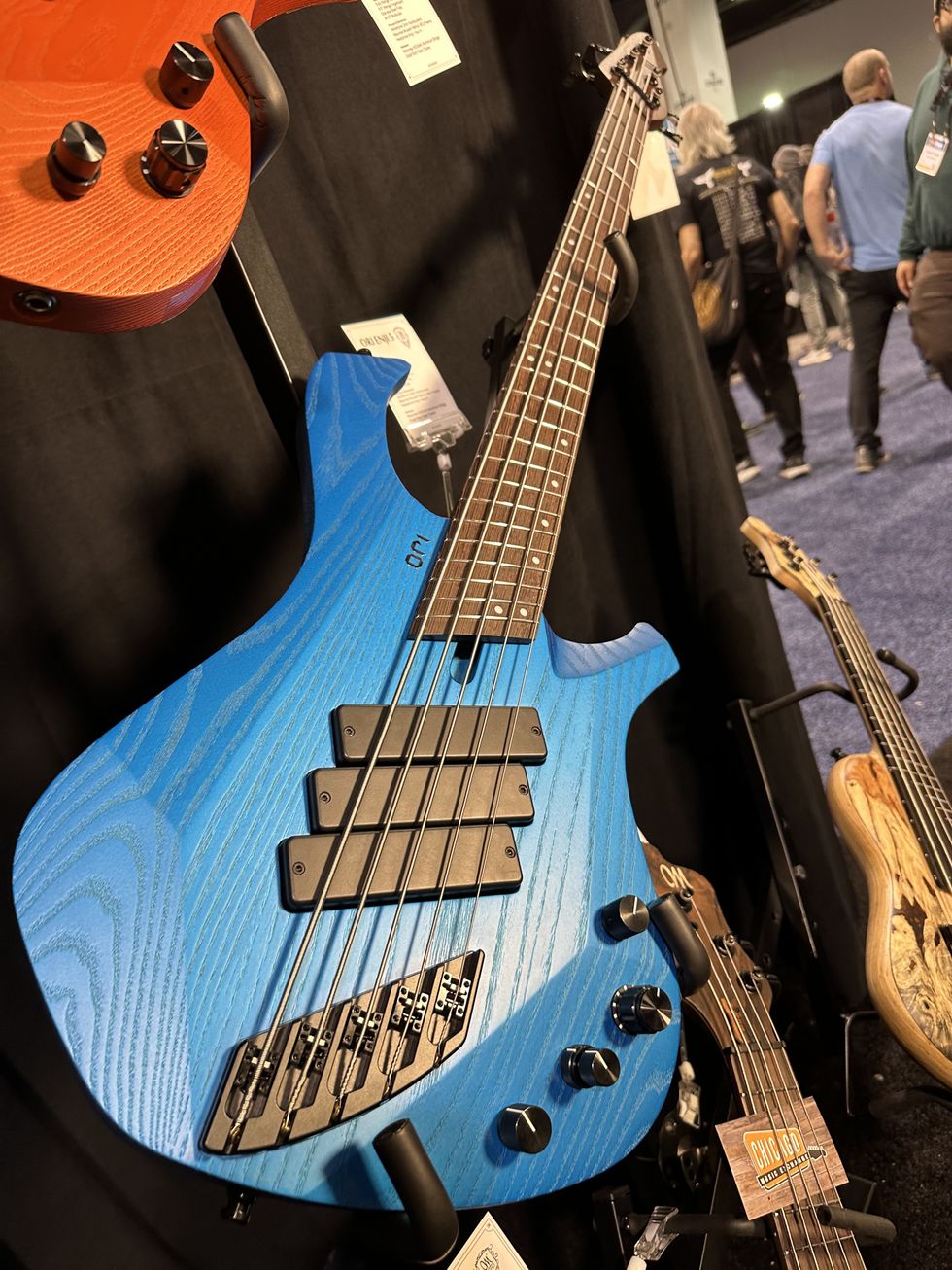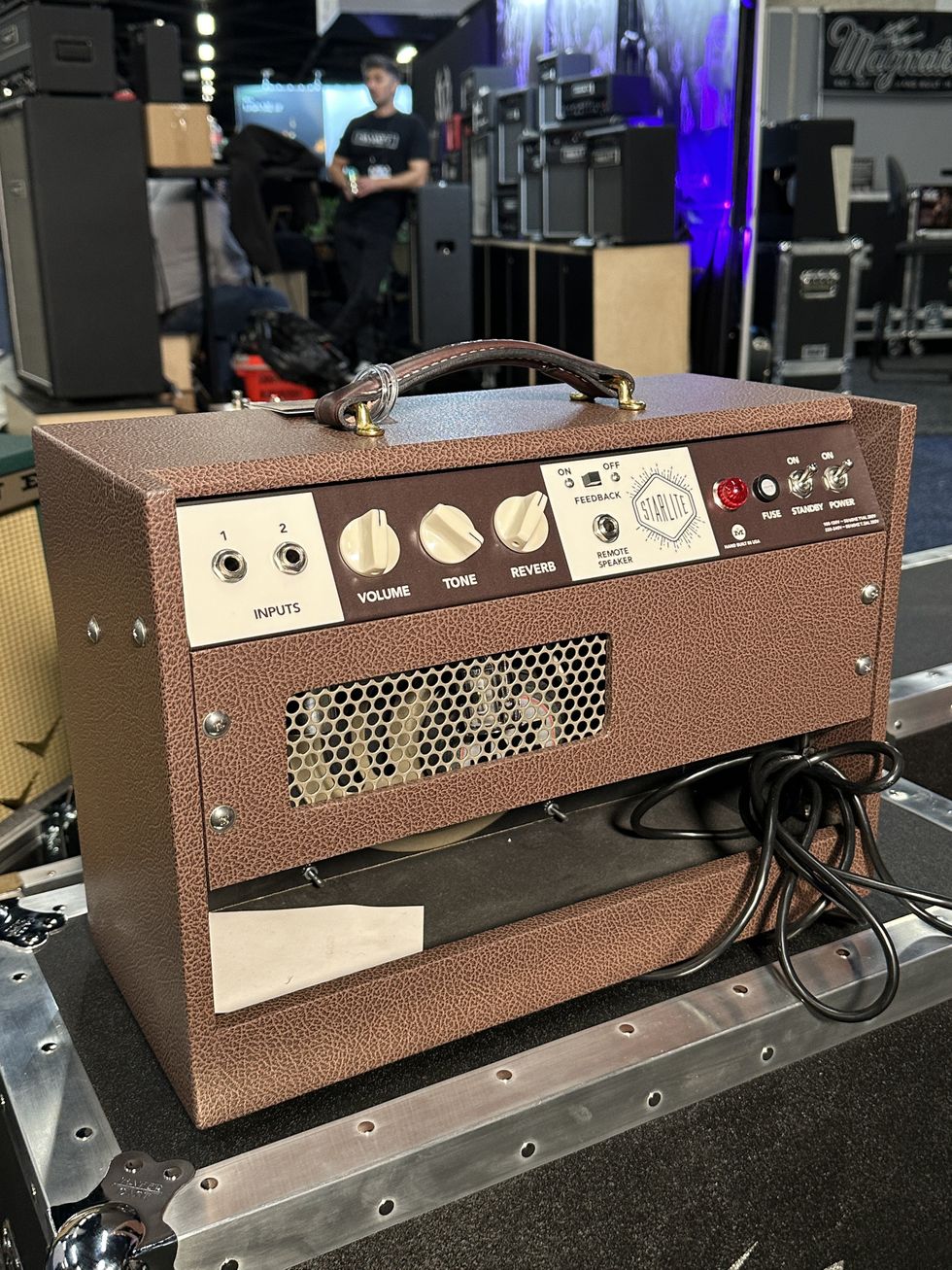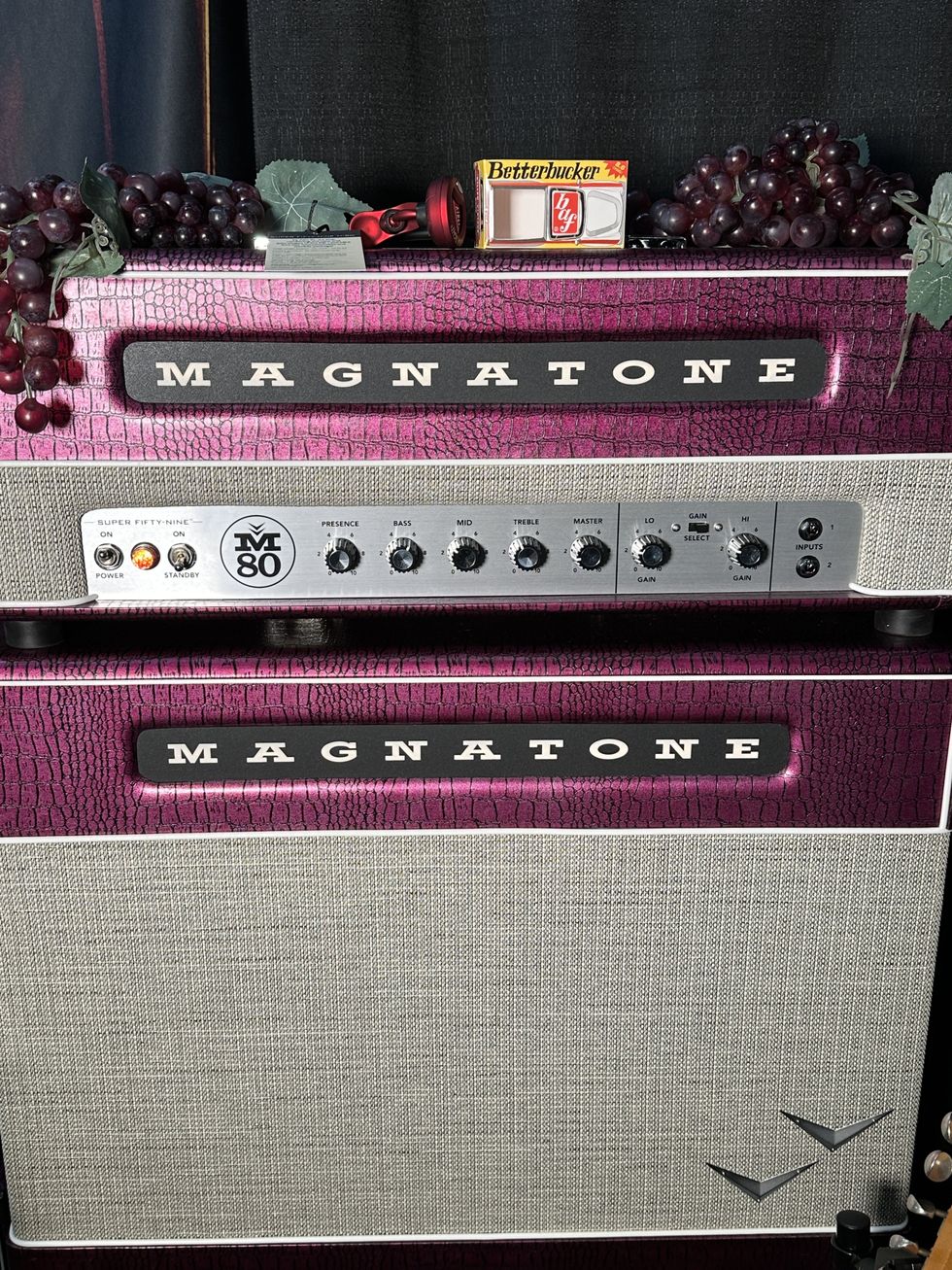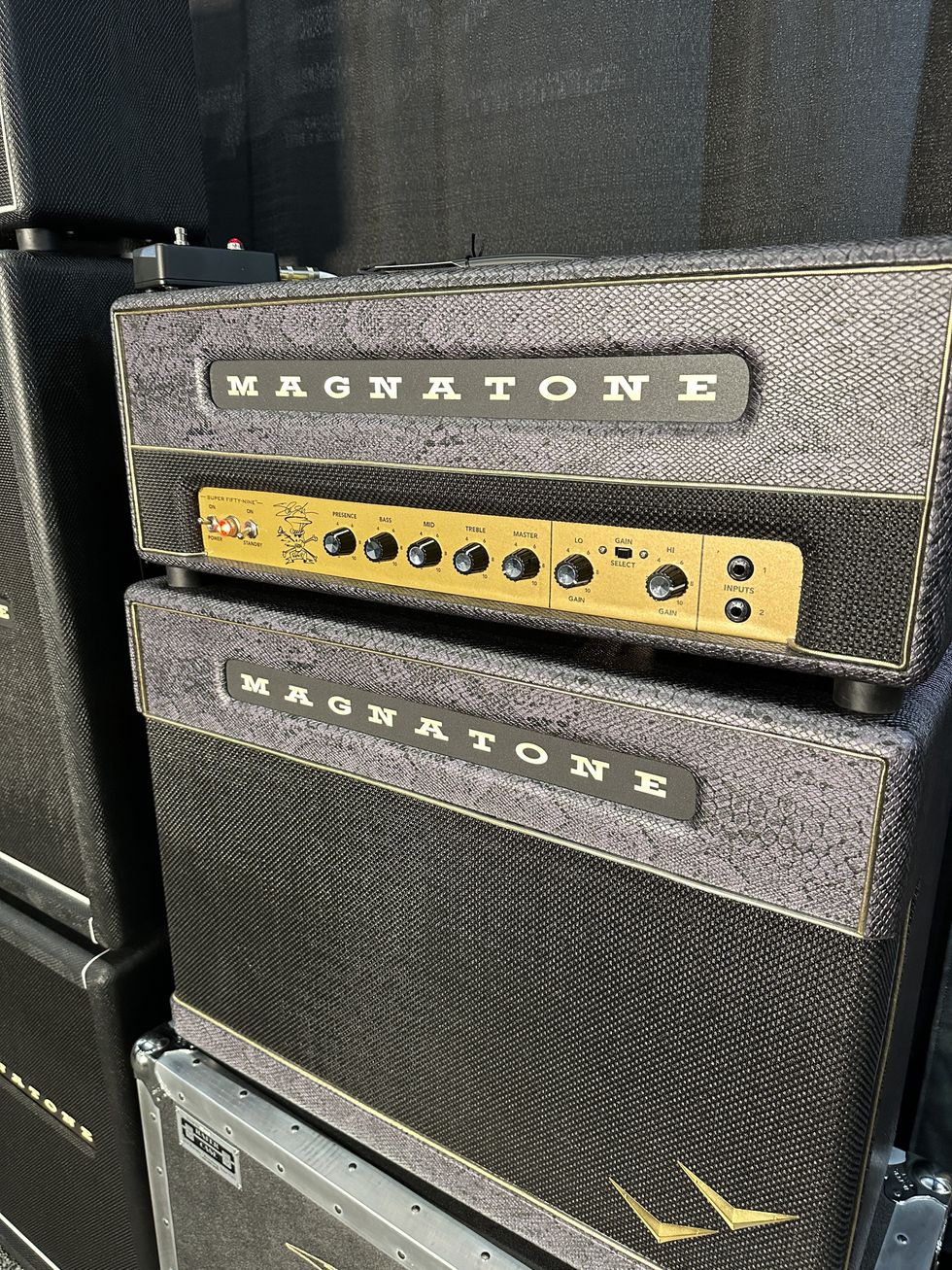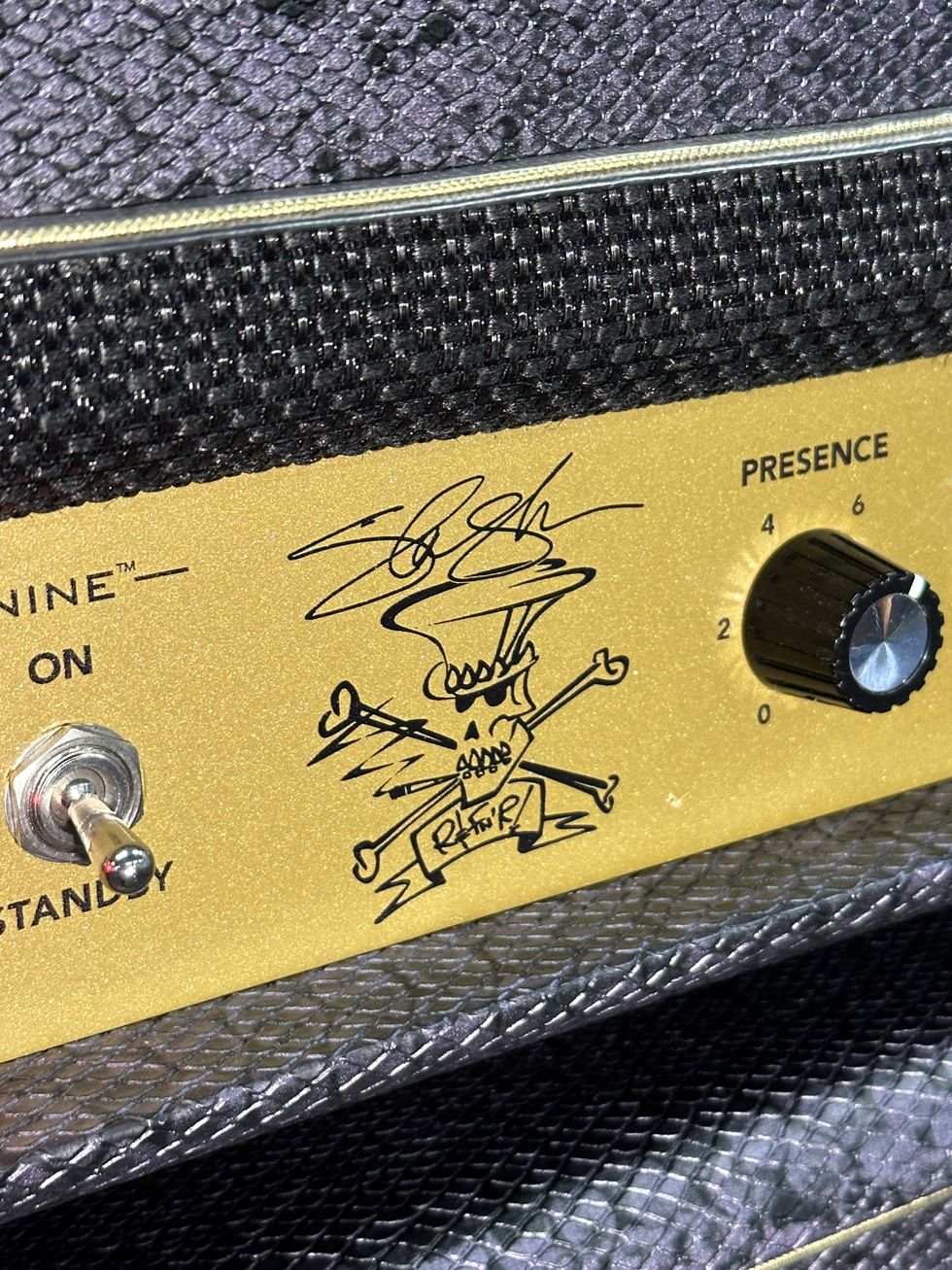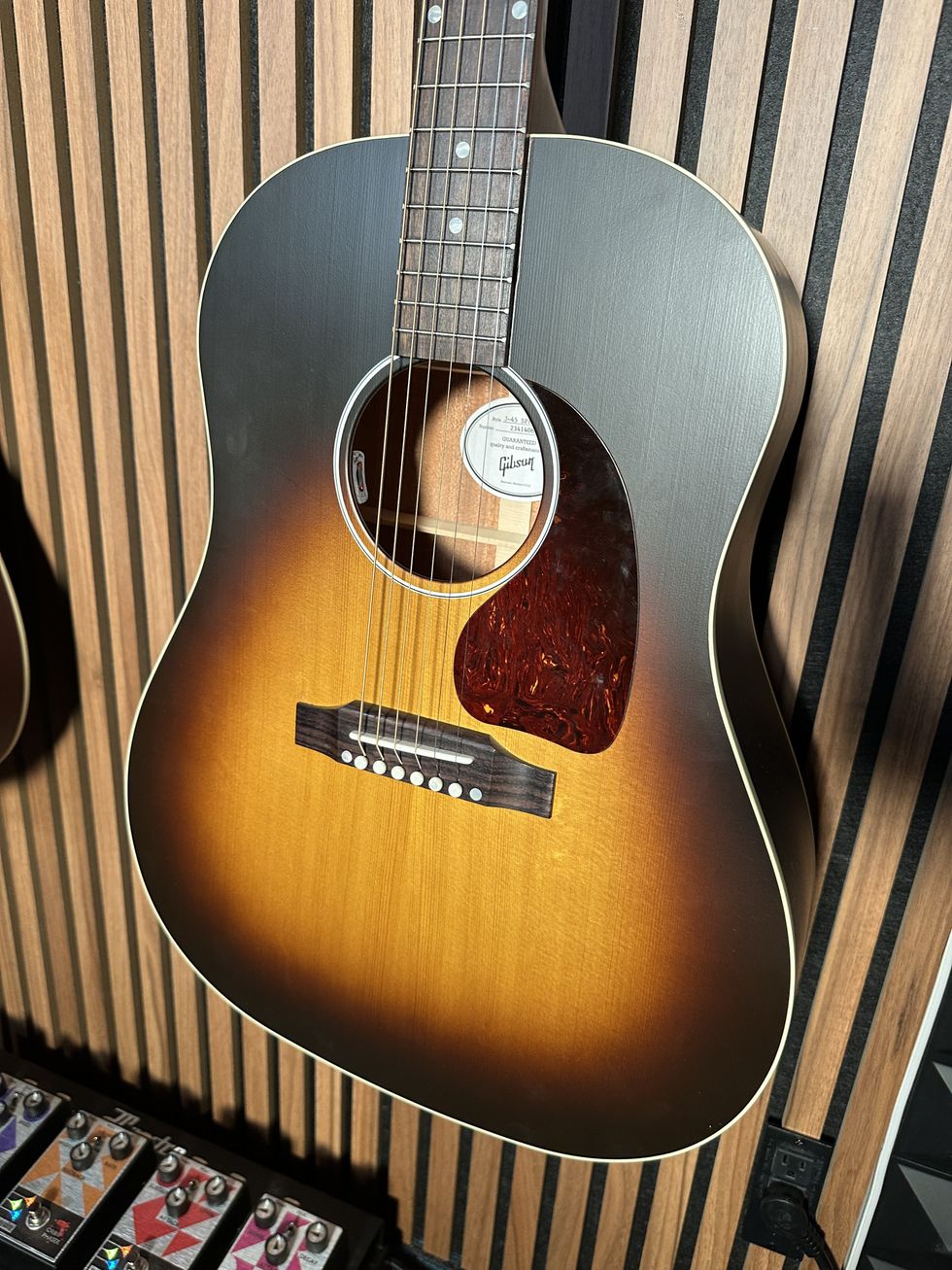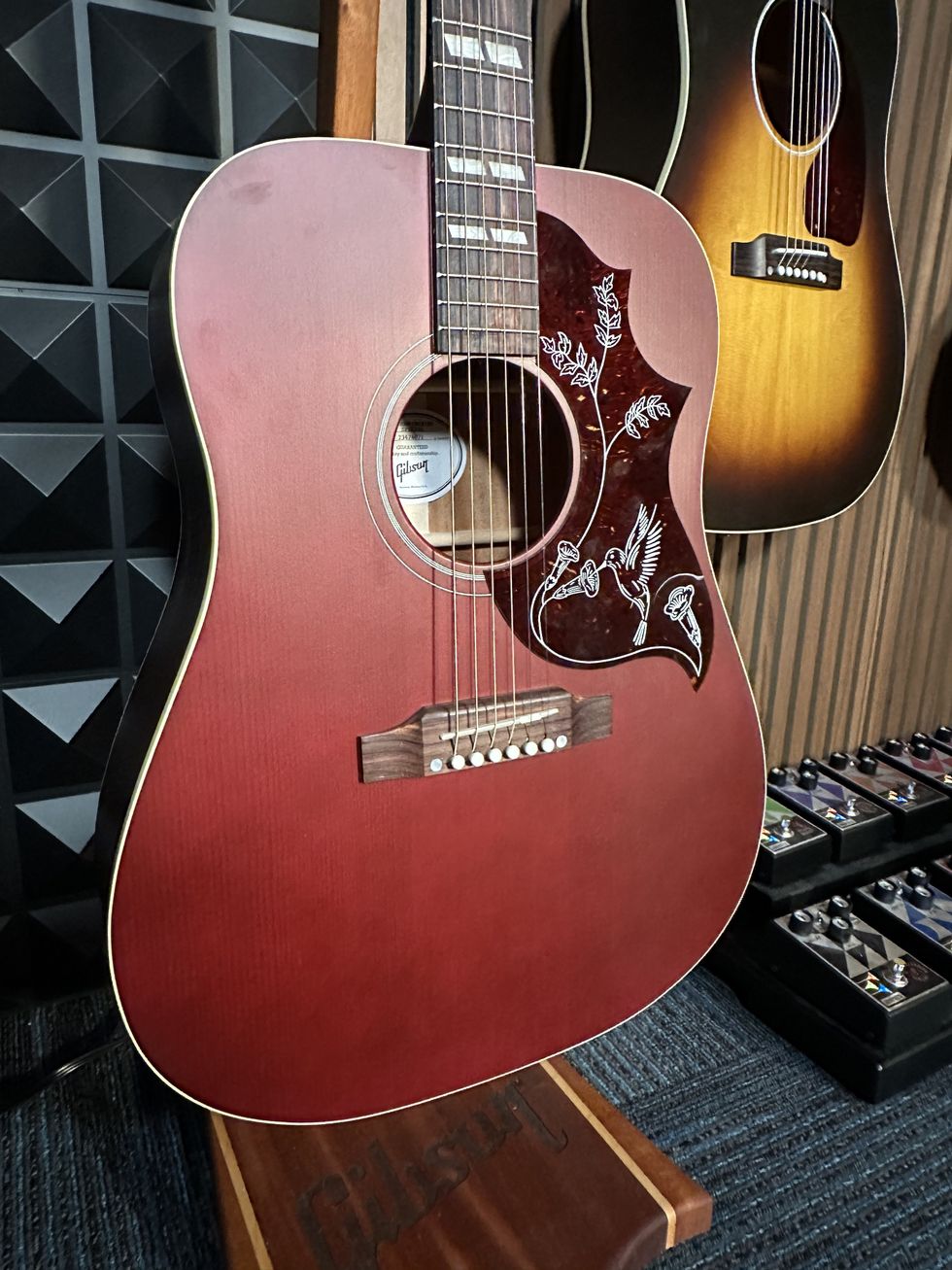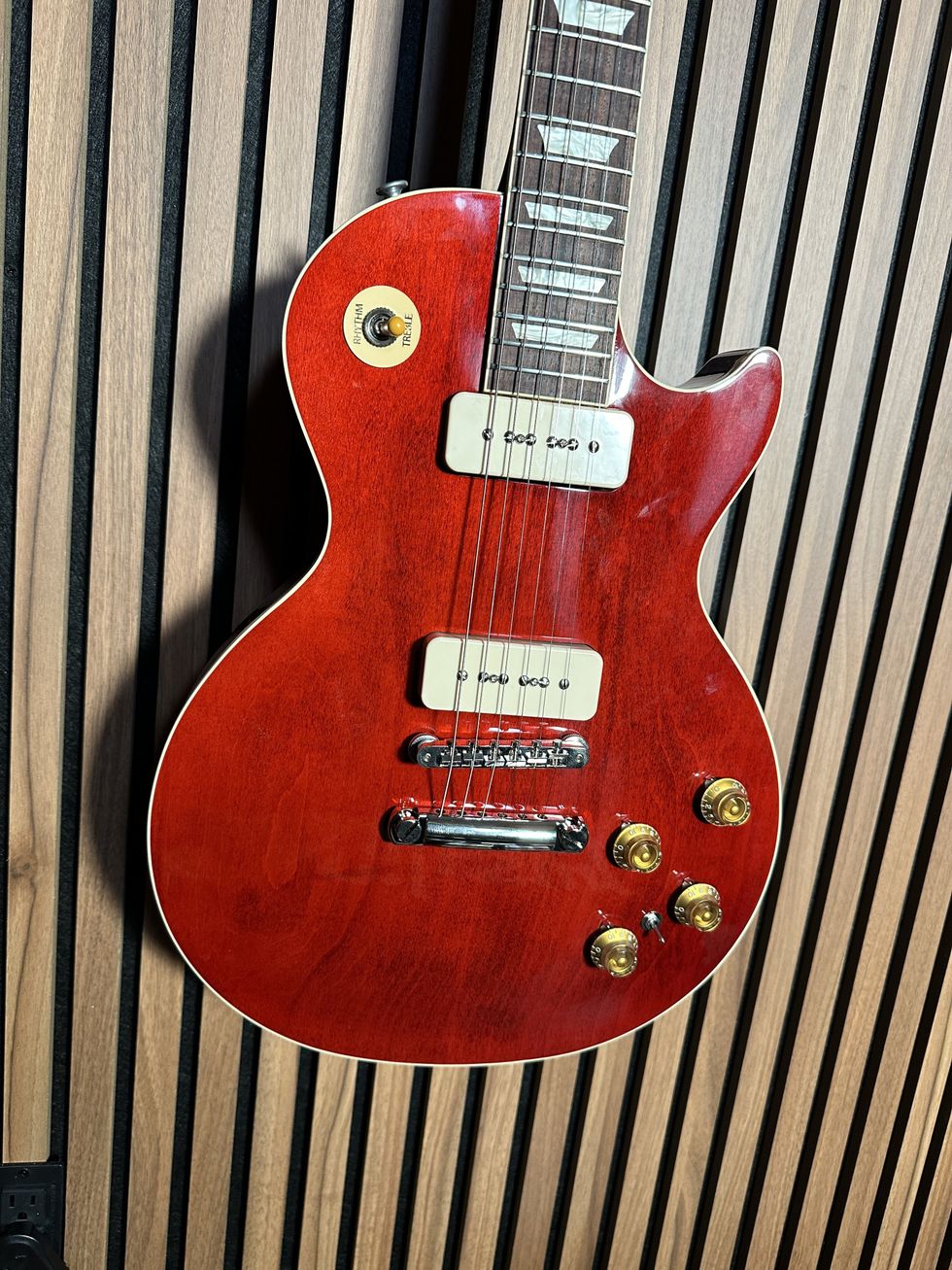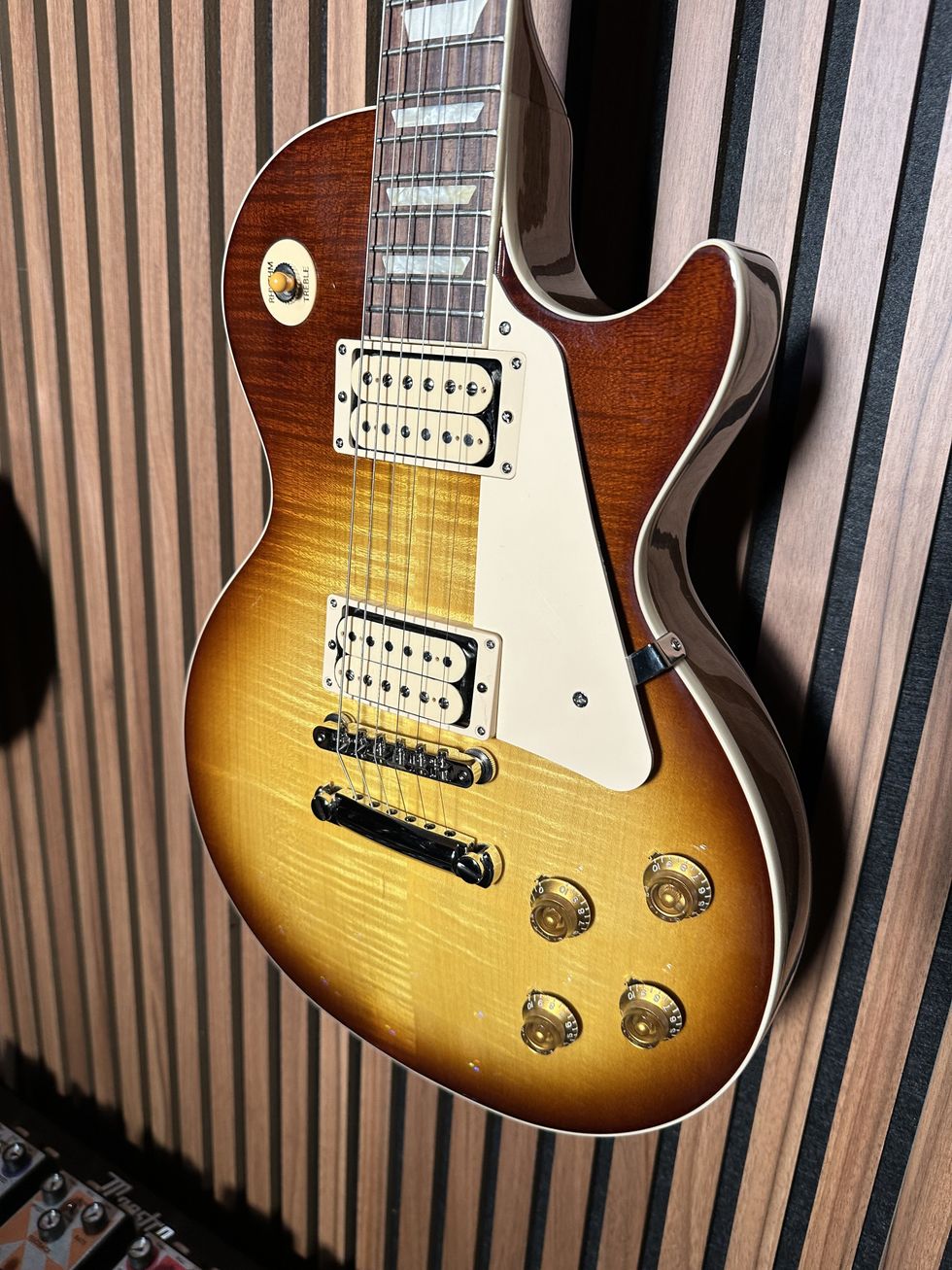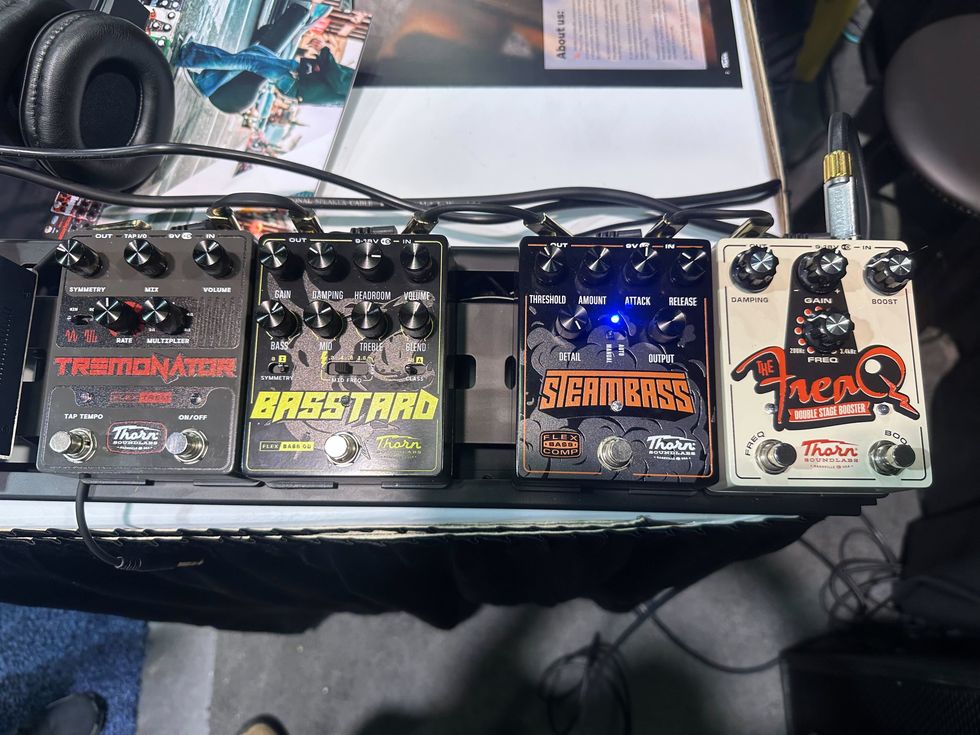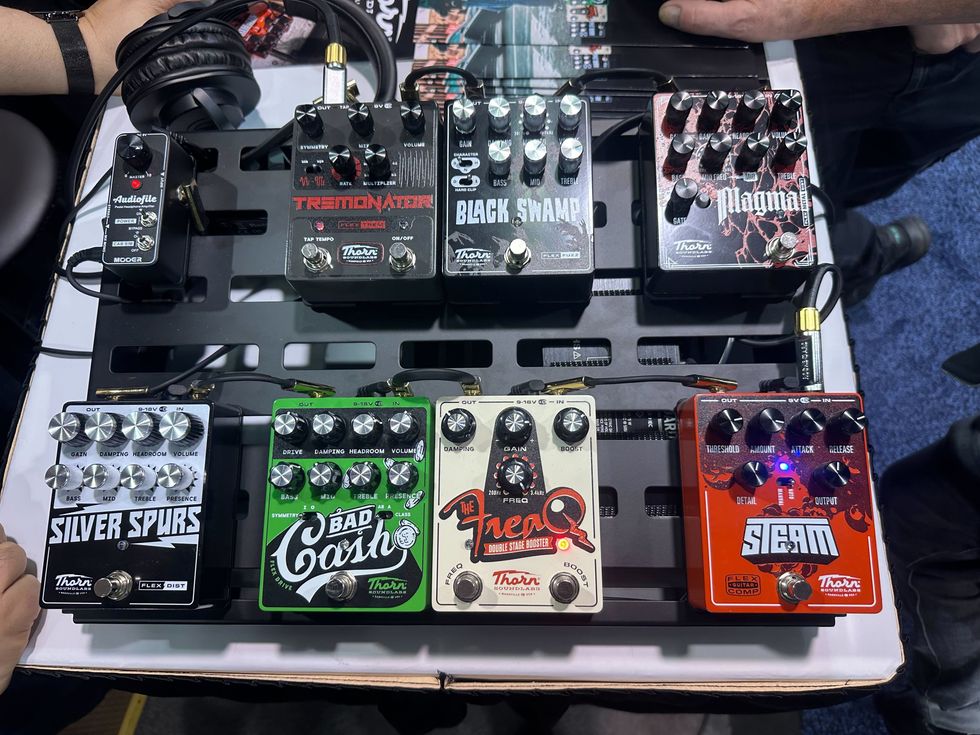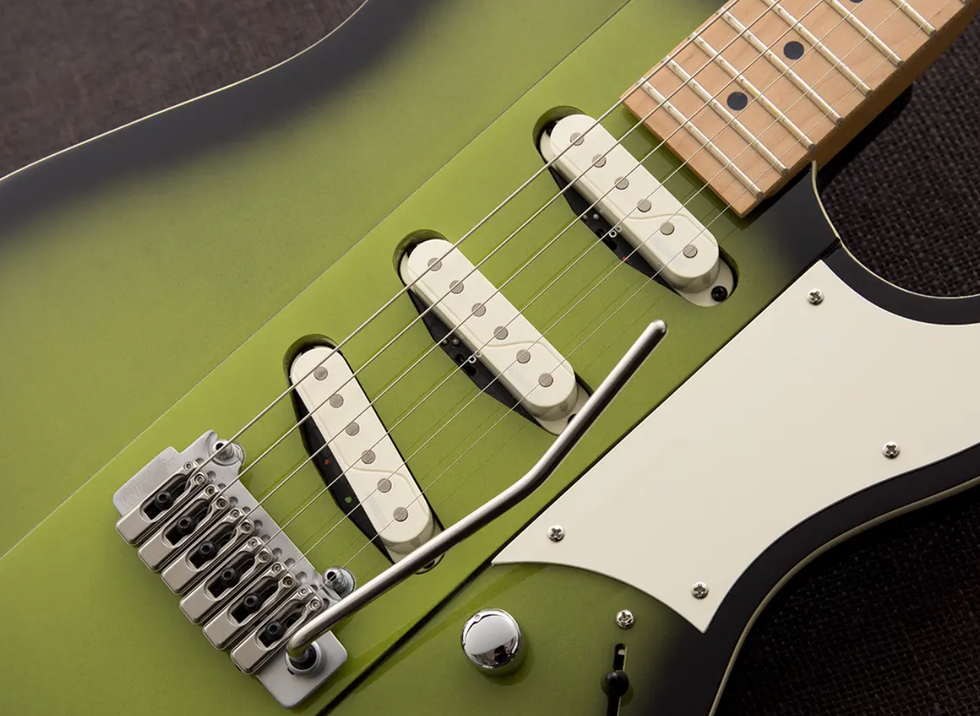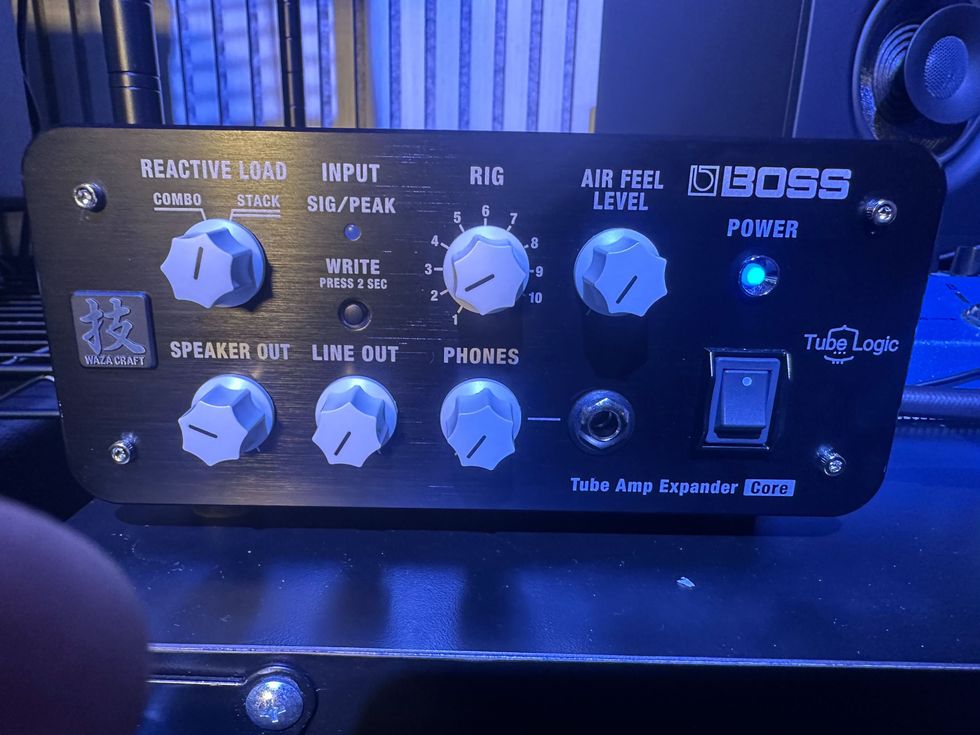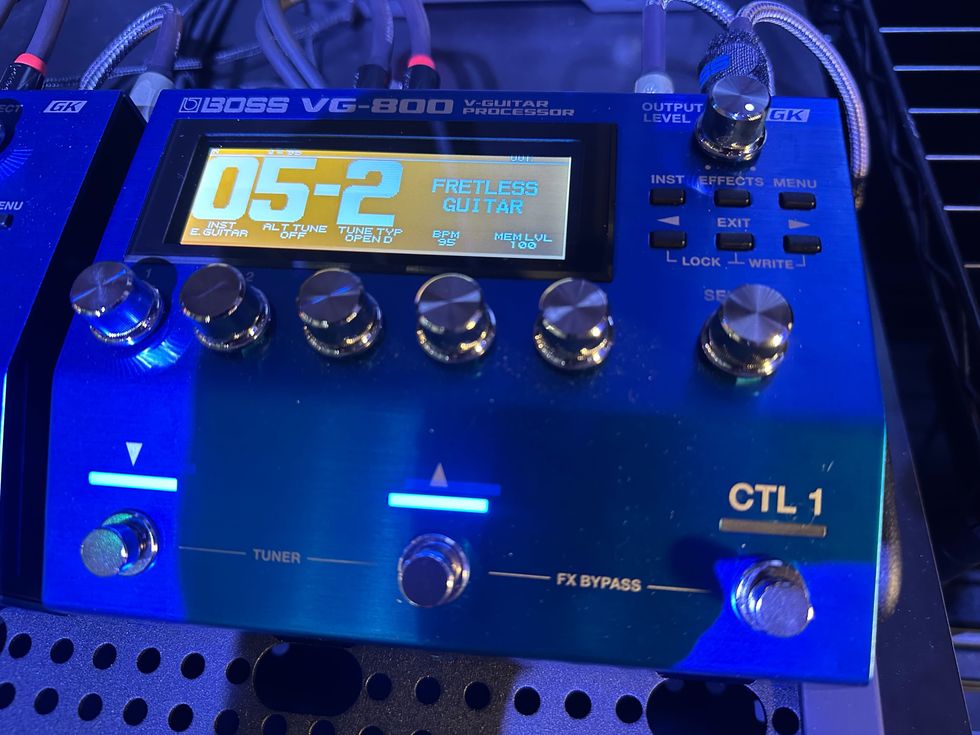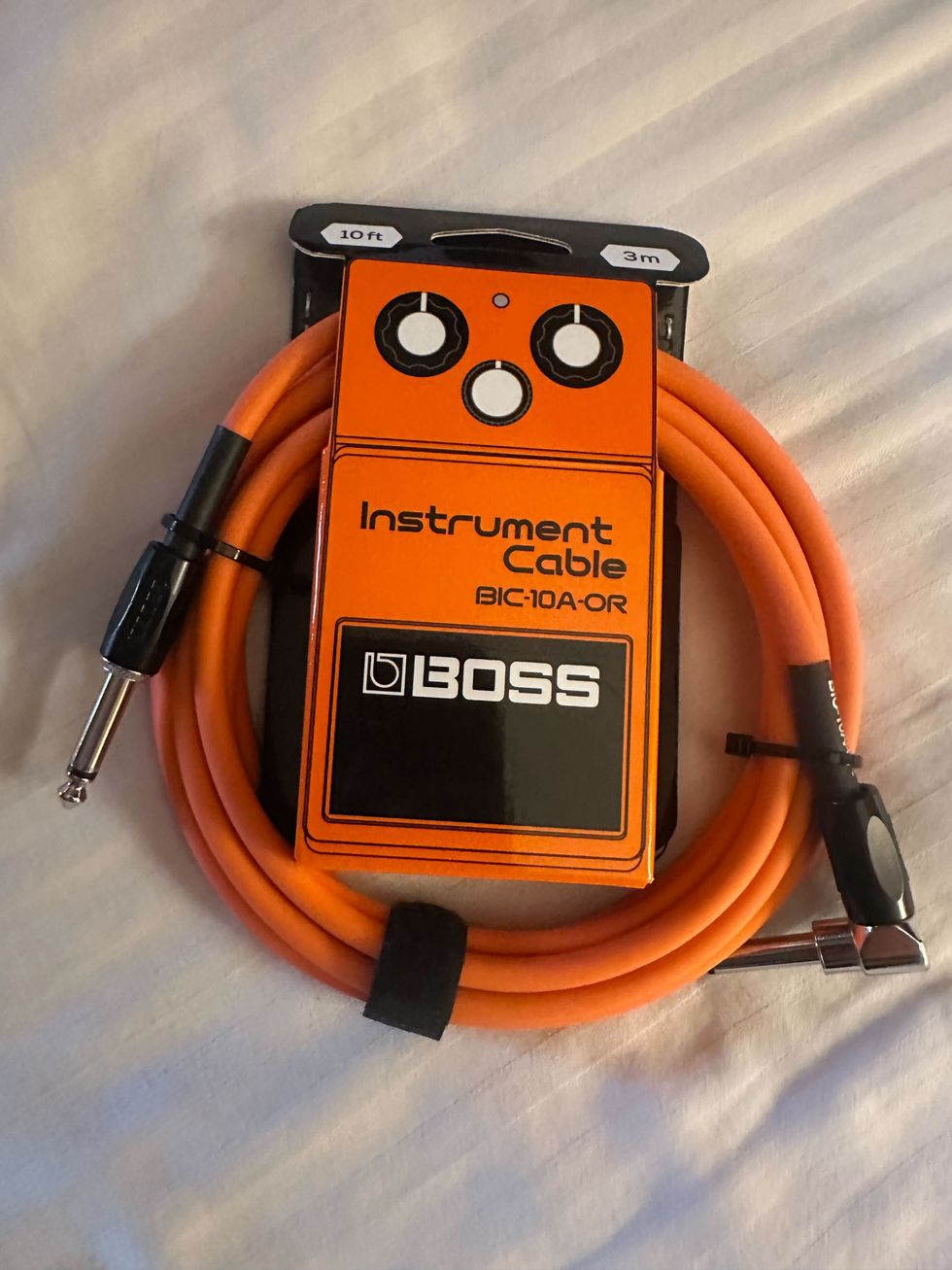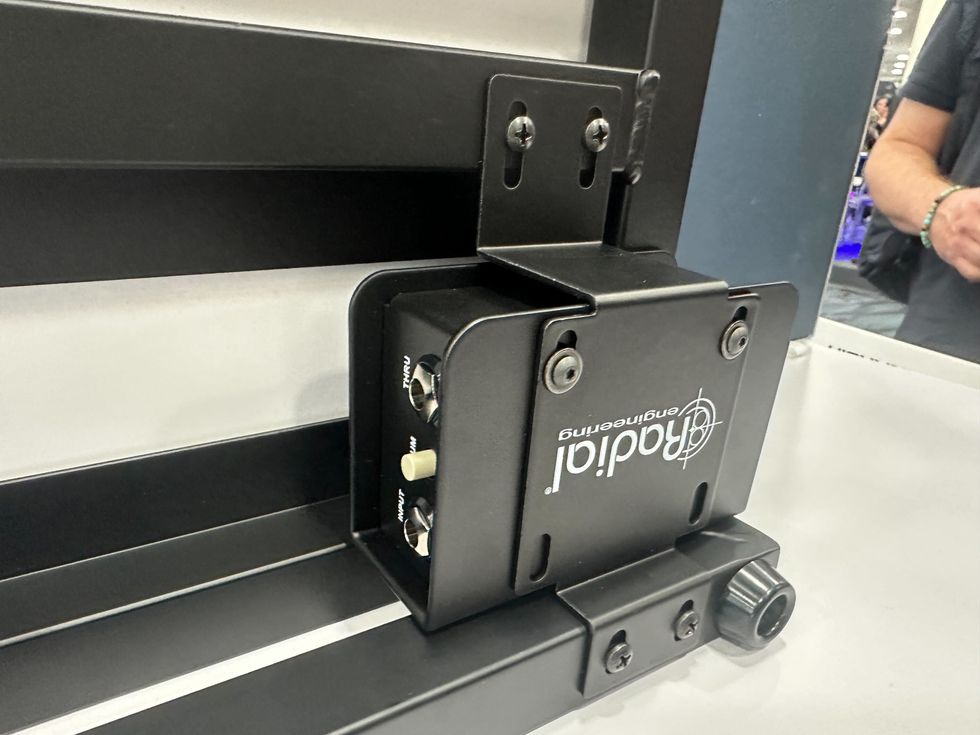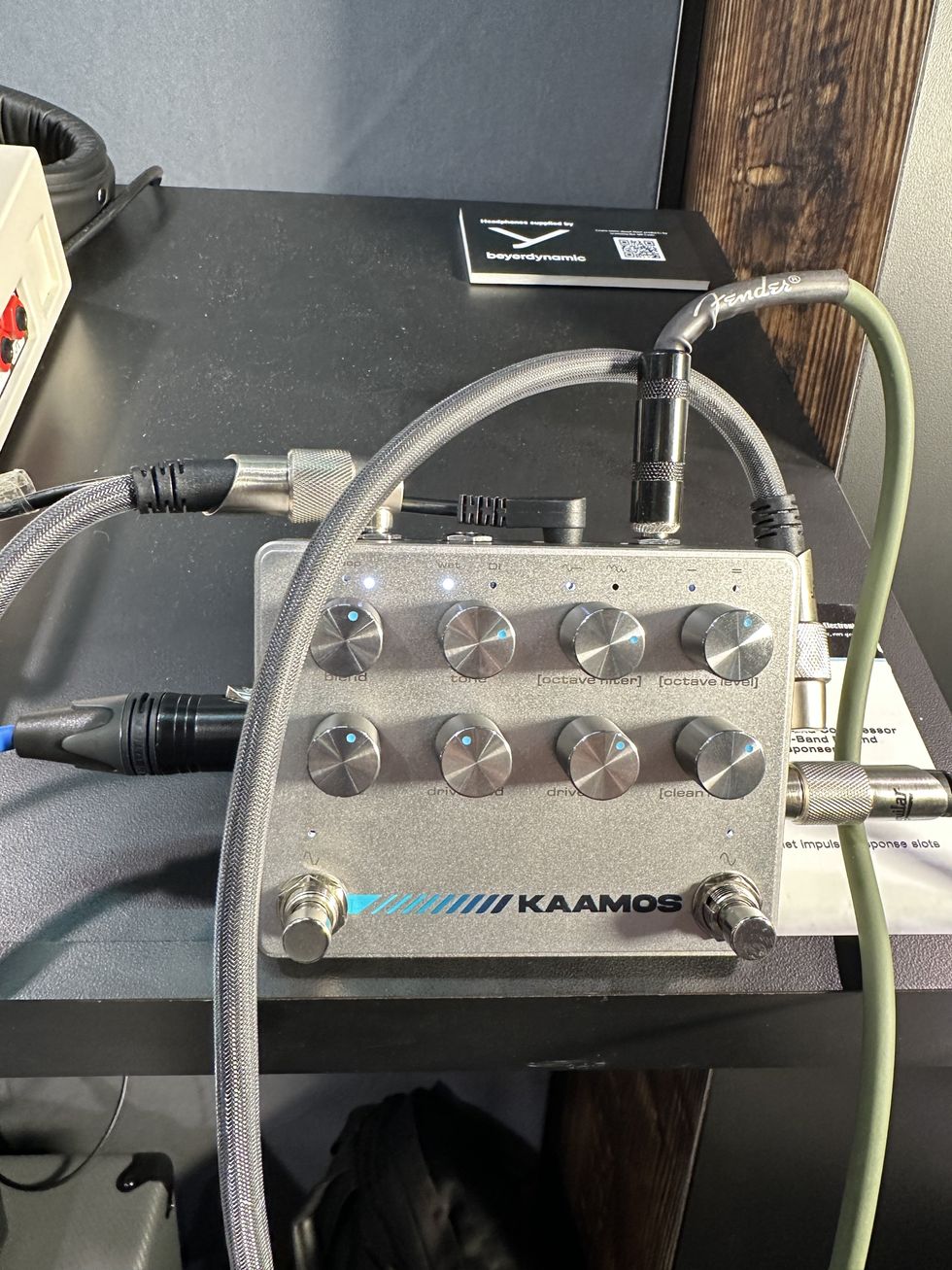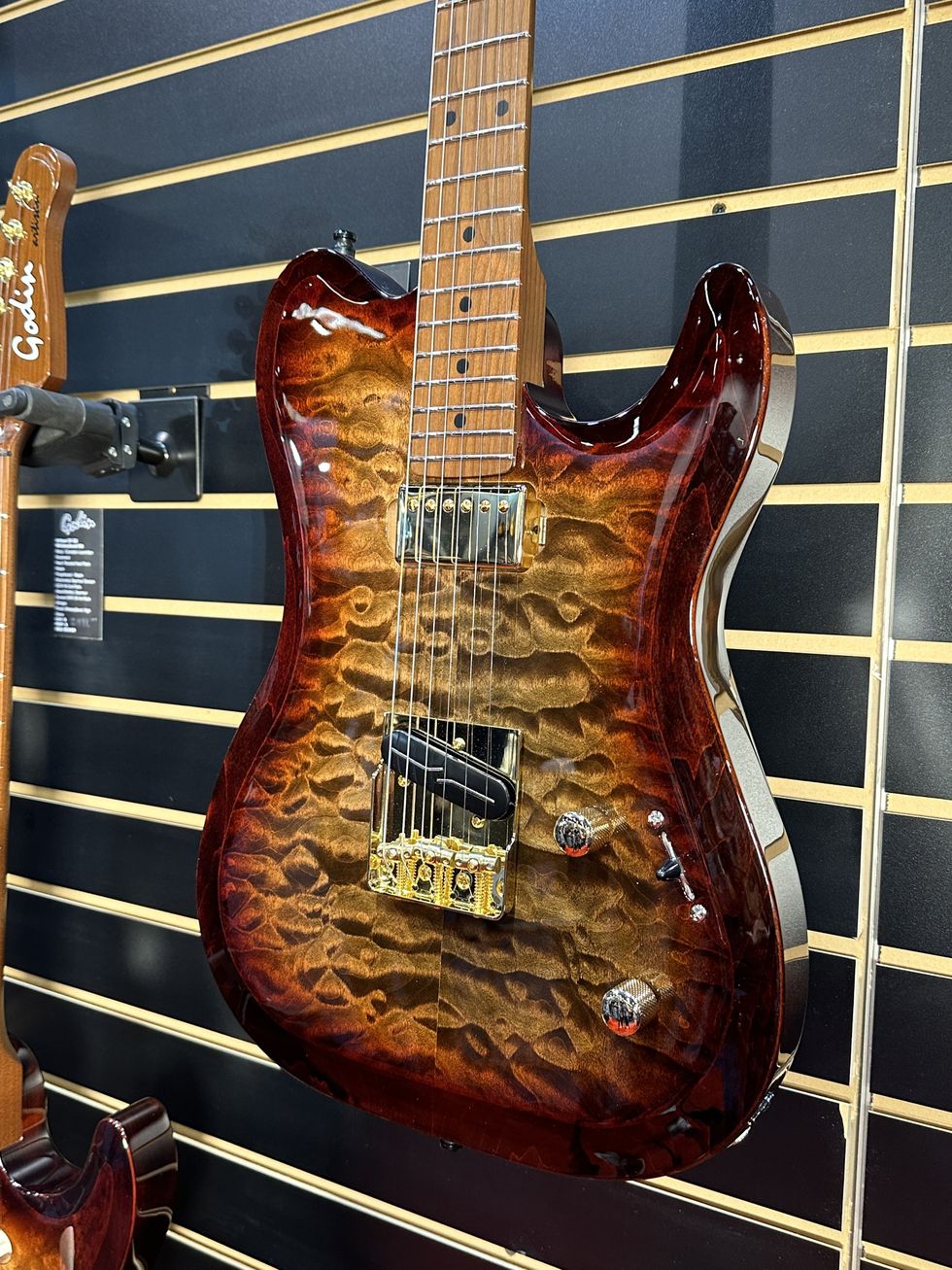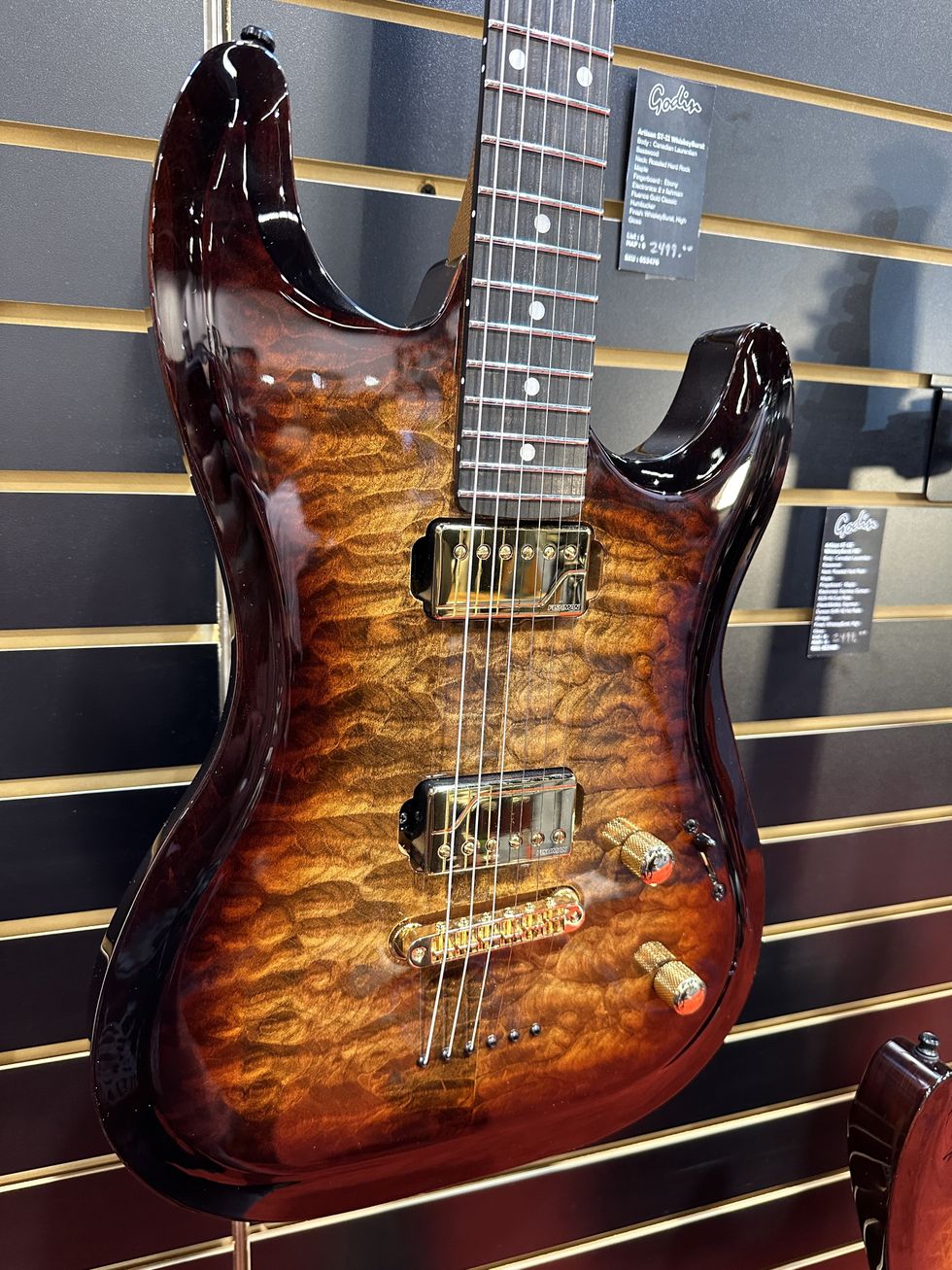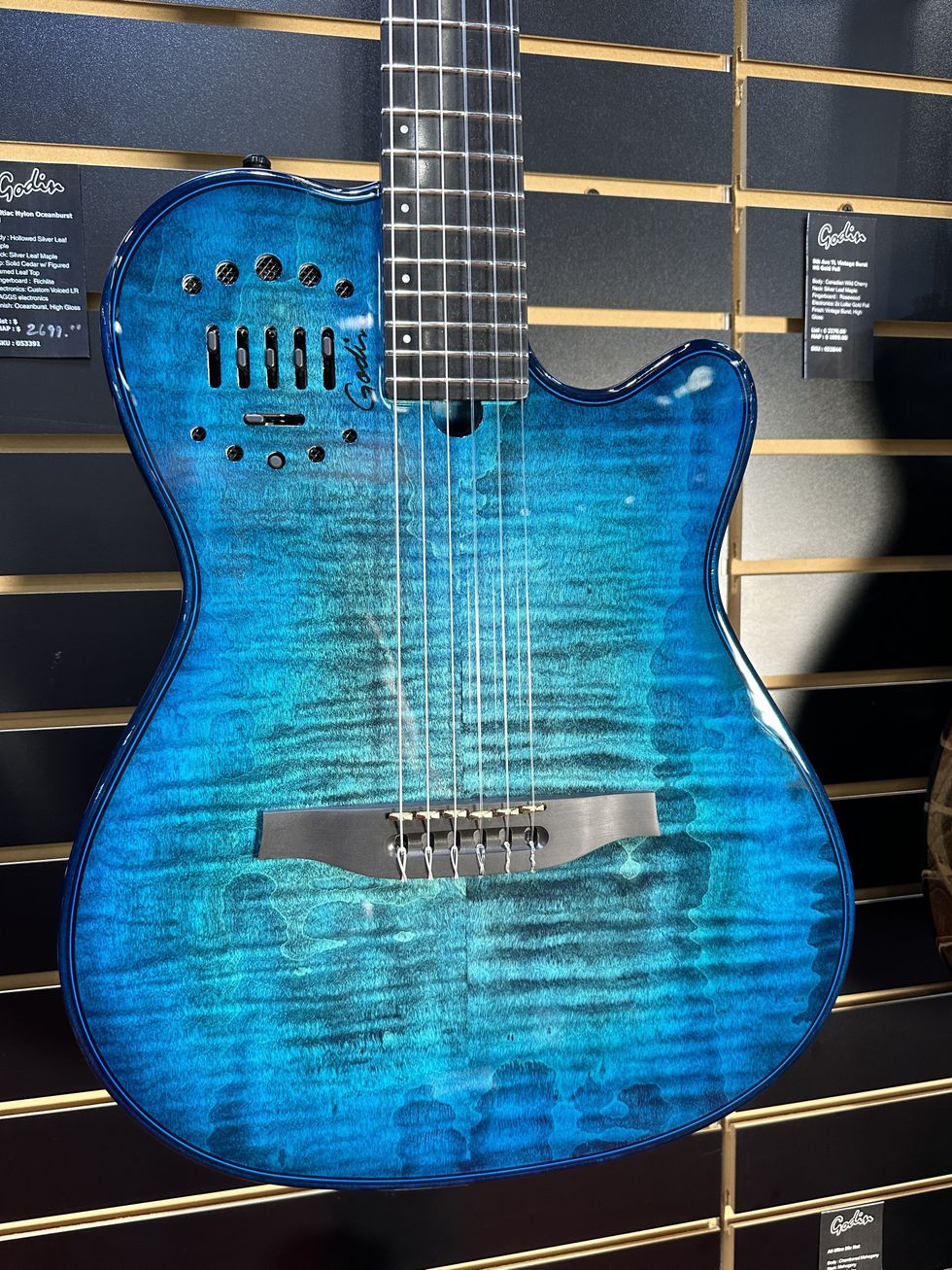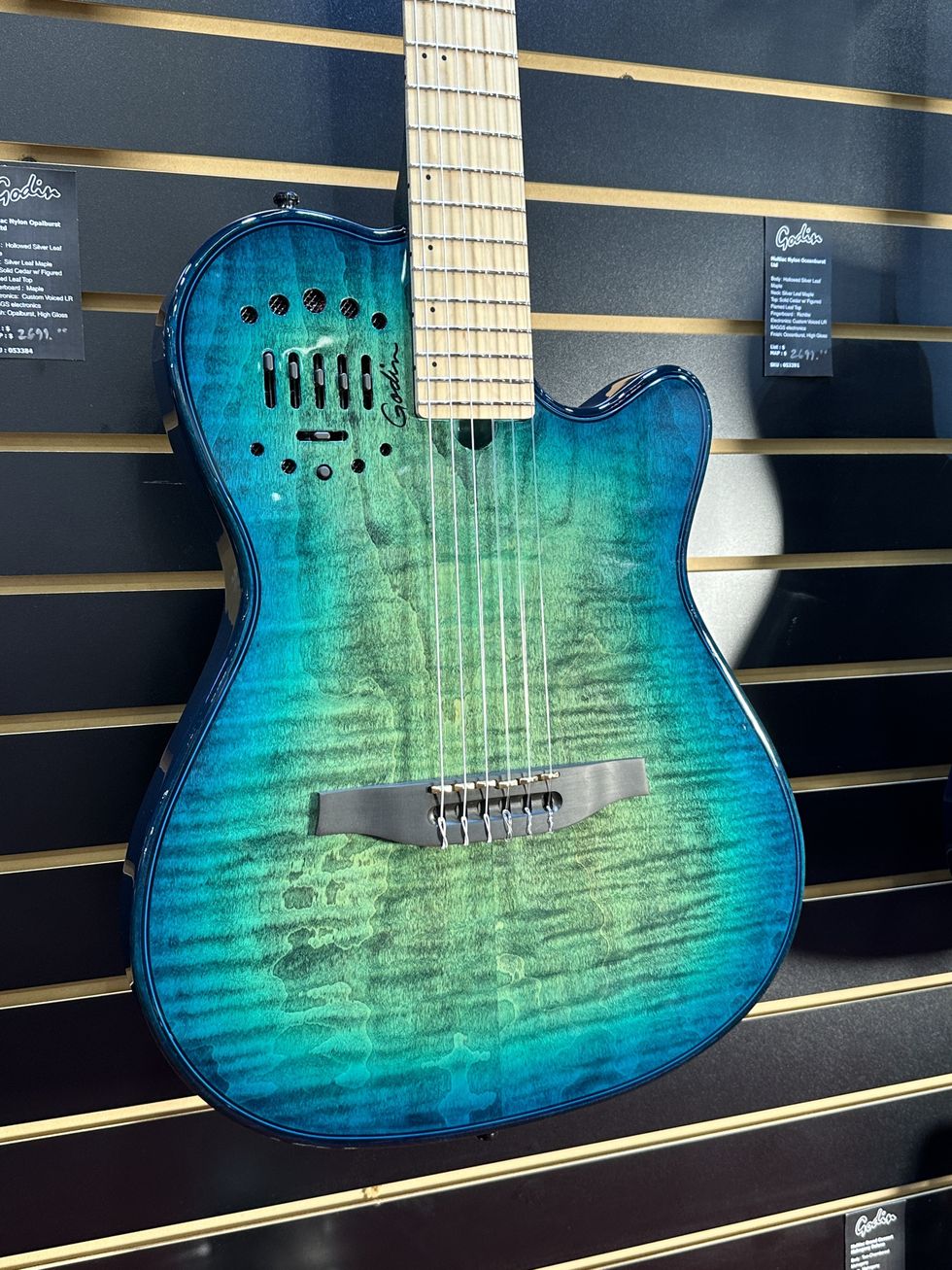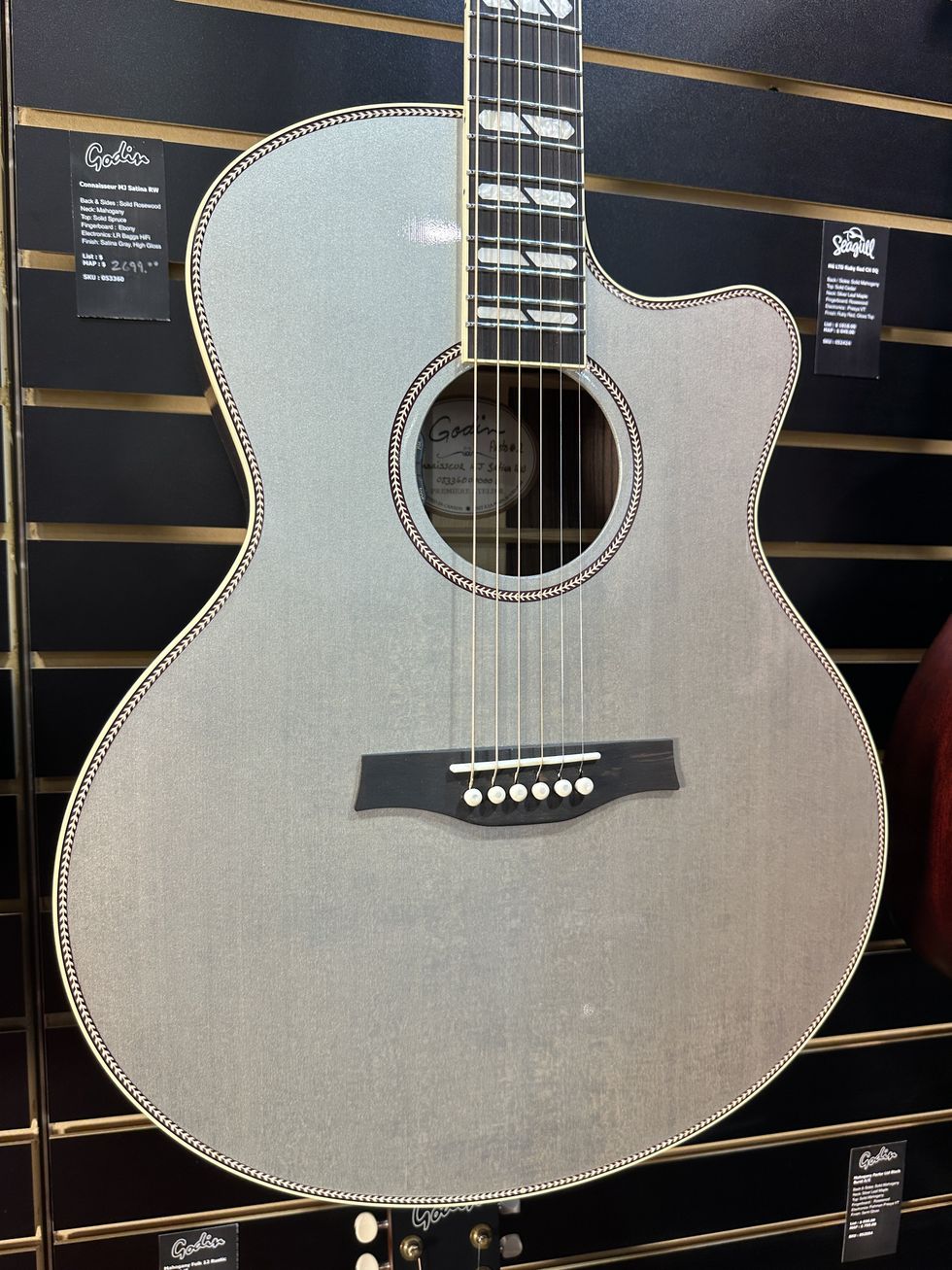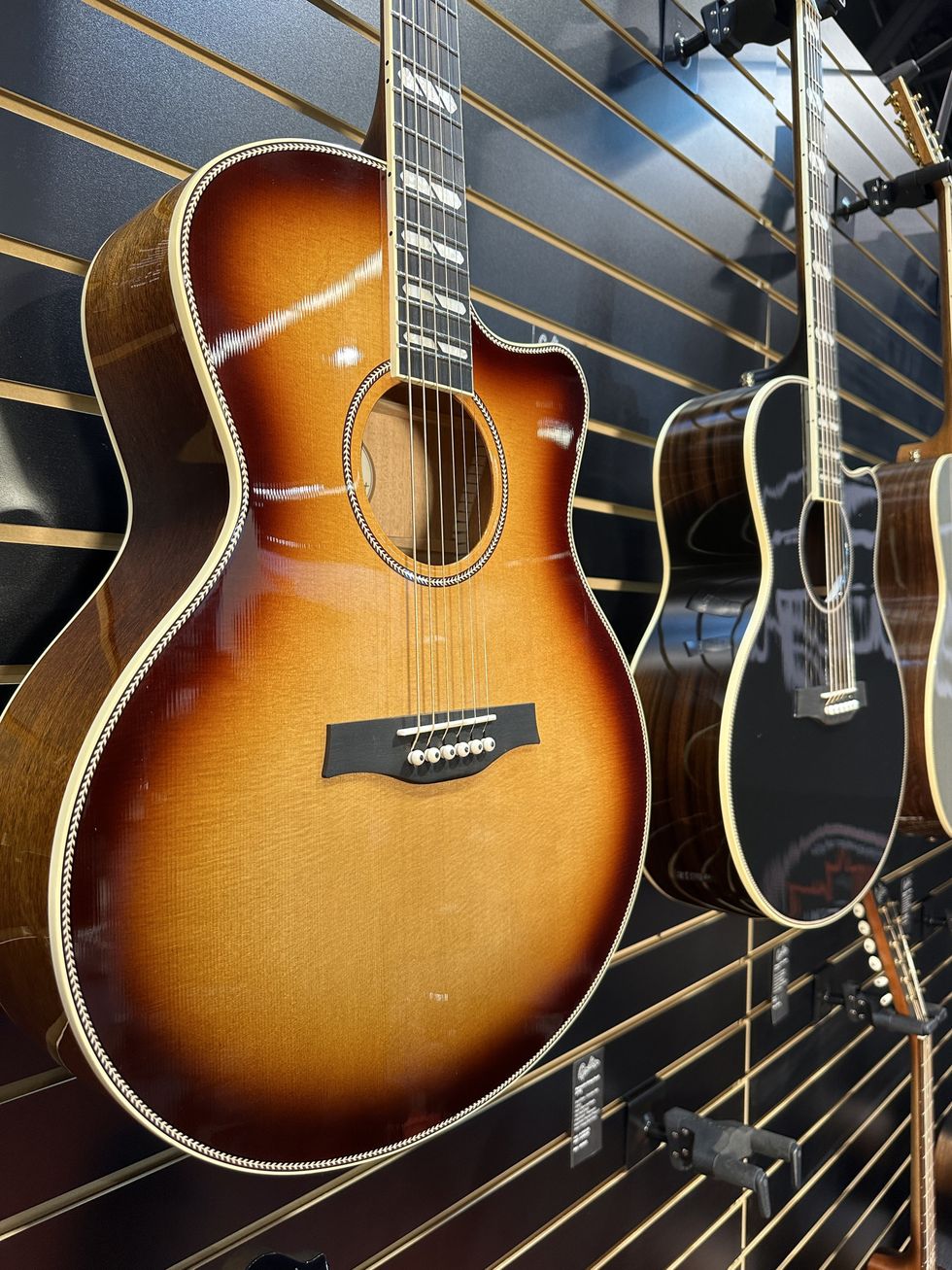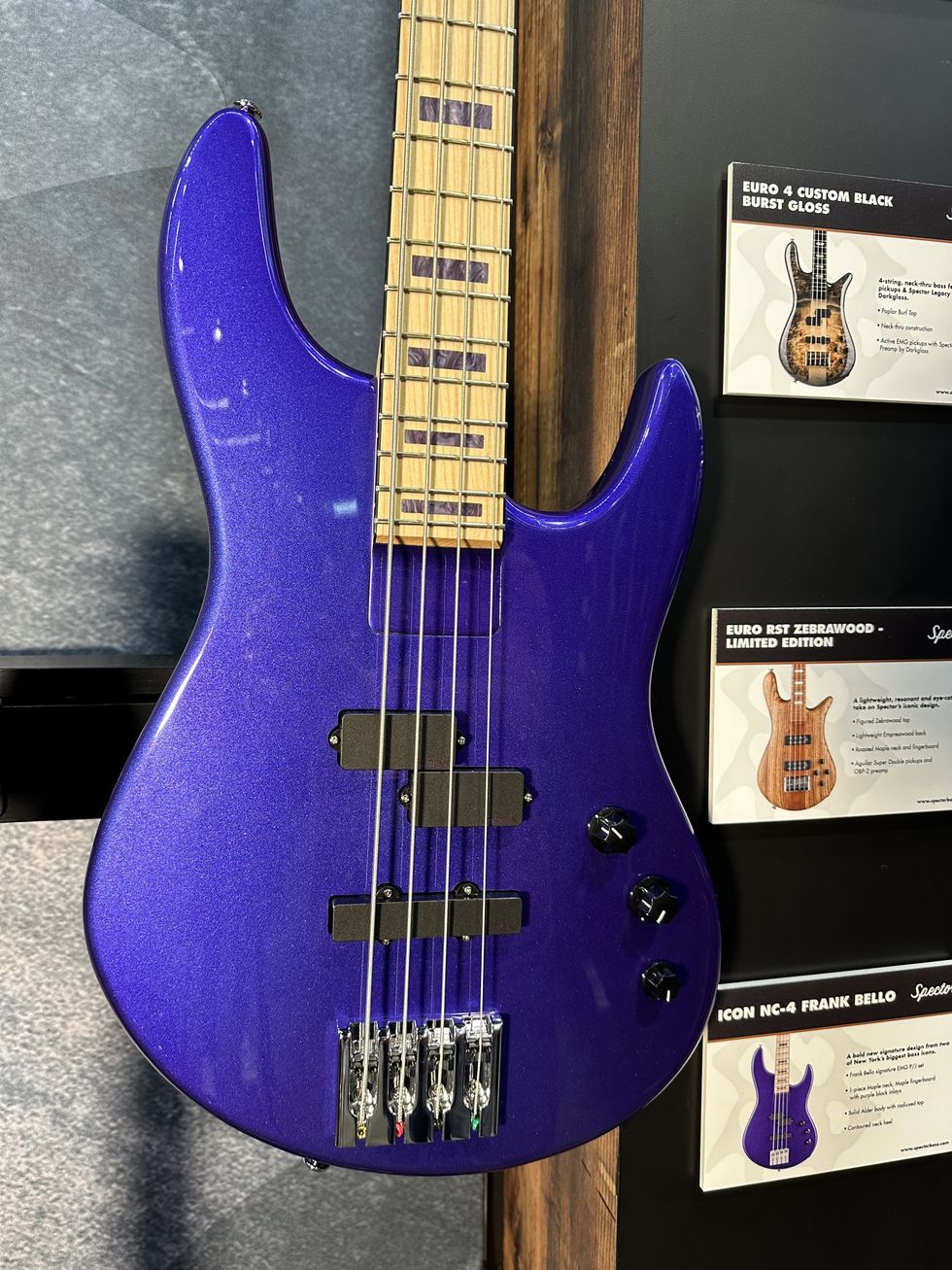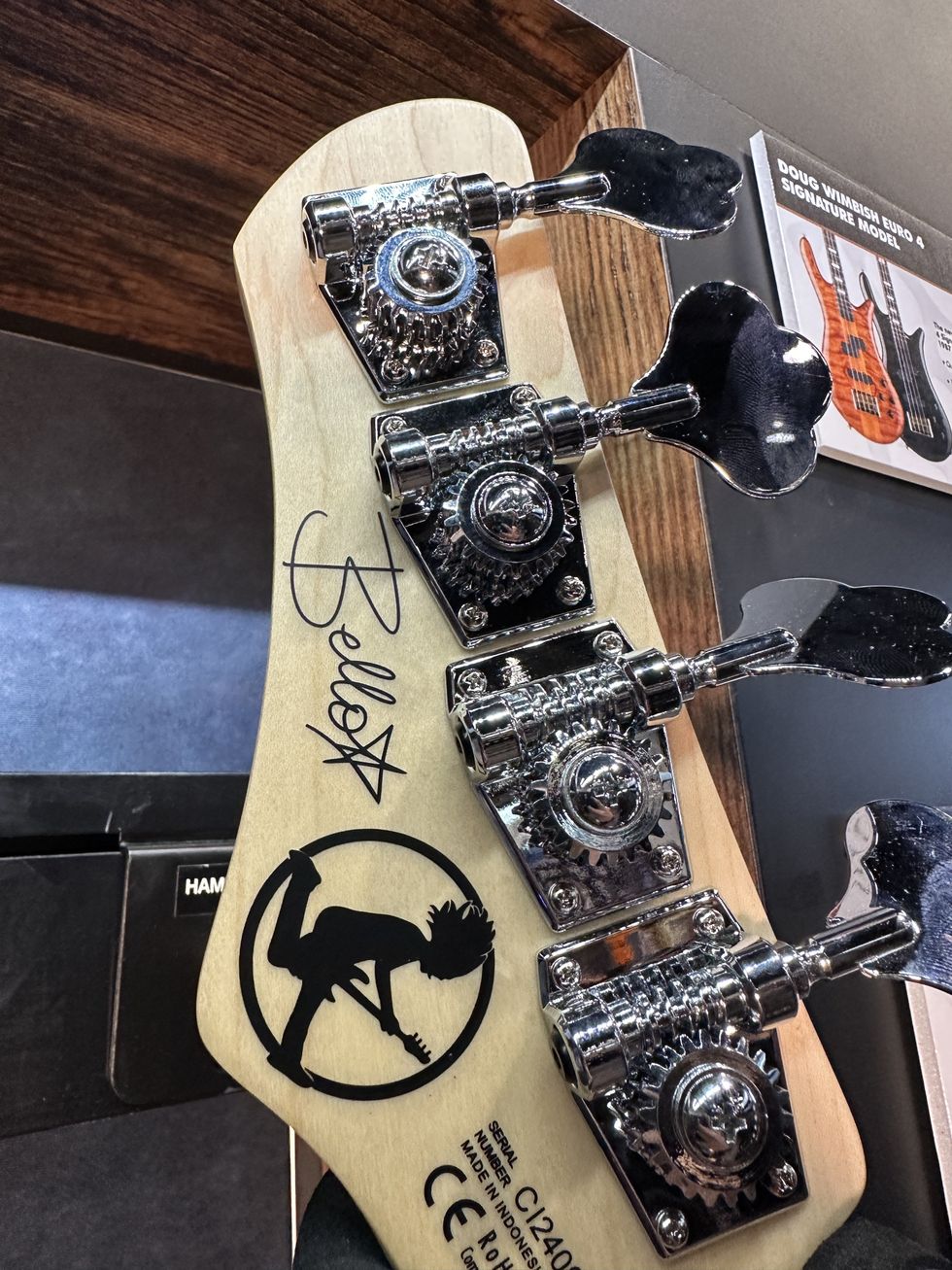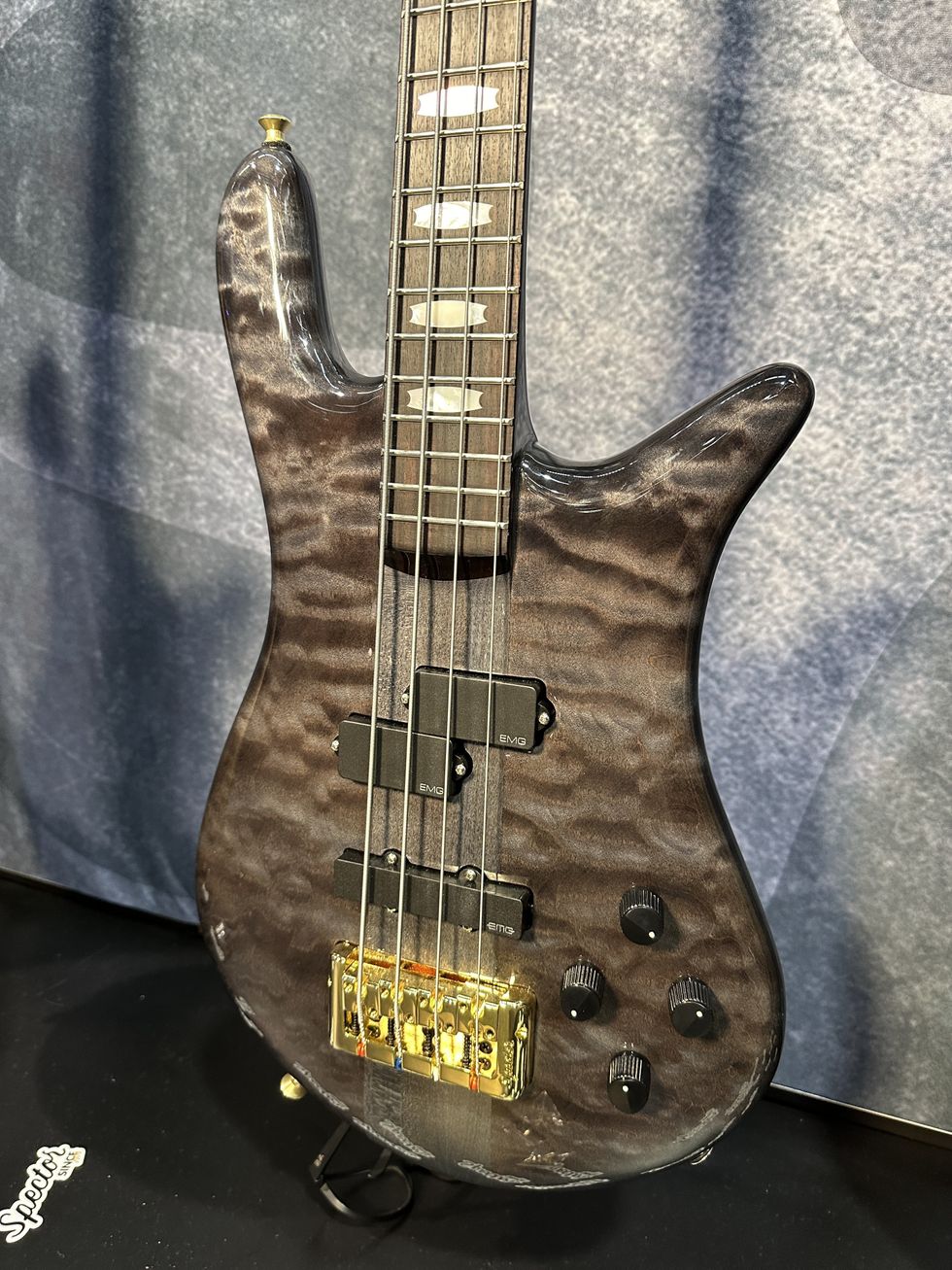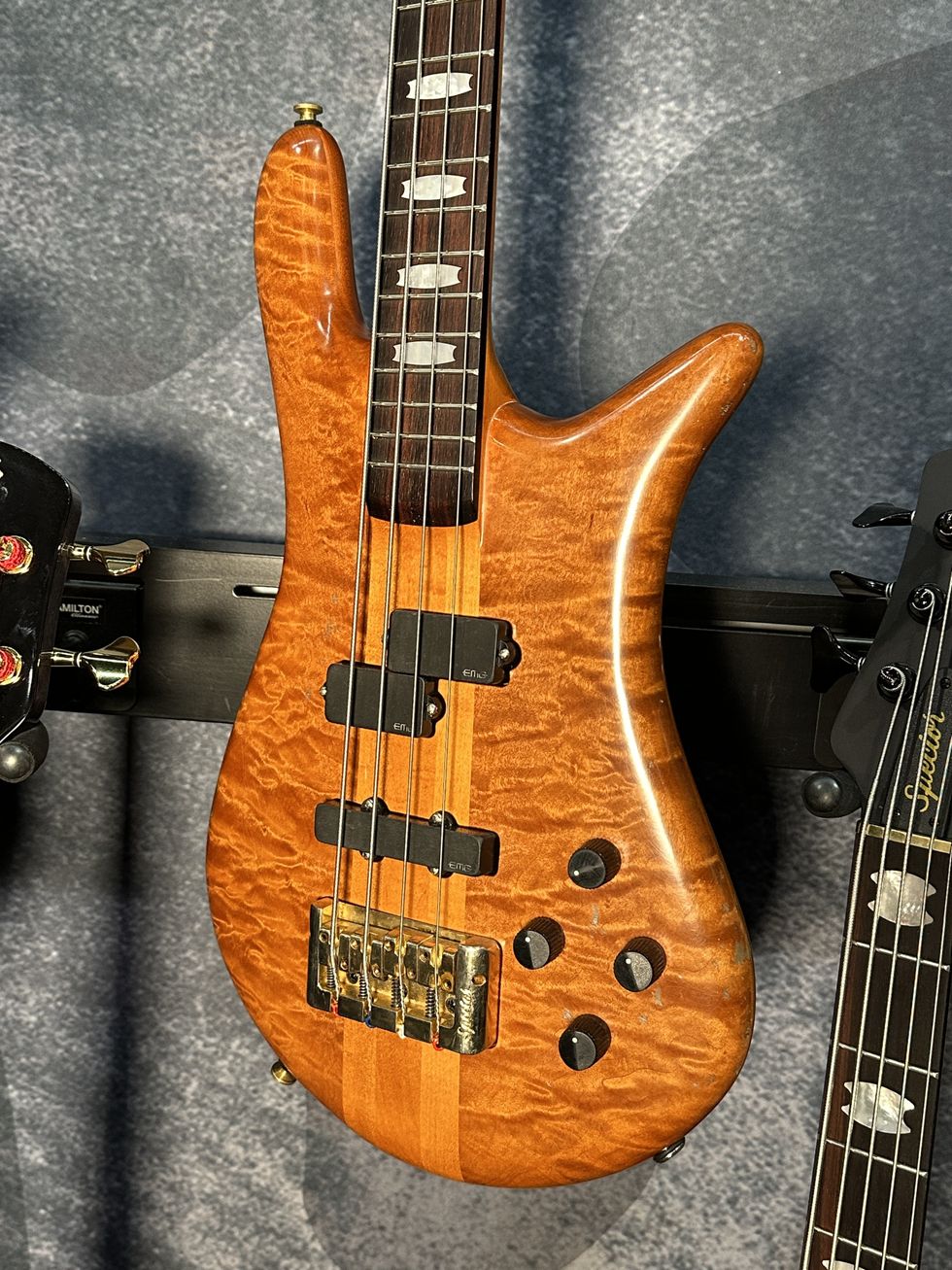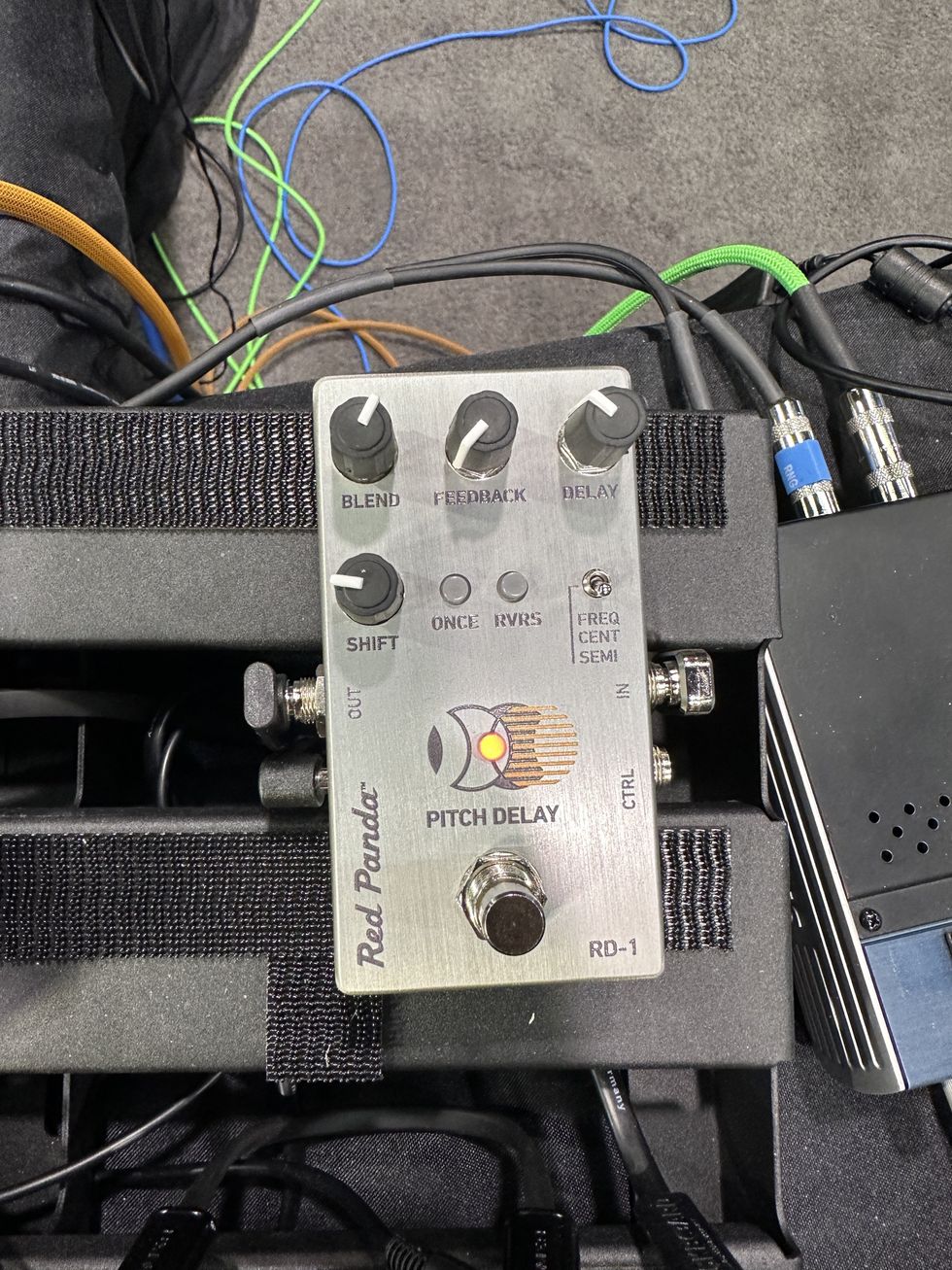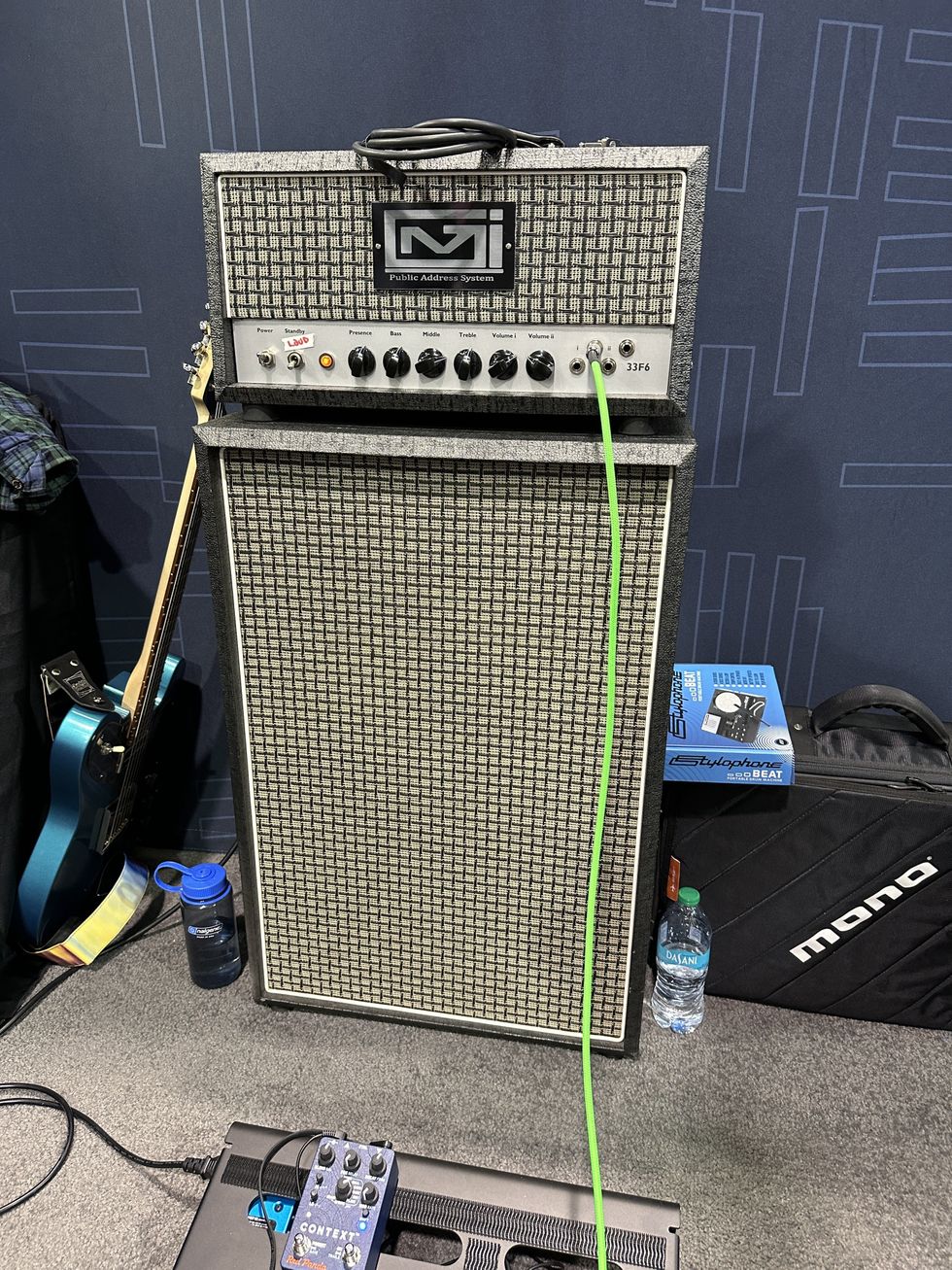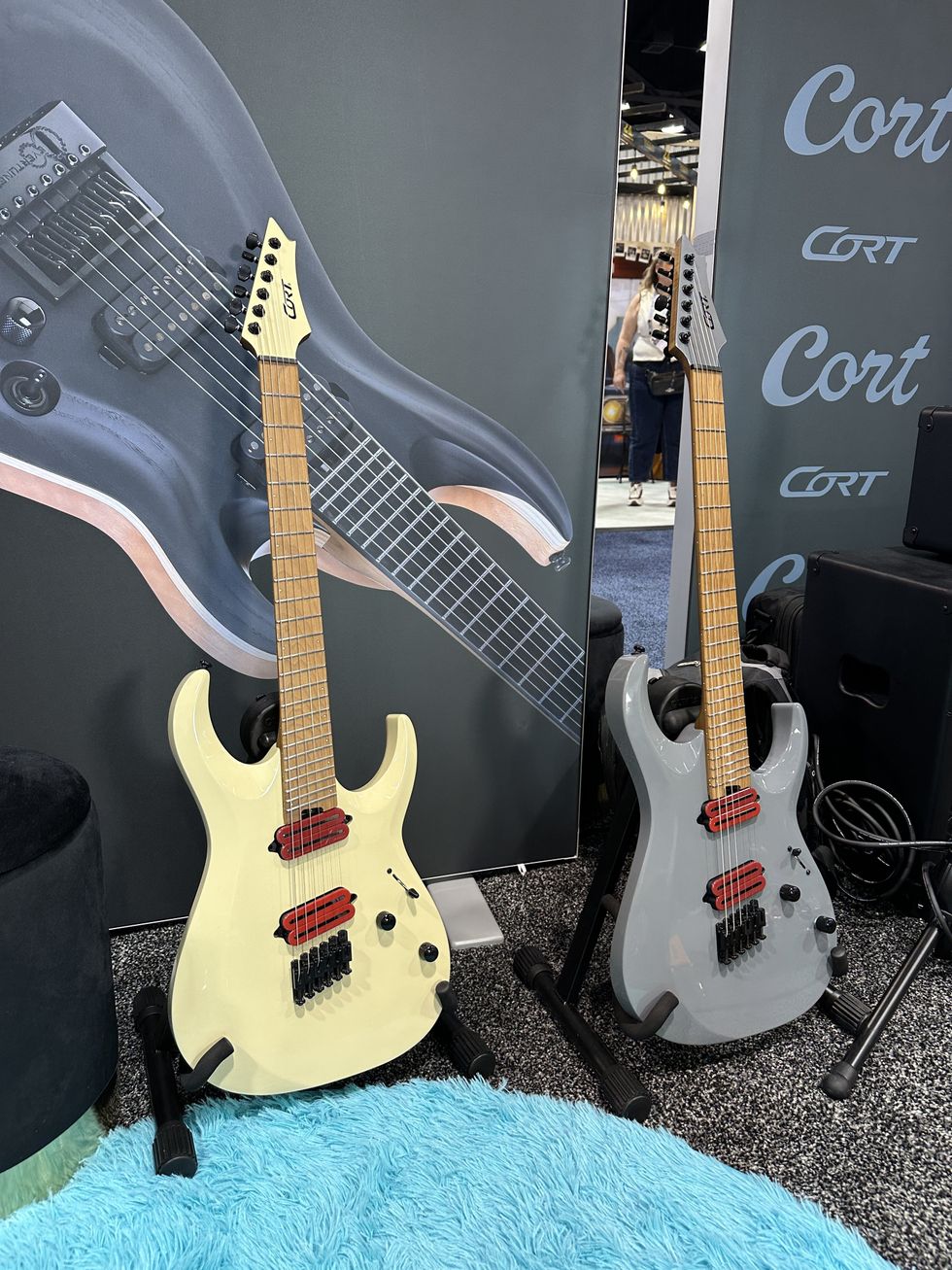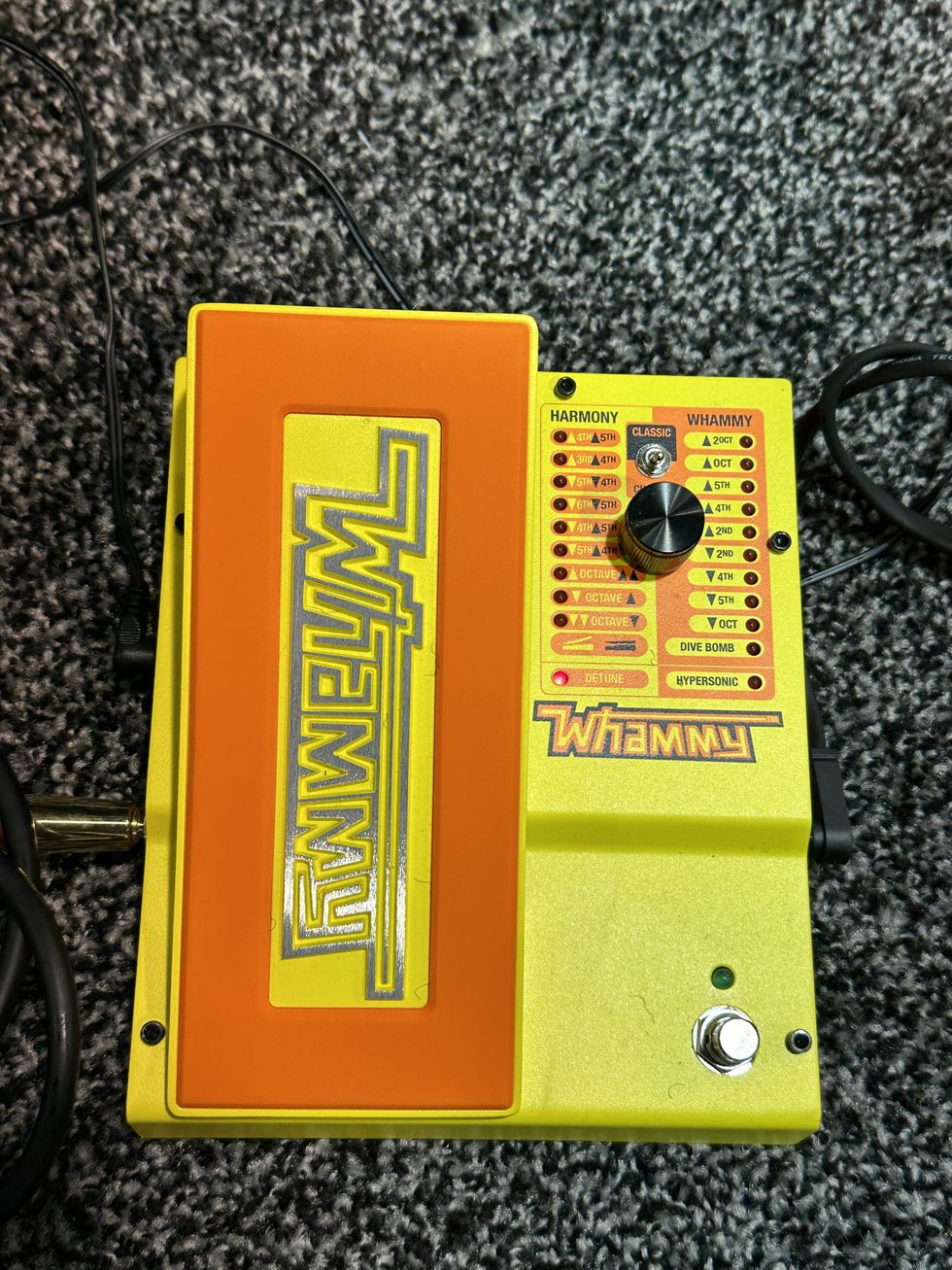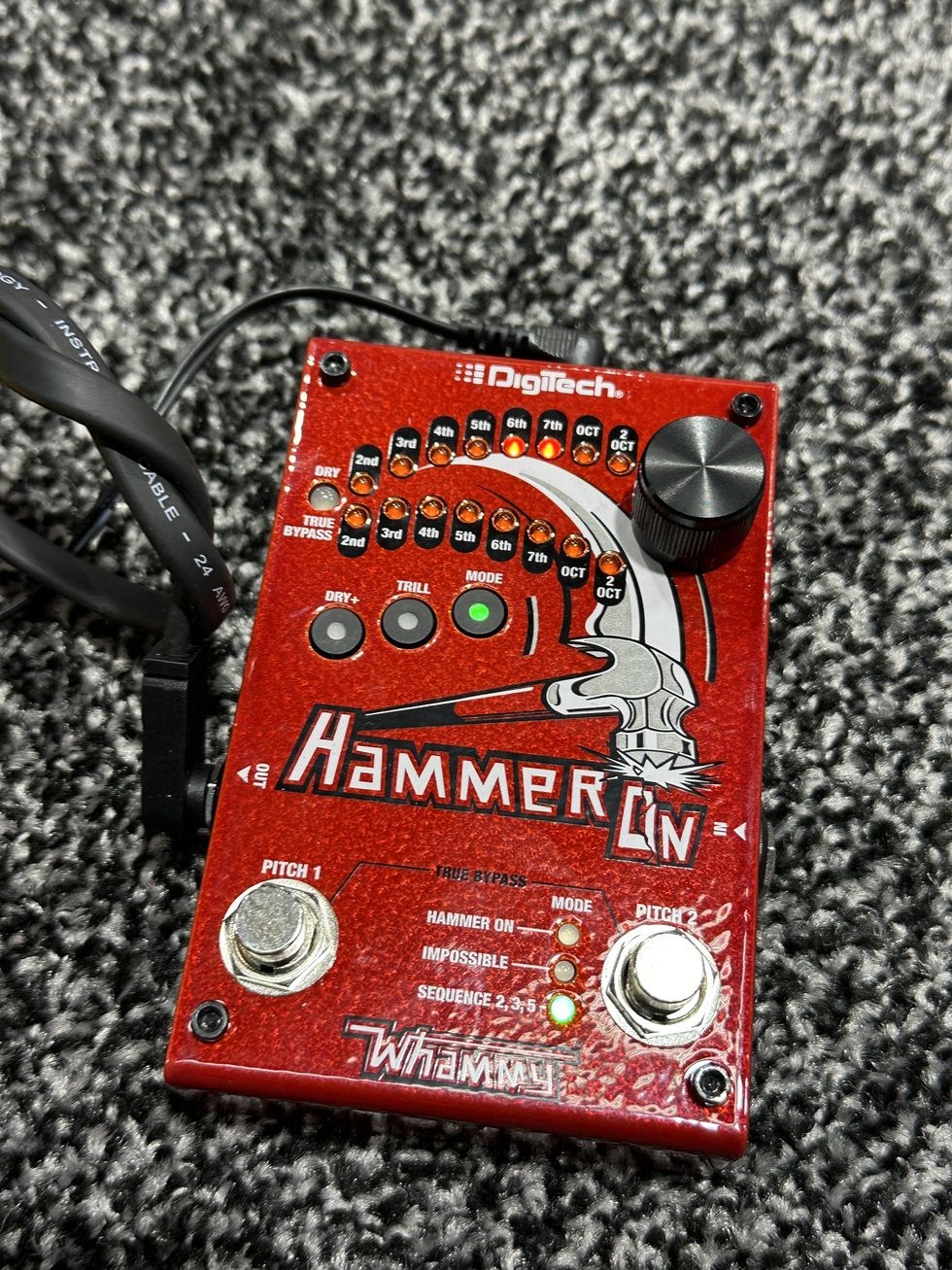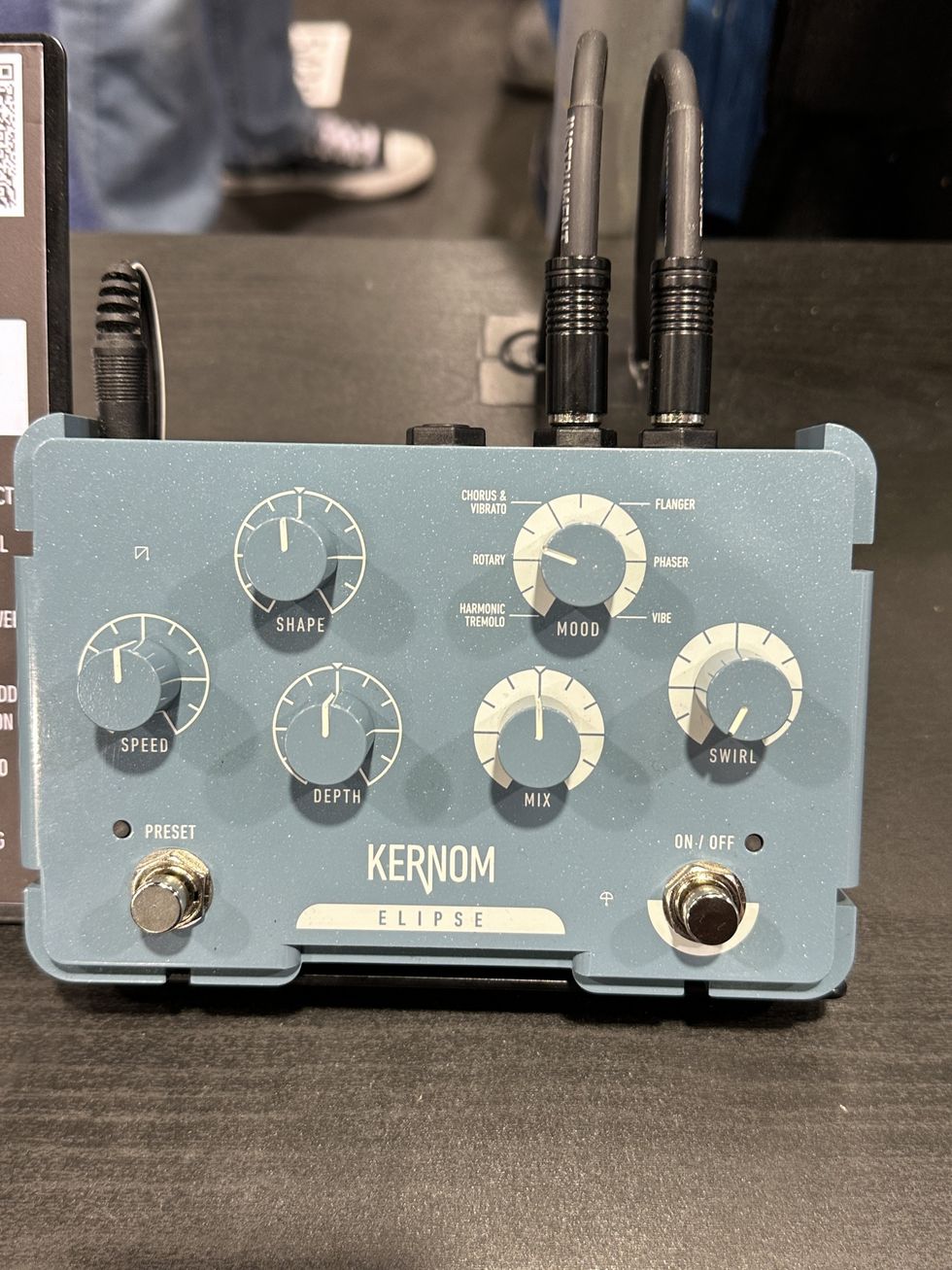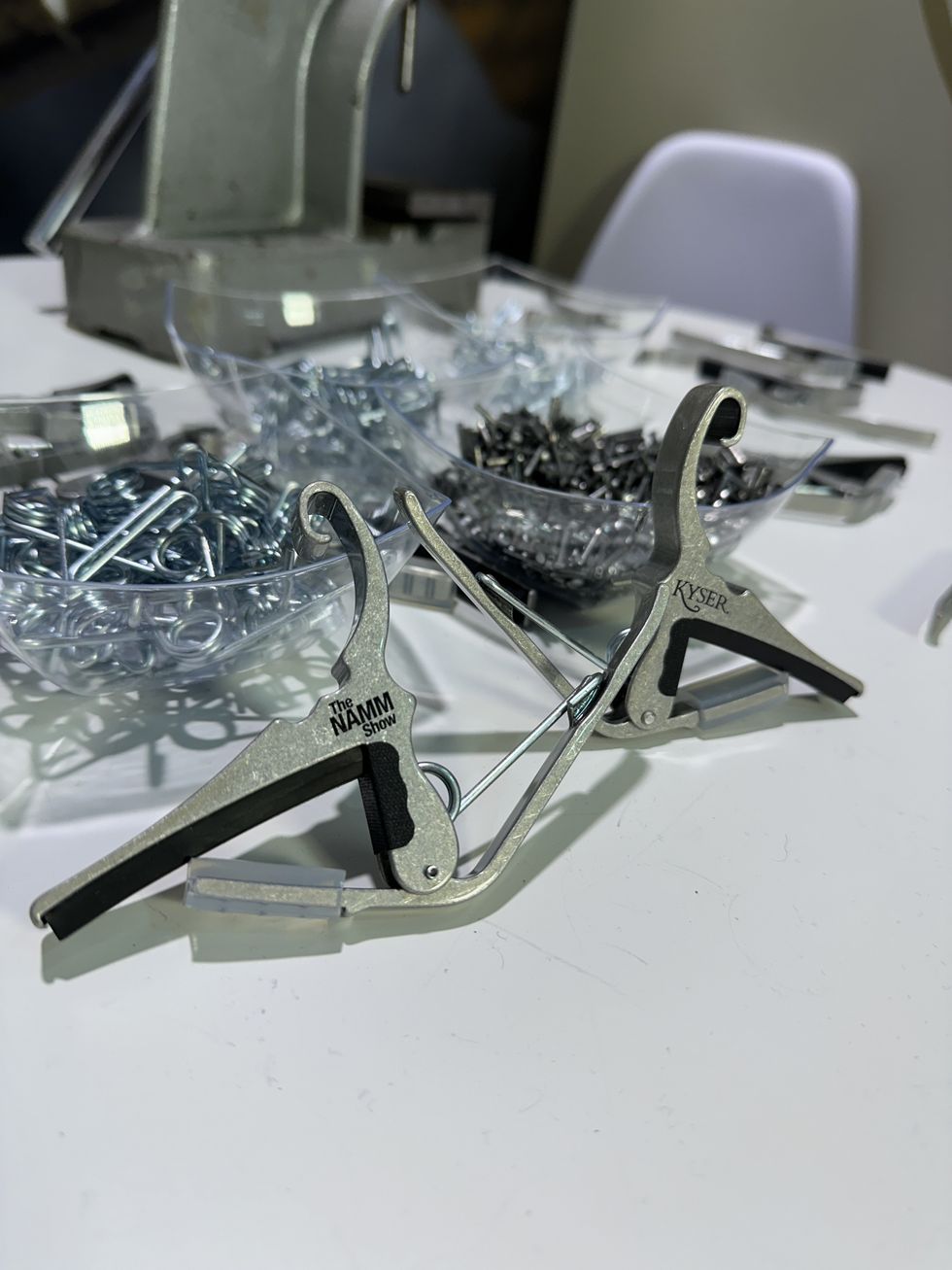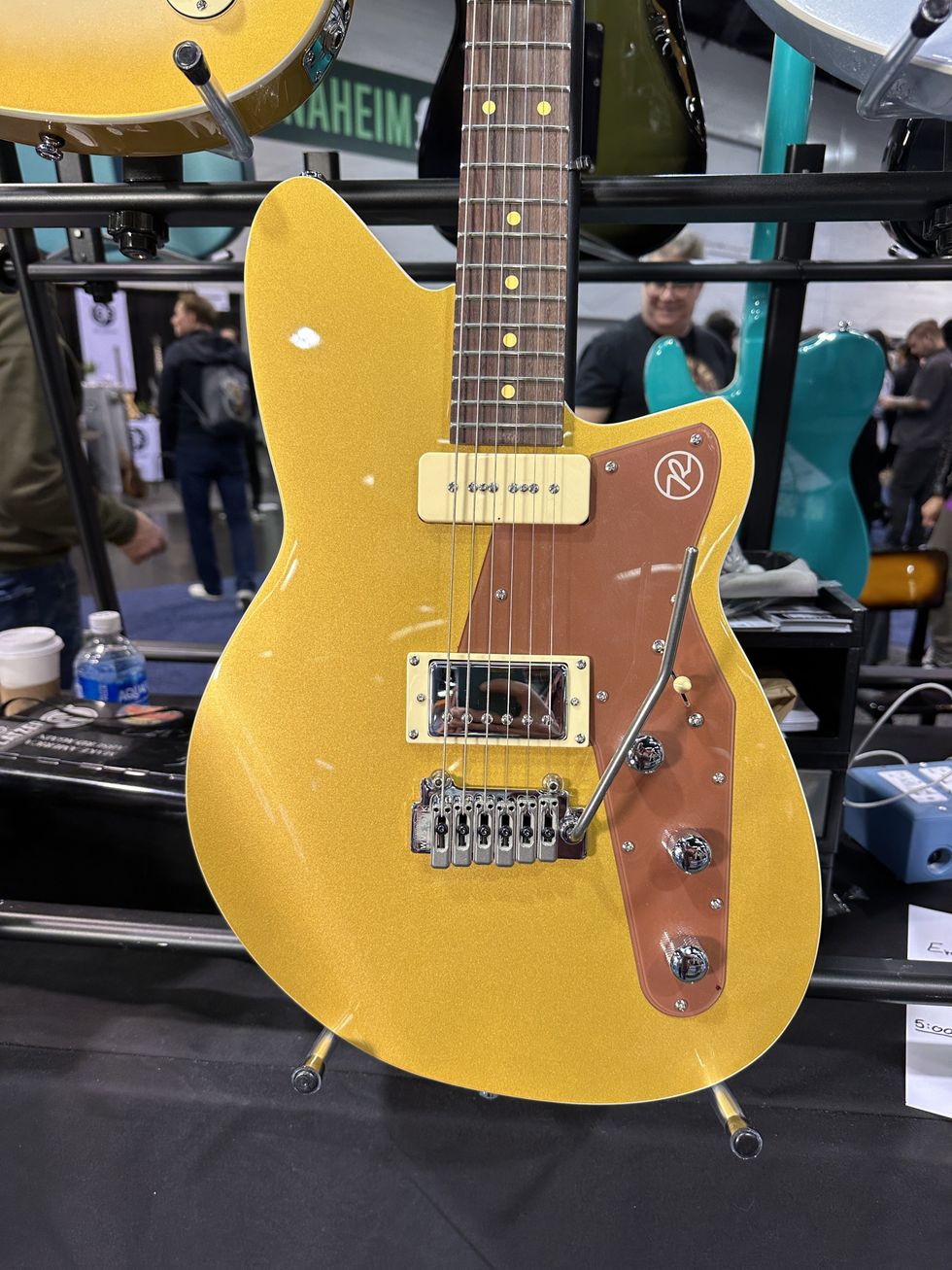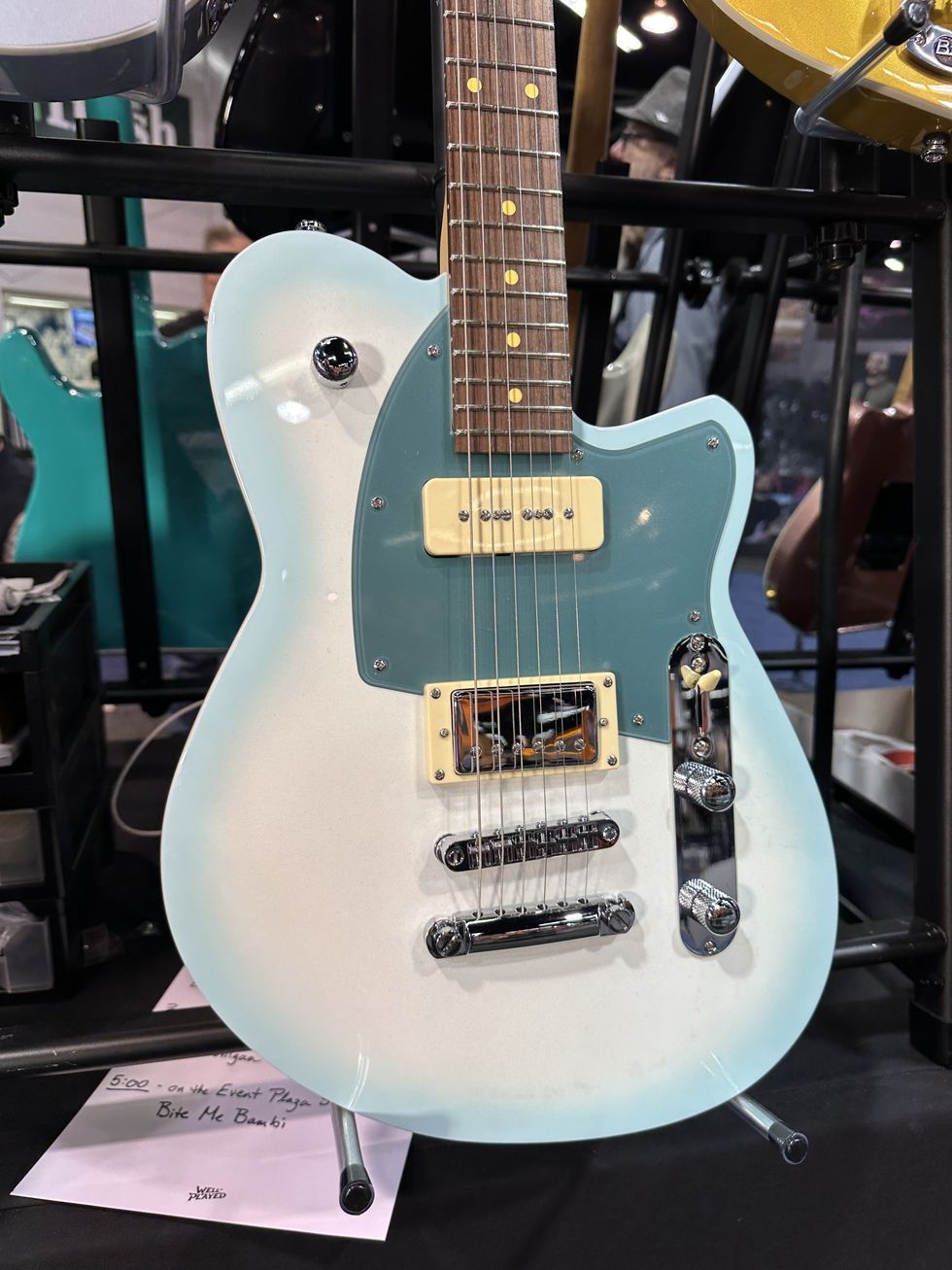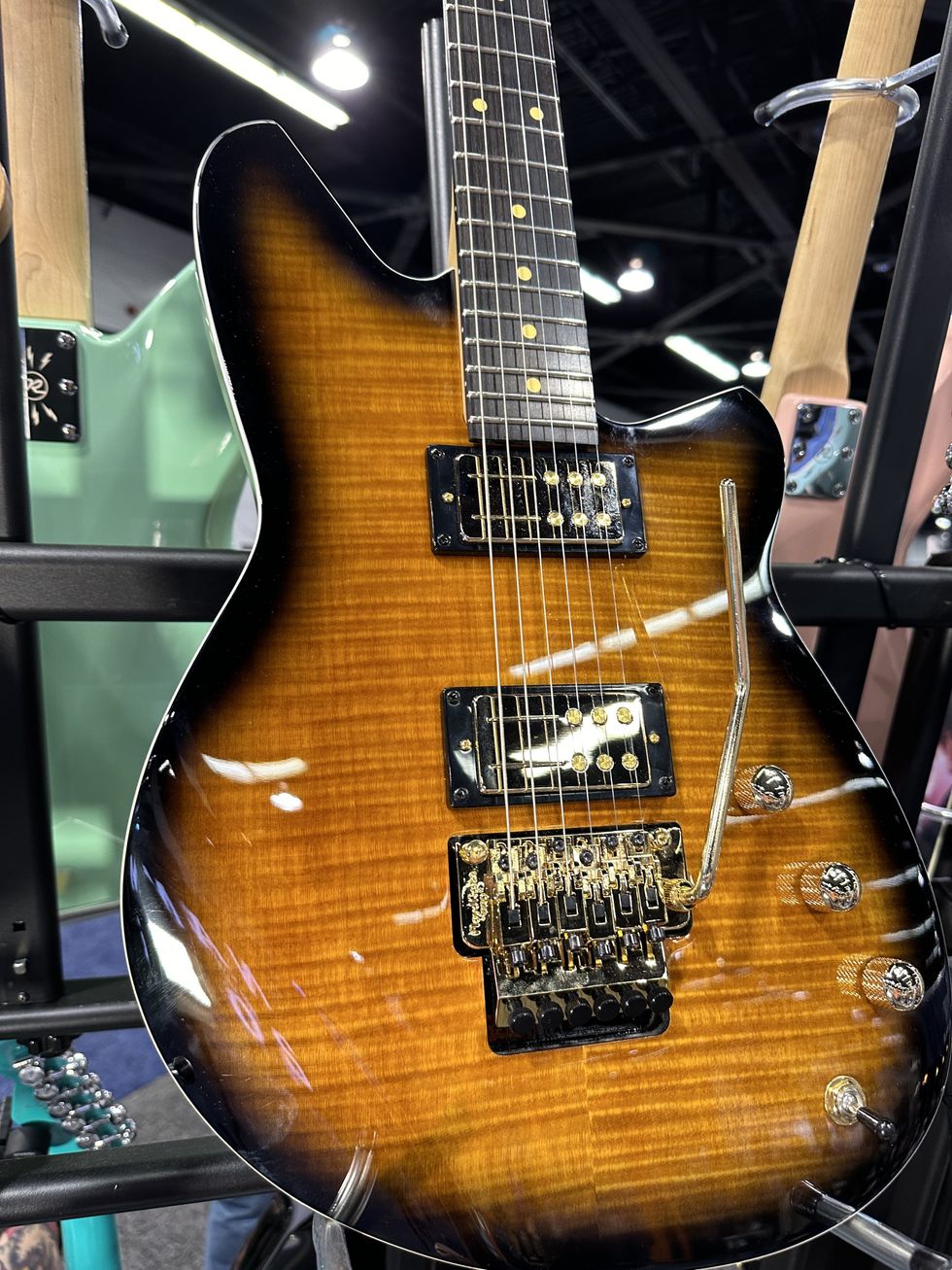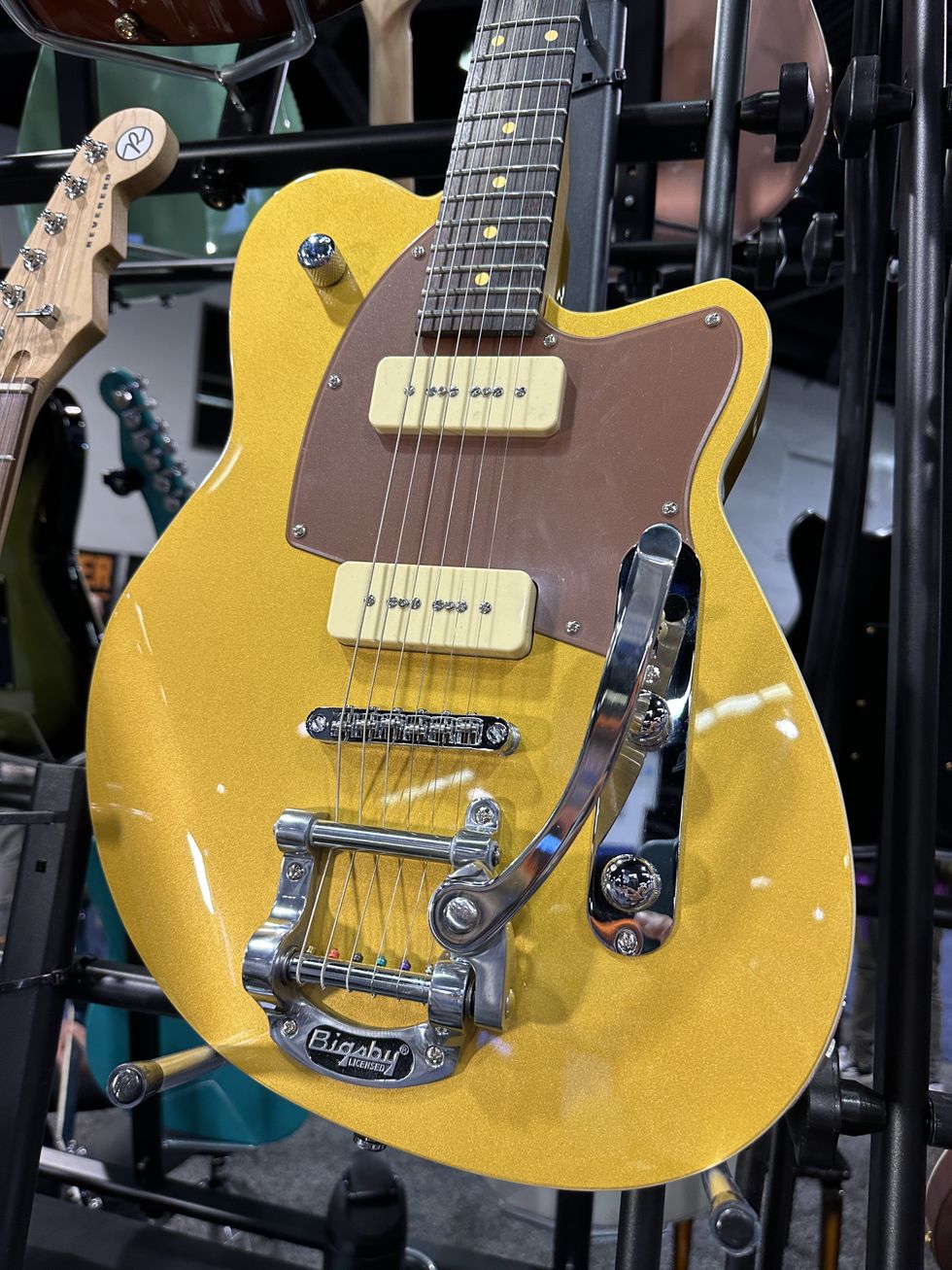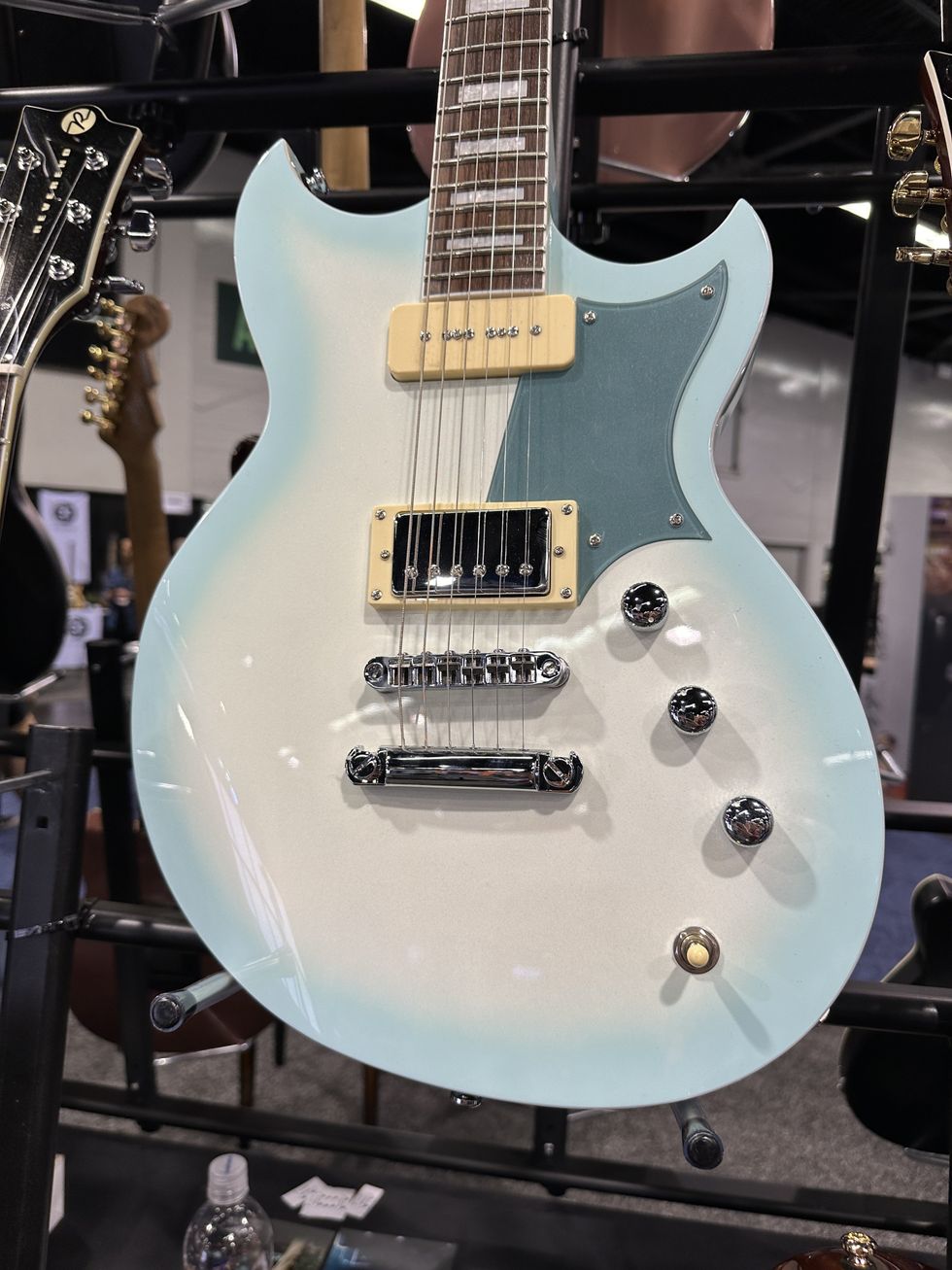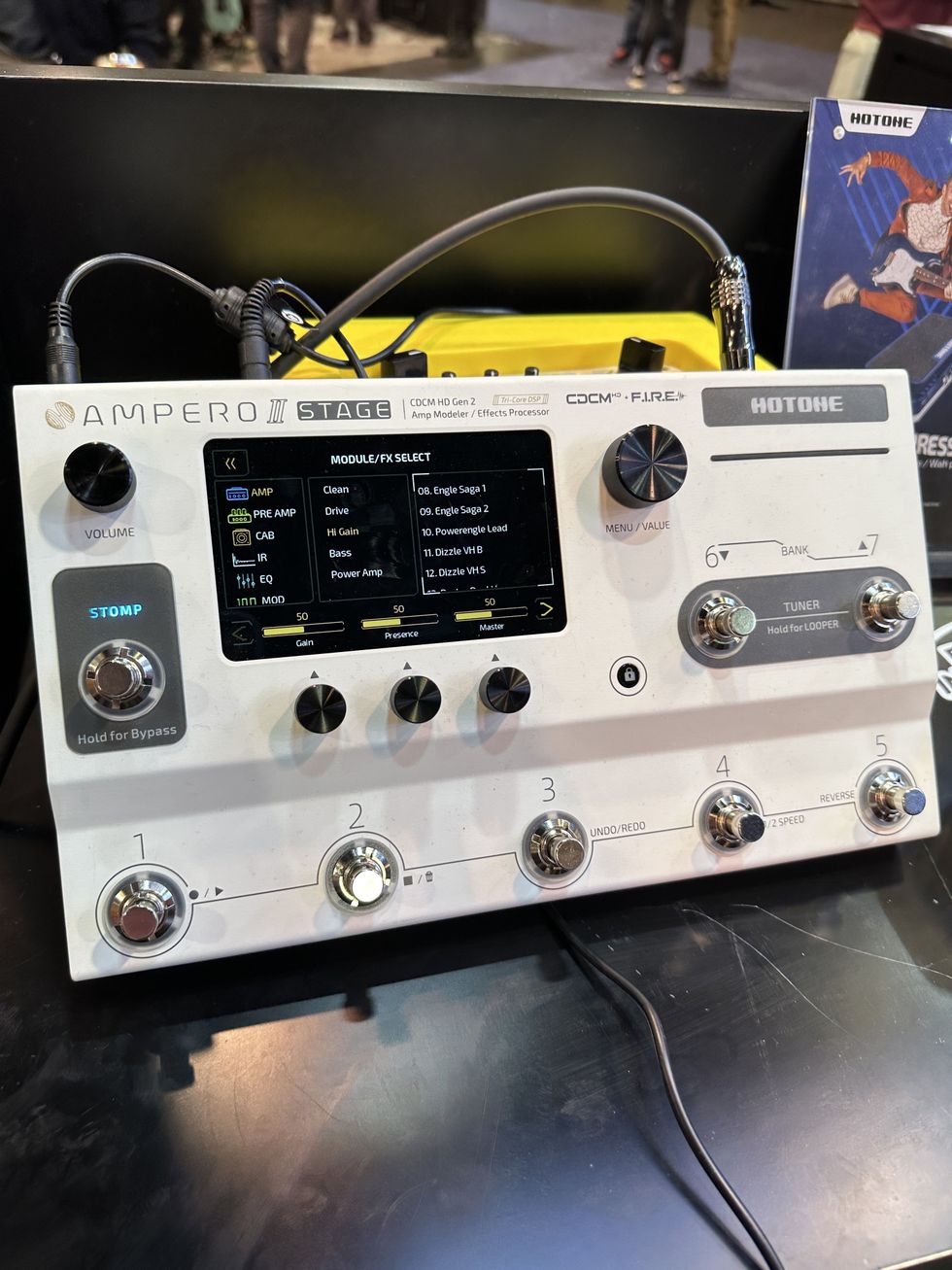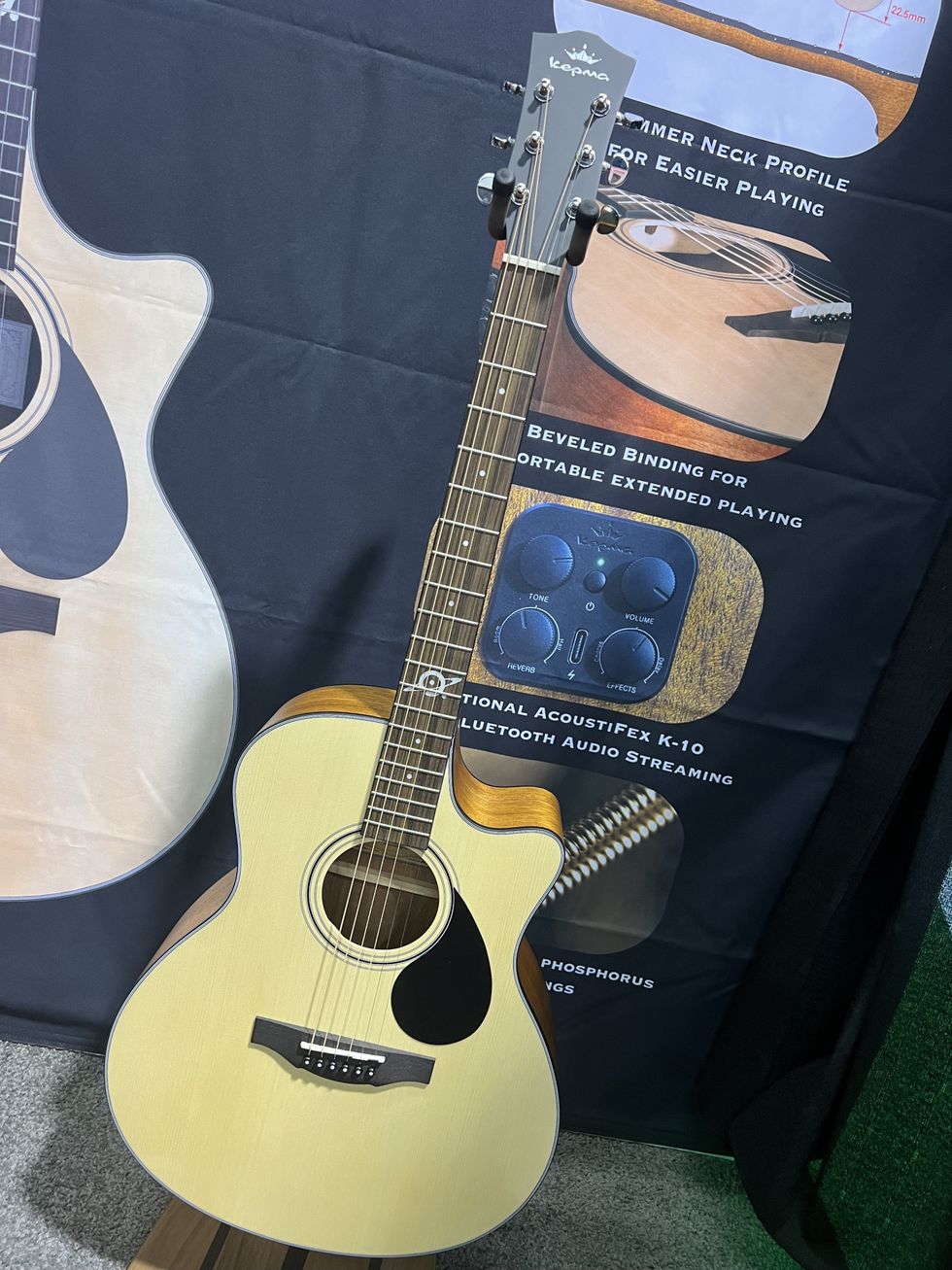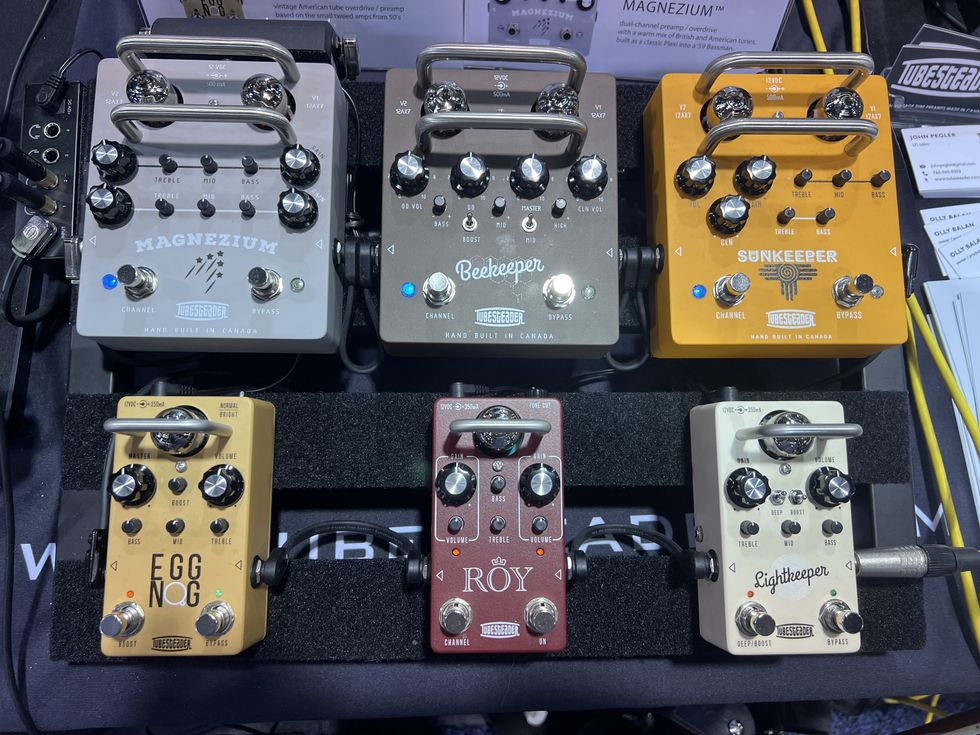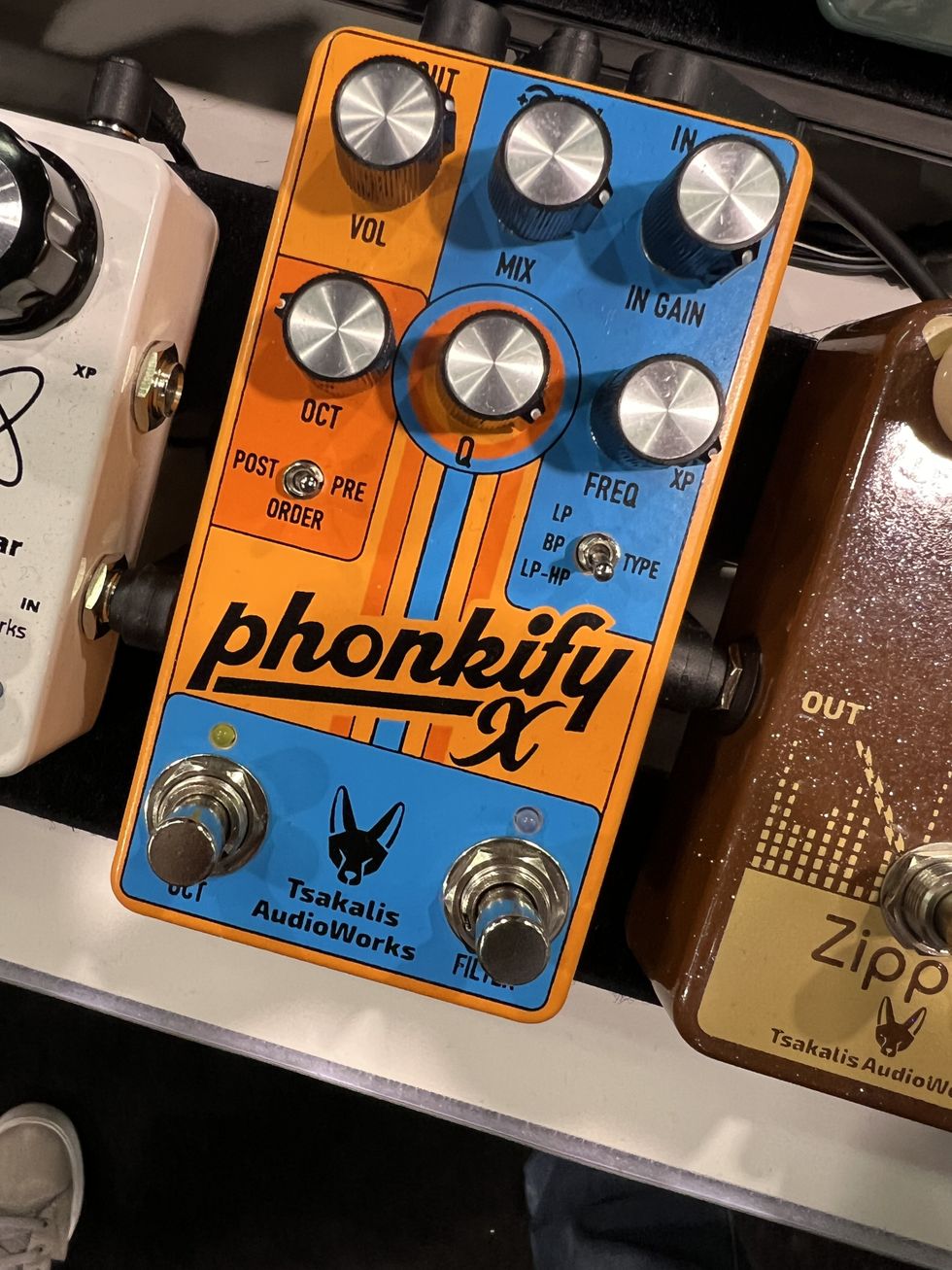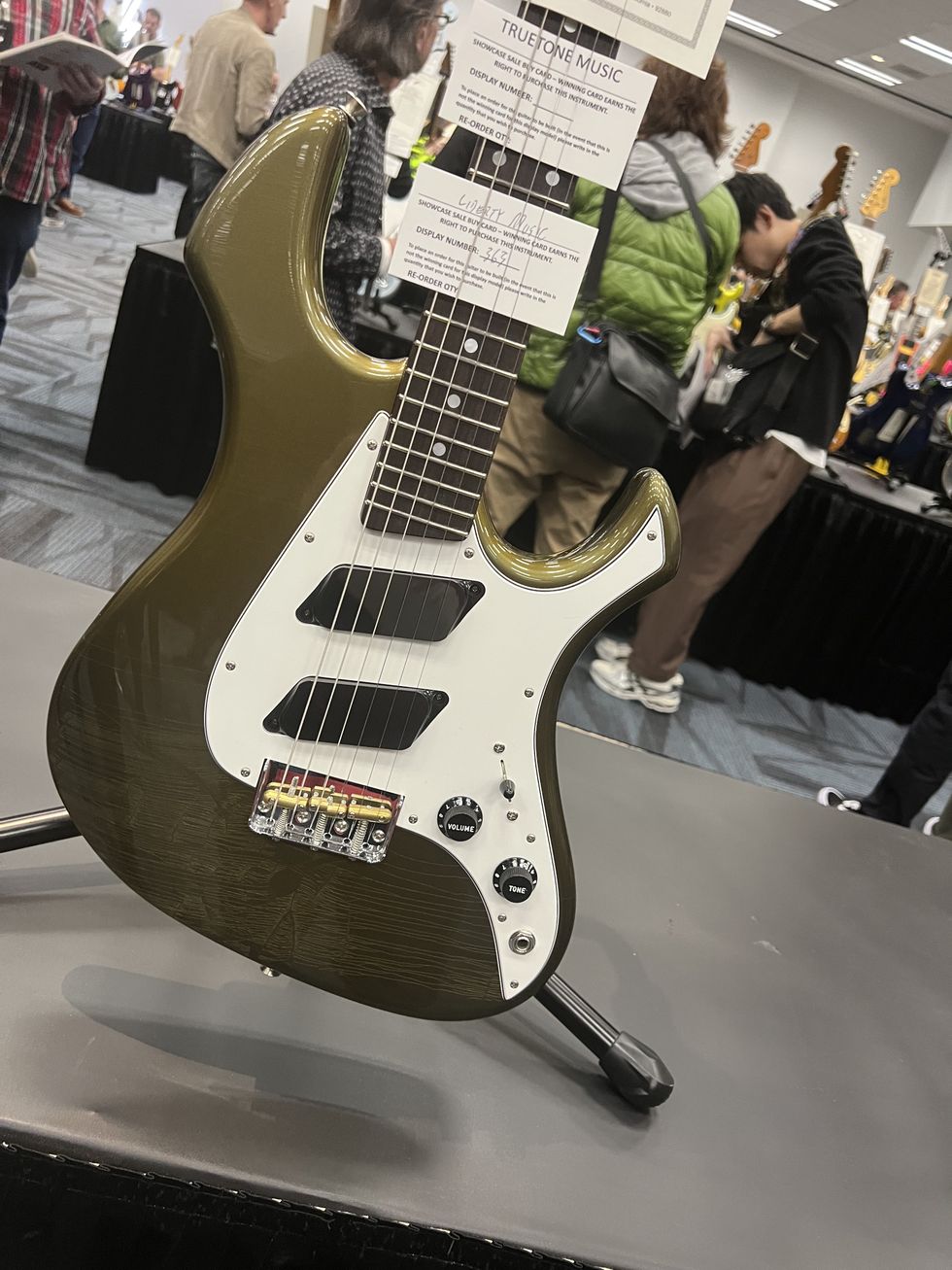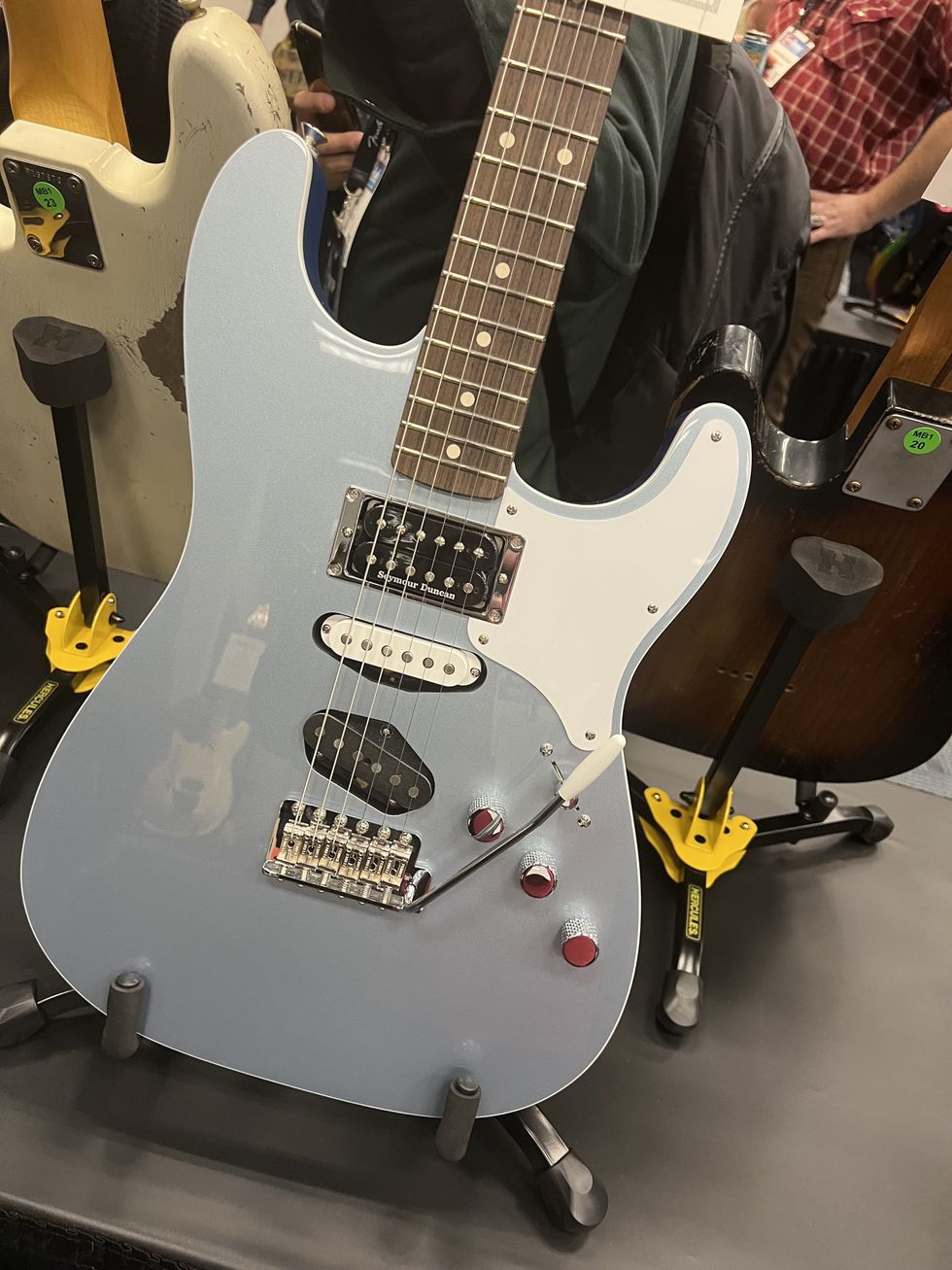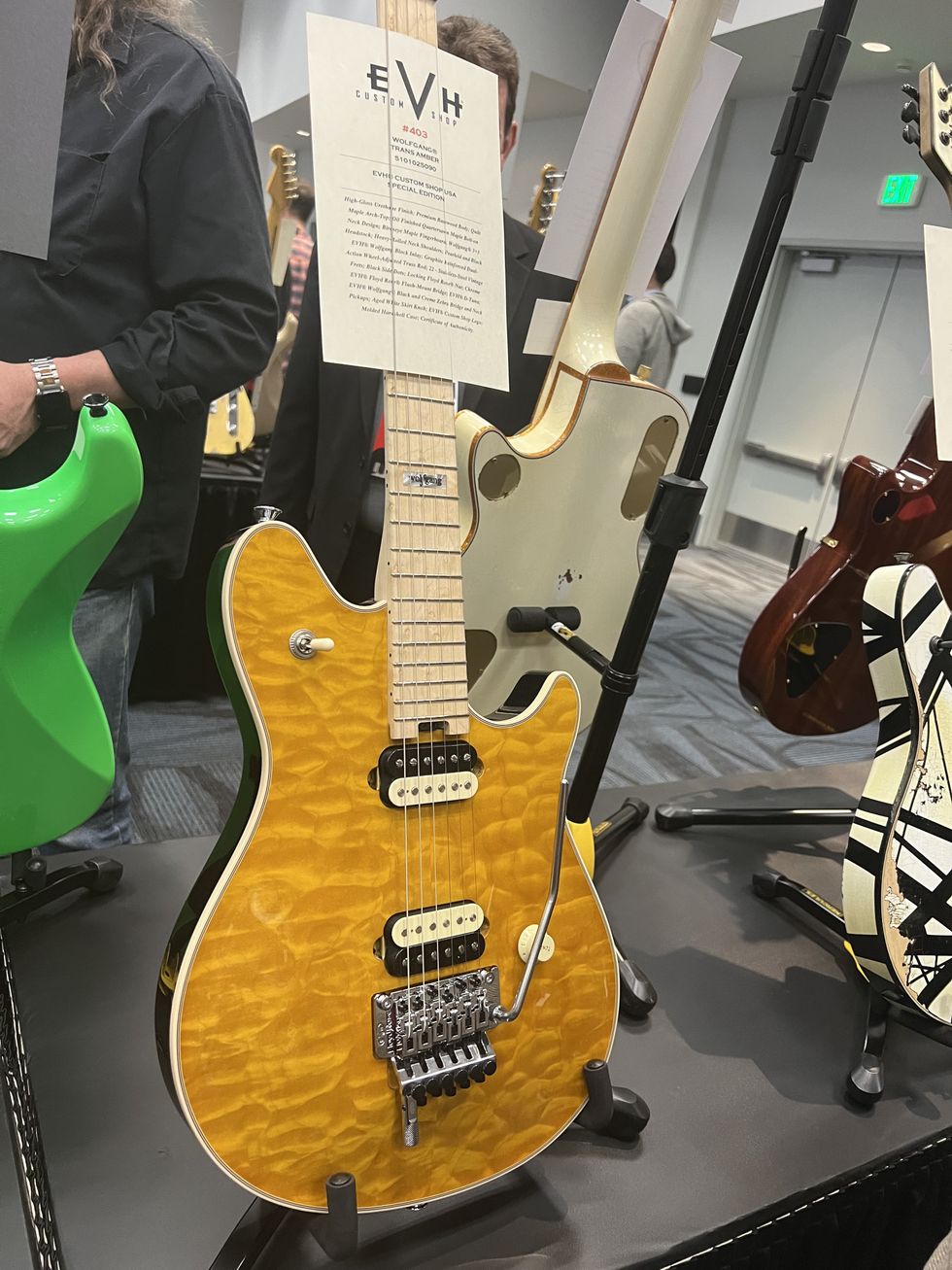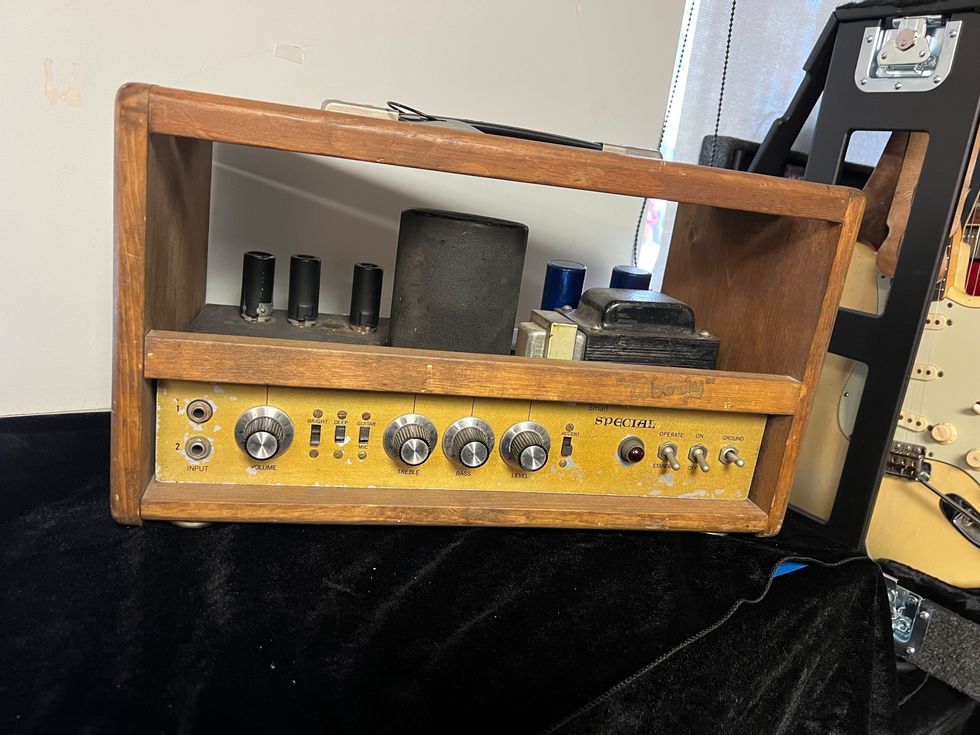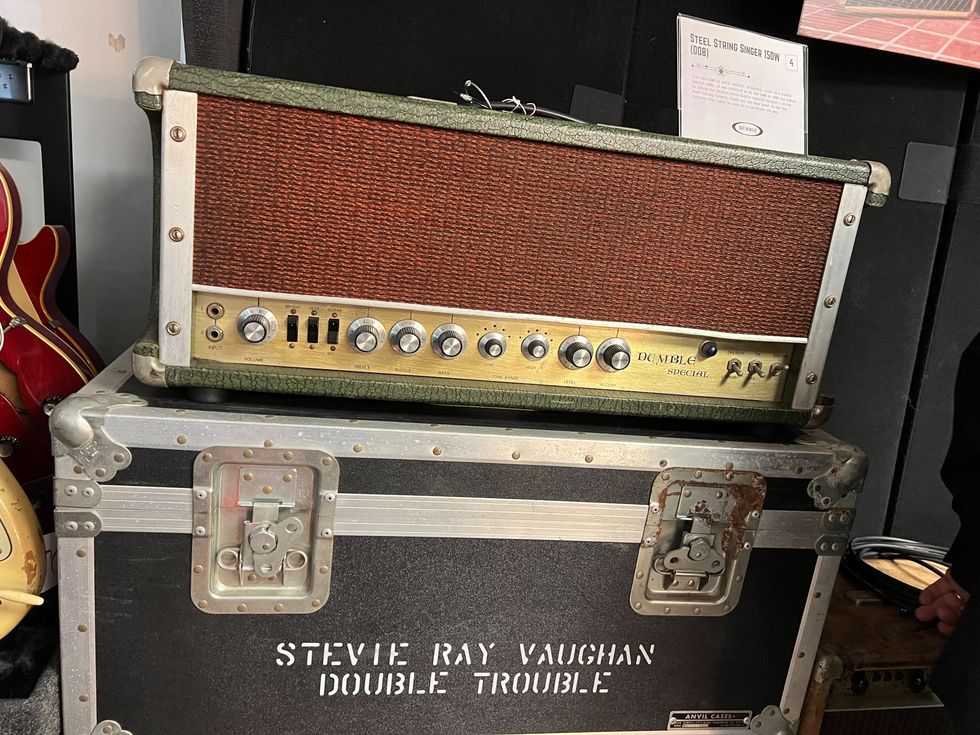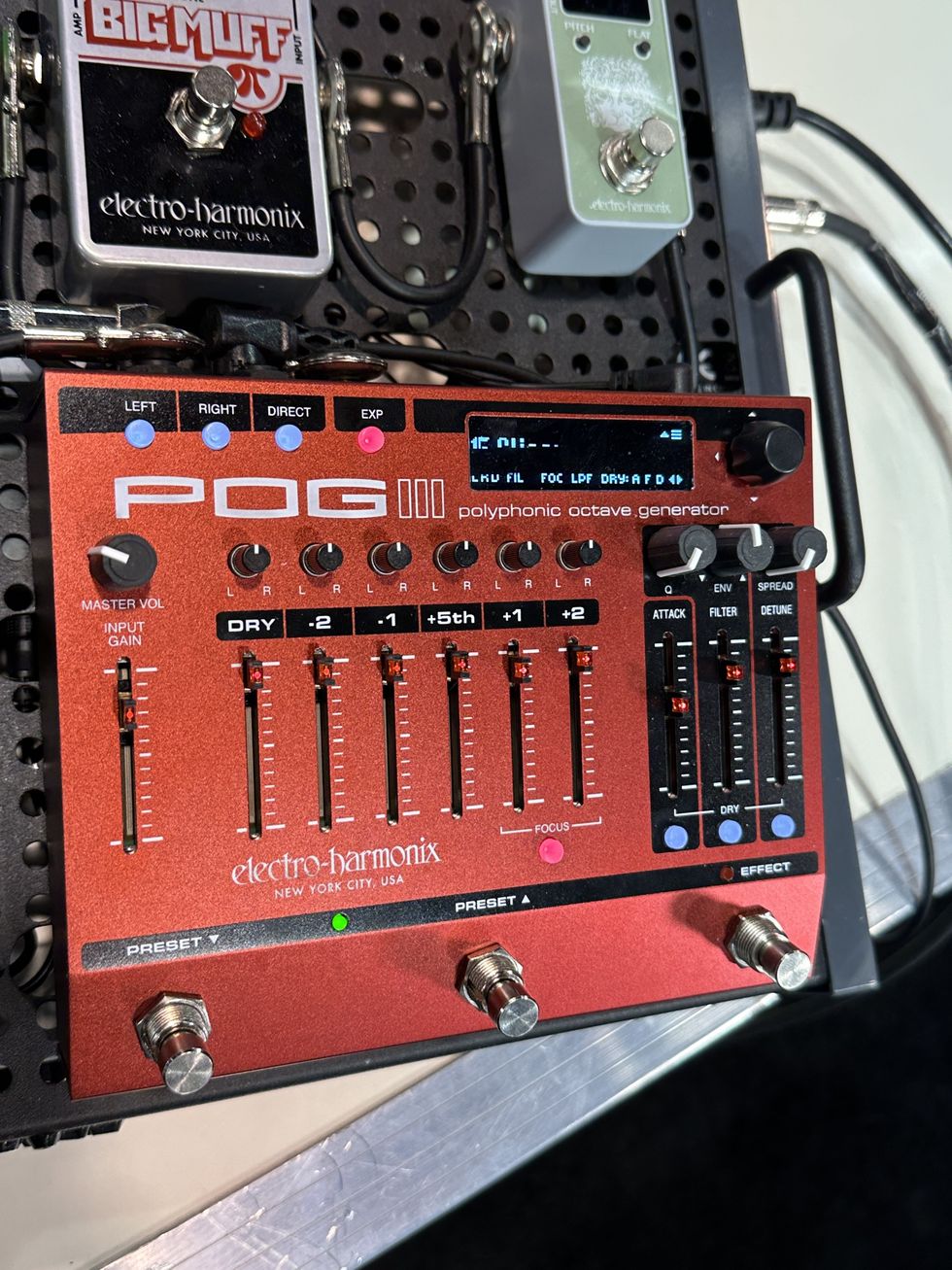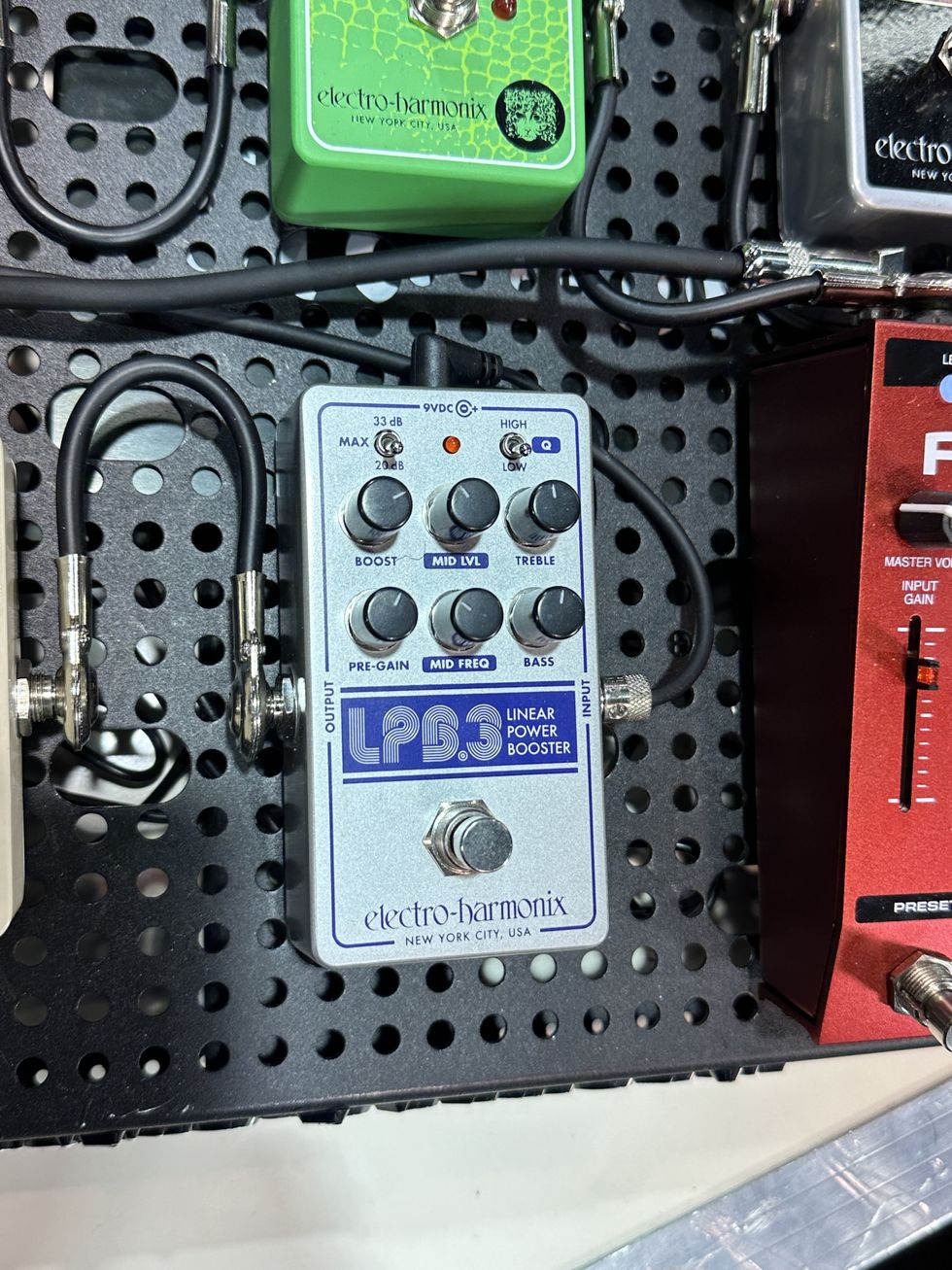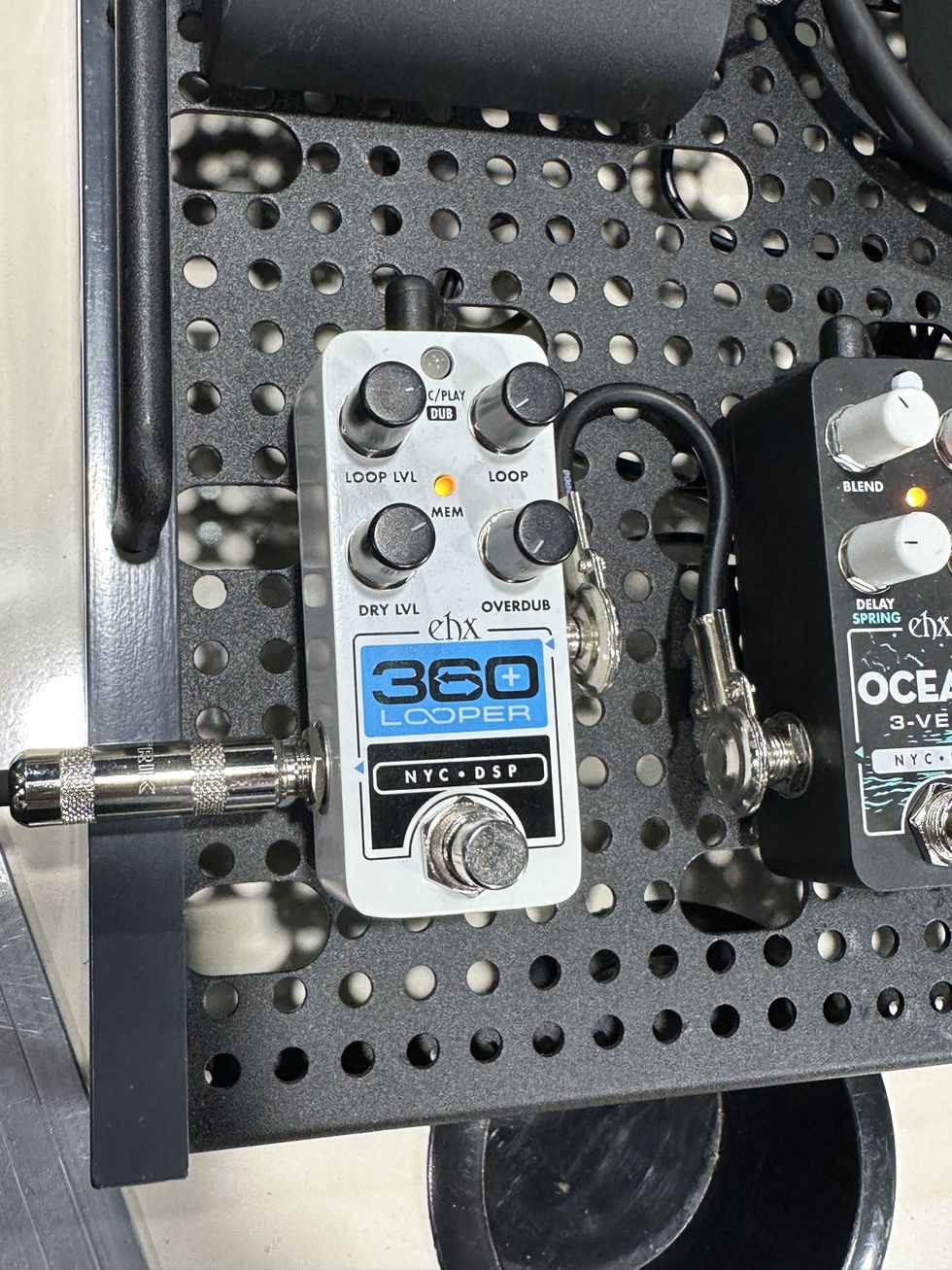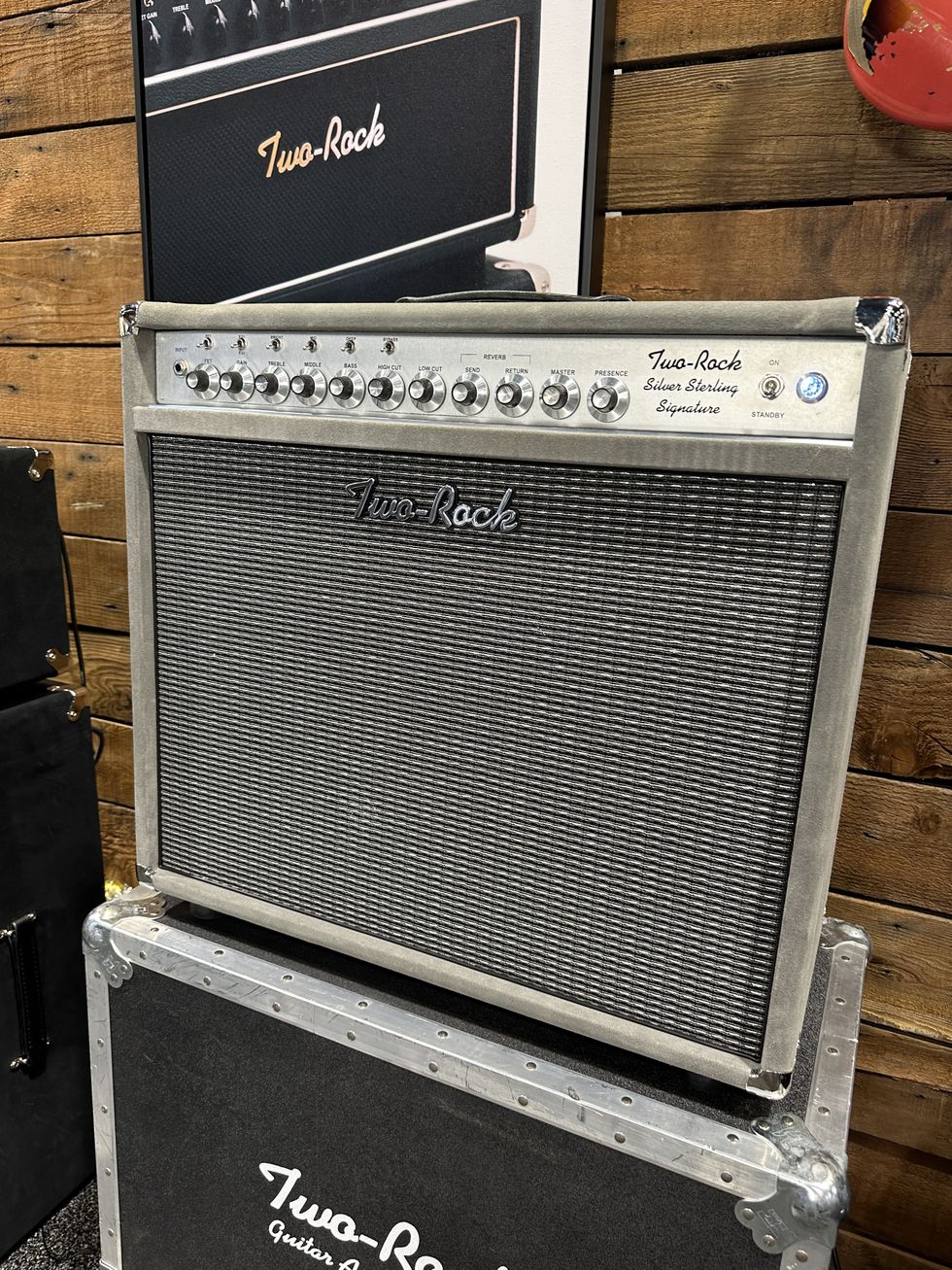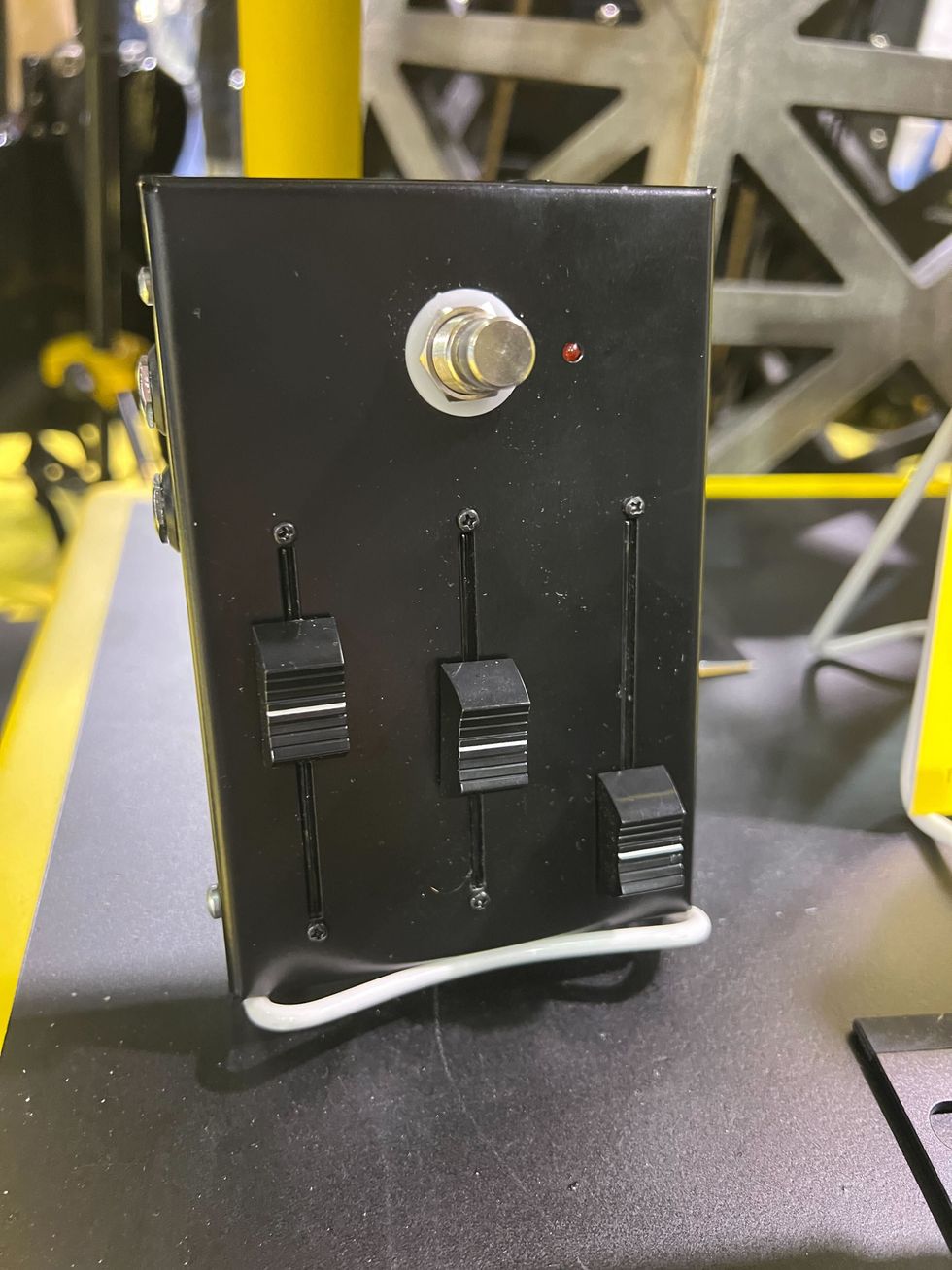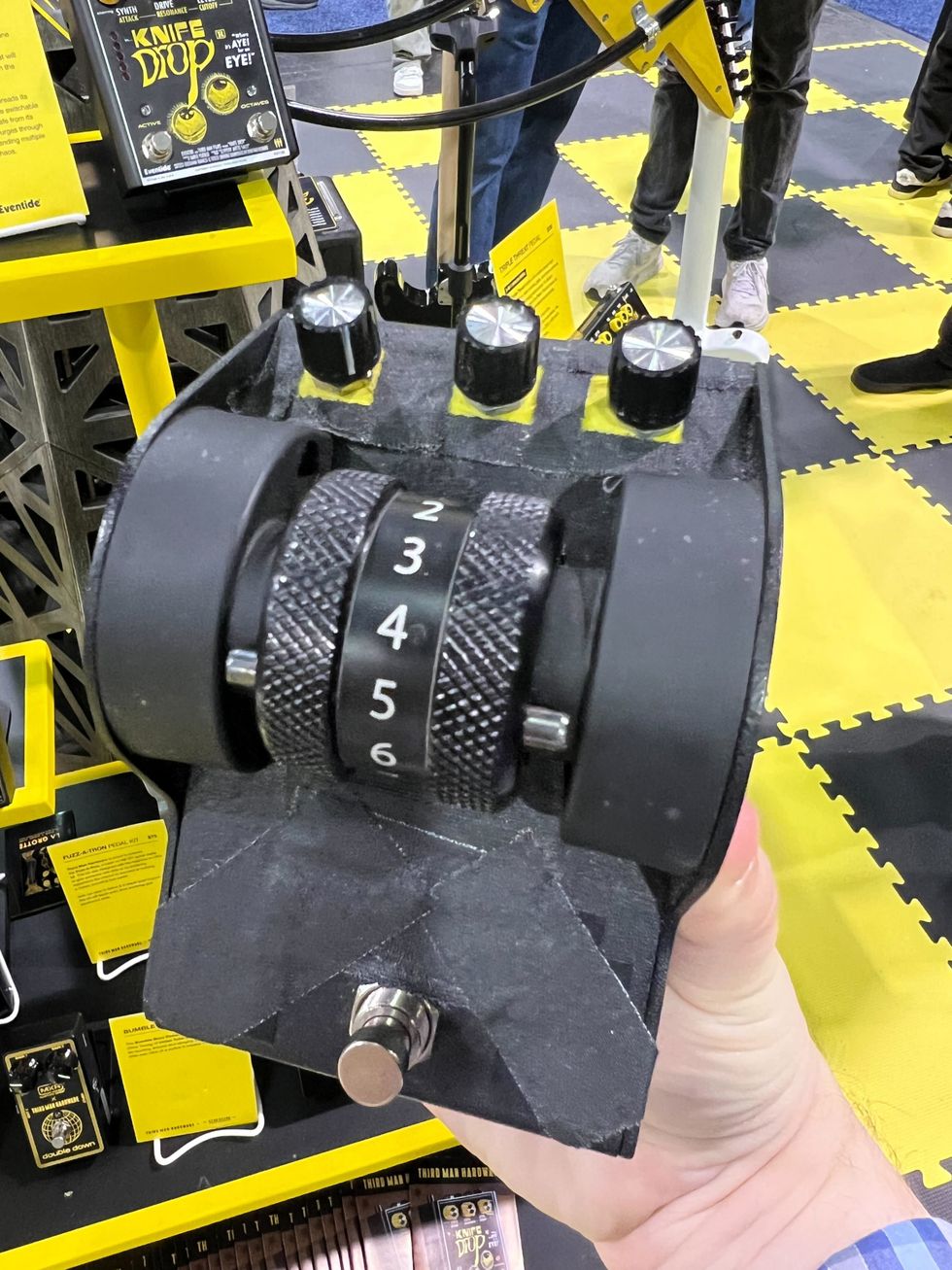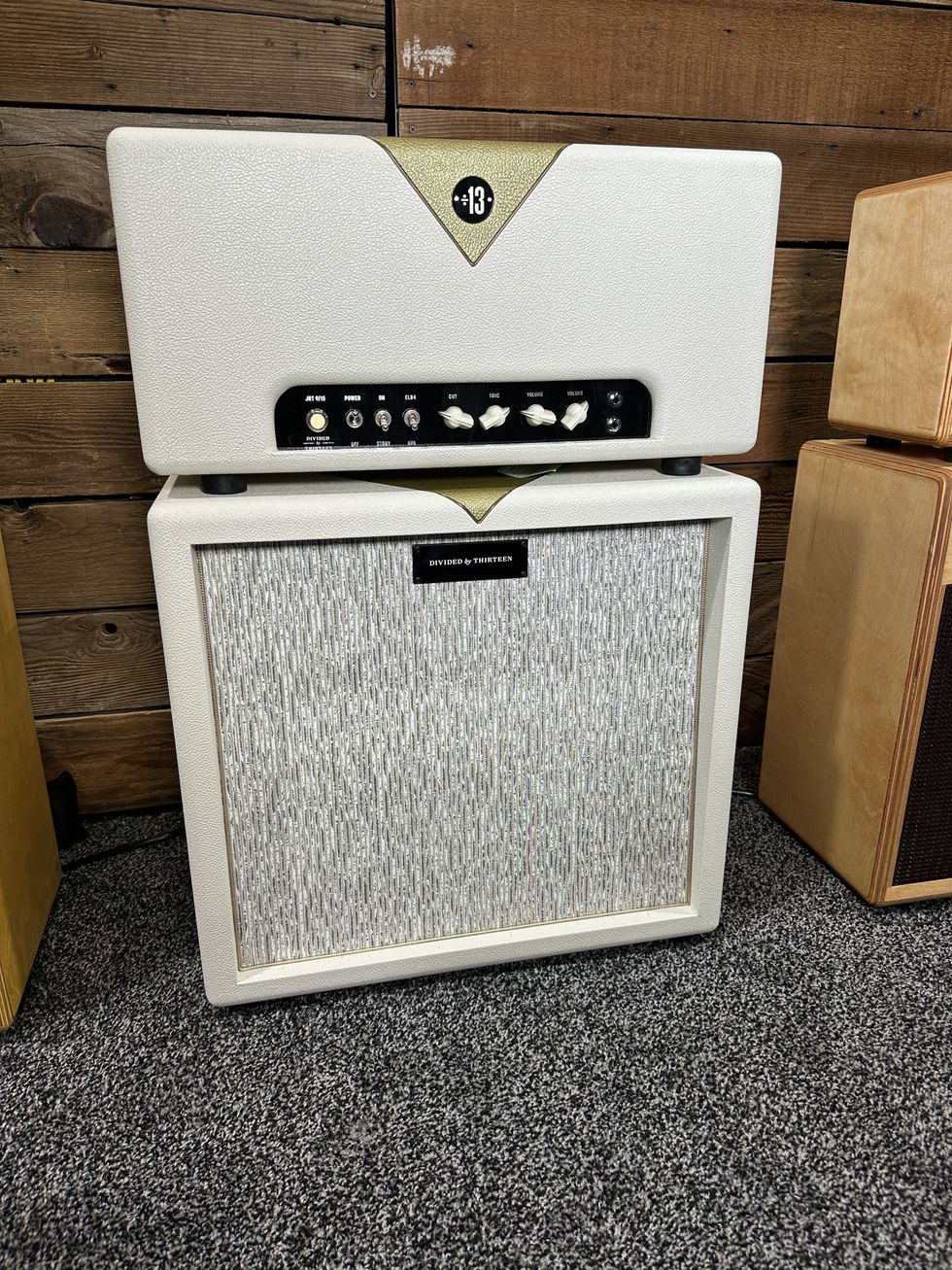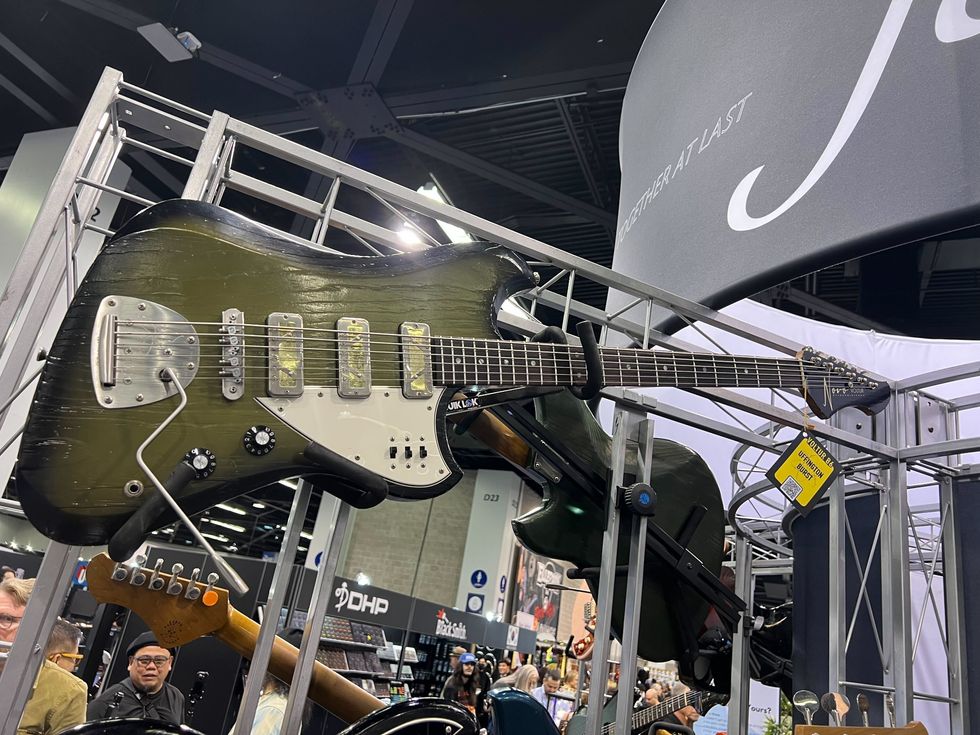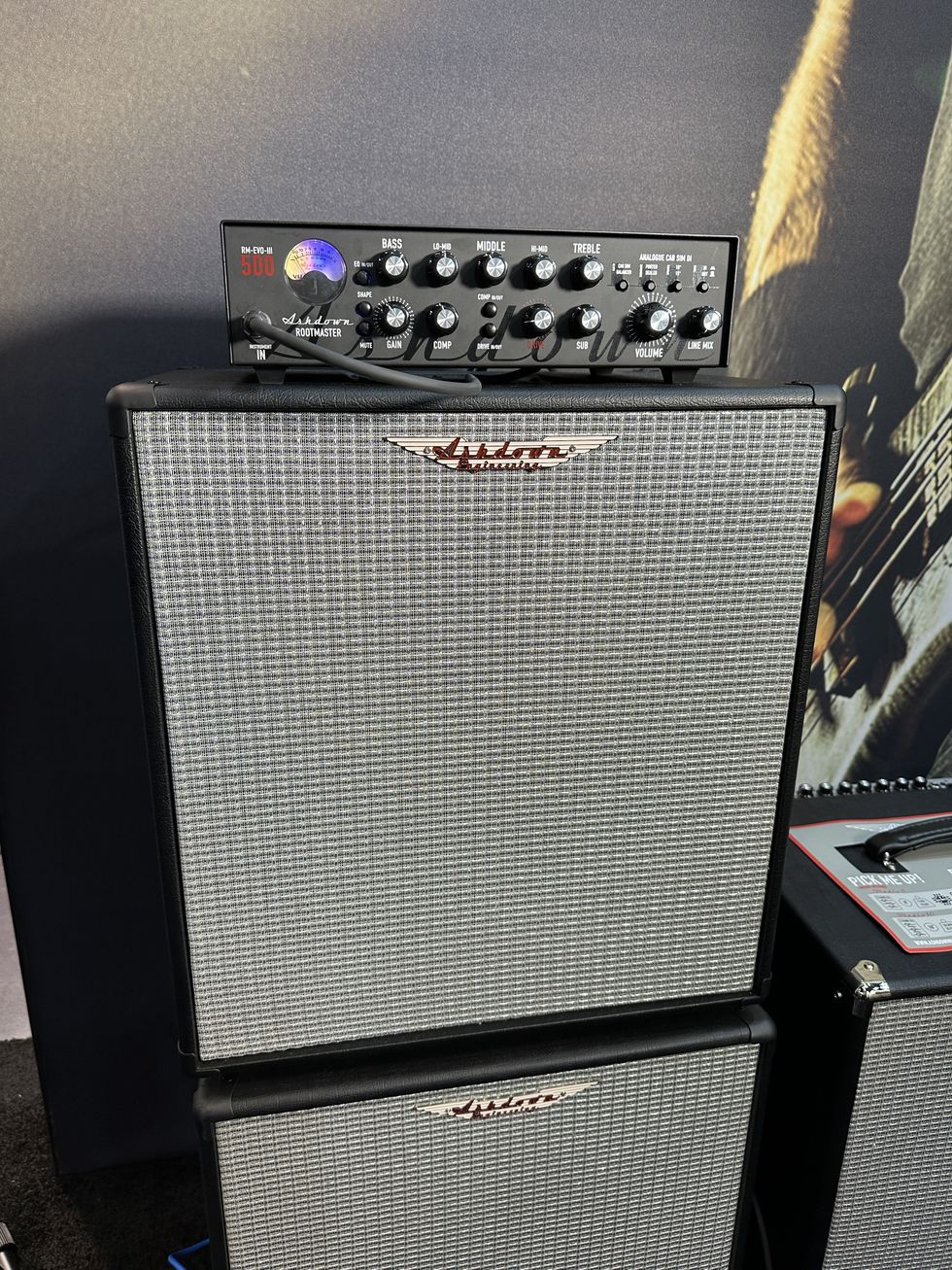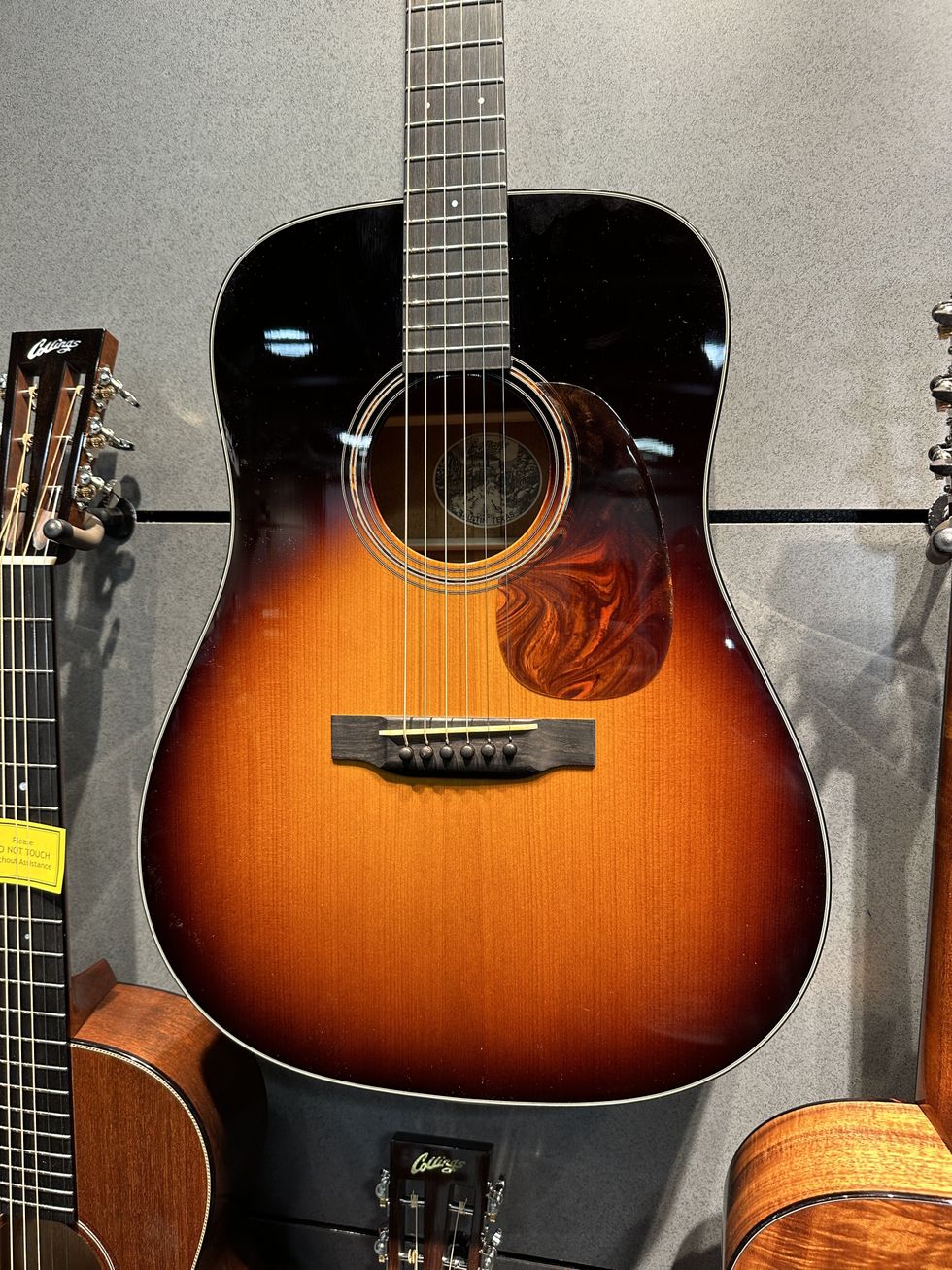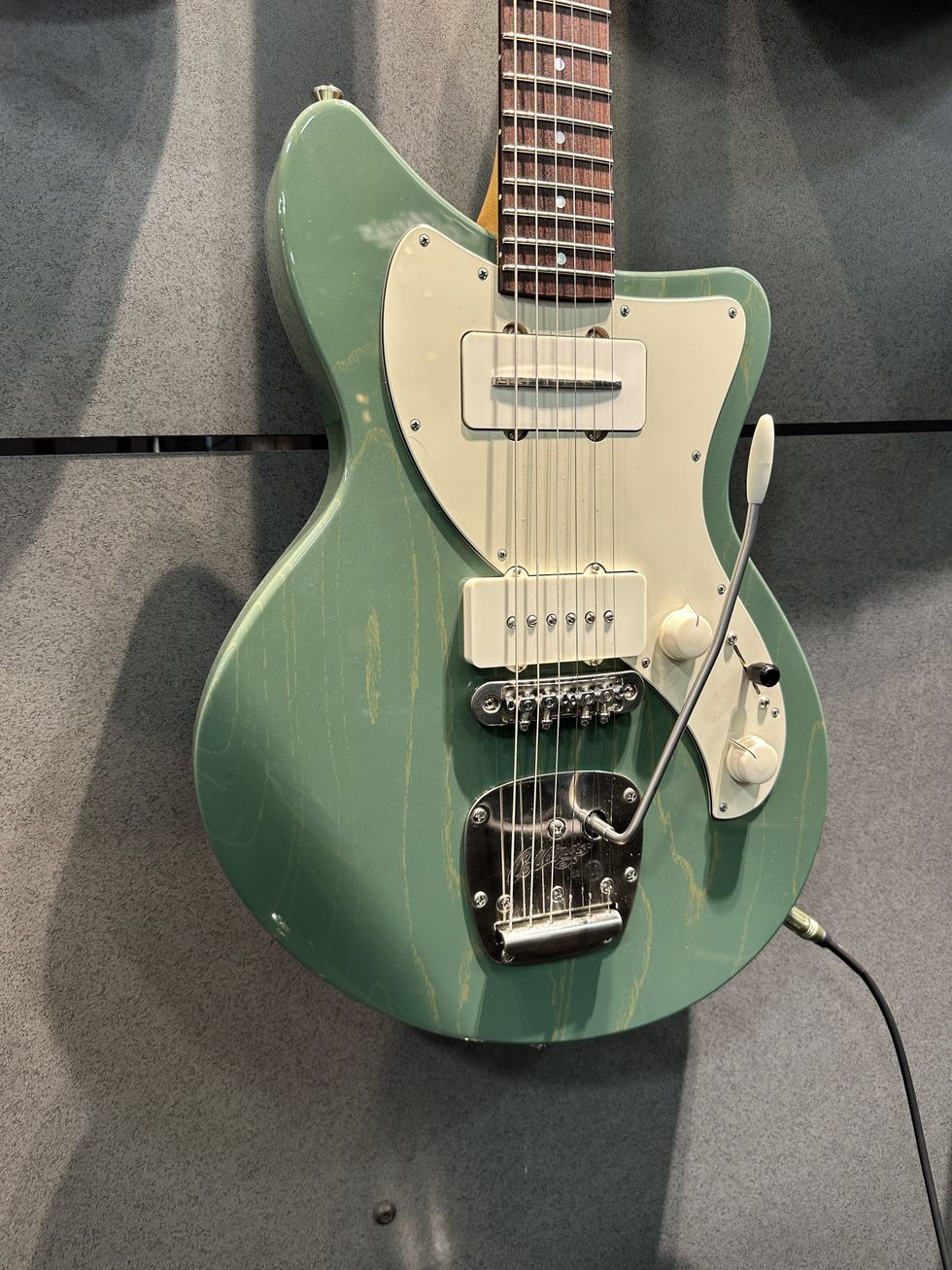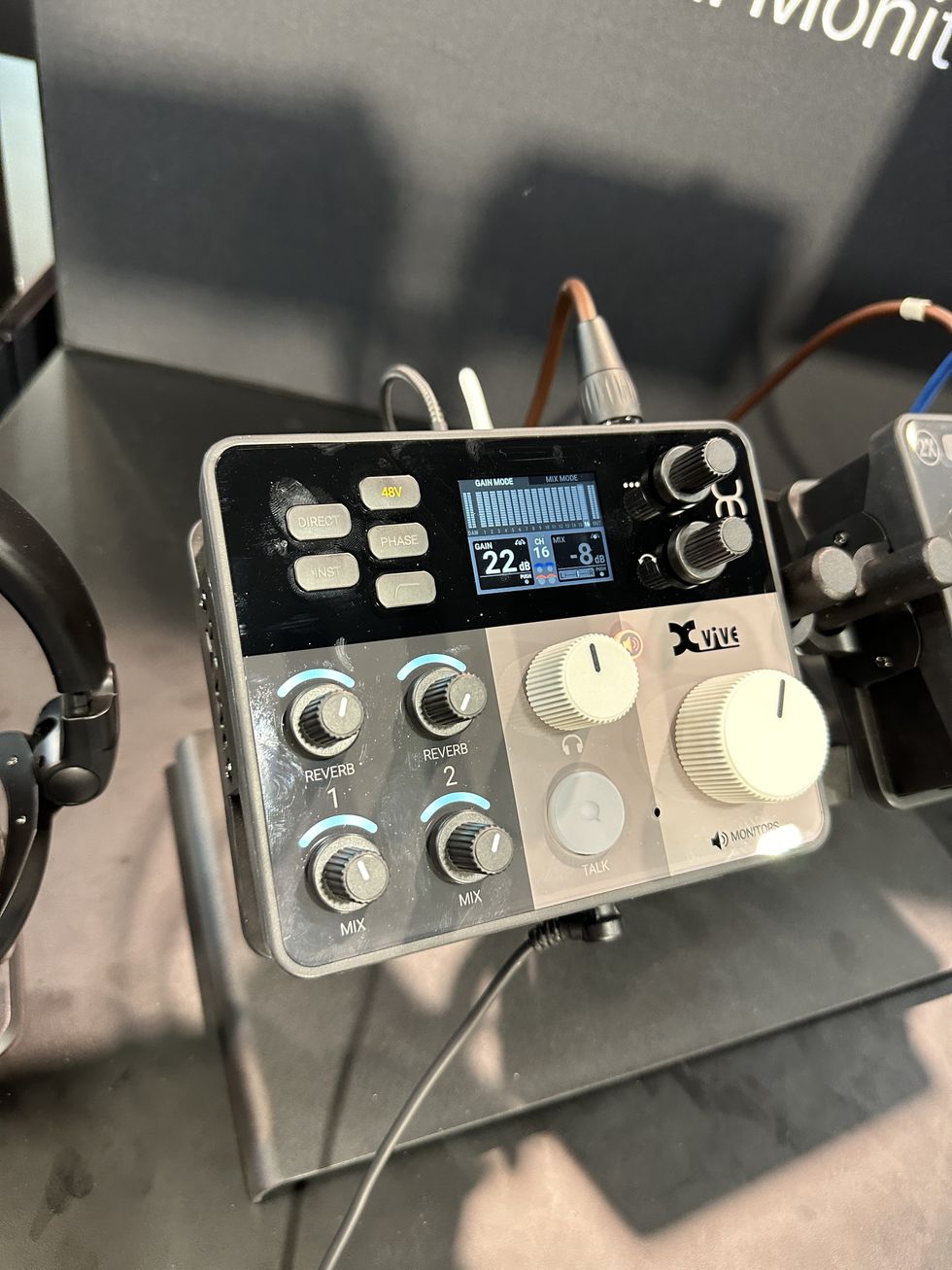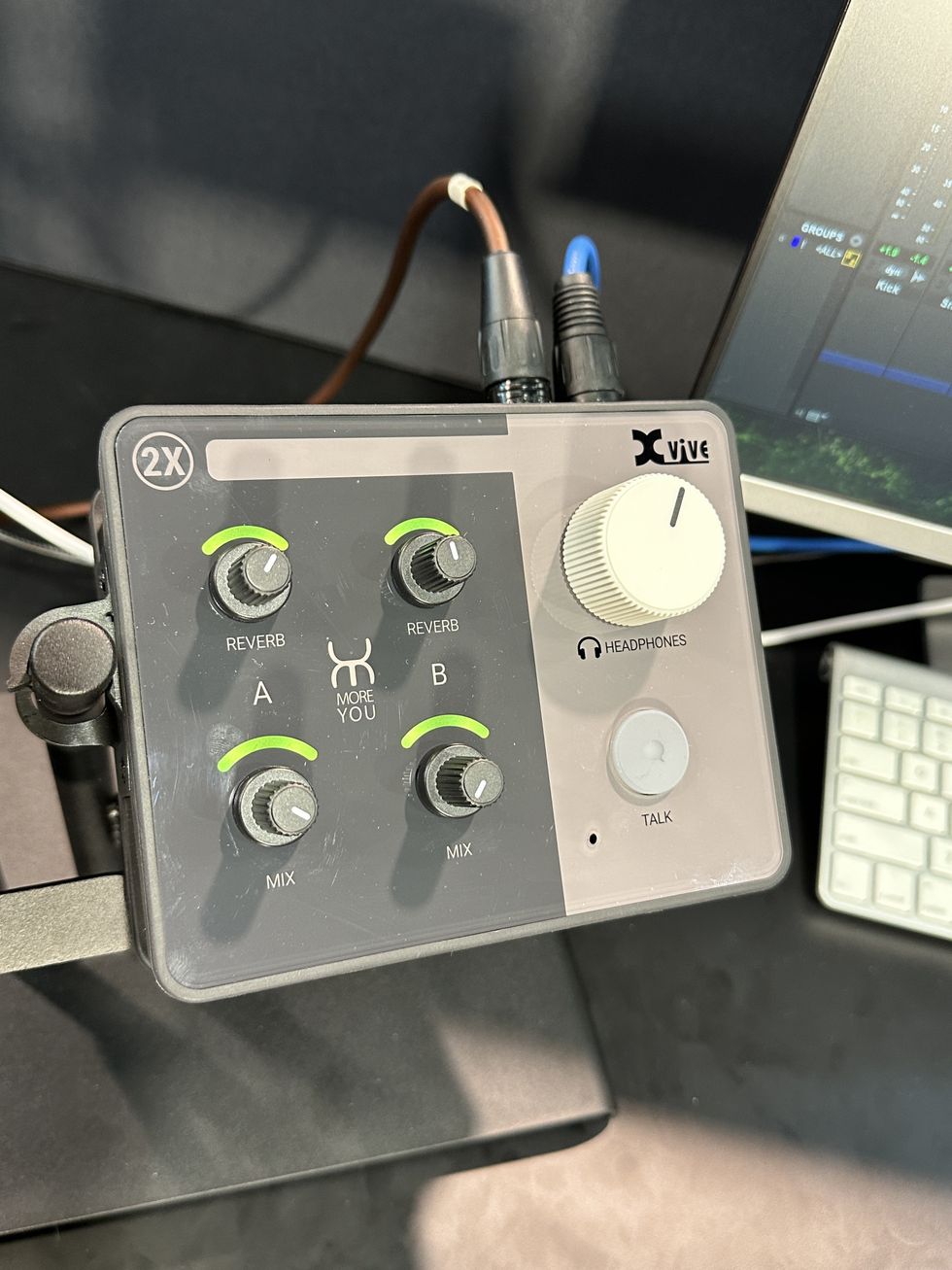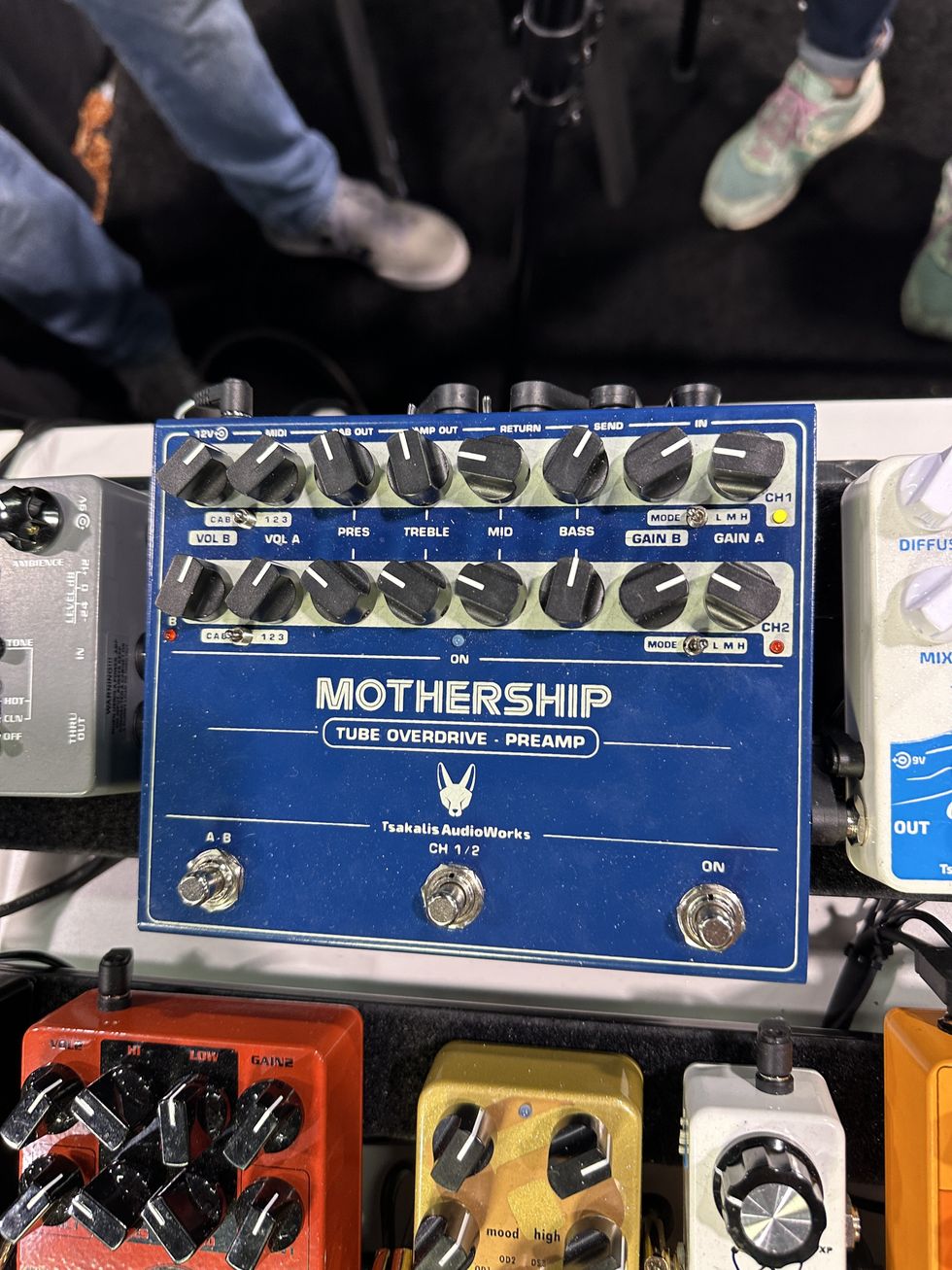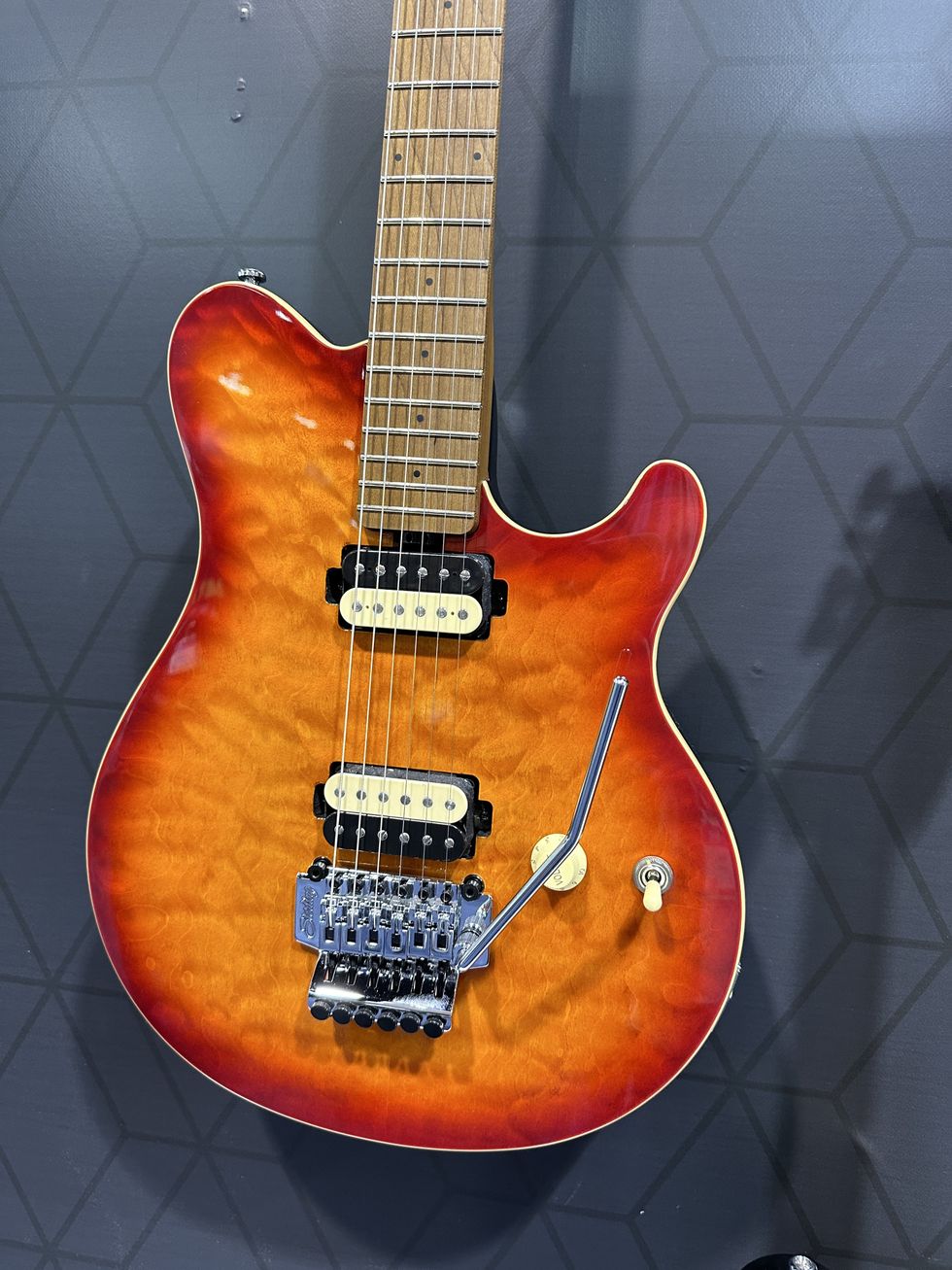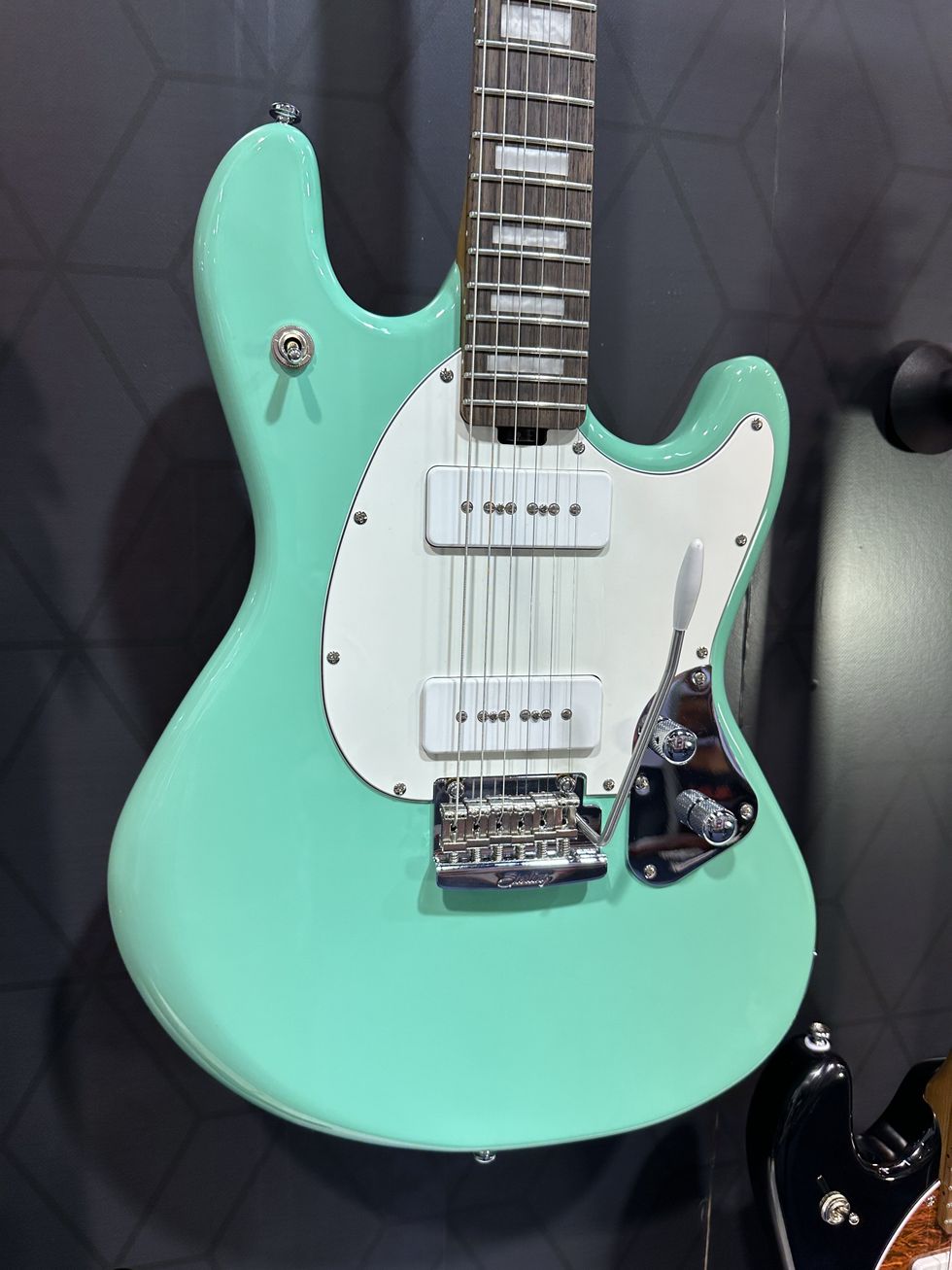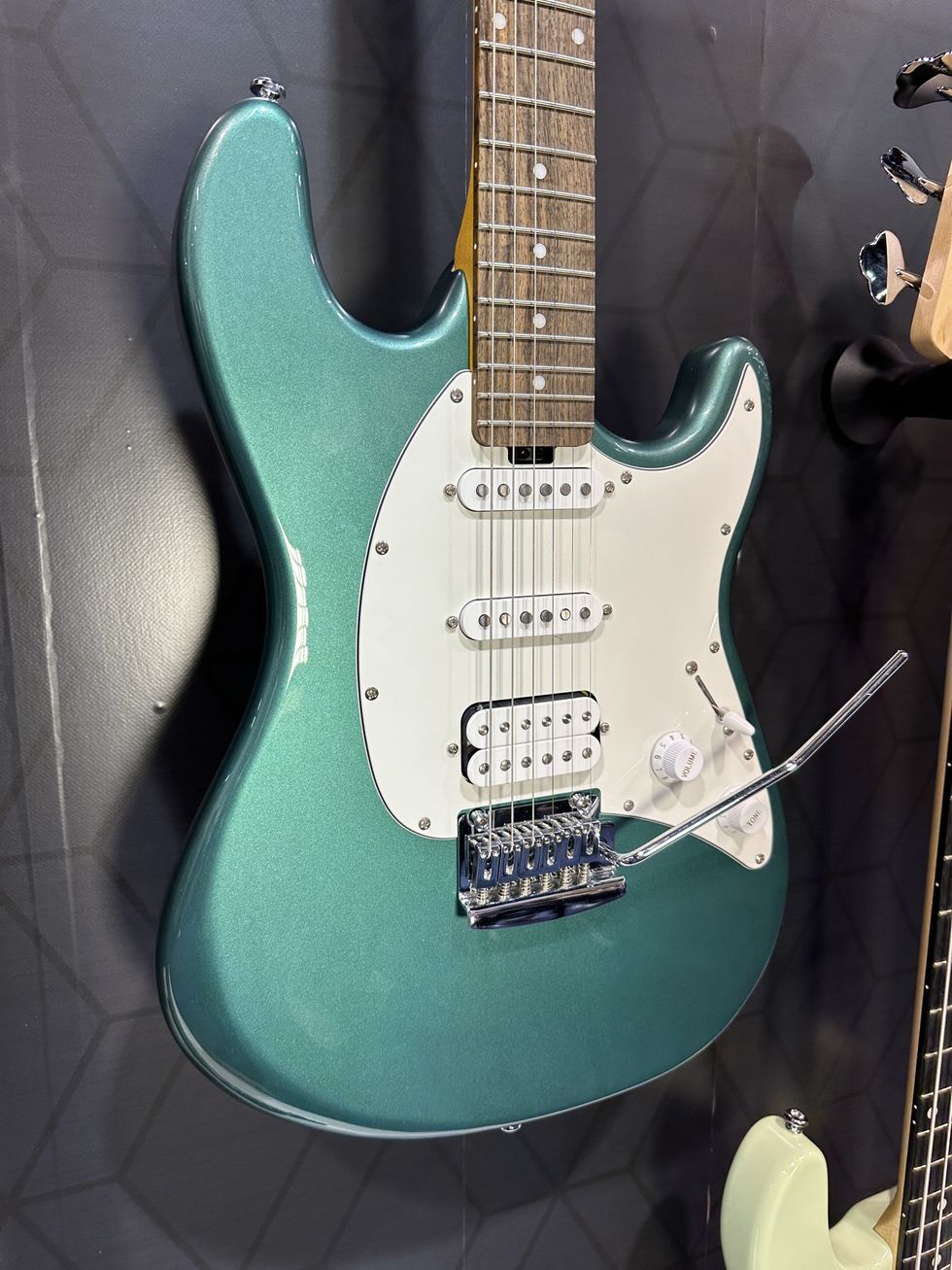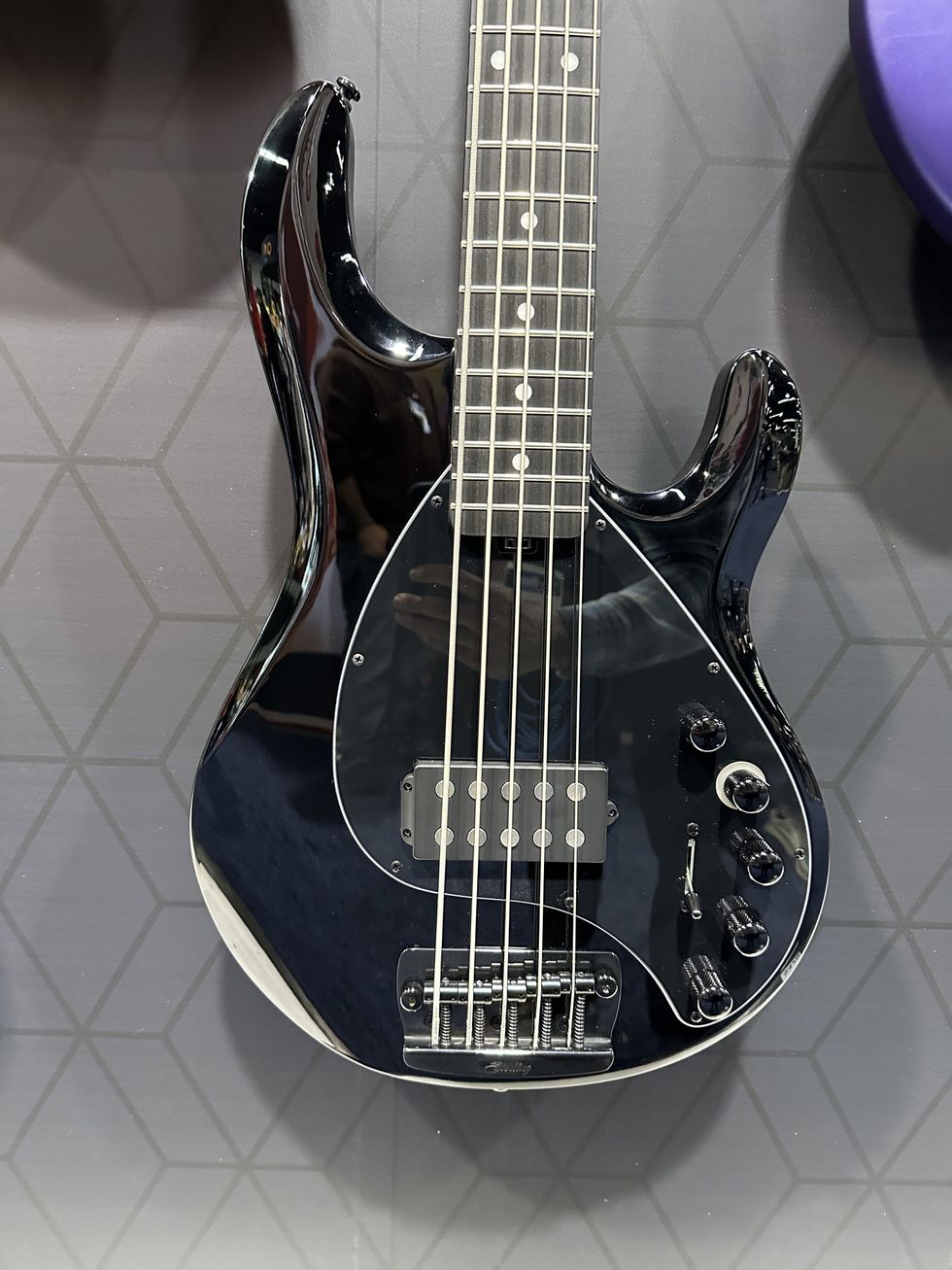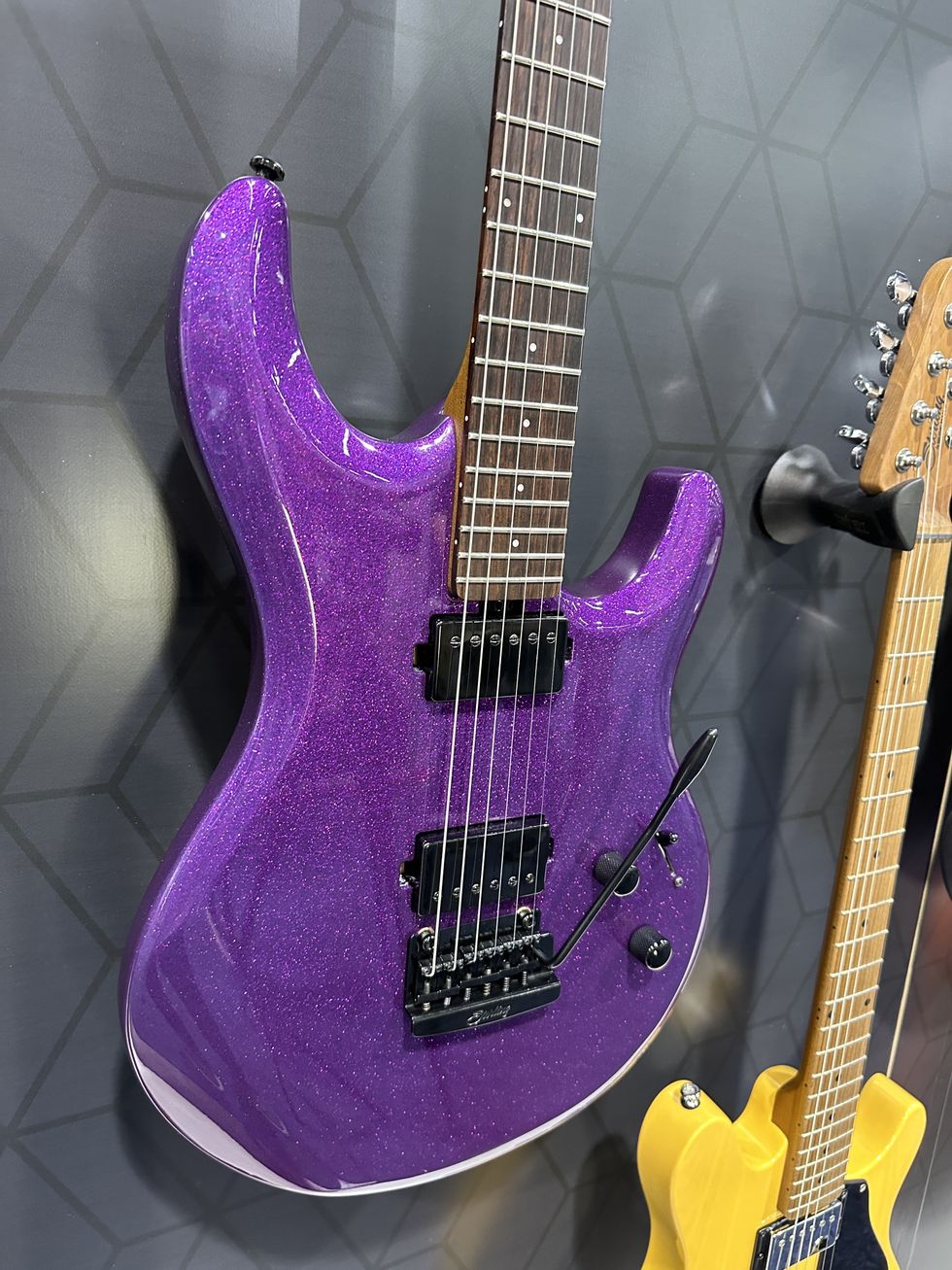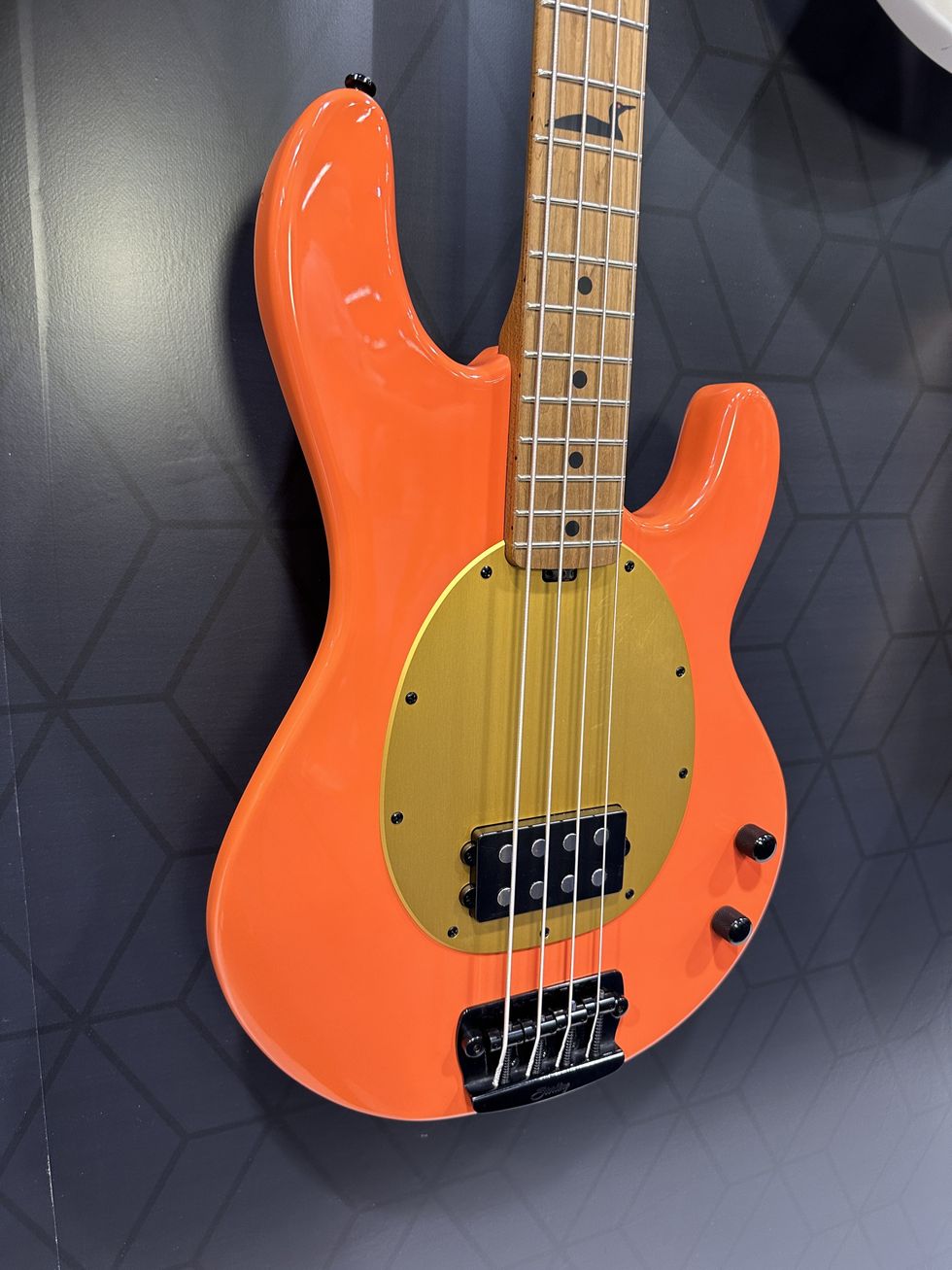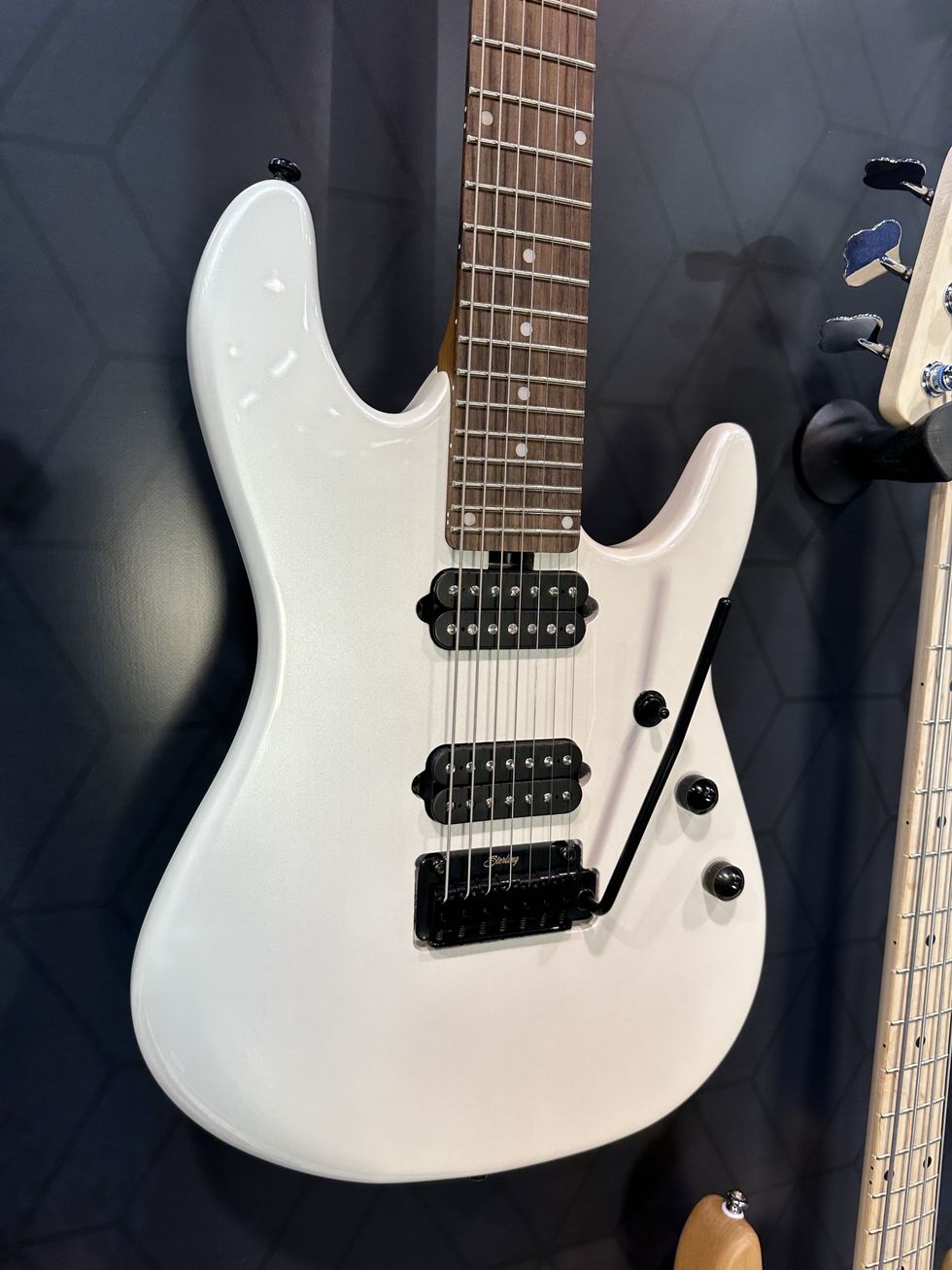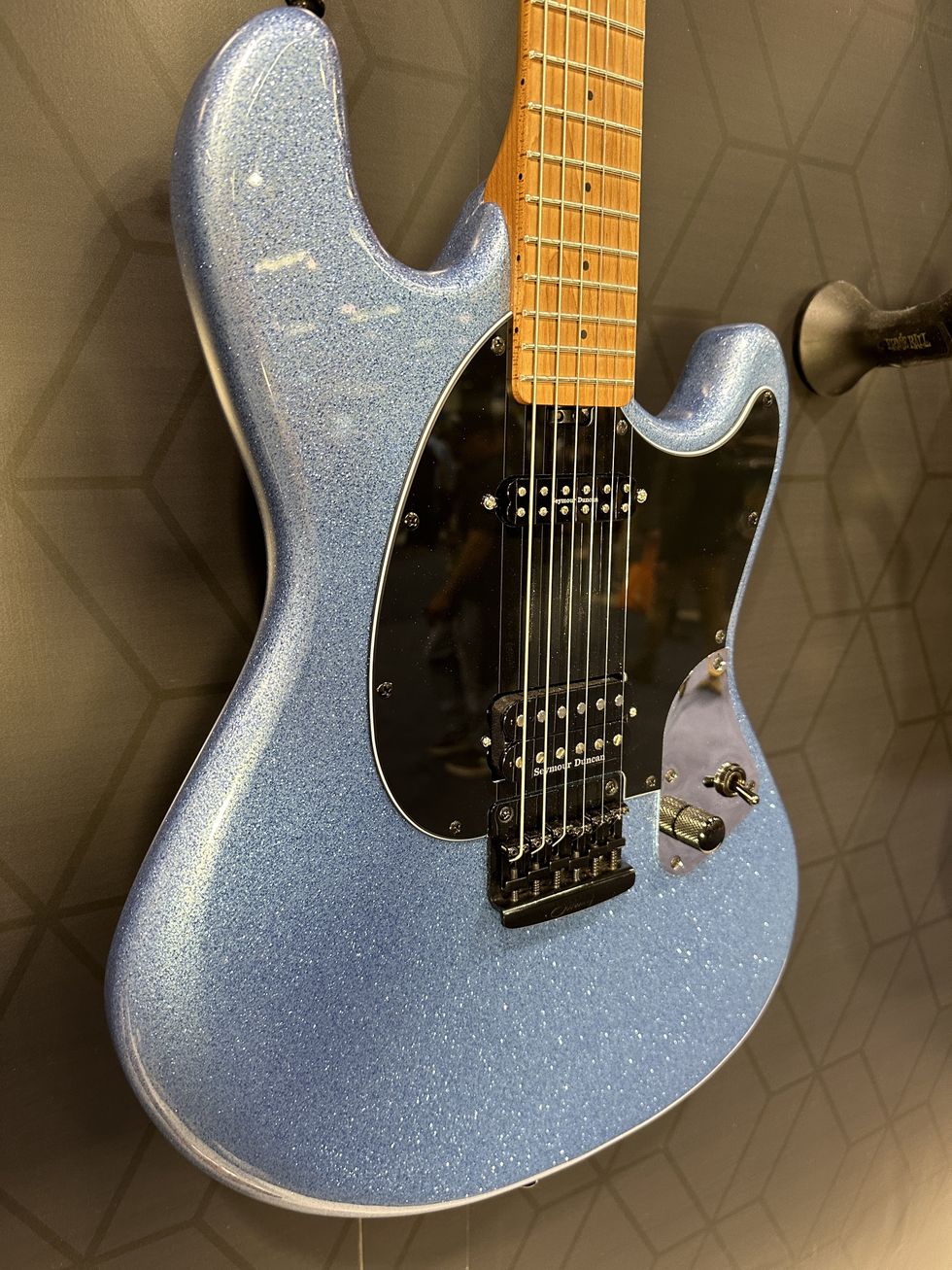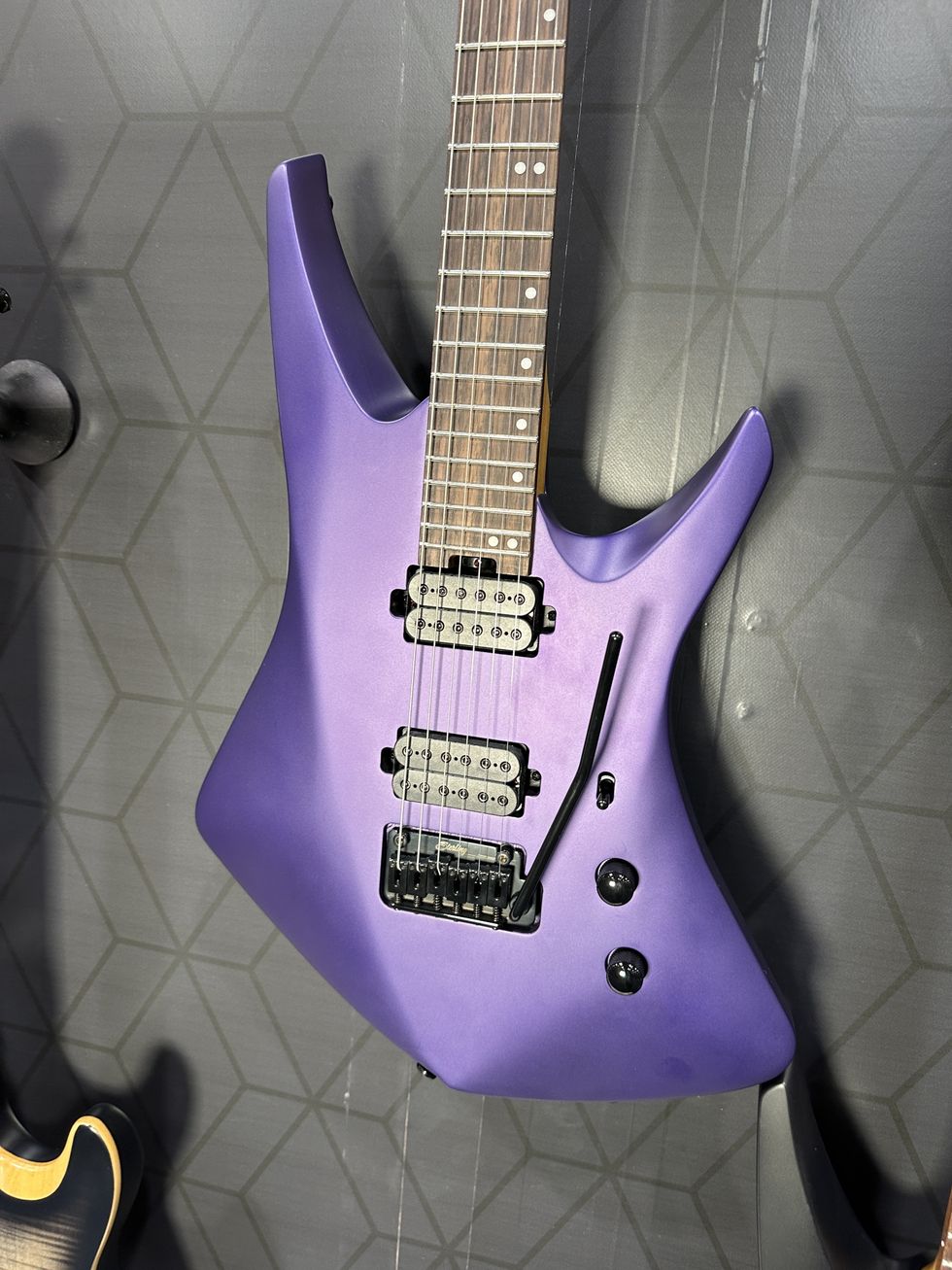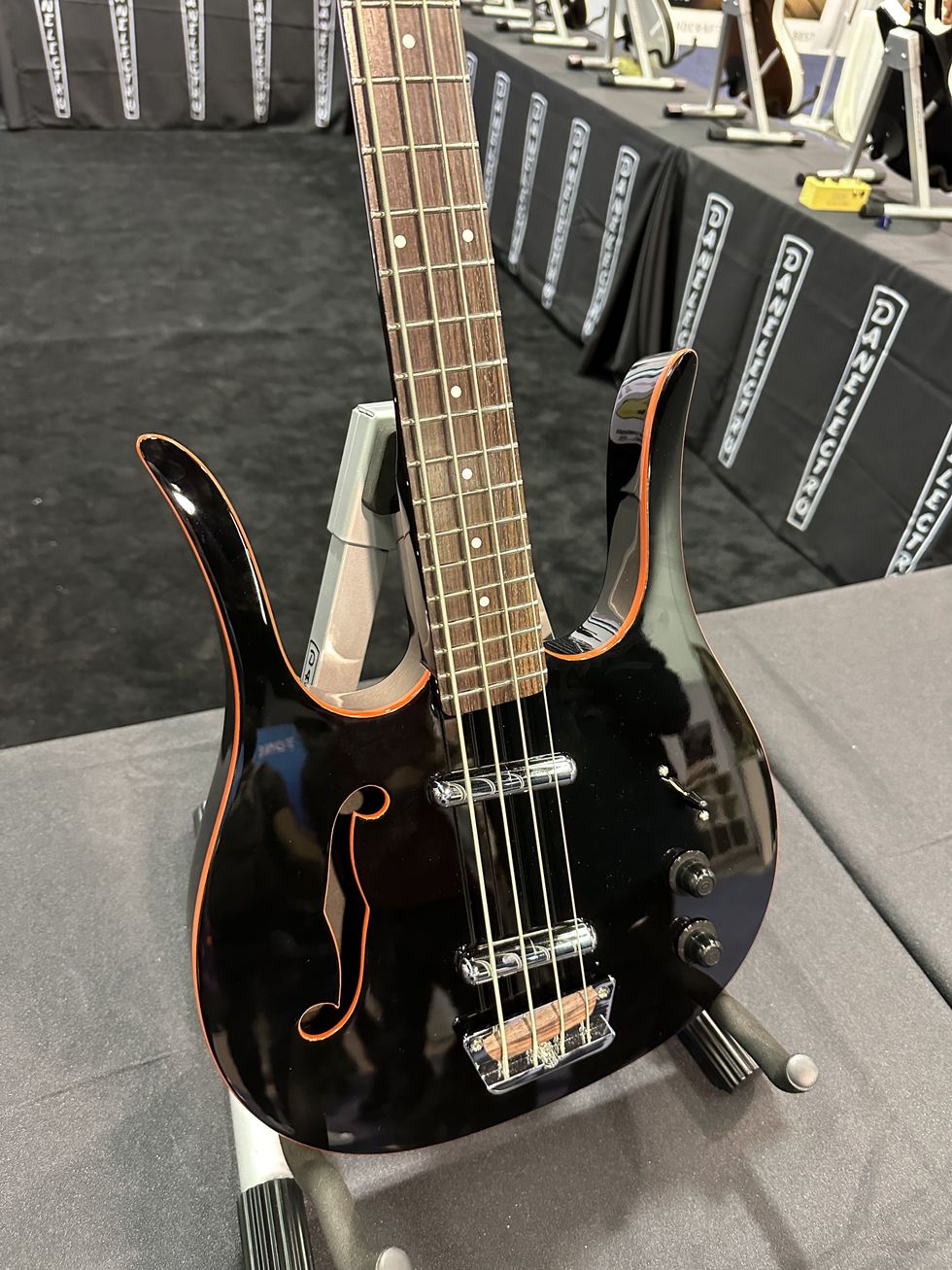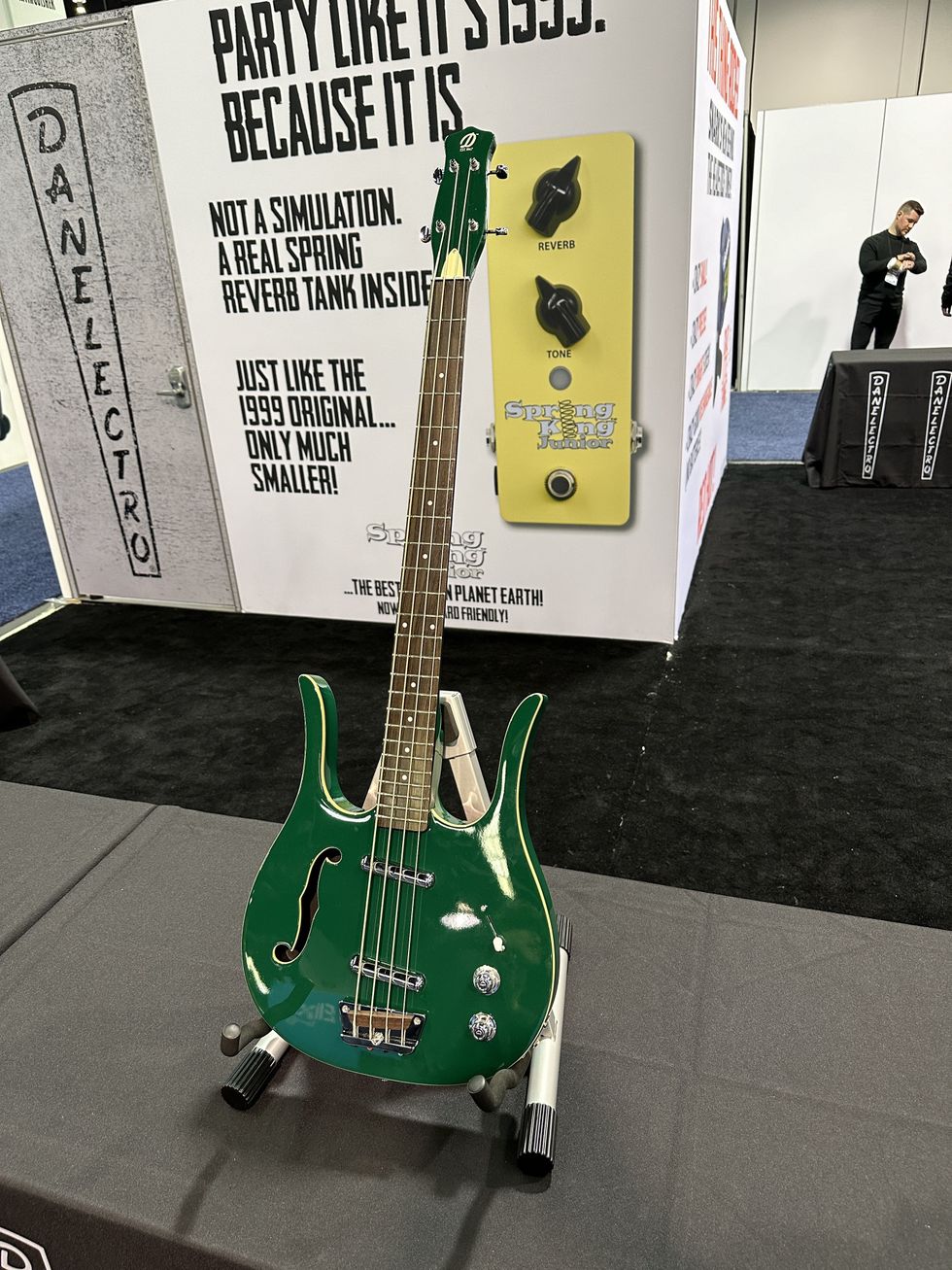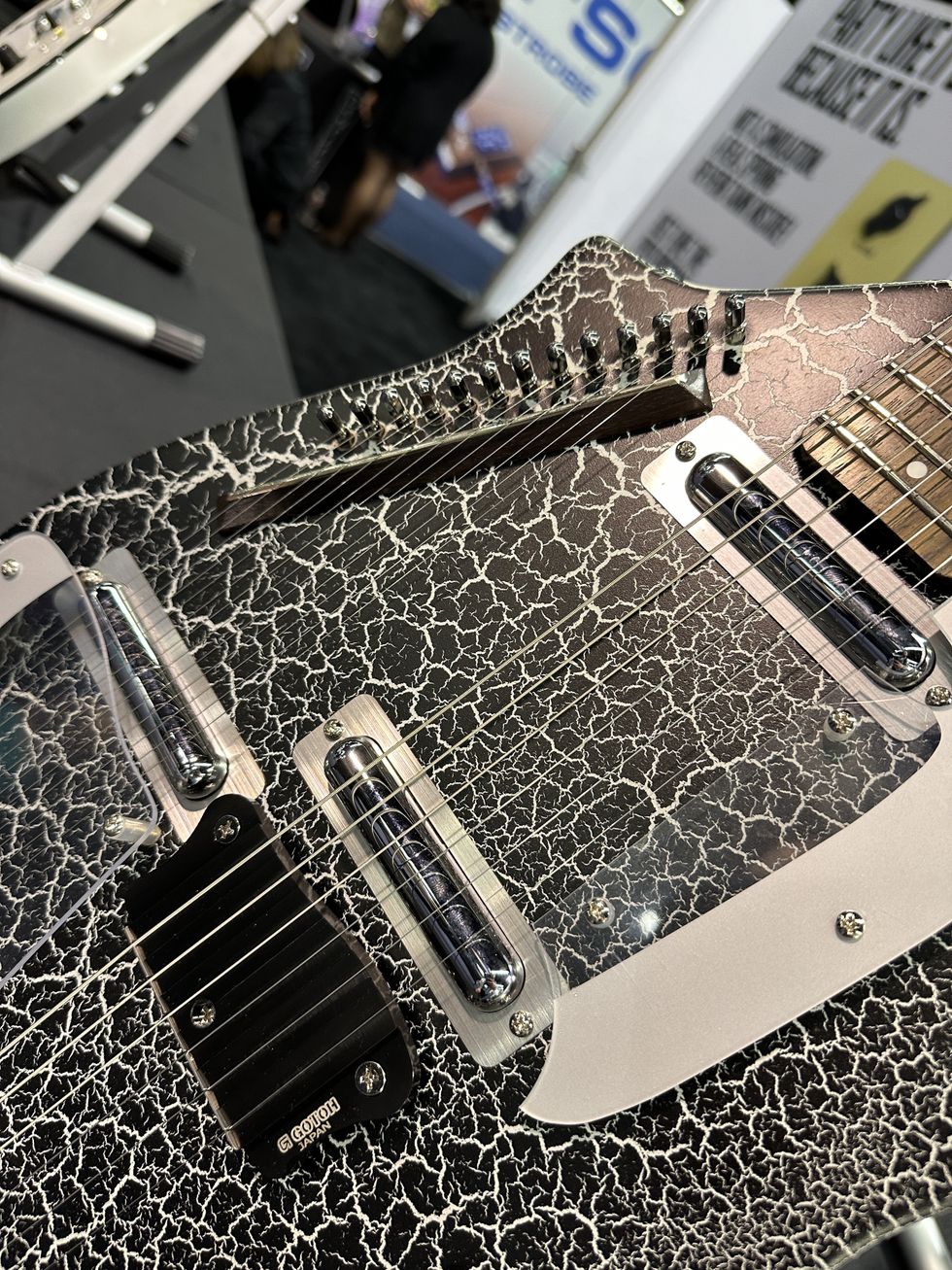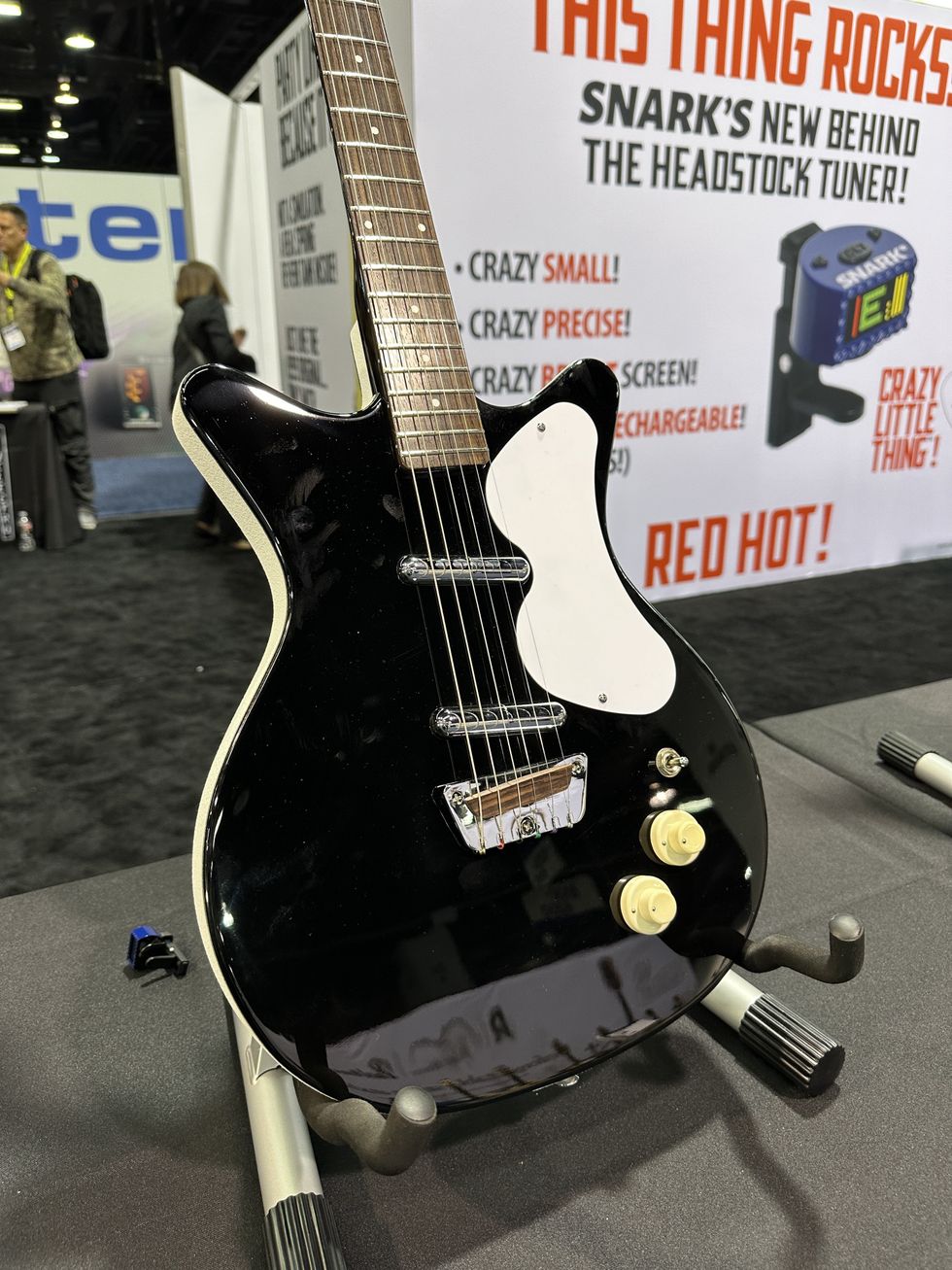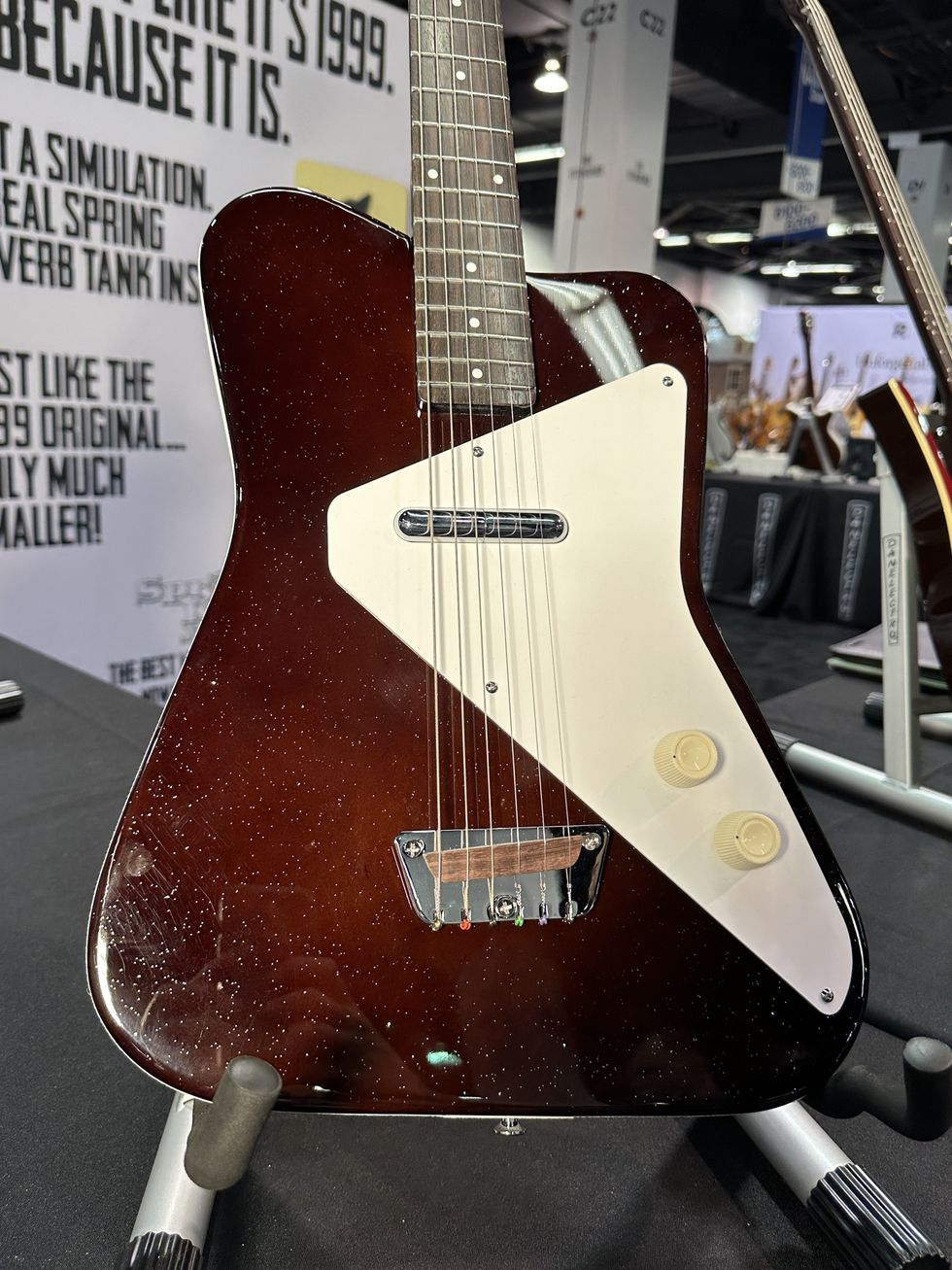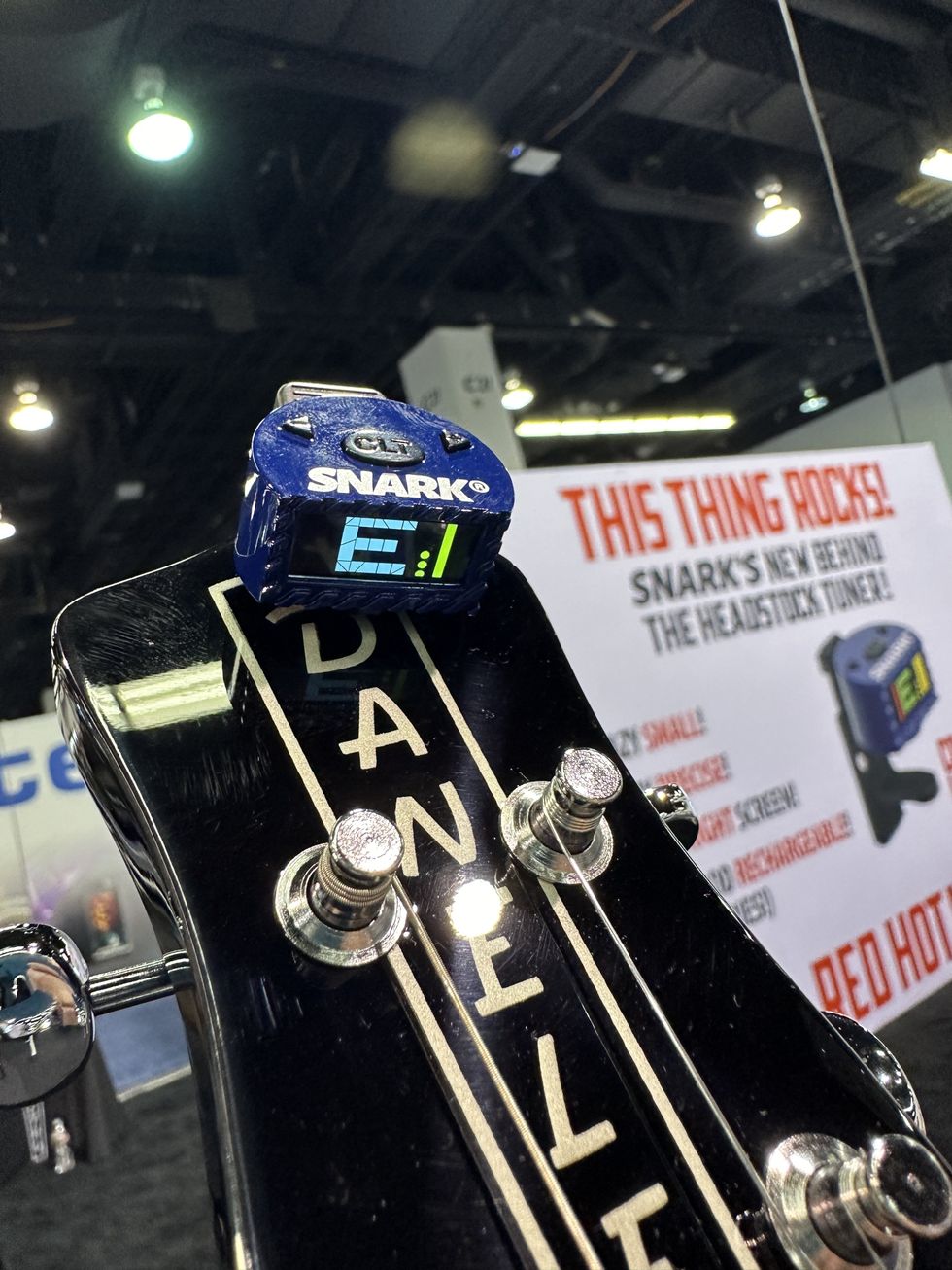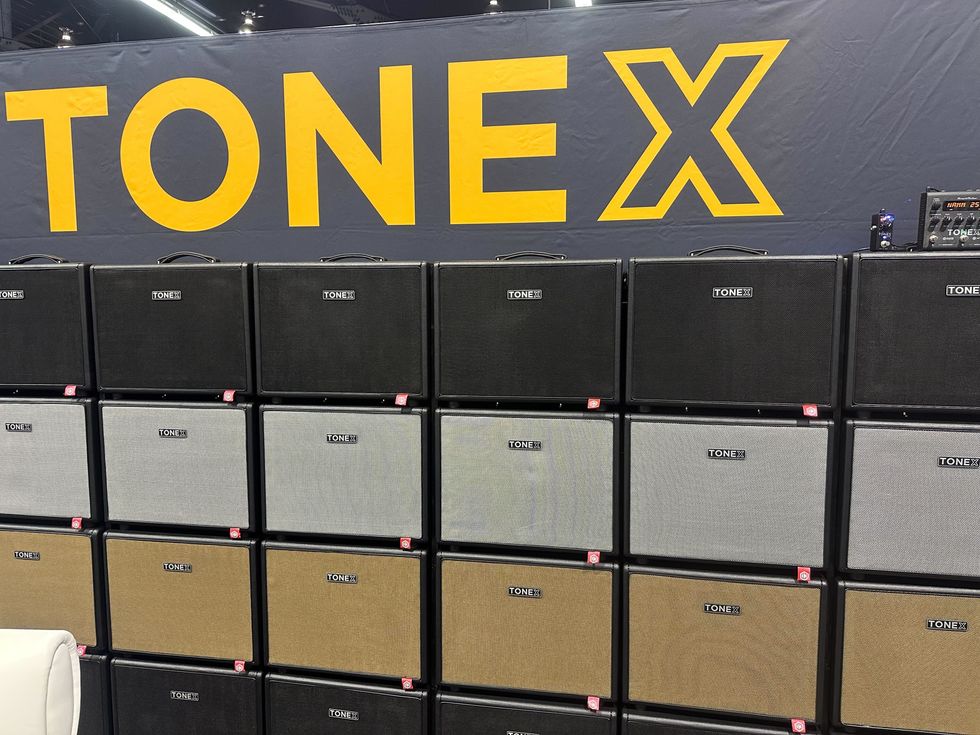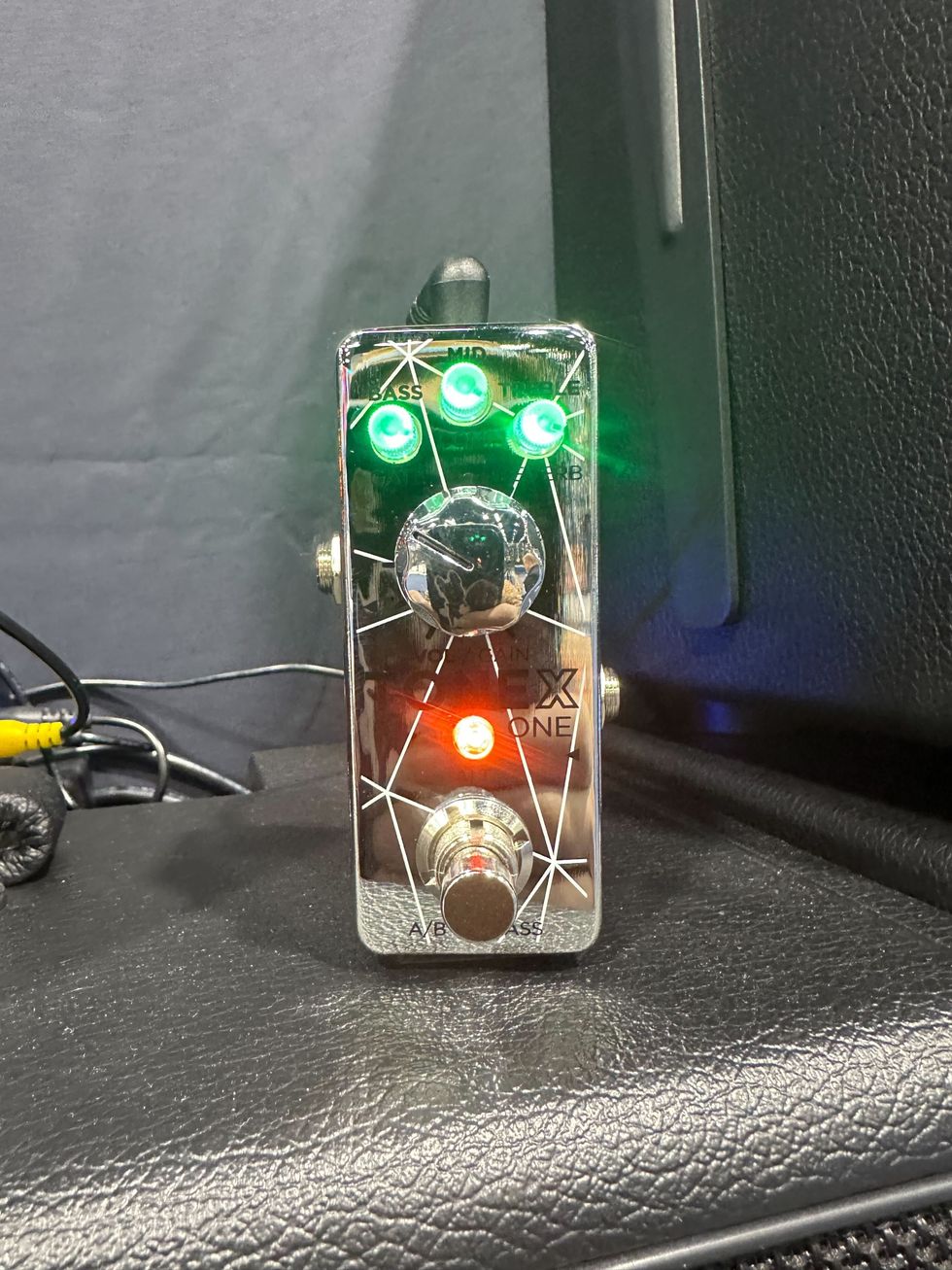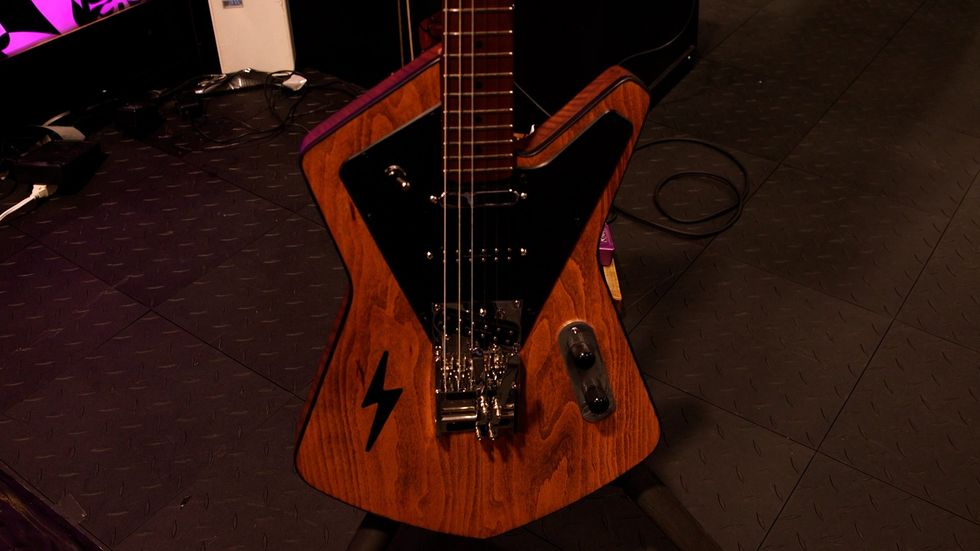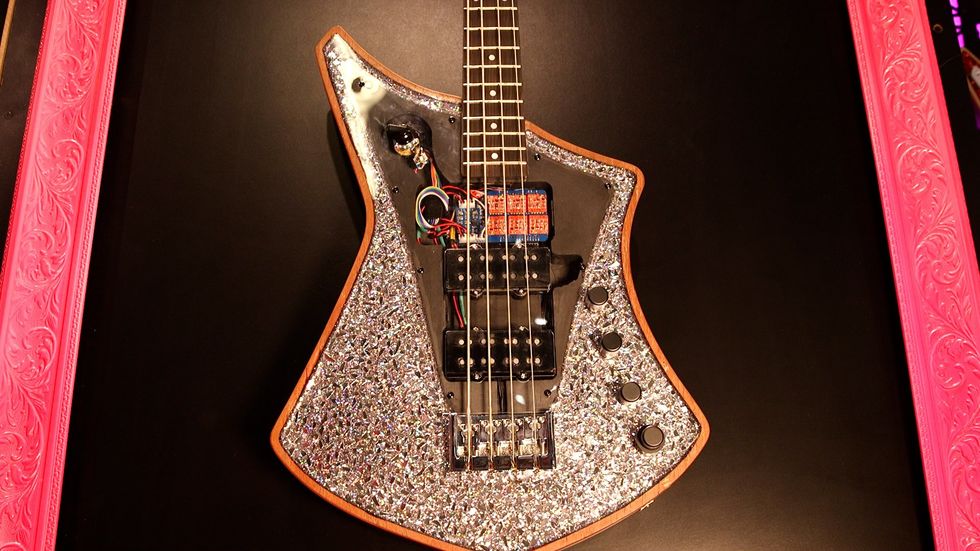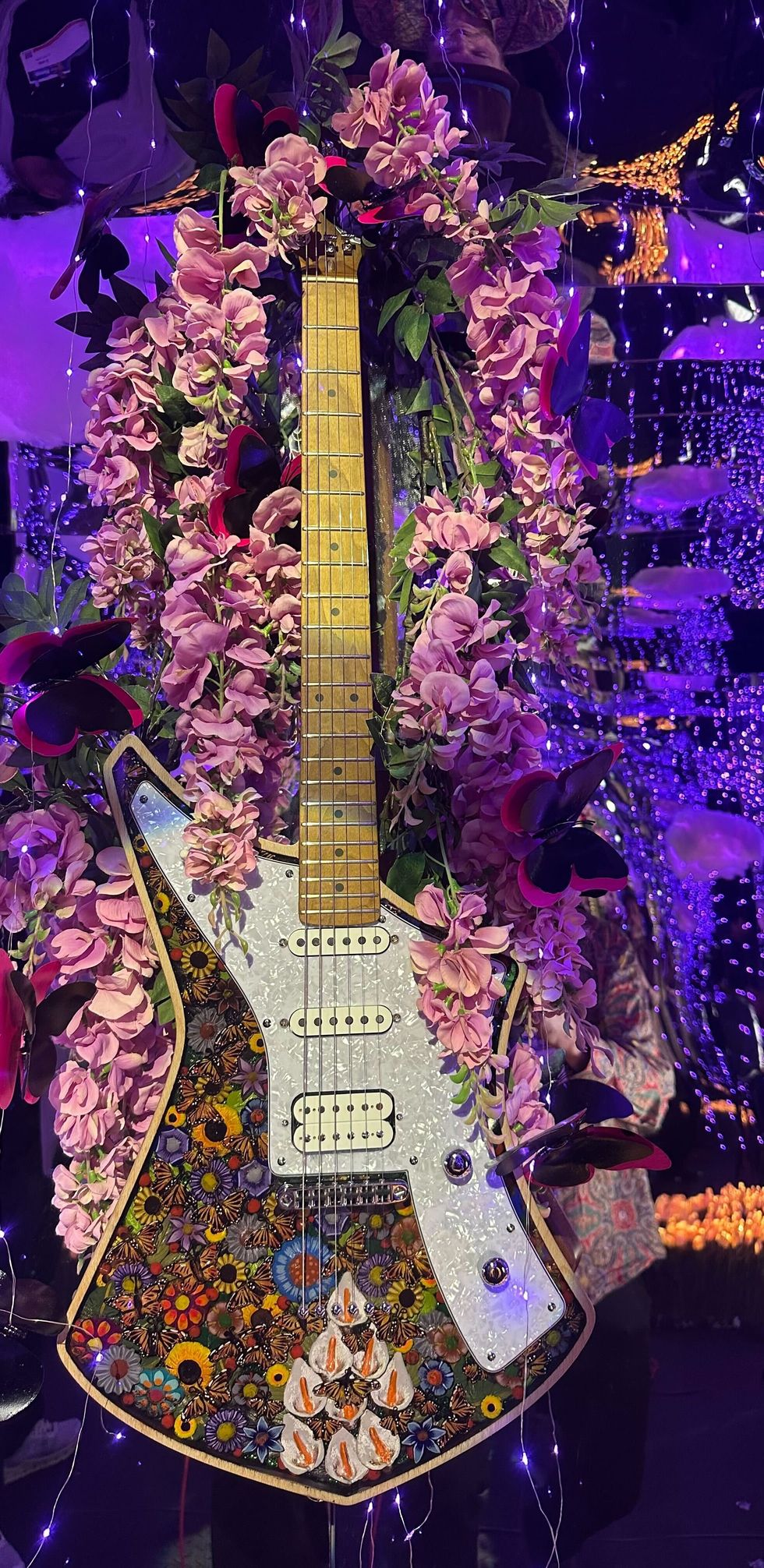Benicia, CA (January 23, 2014) -- Dunlop announced their new product line for 2014. Here are the details from their website:
Clyde McCoy Cry Baby Wah Wah The CM95 Clyde McCoy by Cry Baby Wah Wah is a tribute to the first production wah wah ever made. This modernized classic captures the throaty voice and expressive sweep of the original while offering gigging players the consistency and convenience they need on the road.
As heirs to the wah wah lineage and guardians of its legacy, Dunlop drew from decades of wah wah design and building experience to ensure that the CM95 faithfully represents the tone and spirit of the very first wah wah. Years ago, we inherited the original tooling and machinery used to design and manufacture the first Clyde McCoy pedals from the Thomas Organ Company and Jen Electronica. Combining these resources with our own 30+ years of experience developing and manufacturing wah wahs allowed us to create the most fitting tribute to the original Clyde McCoy Wah Wah.
The most important element of any wah wah pedal is its voice. The Thomas Organ Company and Jen Electronica used a special component called a Halo™ inductor to give the original Clyde McCoy pedals their highly-coveted smooth vocal quality. Because of the way those original Halo inductors were built, however, they often added undesirable microphonic noise. Our engineers created the Dunlop HI01 Halo Inductor to solve this problem, updating the original design with a stabilized cup core to preserve the unique Clyde McCoy sound while minimizing unpleasant microphonics.
The rest of the CM95’s circuitry is just as faithful to its forebear, featuring thru-hole components built into a classic housing with a premium pot, switch, and jacks. Now, you can take the classic Clyde McCoy sound out on the road and leave your vintage wah wah safely at home.
- Faithfully represents the tone and spirit of the very first wah wah pedal
- Proprietary Halo inductor reproduces the Clyde McCoy’s famous vocal sound while minimizing microphonic noise due to its stabilized cup core
- Thru-hole components built into a classic housing with premium hardware
MSRP: $285.70 SHIPPING FEBRUARY 2014
Echoplex Preamp
When the Echoplex EP-3 came out, guitar players were hooked by the way its preamp sweetened up their sound. Soon, the EP-3 made its way onto the records of top guitar players—from Jimmy Page to Eric Johnson—as much for its tone conditioning ability as its tape echo effect. Now, you can put the EP-3’s legendary secret sauce right on your pedalboard.
Dunlop’s EP101 Echoplex Preamp recreates the magic of the EP-3’s front end, featuring a Field-effect Transistor (FET) just like the original and following the exact same signal path. The Gain control allows you to boost your signal by up to +11dB, with light asymmetrical clipping at higher settings for a bit of nice organic grit.
The Echoplex Preamp runs on standard 9-volt power and contains power management circuitry to guarantee constant headroom performance throughout the normal life of a 9-volt battery. With a heavy-duty Phase 90-sized housing, a replica EP-3 knob, true bypass switching and a status LED, the Echoplex Preamp is built to take a beating on the road so you can leave your fragile vintage piece at home.
- The EP-3’s legendary tone conditioning mojo in a Phase 90-sized box
- Adds up to +11dB of gain
- Light overdrive at higher levels
- True Bypass
MSRP: $171.41 SHIPPING FEBRUARY 2014
DVP1XL Volume (XL)
Create incredibly smooth volume swells or control your effect pedal parameters with the Dunlop DVP1XL Volume (XL), big brother to the DVP3. Featuring a larger footprint, the DVP1XL is solidly-built in an aluminum chassis with aggressive non-slip tread. Our patent-pending Band Drive allows for a smooth range of motion without the fear of breakage or change in feel or range, and for maximum comfort and precision, the DVP1XL’s rocker tension is fully adjustable.
When using the DVP1XL as an expression pedal, you can use the internal pot to set the minimum level of the parameter you’re controlling with the rocker. If you want to reverse the function of the heel-down and toe-down positions, the DVP1XL has an internal switch that allows you to do so.
Along with Volume, FX and Output jacks, the DVP1XL also features a convenient Tuner output for silent tuning onstage.
- Control your volume levels or effects pedals with exacting precision
- Big brother to the DVP3 Volume (X) for players who want a larger footprint
- Pat. Pending Band Drive for frictionless, highly reliable action
- Fully adjustable rocker tension
MSRP: $171.41
SHIPPING MARCH 2014
MXR Custom Shop Micro Amp +
For more than 20 years, the MXR® Micro Amp has been a staple among the world’s top artists because of its ability to boost and sweeten up your guitar or bass tone and drive the front of your amp. The MXR Custom Shop team has combined those features with a specially-tuned EQ section and low-noise op-amps to create the Micro Amp+.
With its Gain knob, the Micro Amp + allows you to dial up just as much gain as the original—up to +26dB—but with added EQ controls, you can now finely sculpt your boosted signal. For the classic Micro Amp sound, set the Bass and Treble controls to noon.
Along with these upgrades, the MXR Custom Shop team added low-noise op amps—so you don’t get any extra noise at super high levels—and true bypass switching. With the sturdy housing and durable components that MXR is known for, this pedal is ready for the road.
- Up to +26dB clean boost
- Specially-tuned Bass and Treble controls for fine tonal shaping
- Classic Micro Amp sound with EQ controls at 12 o’clock
- Low-noise circuitry
- True bypass switching
- Sounds great on bass as well as guitar
MSRP: $171.40
SHIPPING FEBRUARY 2014
MXR Custom Shop Phase 99
The MXR Phase 90 sits with the Cry Baby Wah Wah and the Fuzz Face Distortion as one of the truly iconic effect pedals in music history, setting the standard by which all others in its category are judged. For years, experimental players have used two Phase 90 pedals side by side to create amazing textures from the way the two circuits interact with one another. Now, you can access the same sounds in a single pedal.
The MXR Custom Shop Phase 99 opens up the sonic palette of the iconic Phase 90 by combining two phase circuits into a single Phase 90-sized housing. Separate rate controls for each circuit allow you to create intense complex phasing, and a Vintage switch toggles between modern and vintage style phasing. Further, the Phase 99 features a P/S switch to toggle signal flow between the circuits from series to parallel, and a Sync switch to synchronize the rate of each phase circuit.
- Two Phase 90 circuits in one Phase 90-sized pedal
- Run both circuits independently or feed one into the other
- Toggle between modern and vintage phase sounds
- Can be run in stereo
MSRP: $214.27
SHIPPING MARCH 2014
MXR Custom Shop La Machine
The MXR Custom Shop La Machine serves up thick, shaggy retro fuzz that’s tailor-made to drive the raw sounds of ’70s-style hard rock and modern garage rock.
Based on a vintage circuit, the La Machine features an Octave switch that adds an octave up tone to your fuzz signal to create a raw, searing sound. Use the simple Output, Tone, Distortion control interface to shape the sound of your fuzz signal.
- Thick, shaggy retro fuzz
- Tailor-made for raw ’70s-style hard rock and modern garage rock
- Octave switch adds searing octave up fuzz voice
- True bypass switching
MSRP: $199.99
MXR Uni-Vibe Chorus/Vibrato
The Uni-Vibe Chorus/Vibrato is one of the most iconic effects in music history. Since the late ’60s, groundbreaking guitar players have used it to expand the tonal and textural palette of the electric guitar.
The MXR team has just remastered the classic effect for modern players. The MXR Chorus/Vibrato delivers the same chewy, Leslie-sounding goodness with a smaller footprint.
With its simple three-knob interface, you can dial up the iconic effect to your taste in short order. First, use the VIBE switch to select either Chorus Mode—dry signal mixed with pitch-shifted signal—or Vibrato Mode—only pitch-shifted signal. Then, use the LEVEL control to set the effect volume, the SPEED control to set the sweep rate, and the DEPTH control to set overall intensity.
The MXR Uni-Vibe Chorus/Vibrato comes in a Phase 90-sized housing—a fraction of the size and weight of the original Uni-Vibe pedal—and features true bypass switching. Perfect for taking this lush, swirly pedal out on the road.
- Legendary effect in a smaller housing
- Chorus mode sounds rich, lush
- Vibrato delivers a deep, shimmering texture
- True bypass switching
SHIPPING FEBRUARY 2014
MXR Bass Preamp
The MXR Bass Preamp combines a pristine bass preamp with a studio-quality Direct Out in a Phase 90-sized box, providing clear tone without hogging precious pedalboard space. Use it to add a new voice to an old passive bass, sweeten up any amp, or put some special sauce on a particular song. Dial it in just the way you want it and send it straight to the house—pre or post-EQ.
The Bass Preamp features separate Input and Output level controls and a 3-band EQ section with sweepable midrange—from 250hz to 1khz—for extensive tonal flexibility. It’s all delivered super clean with high headroom thanks to our own Constant Headroom Technology™, and you can use the Pre/Post EQ switch to set whether or not your Direct Out signal is affected by the Bass Preamp’s EQ section. And of course, the Bass Preamp features a Ground Lift switch in case you encounter ground loop hum.
The Bass Preamp is factory preset to operate in 1/4” out buffered bypass and Direct Out active. For players who only want to use the 1/4” out, there are two internal switches that disable the Direct Out and 1/4” out buffered bypass for true 1/4” out bypass mode.
- Constant Headroom Technology provides super clean tone
- 3-band EQ with sweepable midrange
- Studio-quality Direct Out
- Pre/Post EQ switch for Direct Out signal
- Ground Lift switch
- Quiet operation
- Lightweight, small footprint
MSRP: $242.84
SHIPPING FEBRUARY 2014
MXR FET Driver Featuring a unique circuit design, the MXR FET Driver captures the rich, creamy sound of an overdriven tube amplifier by cascading an op-amp gain stage into a FET stage. This pedal thickens up lead tones with musical, amp-like distortion and sustain without the fragility and inconsistency associated with tubes.
The FET Driver features a simple but responsive set of controls. Set your volume level with the Output control, and then use the Drive control to dial in the grit, from subtle soft-clipping to early stage distortion. Fine tune the FET Driver’s sound by tweaking Hi and Lo boost/cut controls, and push the Hi Cut switch to roll off high end frequencies for a rounder sound or when playing in high volume situations where excess noise is apparent.
- Organic, amp-like overdrive and distortion
- Two-band EQ section for detailed shaping of distorted signal
- Hi Cut switch rolls off high end for rounder, warmer sound
- True bypass switching
MSRP: $214.27
SHIPPING FEBRUARY 2014
Way Huge Havalina Germanium Fuzz
The Havalina Germanium Fuzz from Way Huge® Electronics is a germanium-powered fuzz box inspired by a vintage 3-transitor design was a psychedelic shot-heard-round-the-world for guitar players, ushering in the new sound of rock. Designed around hand-selected Russian germanium transistors and a passive tone circuit, this peccary of a pedal can go from a soft, mellow crunch for meaty chords to a maelstrom of sonic fur that will make every note feel like a summer of love. Prepare to have your mind bent when you ride the Havalina!
- Based on a ’60s UK germanium fuzz circuit
- Simple three-knob layout
- Features hand-selected Russian germanium transistors and a passive tone circuit
- Go from soft, mellow crunch to gnarly sonic fur
MSRP: $171.41
SHIPPING MARCH 2014
Way Huge Swollen Pickle Jumbo Fuzz Dirty Donny Edition
The Way Huge Swollen Pickle Jumbo Fuzz Dirty Donny Edition serves up the same burly high-gain fuzz as the full-sized Swollen Pickle but in a more petite package, featuring a simplified control set up and a corpulently cool new paint job.
The Dirty Donny Edition retains six of the Mark II’s seven controls, and they’re all on the front of the pedal, so you can tune the portly saturation to your mad heart’s content without any fuss. The Sustain control takes you from mild crunch to burning Armageddon, while the Filter control lets you finely sculpt your fuzz tone, and the Loudness control has enough volume on tap to force the surrender of a Panamanian dictator. The Scoop control can elicit the classic Swollen Pickle mid scoop or a flat mid-frequency sweep, the Crunch knob adjusts the compression intensity of the fuzz, and the Clip control varies between two sets of clipping diodes for smooth or opened fuzz sustain.
To top it off, this pedal is emblazoned with limited edition artwork from legendary rock artist Dirty Donny.
- Swollen Pickle circuit in a smaller housing
- Six controls, all on front of pedal
- Limited edition Dirty Donny art
MSRP: $214.27
SHIPPING MARCH 2014
For more information:
Dunlop
